Exhibit E Users manual
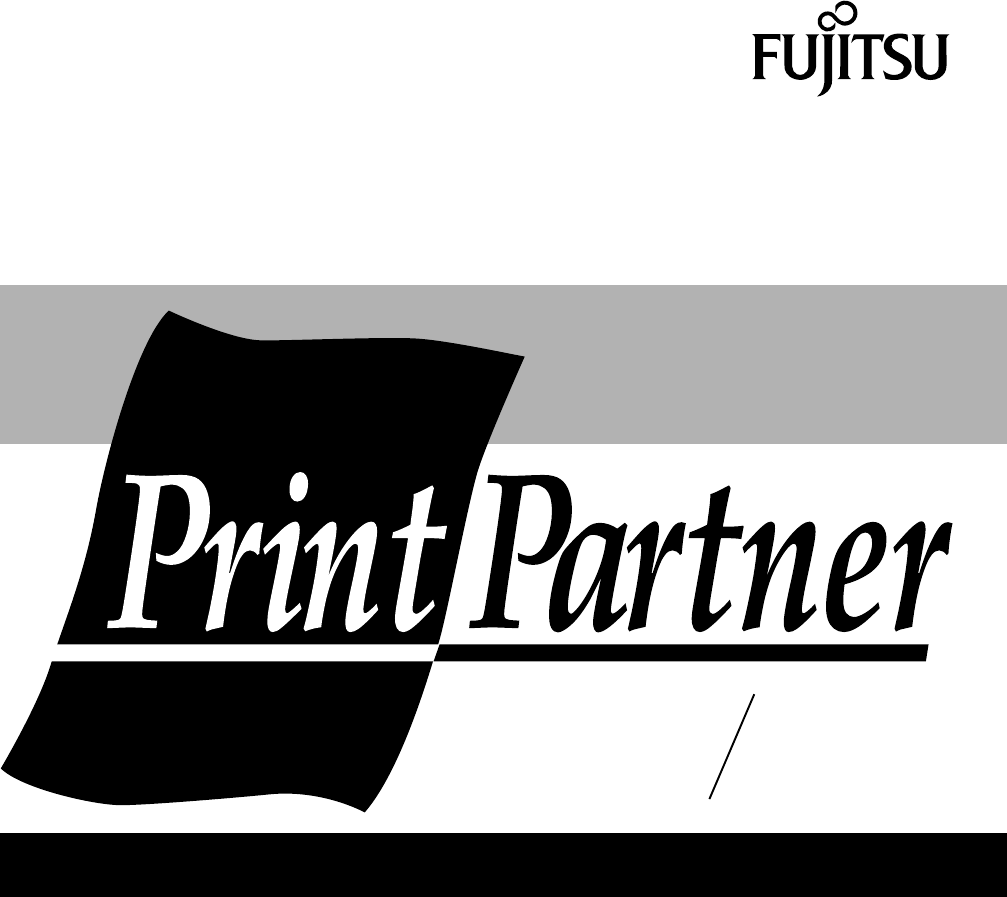
TM
12M MX
USER’S MANUAL
12 ppm page printer
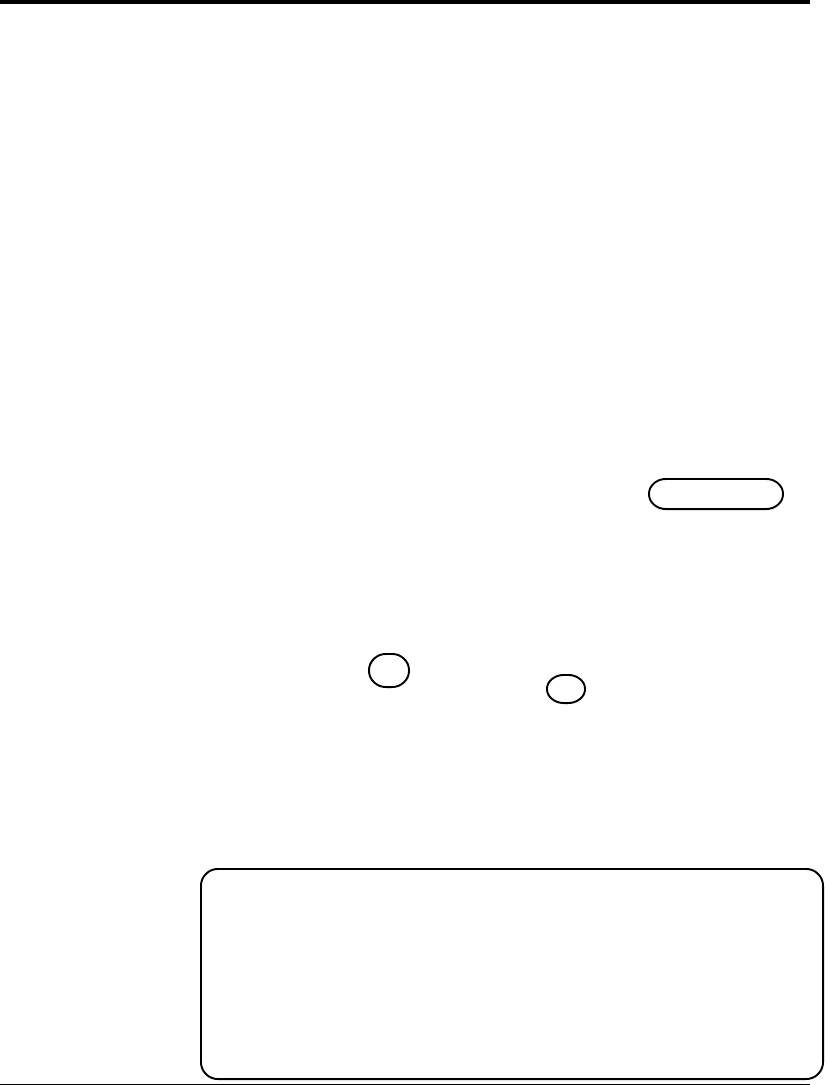
User’s Manual FM-1
Federal Communications Commission
Radio Frequency Interference Statement
Notice: This equipment has been tested and found to comply with the limits for a
Class B digital device, pursuant to Part 15 of the FCC Rules. These limits are
designed to provide reasonable protection against harmful interference in a
residential installation. This equipment generates, uses, and can radiate radio
frequency energy and, if not installed and used in accordance with the instructions,
may cause harmful interference to radio communications. However, there is no
guarantee that interference will not occur in a particular installation. If this
equipment does cause harmful interference to radio or television reception, which
can be determined by turning the equipment off and on, the user is encouraged to
try to correct the interference by one or more of the following measures:
• Reorient or relocate the receiving antenna.
• Increase the separation between the equipment and receiver.
• Connect the equipment to an outlet on a circuit different from that to which the
receiver is connected.
• Consult the dealer or an experienced radio / TV technician for help.
FCC warning: Changes or modifications not expressly approved by the party
responsible for compliance could void the user’s authority to operate the equipment.
Notes
• Testing of this equipment was performed on model number M33111A02.
• The use of a non-shielded interface cable with the referenced device is prohibited.
The length of the parallel interface cable must be 3meters (10 feet) or less. The
length of the serial interface cable must be 15meters (50feet) or less.
• The length of the power cord must be 3 meters (10 feet) or less.
Laser Safety Information
This printer has been designed and manufactured according to FDA regulations
“title 21, CFR, chapter 1, subchapter J, based on the Radiation Control for Health
and Safety Act of 1968”, and is classified as class I laser product.
Warning: Use of controls, adjustments or performance of procedures other than
those specified herein may result in hazardous radiation exposure.
This class B digital apparatus meets all requirements of the Canadian Interference-
Causing Equipment Regulations.
Cet appareil numérique de la Classe B respecte toutes les exigences du Règlement sur
le matériel brouilleur du Canada.
Bescheinigung des Herstellers/Importeurs
Hiermit wird bescheinigt, daß der
• M33111B01/02
in Übereinstimmung mit den Bestimmungen der
• EN 45014 (CE) funkenstört ist.
Der Deutschen Bundespost wurde das Inverkehrbringen dieses Gerätes angezeight
und die Berechtigung zur Überprüfung der Serie auf Einhaltung der Bestimmungen
eingeräumt.
• Maschinenlärminformationsverordnung 3. GSGV, 18.01.1991: Der höchste
Schalldruckpegel beträgt 70 dB (A) oder weniger gemäß EN27779-1991.
Notice to American
Users
Notice to Canadian
Users
Notice aux Utilisateurs
Canadiens
Hinweis für deutsche
Benutzer
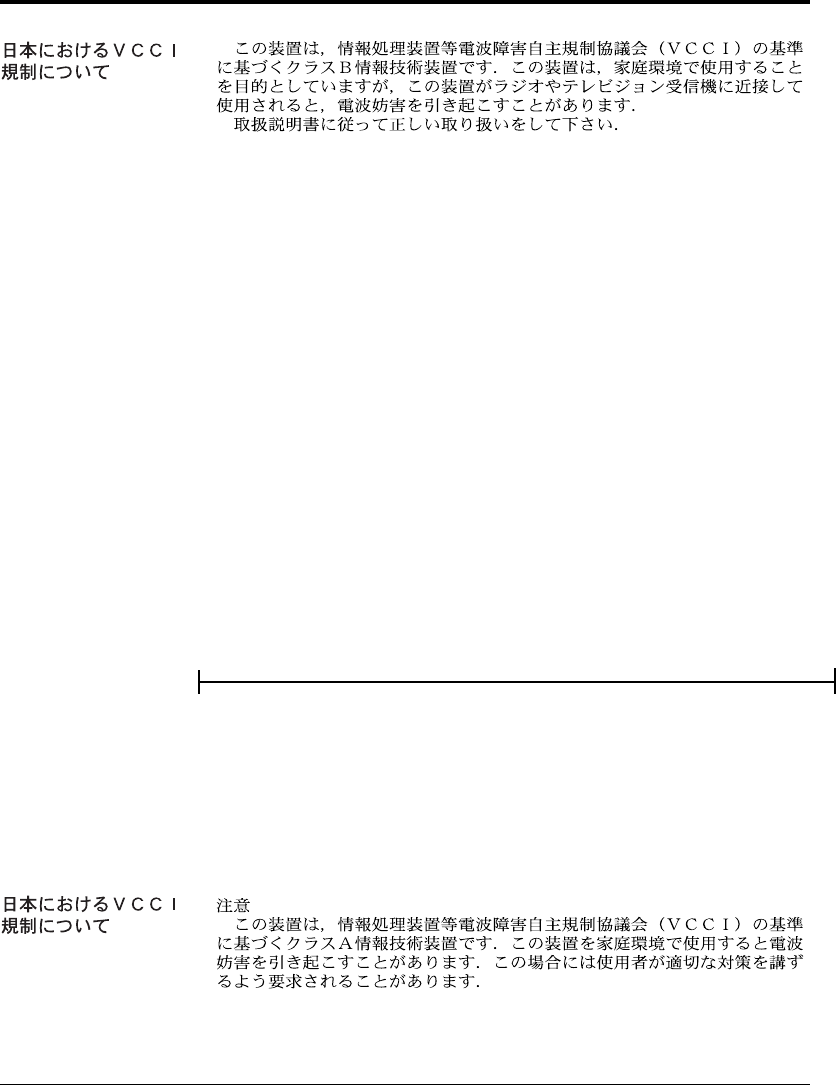
FM-2 User’s Manual
In case that an Ethernet interface board is installed, this equipment complies with
EMI regulations as follows:
Notice to American
Users Federal Communications Commission
Radio Frequency Interference Statement
Notice: This equipment has been tested and found to comply with the limits for a
Class A digital device, pursuant to Part 15 of the FCC Rules. These limits are
designed to provide reasonable protection against harmful interference when the
equipment is operated in a commercial environment. This equipment generates,
uses, and can radiate radio frequency energy and, if not installed and used in
accordance with the instruction manual, may cause harmful interference to radio
communications. Operation of this equipment in a residential area is likely to cause
harmful interference in which case the user will be required to correct the
interference at his own expense.
FCC warning: Changes or modifications not expressly approved by the party
responsible for compliance could void the user’s authority to operate the equipment.
Notes
• The use of a non-shielded interface cable with the referenced device is prohibited.
The length of the parallel interface cable must be 3meters (10feet) or less. The
length of the Ethernet interface cable must be 100meters (328feet) or less for type
10BASE-2 and 185 meters (607 feet) or less for type 10BASE-T.
• The length of the power cord must be 3 meters (10 feet) or less.
This class A digital apparatus meets all requirements of the Canadian Interference-
Causing Equipment Regulations.
Cet appareil numérique de la Classe A respecte toutes les exigences du Règlement sur
le matériel brouilleur du Canada.
Warning: This is a product which meets Class A of EN55022 and AS/NZS3548.
In a domestic environment this product may cause radio interference in which case
the user may be required to take adequate measures.
Notice to European
and Oceanian Users
Notice to Canadian
Users
Notice aux Utilisateurs
Canadiens
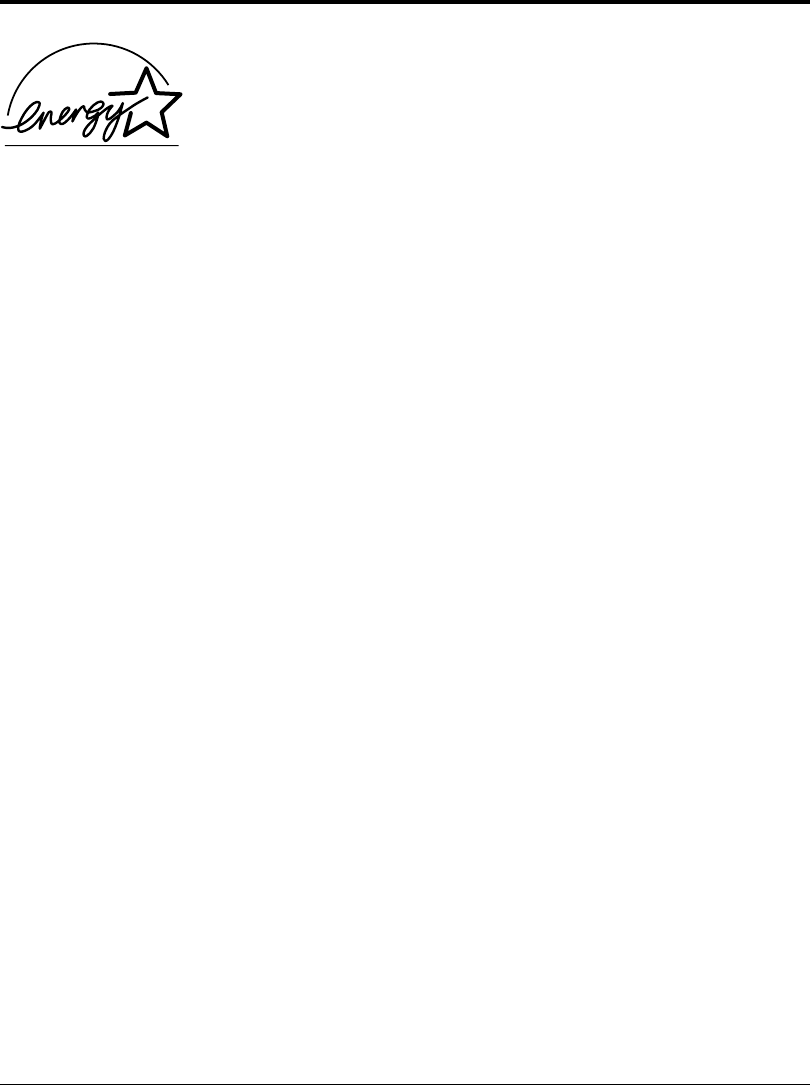
User’s Manual FM-3
As an ENERGY STAR® Partner, FUJITSU LIMITED has determined
that this product meets the ENERGY STAR® guidelines for energy
efficiency.
The International ENERGY STAR® Office Equipment Program is an
international program that promotes energy saving through the use
of computers and other office equipments. The program backs the
development and dissemination of products with functions that
effectively reduce energy consumption. It is an open system in which
business proprietors can participate voluntarily. The targeted
products are office equipment such as computers, displays, printers,
facsimiles, and copiers. Their standards and logos are uniform among
participating nations.
This product sold in Europe conforms to the standards in accordance
with EC Directives. The copy of “Declaration of Conformity” is
attached in the next page.
CE Declaration

FM-4 User’s Manual
Reseved
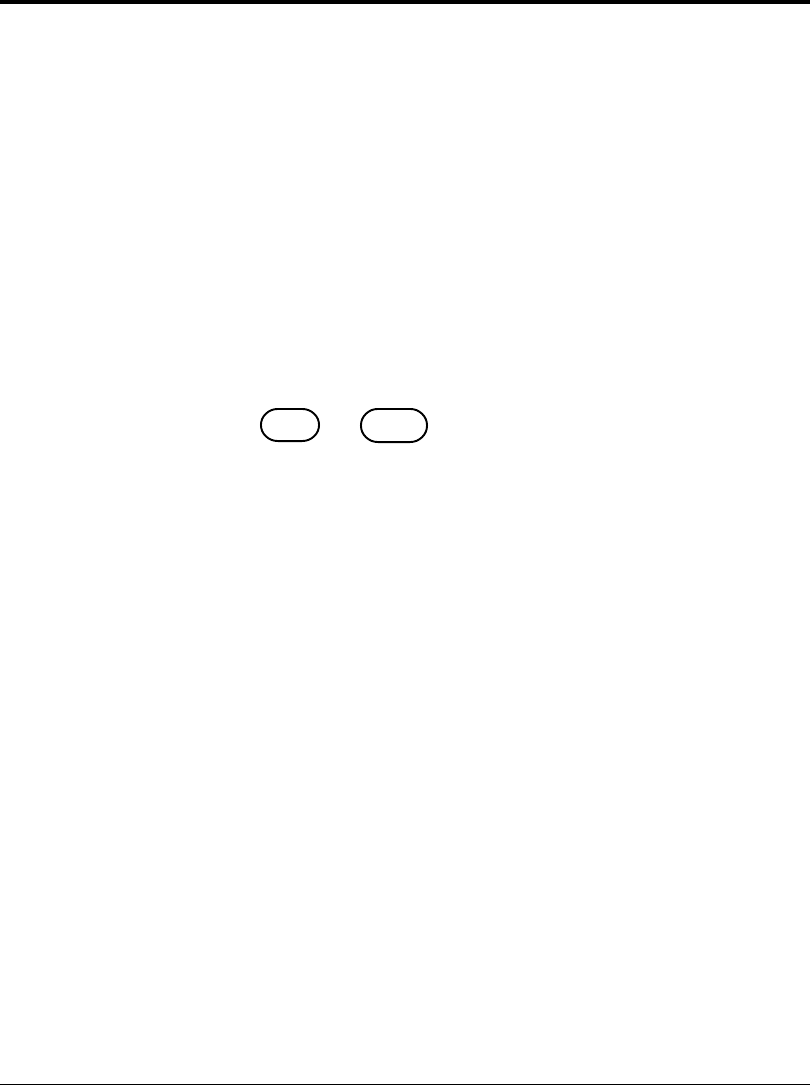
User’s Manual FM-5
FUJITSU is a registered trademark of
FUJITSU LIMITED. The following
companies own the other trademarks
used in this manual:
Adobe Systems, Inc.: PostScript
Apple Computer, Inc.: AppleTalk,
LocalTalk, Macintosh, TrueType
AT&T: UNIX
Centronics Data Computer
Corporation: Centronics
Hewlett-Packard Corporation: Hewlett-
Packard, LaserJet, LaserJet 5, PCL
International Business Machines
Corporation: IBM, IBM PC/AT, IBM
PS/2, PC-DOS
Microsoft Corporation: Microsoft, MS-
DOS, Windows
Lexmark International Inc.: MarkVision
Miles, Inc.: Intellifont
Novell, Inc.: Netware
Pipeline Associates, Inc.: PowerPage
Xerox Corporation: 4024, Ethernet,
Xerox
The contents of this manual may be revised without prior notice and
without obligation to incorporate changes and improvements into units
already shipped.
FUJITSU has made every effort to ensure that the information included
here is complete and accurate at the time of publication. The company
assumes no liability for errors and omissions.
Copyright © 1999 FUJITSU LIMITED
Printed in Japan. All rights reserved. No part of this manual may be
reproduced or translated, stored in a database or retrieval system, or
transmitted, in any form or by any means, electronic, mechanical,
photocopying, recording, or otherwise, without the prior written
permission of FUJITSU LIMITED.
C145-Exxx-01EN, March 1999
Trademark Acknowledgment

FM-6 User’s Manual
Precautions
Read this section and remember these instructions to ensure your
safety and your printer’s correct performance. Follow the cautions
and notices labeled on the printer or marked with icons in the
manual. Save this manual for future reference.
• Use only the power cord furnished with the printer and a properly grounded
outlet. Do not use an extension power cord.
• Confirm that the rated voltage of your printer matches the voltage of your
power outlet. The maximum wattage of the printer is 600 watts.
• Turn off the printer and disconnect the power cord before beginning
maintenance operations.
• Disconnect the power cord from the outlet whenever you are not using the
printer for an extended period of time.
• Disconnect the power cord from the outlet whenever thunder storms are
nearby. Leaving the power cord connected may allow damage to the printer
or other property.
• Do not put the printer in direct sunlight, near a heater, or near water. Leave
adequate space around the printer.
• Do not touch any connector contacts. This could cause electrostatic damage
to the printer.
• Do not touch the heat roller and motors if you have been printing recently.
These parts may be hot.
• Do not touch or scratch the green drum surface, and do not expose it to light
for more than three minutes.
• Use only a shielded interface cable of 3 meters (10 feet) or less for the parallel
interface, 15 meters (50 feet) or less for the serial interface, 100 meters (328
feet) or less for Ethernet interface 10BASE-T/100BASE-TX connection, and
185 meters (607 feet) or less for the Ethernet interface 10BASE-2 connection.
• Be sure the printer is turned off before connecting the interface.
• Do not turn the printer off while it is printing.
• Do not disassemble or remove any components unless instructed in this
manual.
• Keep the print unit upright when removing or installing it.
• Do not use alcohol or other cleaning solutions on the drum surface or on any
interior parts of the printer.
• Clear paper jams quickly, especially when they occur in the heat roller unit.
• Do not drop small objects, such as paper clips, into the printer.
• Do not set page margins off the physically printable page area.
• Turn off the printer and disconnect the power cord immediately if an
abnormal condition occurs: for instance, if the printer smokes, prints
abnormally, becomes wet, or falls. Then consult your dealer.
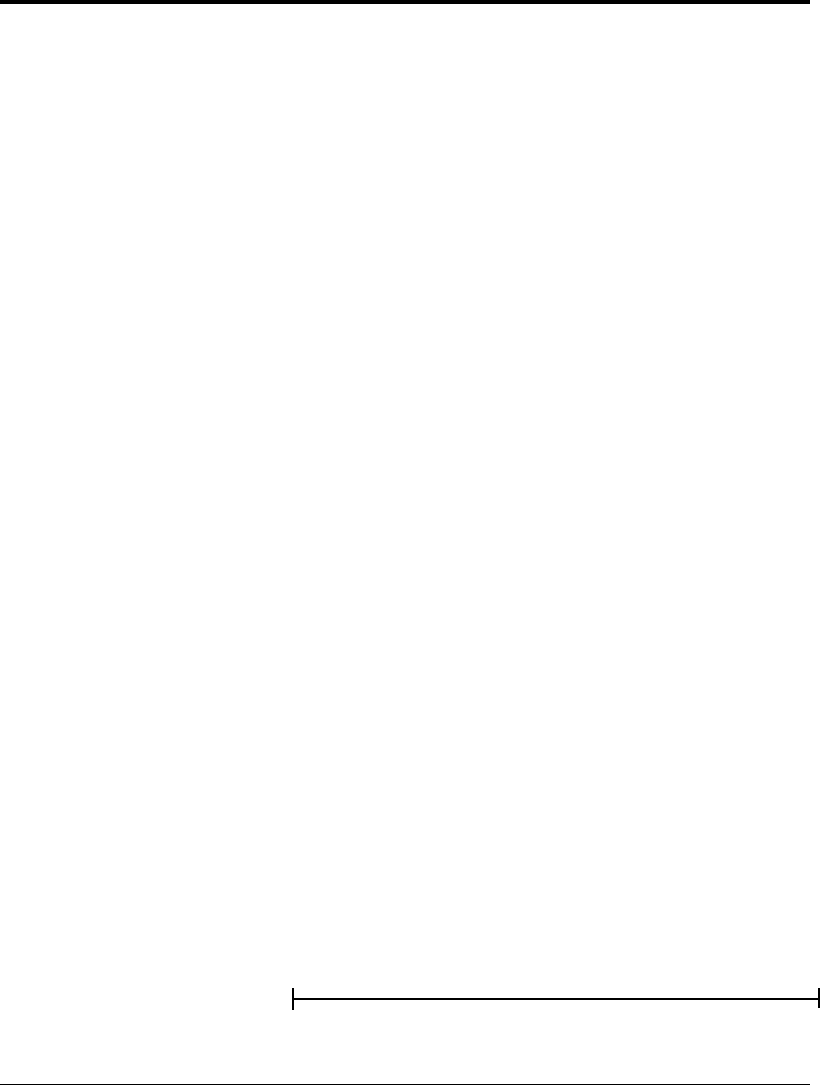
User’s Manual i
Contents
Preface ............................................................................................v
Manual and Software Set.................................................................vi
Operating Environments .................................................................vi
Conventions ...................................................................................vii
Control Panel..........................................................................viii
Changing Message Language.....................................................ix
Chapter 1 Getting Started ........................................................................... 1–1
Getting Acquainted ..................................................................... 1–1
Getting Ready ............................................................................. 1–4
Picking a Suitable Location ................................................... 1–4
Unpacking and Checking Your Printer ................................. 1–5
Setting Up ................................................................................... 1–7
Preparing the Print Unit ....................................................... 1–7
Loading Paper and Installing the Paper Tray....................... 1–10
Using the Multi-function Feeder (12MX only) ................... 1–13
Connecting the Power Cord ............................................... 1–14
Connecting the Printer to Your Computer ................................ 1–15
About Interfacing................................................................ 1–15
Connecting to the Parallel Port ........................................... 1–16
Connecting to the Serial Port (12MX only) ........................ 1–16
Connecting the Serial Interface Cable........................... 1–17
Verifying Serial Parameter Settings ............................... 1–17
Printing a Test Page Offline................................................ 1–19
Selecting an Emulation.............................................................. 1–20
Installing a Printer Driver.......................................................... 1–21
Get to Know Your Printer Driver ....................................... 1–22
Printer Drivers Supplied by the CD-ROM ......................... 1–23
Printer Drivers Supplied by the Floppy Disk....................... 1–23
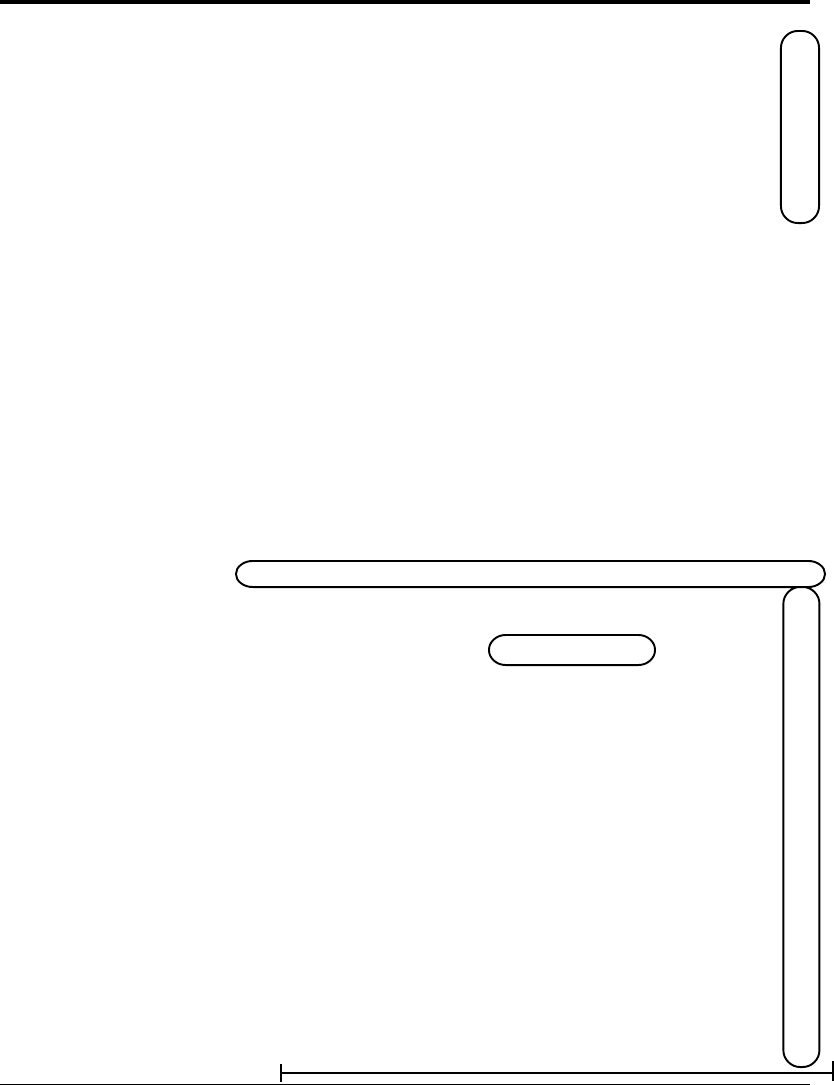
ii User’s Manual
Installing Other Software........................................................... 1–24
PPMENU .................................................................... 1–24
Lexmark’s MarkVision™ ............................................. 1–25
Printing Your First Document................................................... 1–26
Adjusting Print Density ...................................................... 1–27
If Something Goes Wrong .................................................. 1–28
Where To Go From Here.......................................................... 1–29
Chapter 2 Printing and Paper Handling ...................................................... 2–1
Control Panel Tutorial ................................................................ 2–1
The Control Panel ................................................................ 2–1
Indicators ....................................................................... 2–2
Message Display (LCD) ................................................. 2–3
Buttons........................................................................... 2–3
Control Panel Functions.............................................................. 2–5
Changing Message Language................................................. 2–5
Printing Data Remaining in the Buffer ................................. 2–5
Clearing an Error Condition to Continue Printing ............... 2–5
Clearing the Buffer and Reinitializing the Printer.................. 2–6
Clearing EEPROM............................................................... 2–6
Selecting the Fuser Unit Cleaning Mode............................... 2–6
Selecting the Self Test Menu................................................. 2–8
Selecting the Font Print Menu............................................ 2–10
Selecting Paper Tray, MFF, or Manual Feeder.................... 2–12
Setting MFF Paper Size (12MX only) ................................. 2–15
Selecting the Thick Control Menu...................................... 2–16
Selecting Menu Option and Resetting Menu ...................... 2–20
Menu Functions ........................................................................ 2–20
Menu Structure and How to Use Control Panel Buttons .... 2–20
Submenus, Items, and Options ........................................... 2–21
Menu Items............................................................................... 2–25
Handling Paper ......................................................................... 2–31
Paper Types and Sizes ......................................................... 2–31
Adjusting for Paper Thickness ...................................... 2–34
General Tips................................................................. 2–35
Preprinted Sheets.......................................................... 2–36
Transparencies.............................................................. 2–36
Envelopes ..................................................................... 2–37
Labels ........................................................................... 2–38
Changing the Paper Tray Size ............................................. 2–38
Contents
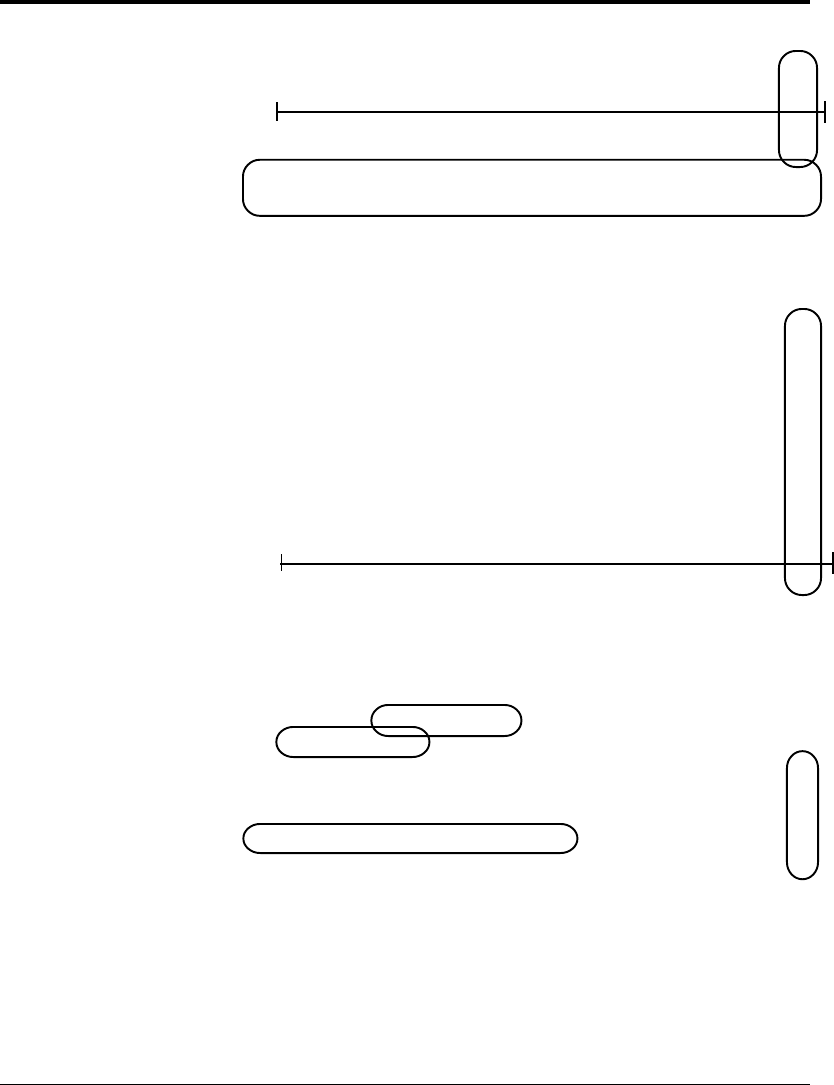
User’s Manual iii
Using the Multi-function Feeder (12MX only) or
Manual Feeder ................................................................. 2–41
Multi-function Feeder .................................................. 2–41
Manual Feeder.............................................................. 2–44
Setting Up the Rear Stacker ................................................ 2–44
Printing on Custom-Sized Paper......................................... 2–45
Page Orientation................................................................. 2–46
Chapter 3 Enhancing and Customizing the Printer ..................................... 3–1
Adding RAM............................................................................... 3–1
Installing an Alternate Emulation ................................................ 3–5
Installing an Interface Expansion Board....................................... 3–6
Installing an Interface Board ................................................. 3–6
Connecting to the Ethernet Port........................................... 3–8
Connecting the Ethernet Interface Cable........................ 3–8
Selecting the Ethernet Interface ...................................... 3–9
Ethernet Specifications ................................................... 3–9
Adding Paper Sources................................................................ 3–10
Paper Feeder ....................................................................... 3–10
Changing the Paper Tray Size....................................... 3–11
Adding Duplex Unit.................................................................. 3–13
Chapter 4 Maintenance .............................................................................. 4–1
Preventive Maintenance............................................................... 4–1
Periodic Routine Maintenance .................................................... 4–2
Replacing the Developer Unit and Drum Unit ..................... 4–2
Developer Unit............................................................... 4–2
Drum Unit..................................................................... 4–5
Replacement................................................................... 4–6
Cleaning the Paper Path...................................................... 4–12
Clearing the Replace Parts Message..................................... 4–13
Repacking the Printer ................................................................ 4–15
Contents
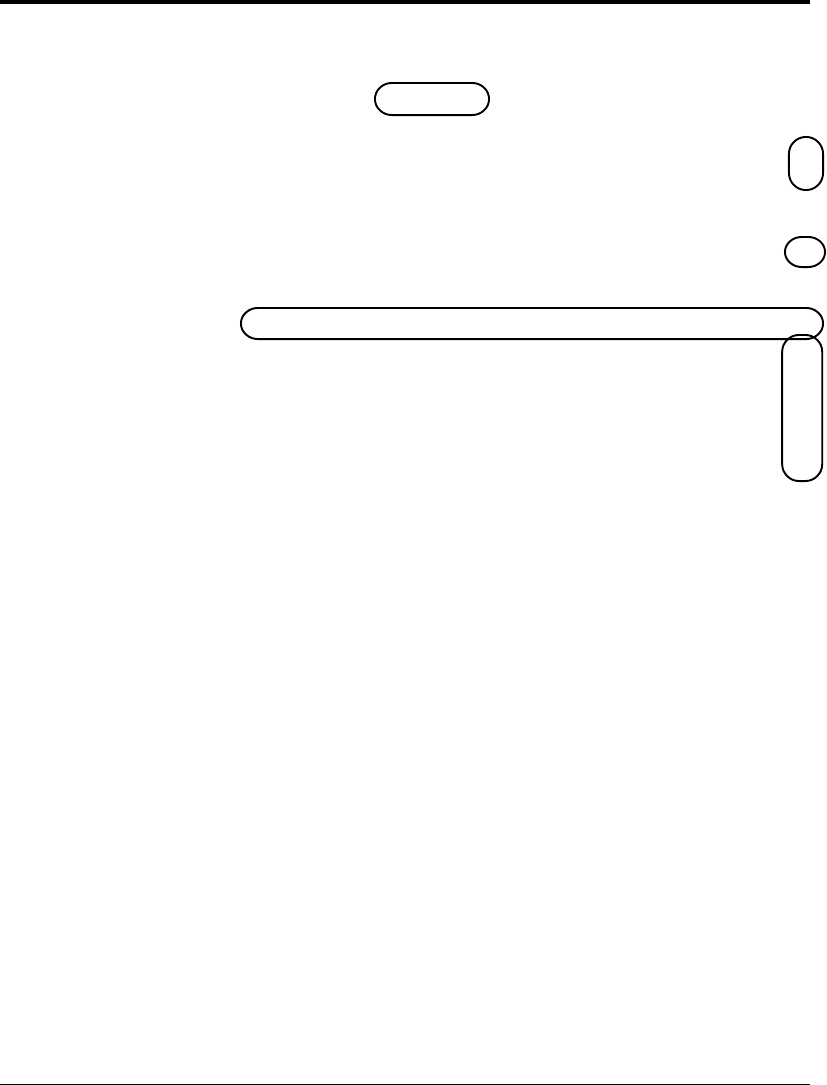
iv User’s Manual
Contents
Chapter 5 Solving Problems ....................................................................... 5–1
Clearing Paper Jams .................................................................... 5–2
Recovery from Paper Jams .................................................... 5–3
Jam 0: from a Paper Tray to the Print Unit......................................
5–3
Jam 1: under the Print Unit or in the Fuser Unit.............................
5–5
Jam 2: under the Print Unit near the Paper Tray .............................
5–6
Jam 3: in the Fuser Unit ..................................................................
5–7
Jam 4 (12MX only): from the Eject Unit to the Duplex Unit ..........
5–9
Jam 5 (12MX only): from the Duplex Unit to the Print Unit ........
5–11
Jam 6: at the Feed Roller of the Optional Paper Tray ....................
5–12
Cleaning the Paper Path...................................................... 5–13
Cleaning the Fuser Unit Rollers .......................................... 5–14
Operational Problems................................................................ 5–16
Print Quality Problems.............................................................. 5–17
Error Indications ....................................................................... 5–20
Action-required Status Indications............................................. 5–22
Printer Status Indications .......................................................... 5–24
Warning Messages ..................................................................... 5–25
Appendix A Font Samples .............................................................................. A–1
PCL Mode .................................................................................. A–1
FPS Mode ................................................................................... A–3
Appendix B Supplies and Accessories.......................................................... B–1
Supplies ....................................................................................... B–1
Accessories................................................................................... B–1
Appendix C Specifications ............................................................................C–1
Glossary................................................................................... GL–1
Index.........................................................................................IN–1
Fujitsu Offices.........................................................Inside back cover
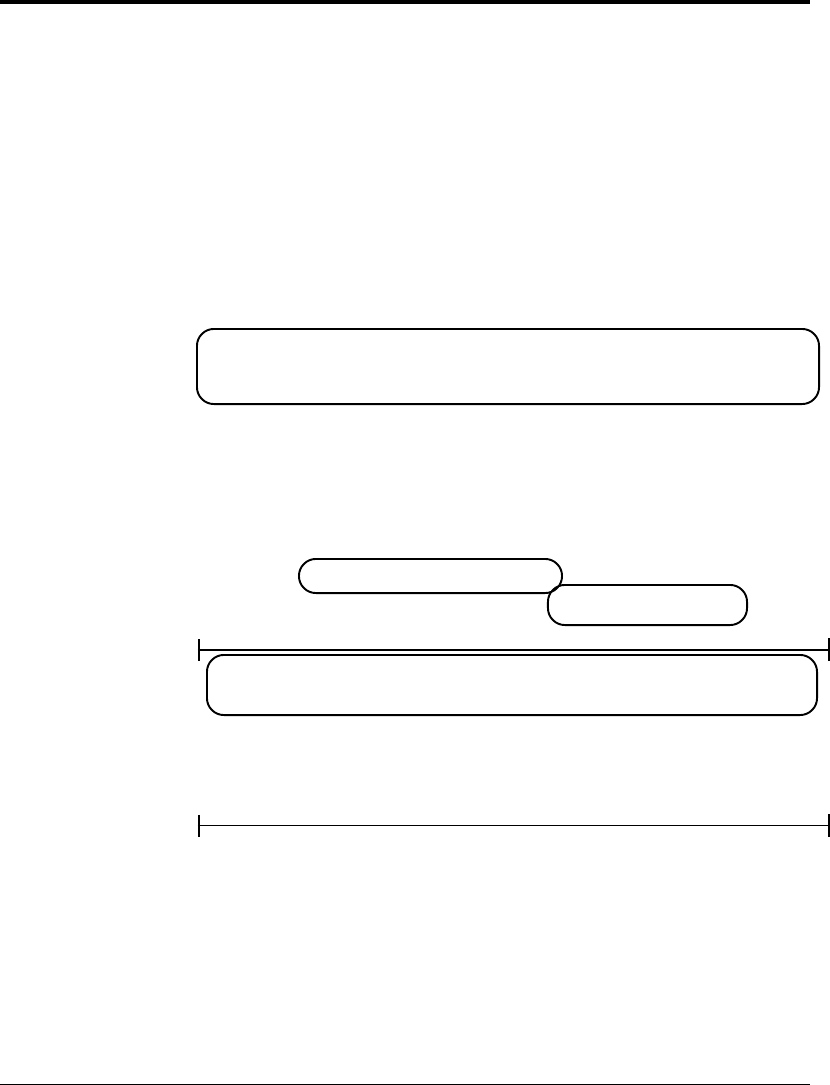
User’s Manual v
Preface
Thank you for purchasing the Fujitsu PrintPartner 12M/12MX Page
Printer. The PrintPartner 12M is a 12-ppm, 600-dpi, laser printer
with a Centronics parallel interface (type B connector). The
PrintPartner 12MX is a 12-ppm, 600-dpi or 6-ppm, 1200-dpi, laser
printer with two interfaces consisting of Centronics parallel (type B
connector) and RS-232C serial (DB9 connector). Both models are
compatible with the HP LaserJet 5 printers, IBM Proprinters 4202,
and EPSON EX-800 printers. The PrintPartner 12MX is also
compatible with PostScript level 2 printers by using the PowerPage®
Level 2 interpreter.
Options available for both 12M and 12MX are:
• 4-, 8-, 16-, and 32-megabyte memory expansion cards
• Interface expansion boards: Centronics parallel (type B connector),
Ethernet C, D, F, or GXL, and USB
• FLASH ROM card: 4-megabytes, for PCL emulation only
• Barcode card: Barcodes and OCR fonts
• 500-sheet paper feeder: Base mechanism plus 500-sheet paper tray
(tray 2; A4, A5, JIS B5, letter, legal, and executive sizes)
Options available for 12M only are:
• FPS card: PostScript level 2 emulation
Options available for 12MX only are:
• Duplex unit: Two-sided printing mechanism
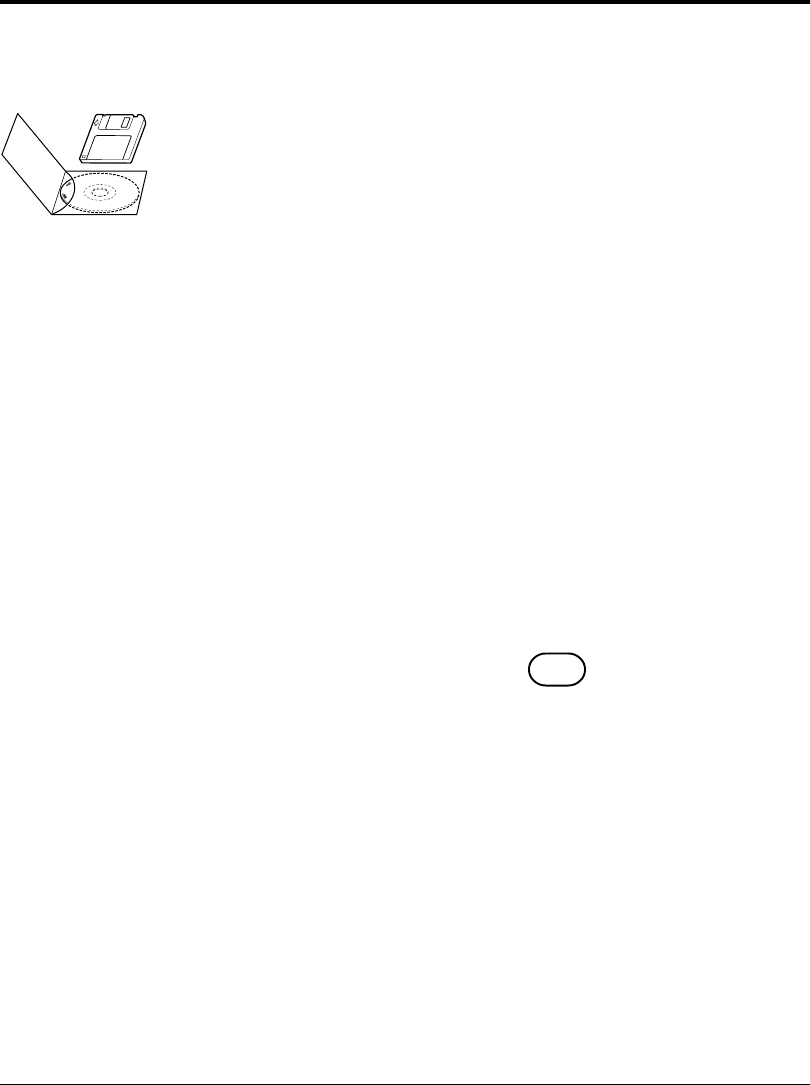
vi User’s Manual
The PrintPartner 12M/12MX has a single user’s manual. This user’s
manual provides a summary of everything for from non-technical
users unfamiliar with page printers to highly experienced technical
users.
The PrintPartner 12M/12MX comes with a software set (a CD-
ROM and a floppy disk) to supply you with the following items of
printer control software.
• Printer Drivers for Windows 95/98, NT 3.51, and NT 4.0, which
provide the computer’s operating system with the programs that
control this printer.
• MarkVision™ by Lexmark for Windows 95/98/NT 4.0, printer
management utility programs, which allow you to easily understand
the printer (status, statistics, or features) and displays the printer
control panel on your computer display to remotely operate the
printer.
• Network Printer Utility for Windows 3.X, which allows you to
remotely change or confirm settings of an Ethernet interface board
of the printer or locally check the printer.
• PPMENU for MS-DOS, printer remote setup utility program,
which allows you to easily customize and program your printer to
your computer and software environments, using your computer
keyboard and display
The CD-ROM contains all items of the software but the floppy disk
contains printer drivers for Windows 3.X only.
To run a Printer Driver, you need an IBM PC/AT or PS/2 computer
or compatible running MS-Windows 95/98, MS-Windows NT
3.51, or MS-Windows NT 4.0.
To run MarkVision™, you need an IBM PC/AT or PS/2 computer
or compatible running MS-Windows 95/98 or MS-Windows NT
4.0, with at least 9MB of memory available on a hard disk, a CD-
ROM drive or a 3.5" double-sided high density (2HD) floppy disk
drive, and a VGA (640 × 480 dots) or higher resolution display.
Operating
Environments
Manual and
Software Set
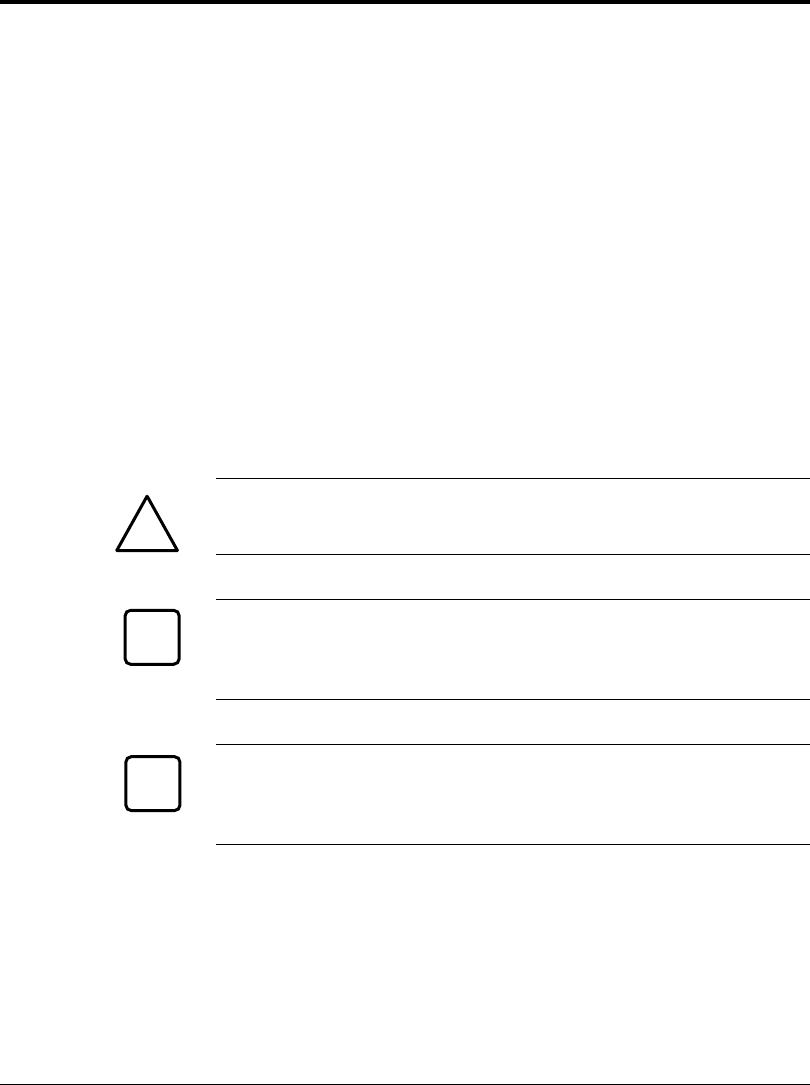
User’s Manual vii
☞
✍
Conventions
To run the Network Printer Utility, you need an IBM PC/AT or PS/
2 computer or compatible running MS-Windows 3.1/3.11, with at
least 5MB of memory available on a hard disk, a CD-ROM drive or
a 3.5" double-sided high density (2HD) floppy disk drive, and a
VGA (640 × 480 dots) or higher resolution display.
To run PPMENU, you need an IBM PC/AT or PS/2 computer or
compatible running MS-DOS, with at least 1MB of memory
available on a hard disk, a CD-ROM drive or a 3.5" double-sided
high density (2HD) floppy disk drive, and a VGA (640 ¥ 480 dots)
display. You must also be using PC-DOS version 5.02, MS-DOS
version 3.3, or higher version.
Icons draw your attention to advisory messages, as illustrated below.
A line precedes and follows the message to show where the message
begins and ends.
Warning:
Ignoring this information could result in personal injury.
Caution:
Ignoring this information could result in loss of data or harm to your
equipment.
Important:
These notes contain remarks, tips, and other useful supplementary
information.
!
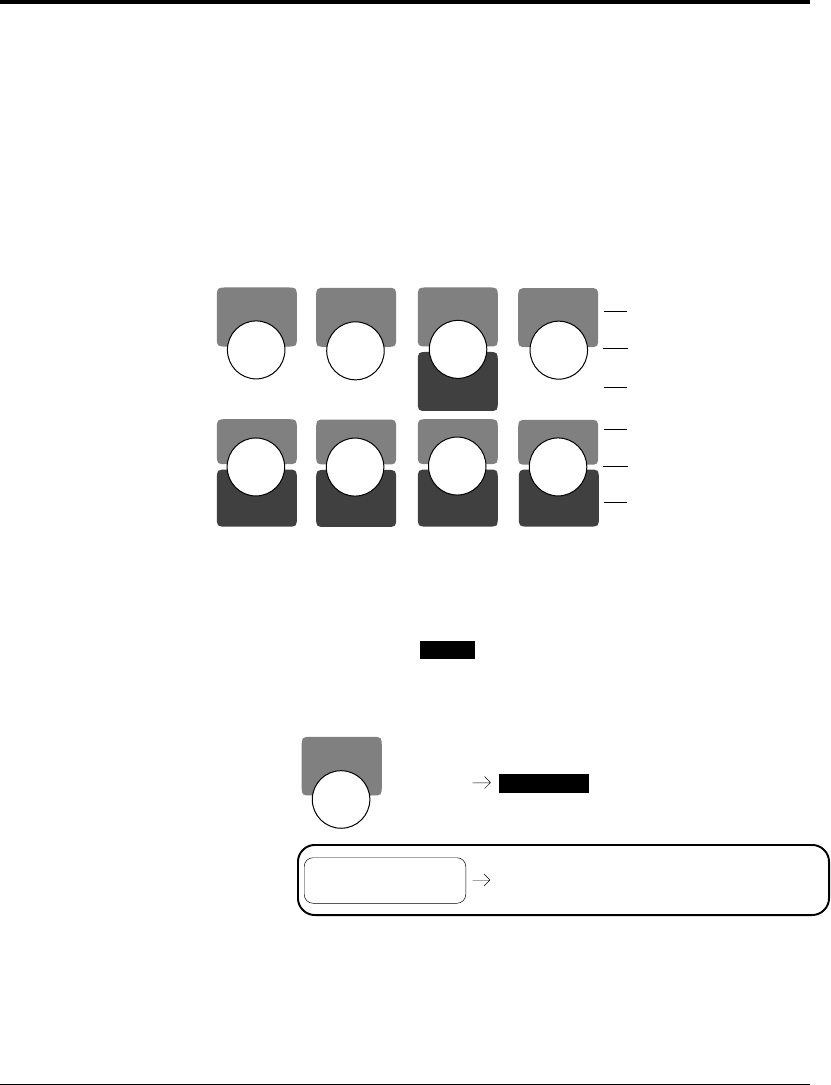
viii User’s Manual
Control Panel
The printer’s control panel incorporates two rows of buttons, with
each button having one or two labels (see below). The physical
button is beneath the rectangular section of no-labeled space. The
top label represents the basic function, which is activated by a touch
of the button. The bottom label represents the second function,
which is activated when you release the button after holding it down
more than five seconds.
MFF
PAPER SIZE
PRINT
FONT
SELF
TEST
RESET
CONT. ENTER –
+
MENUREADY
FORM
FEED
RESET
MENU
SELECT
Basic functions
Second functions
Physical buttons
Basic functions
Second functions
Physical buttons
The control panel has a character display of 16 columns × 2 lines.
In text, the names of the control panel buttons appear as all capital
letters inside a box like
READY
and control panel display messages
appear in a fixed-spacing font like READY. Button names or messages
occupying two lines are expressed in a single line shown below.
Buttons:
Display
messages:
<CLEAR WARNING> DEVELOPER UNIT*
<CLEAR WARNING>
DEVELOPER UNIT*
FORM
FEED
FORM FEED
The asterisk in the display column indicates that the displayed
option is currently selected in the selected menu.
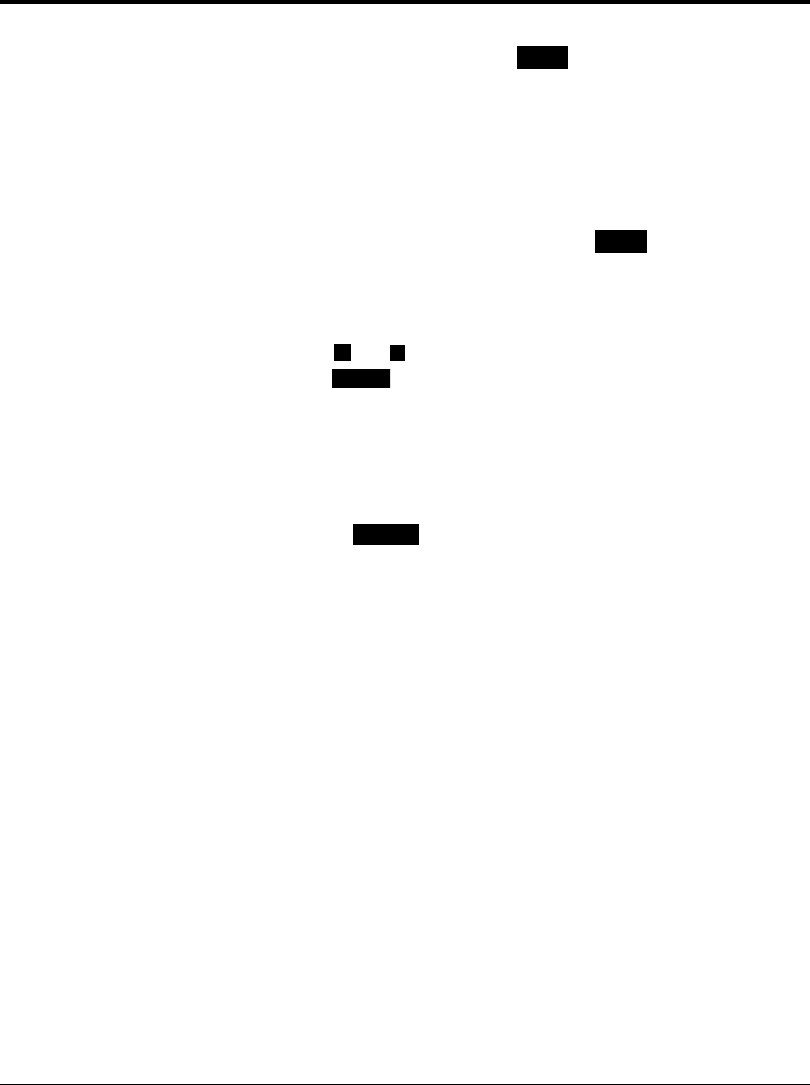
User’s Manual ix
Changing Message Language (
MENU
)
You can select a language used for control panel messages. Selectable
languages are English, French, German, Italian, Spanish, and
Swedish.
To select a language, follow these steps:
1. Turning the printer on while pressing
MENU
.
The message C.P.LANGUAGE ENGLISH appears after printer
initialization.
2. Press the
+
or
–
button until the desired language appears.
Press the ENTER button.
The asterisk appears after the language, indicating the language is
selected.
3. Save the selection.
Pressing the
READY
button saves the new setting and returns the
printer to the ready state. The printer will display the selected
language for messages.

xUser’s Manual
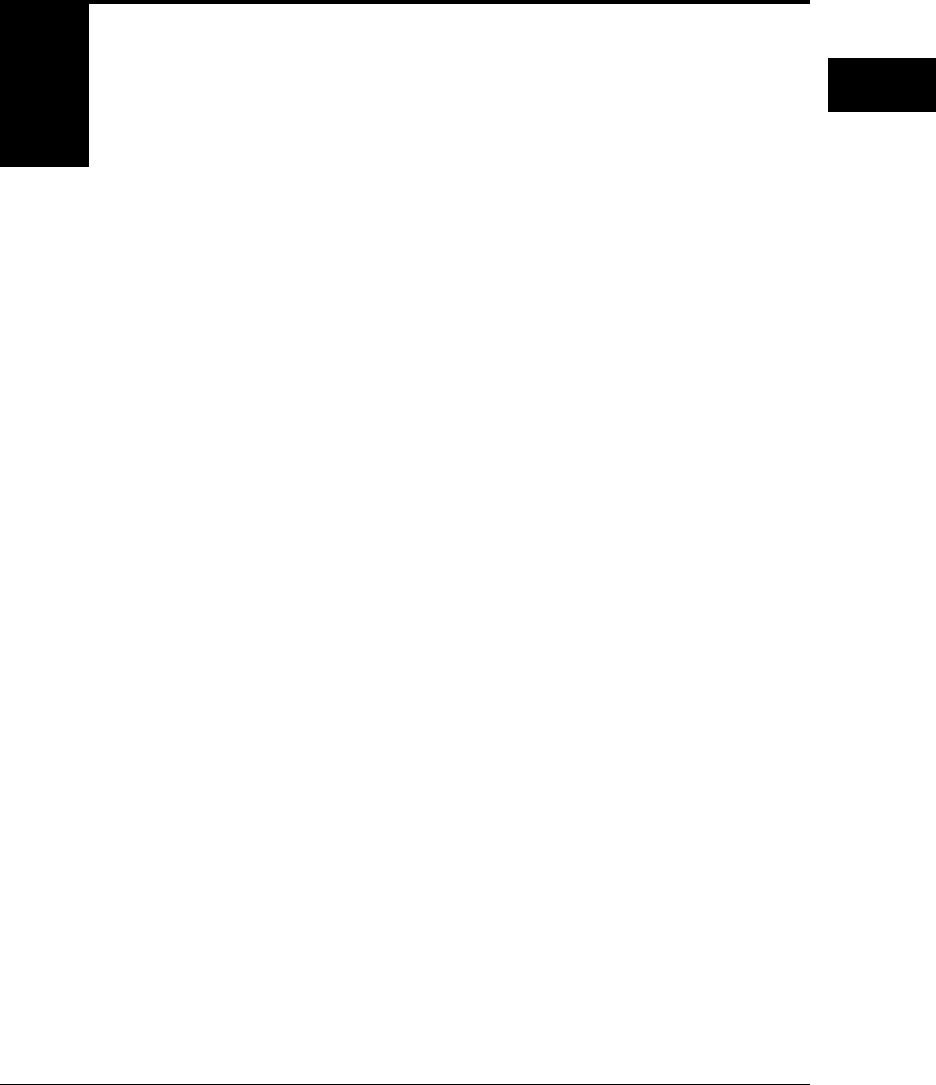
User’s Manual 1-1
GETTING
STARTED
1
CHAPTER
Getting Started
This chapter provides complete setup instructions in the following
sections:
•Getting Acquainted. Learning the printer’s main parts and its paper
paths.
•Getting Ready. Choosing a suitable location and unpacking the
printer.
•Setting Up. Assembling the printer.
•Connecting the Printer. Selecting an interface and connecting to the
computer.
•Installing a Printer Driver and other software.
•Printing Your First Document.
•Where to Go from Here.
The photos and illustrations on the following pages identify the main
parts of the printer and two routes of paper feeding. These parts are
referred to throughout the manual, so take some time to become
familiar with them.
Getting
Acquainted
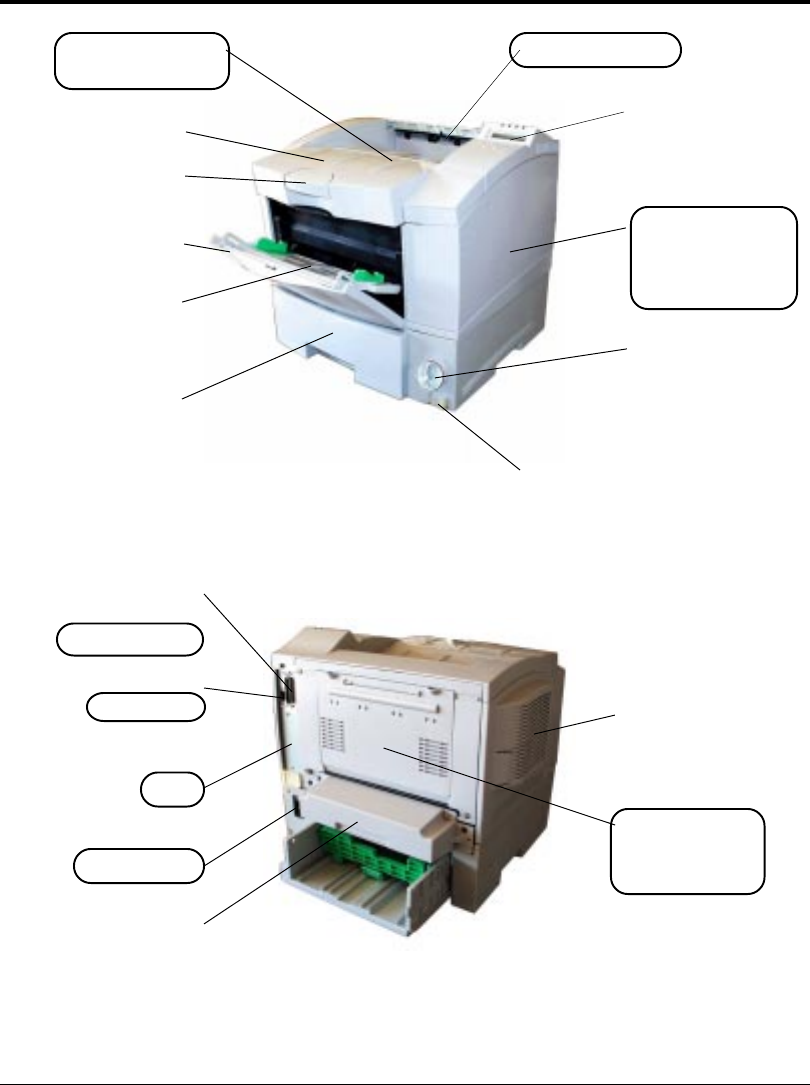
1-2 User’s Manual
Figure 1–1 Front and right side view
Figure 1–2 Rear and left side view
Getting Acquainted
008
009
Power cord connector
Power switch
Top cover
(Face-down stacker)
Duplex unit
(option for PP12MX)
Centronics parallel
interface connector
(IEEE1284 type-B)
Interface board slot cover
Fan (outflow)
Control panel
Multi-function feeder
(MFF, 12MX only)
or manual feeder
Paper tray
Paper stopper
Upper door
Side cover (Font/
emulation card slot
and RAM card slots
inside)
Paper size dial
Rear stacker
(Face-up stacker
when opened)
Front door
RS-232C serial interface
connector (D-SUB 9-pin)
(standard for PP12MX)
Stacker-full sensor

User’s Manual 1-3
GETTING
STARTED
Getting Acquainted
From optional paper tray
Figure 1–3 Interior view
The path from the paper tray to the top cover is for ordinary paper.
The straight path from the multi-function feeder (12MX only) or the
manual feeder to the rear stacker is for thick paper, transparencies,
and envelopes.
Figure 1–4 Paper paths
Paper tray
Top cover
(main stacker)
Rear
stacker
Multi-function
feeder (MFF,
12MX only) or
manual feeder
010
Print unit (developer unit
and drum unit)
Paper paths-1
Duplex unit
(option for 12MX
only)
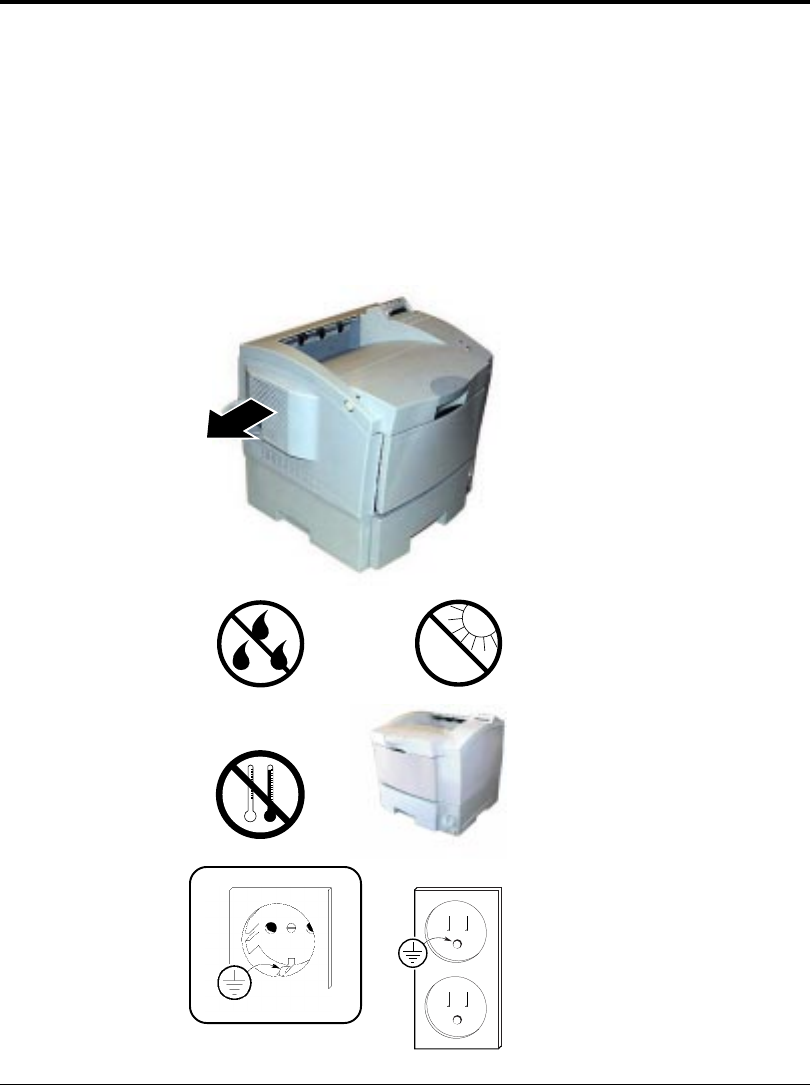
1-4 User’s Manual
Getting Ready
This section will help you:
• Choose a suitable location for the printer
• Inventory the parts of the printer as you unpack it
Picking a Suitable Location
The first step is to pick a suitable location for your printer. For peak
performance and usability, follow these guidelines:
• Place the printer on a
sturdy, level surface.
• Choose a room that is well
ventilated and free of
excessive dust. Leave space
around the printer
especially on the left side for
proper ventilation.
• To avoid exposing the
printer to extremes of
temperature, do not put the
printer in direct sunlight or
near a heater. Ideal room
temperature is from 10°C
to 32°C (50°F to 90°F).
Humidity should be
between 20% and 80% RH
(no condensation).
• Use a grounded AC power
outlet. Do not use a three-
pronged adapter in an
ungrounded outlet.
Getting Ready
001
013
Arrow 1
below
+10
°C
above
+32
°C
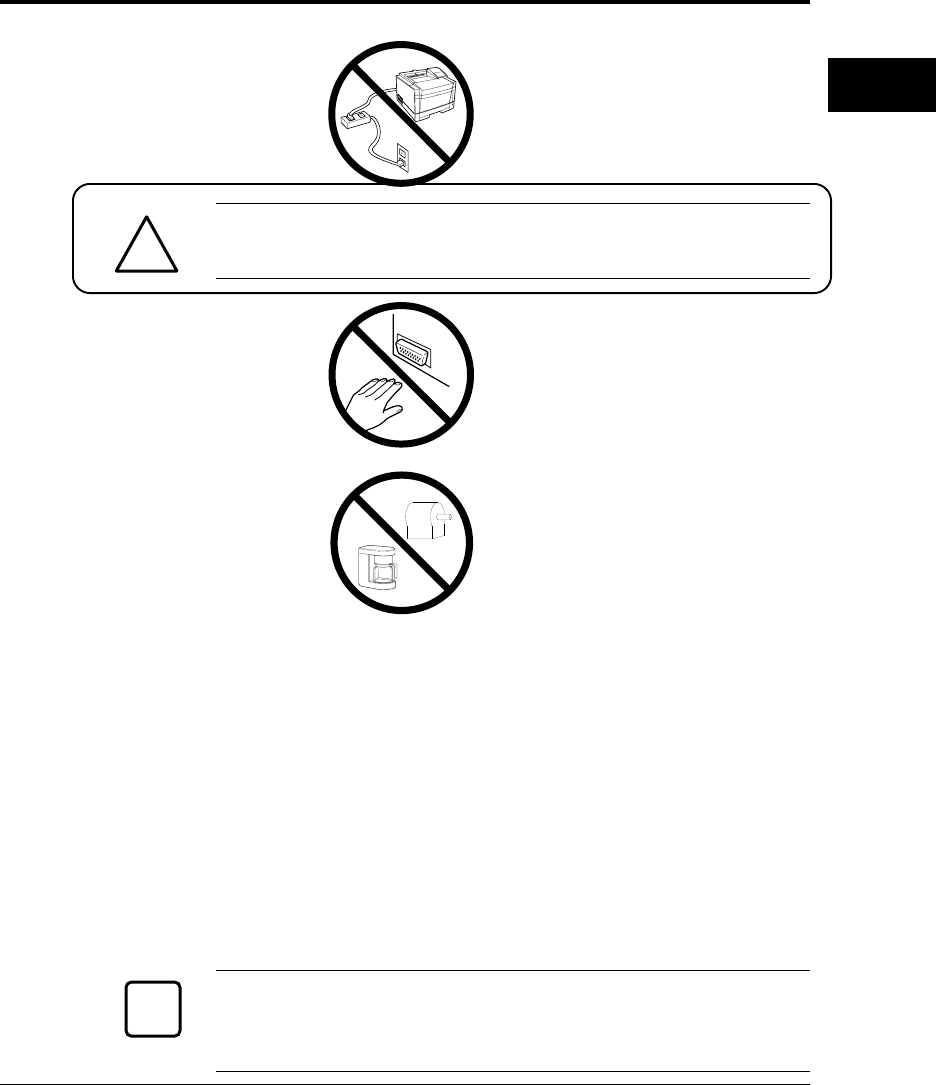
User’s Manual 1-5
GETTING
STARTED
• Use only the power cord
furnished with the printer.
Do not use an extension
cord.
Warning:
For your safety from an electric shock, observe the above prohibition.
• Do not touch any
connector contacts and
corona wires to avoid
possible electrostatic
damage to the printer.
• Do not use a circuit shared
with equipment that causes
electrical noise, such as
motors.
• Do not use a circuit shared
with equipment that uses a
lot of power, such as a
copier or a coffee maker.
Unpacking and Checking Your Printer
As you unpack the printer, check each item carefully for damage. If
you find damage, notify your dealer. Check also that you have
received all the items shown below.
This printer comes with everything you need except an interface
cable. If you do not yet have a cable, you must purchase one before
you can connect the printer to your computer.
Important:
Save the original carton and packing materials in case you need to
store or transport your printer.
Getting Ready
✍
!
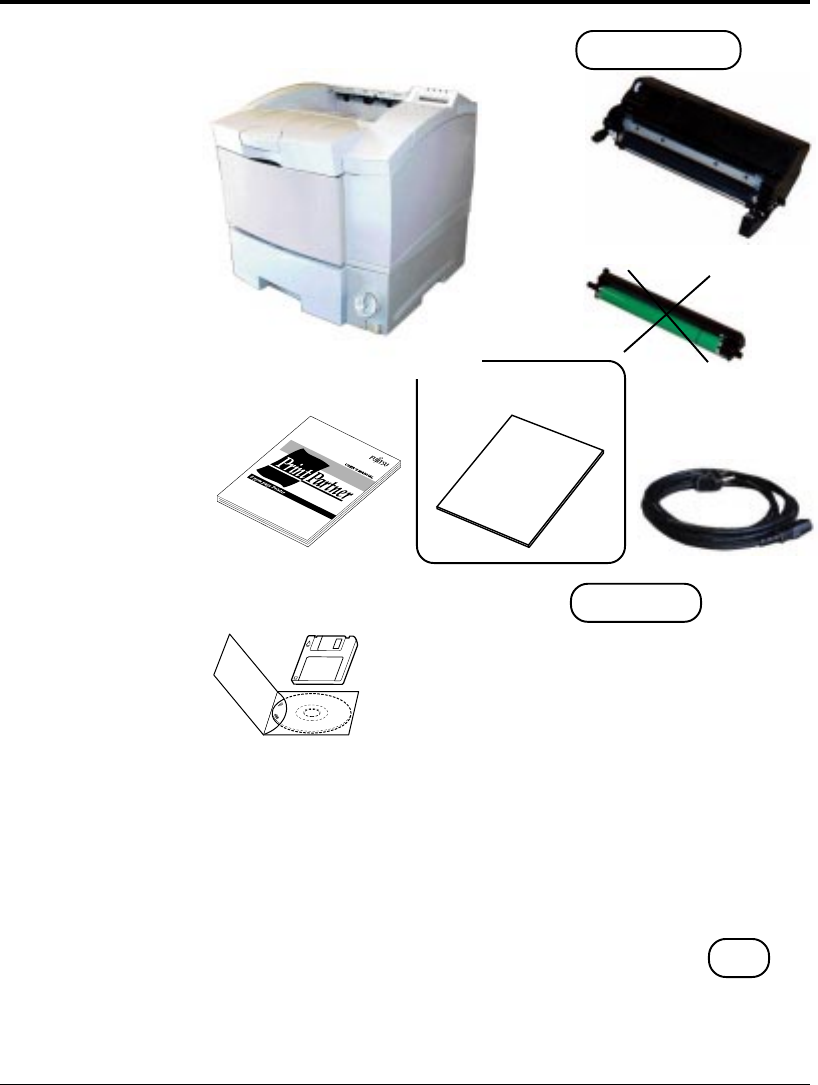
1-6 User’s Manual
• An interface cable is not a standard accessory. Please purchase
an appropriate cable according to the interface you intend to
use.
• The power cord may differ slightly from this figure depending
on the country where you purchased the printer.
• The software set consists of:
- CD-ROM labeled PrintPartner Software
- Floppy disk labeled Printer Drivers for Windows 3.X.
Figure 1-5 Printer inventory
Drum unit (*)
Printer
Getting Ready
Developer unit (*)
Power cord
Quick installation
guide
Software set
(printer drivers and other software)
017
016
001
021
*
Developer unit and drum unit
are assembled and placed in
printer at shipment.
Cleaning sheets
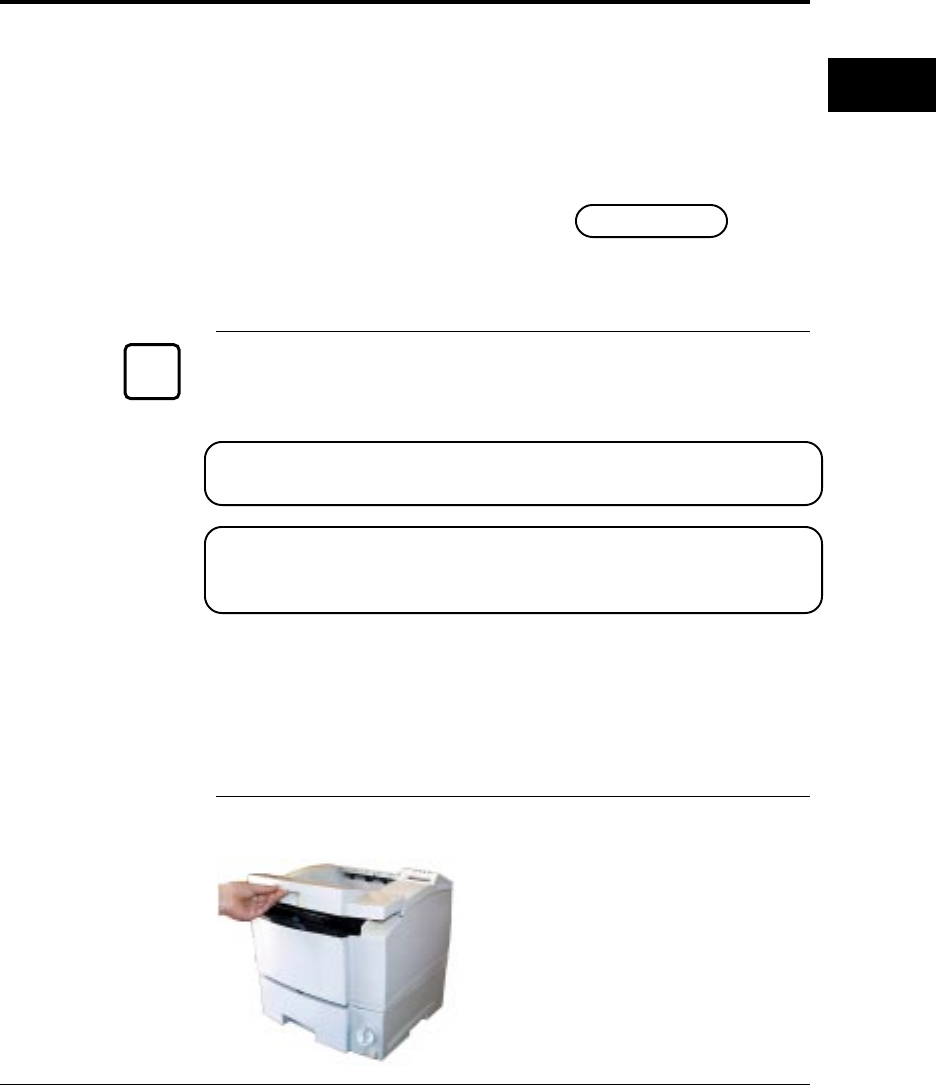
User’s Manual 1-7
GETTING
STARTED
This section describes how to assemble the printer and connect the
power cord after choosing a suitable location for the printer and
checking that you received all the parts.
Preparing the Print Unit
This printer is shipped with the print unit (developer unit and drum
unit) mounted and protective materials attached. Be sure to take off
the print unit and remove the two protective materials from the print
unit. This operation must be done before connecting the power cord.
Caution:
Be careful with the print unit’s drum (the green surface). The drum
is easily damaged by contamination or by exposure to light for more
than three minutes. Follow these guidelines:
• Never open the shutter of the drum unit before until you are ready
to install the print unit.
• Never touch or scratch the drum surface.
• When the print unit is not in the printer, close the shutter of the
drum unit and store the print unit in a dark place or cover it with a
clean sheet of paper.
• When the print unit is in the printer, keep the printer upper door
closed. If you must work inside the printer for more than three
minutes, remove the print unit and store it in a dark place.
•If you store the print unit out of the printer, it may be
contaminated by dust. This may cause a smudge on the page.
When storing the print unit out of the printer, wrap it with paper
or something.
To install the print unit, follow these steps:
1. Open the upper door. Lift
the center portion under
the stopper of the upper
door to open it.
Setting Up
Setting Up
☞
022
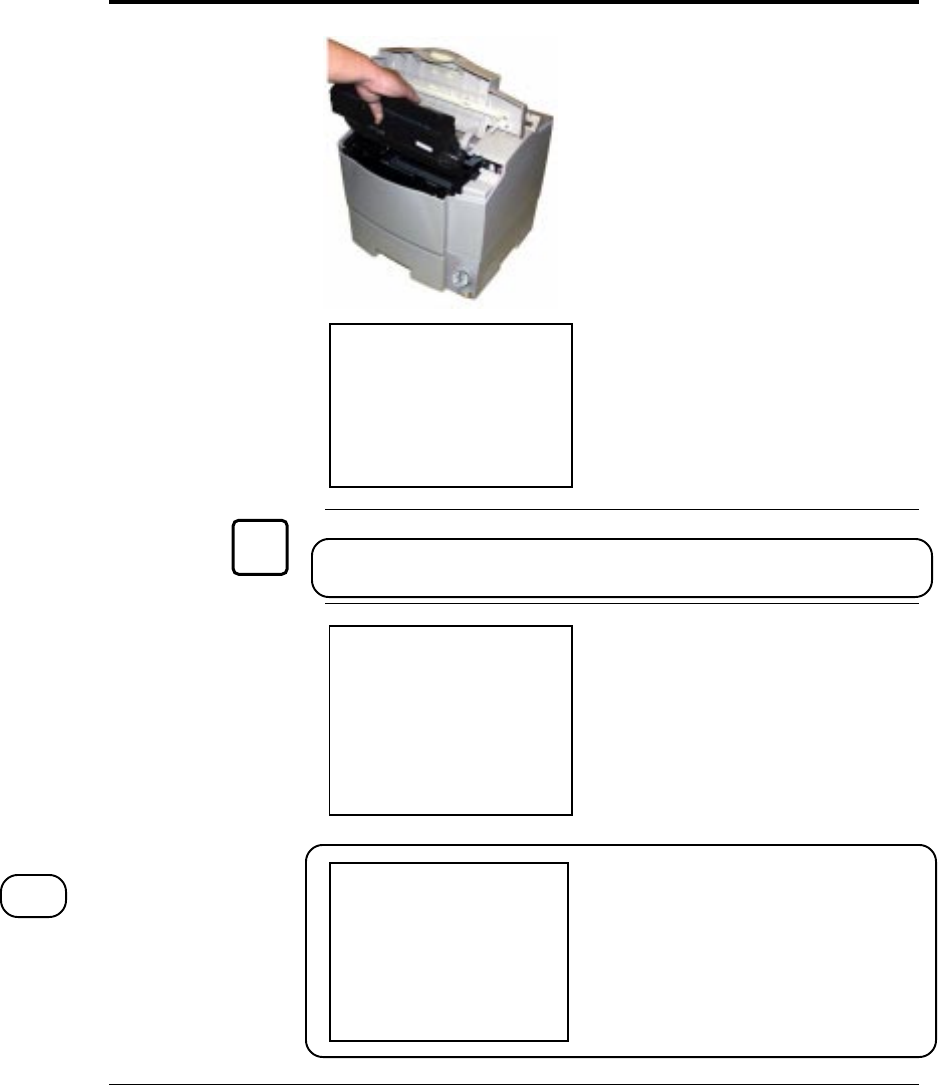
1-8 User’s Manual
Setting Up
2. Remove the print unit
from the printer. Pull the
top center of the print unit
at a 45 degree angle towards
the front of the printer.
When the print unit begins
to move, gently lift it up
and out.
3. Shake the print unit by
moving it back and forth
in a horizontal motion
several times.
Place the print unit on a
level, steady place.
Caution:
Never open the shutter of the drum unit to avoid scratching the
green surface of the drum.
4. Remove the plastic seal
from the print unit.
Gently pull off the seal
being carefully not to spill
toner. Handle to seal
carefully to avoid staining
your hands or clothes.
5. Open the shutter of the
drum. Holding the top
center of the print unit,
push up backwards the
green-labeled handle of the
shutter under the print unit
and fix the shutter on the
hook.
023
024
025
☞
025a
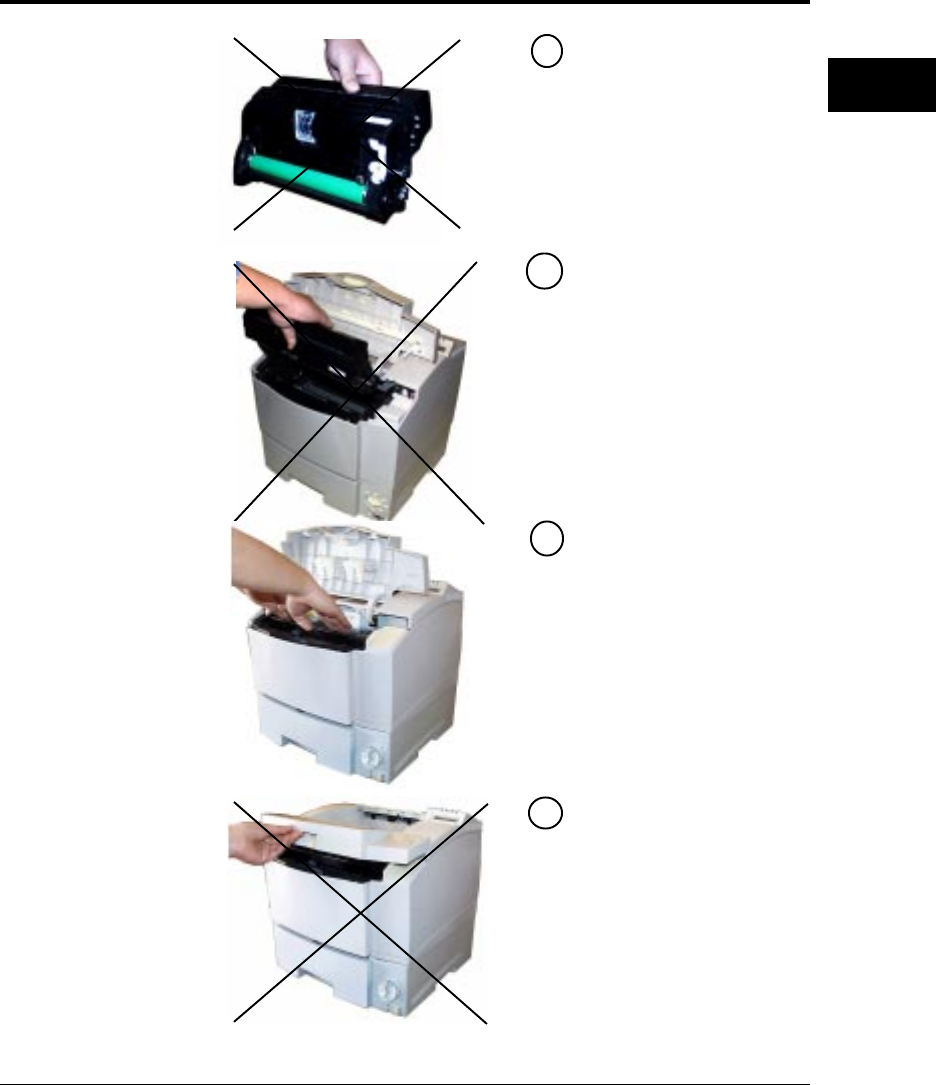
User’s Manual 1-9
GETTING
STARTED
Setting Up
6. Orient the print unit.
Hold the top center of the
print unit with the green
drum facing you and adjust
the ends of the drum shaft
to the grooves on the sides
of the printer.
7. Install the print unit.
Slide the print unit at a 45
degree angle along the
grooves and towards the
back of the printer.
8. Seat the print unit in
place. Press down gently on
the top left and right
portions of the print unit
until it clicks into place.
9. Close the printer’s upper
door. Press down firmly on
the front portion of the
upper door and make sure
the upper door is locked
completely.
027
029
028
026
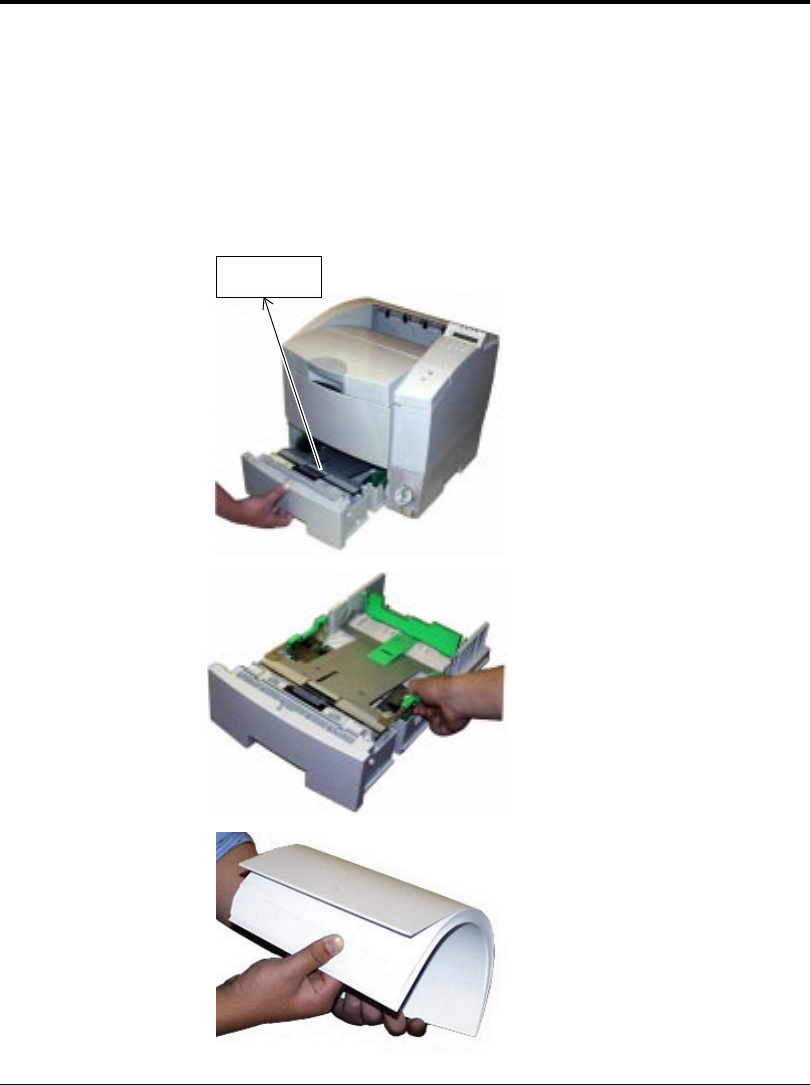
1-10 User’s Manual
Setting Up
Loading Paper and Installing the Paper Tray
This printer has a single paper tray that is preset for letter size (8.5 x
11.0 inches) paper for U.S. customers and to A4 size (210 x 297
mm) paper for European customers. (You can adjust the paper tray
to a different size paper. See Chapter 2. You can purchase an
optional paper tray. See Chapter 3 and Appendix B.) You should
load about 50 sheets of copier paper to test the printer.
1. Pull the paper tray out of
the printer.
2. Prepare the paper tray.
Remove restraint card board
(1) and tapes securing the
rear paper guide.
3. Widen the side guides.
While holding right side-
guide together with its lock
plate, push both guides
outwards.
4. Prepare a paper stack.
Prepare paper of the size
indicated by the paper size
dial (actually the paper size
scale where the rear guide of
the paper tray is set). Fan
the paper stack both ways to
prevent sheets from sticking
together.
030
031
032
(1)

User’s Manual 1-11
GETTING
STARTED
Important:
Be sure to set the paper size dial correctly according to the loaded
paper. Improper setting may cause an error during printing.
Caution:
Put the paper stack in the paper tray with the printing side faced down.
If paper is curled, remove the curl.
5. Load the paper. While
pushing and holding down
the pressure plate, place the
front portion of the paper
stack on the tray and slide it
towards the front of the tray
so that the rear portion of
the stack is placed in
position at the rear guide.
Make sure the stack does
not exceed the limit marks
on either side guide.
Caution:
When additional sheets of paper are supplied to the tray which is not
empty, it may cause paper mispick, double-feed, skew at the
boundary between old paper and new paper.
6. Adjust the side guides.
Push the lock plate of the
right side-guide inwards to
fit the side guides to the
width of paper snugly.
Align the rear edges of the
paper stack.
Setting Up
Limit marks
▼▼▼
☞
☞
033
Bad placement
Good placement
034
Arrow 1
Arrow 2
✍
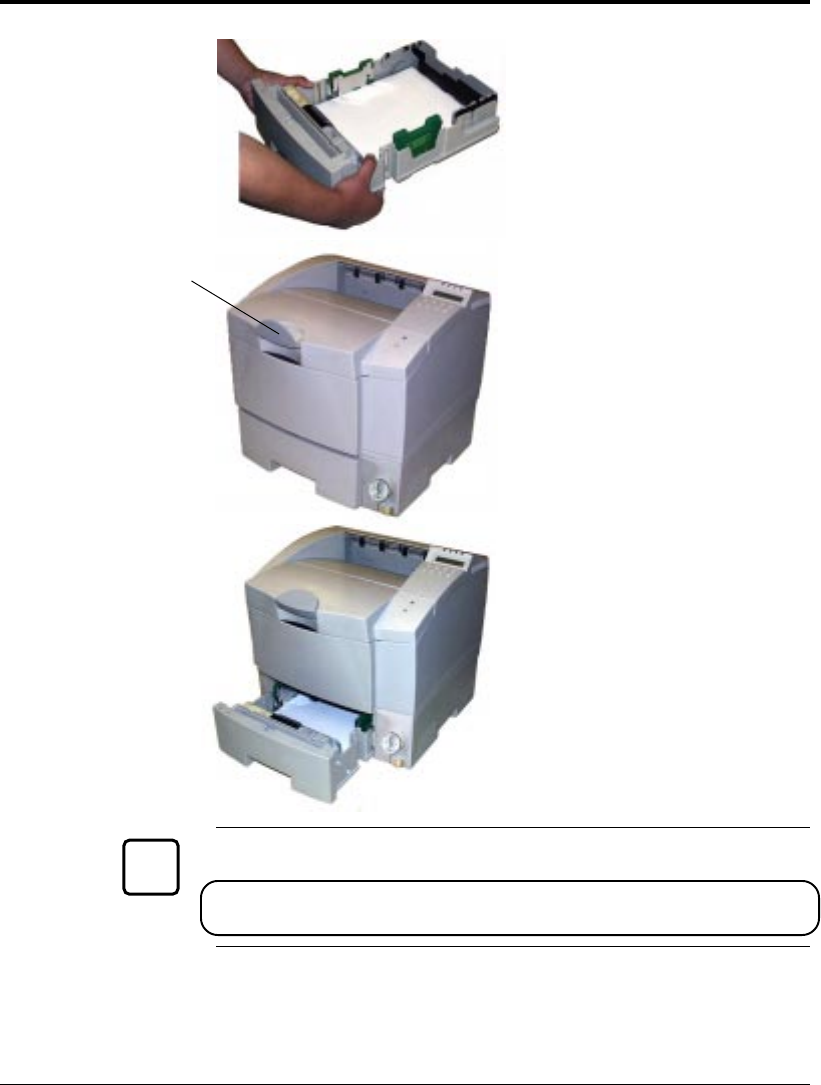
1-12 User’s Manual
Setting Up
7. Arrange paper edges. Rock
the paper tray to gather the
edges of the stack together
to ensure correct
positioning of paper in the
tray.
8. Raise the paper stopper.
9. Install the paper tray.
Align the sides of the tray
with the guide grooves of
the tray slot and firmly slide
the tray all the way into the
slot.
Important:
Do not turn the paper size dial after you have loaded paper.
Changing the dial setting causes a paper mismatch error when
printing the paper.
✍
036
037 Paper
stopper
038

User’s Manual 1-13
GETTING
STARTED
Using the Multi-function Feeder (12MX only)
The multi-function feeder (MFF) is built in the PrintPartner 12MX
(not available for the PrintPartner 12M). It is useful to print a lot of
thick paper, envelopes, or transparencies. It can hold and deliver 100
sheets of 0.09 mm thick paper or 30 envelopes.
Important:
When using paper, do not leave the paper in the multi-function
feeder for long time. It may cause waving of paper and dropouts in
printing.
Because the MFF does not have a mechanism that detects the
physical size of paper in use, you must inform the printer of the
paper size. Use the MFF paper size menu to select a paper size which
equals the size of paper loaded in the MFF. See Chapter 2.
To use the multi-function feeder, follow these steps. For details, see
Chapter 2.
1. Open the front cover.
2. Extend the paper support.
Pull the center top of the
paper support all the way.
3. Adjust the paper guides.
Slide the paper guides to fit
the width of the paper
snugly.
4. Load paper. Place the
paper stack on the MFF and
push it all the way until its
front portion is stopped.
5. Open the rear stacker. If
necessary, open the rear
stacker.
6. Extend the subguide.
Setting Up
✍
040
Rear stacker
Paper support
Subguide
MFF with
paper loaded
039
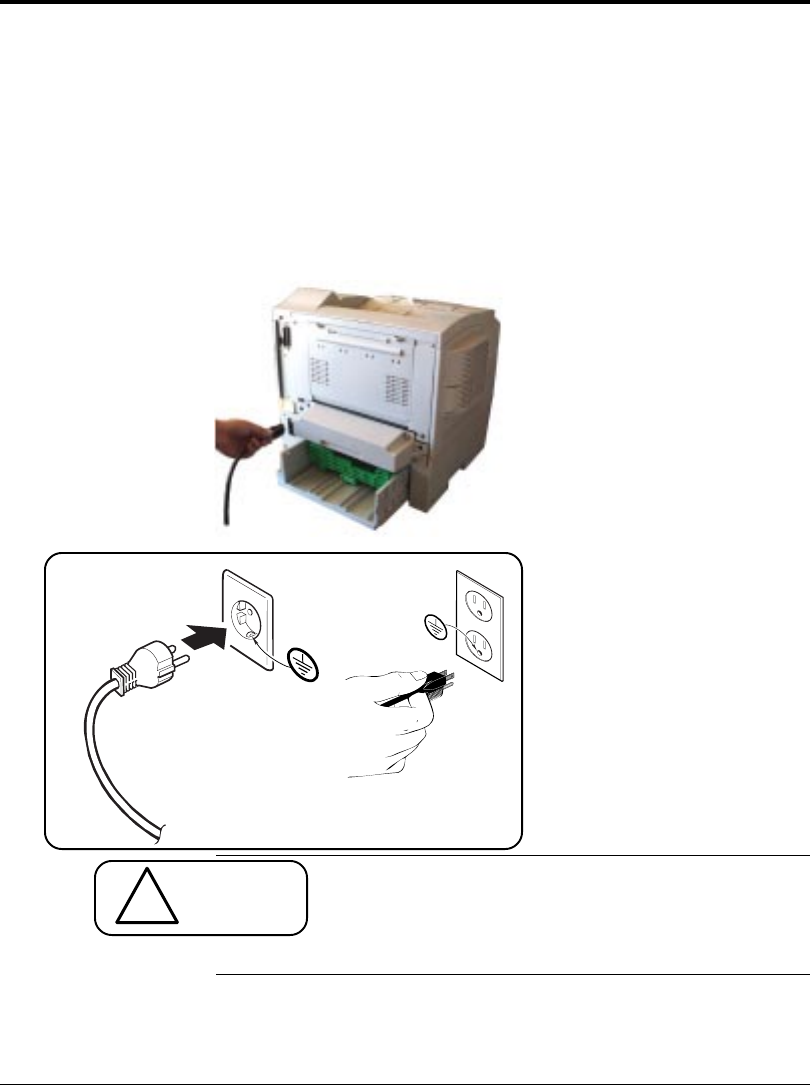
1-14 User’s Manual
Setting Up
Connecting the Power Cord
This printer comes equipped with one of the two voltage ratings:
• 120 VAC (such as for the USA)
• 220 to 240 VAC (such as for Europe)
The manufacturer’s nameplate on the back of the printer indicates
this rating. Confirm that the rated voltage of your printer matches
the voltage of your power outlet.
1. Check that the printer is
turned off. The “O”-
marked side of the switch at
the right front of the printer
should be depressed.
2. Plug the female end of the
power cord into the
connector on the right
back of the printer.
3. Plug the male end into a
wall outlet.
Warning:
For your safety, use only a properly grounded outlet. To avoid
possible electromagnetic interference or power supply problems, do
not use an extension cord.
041
!
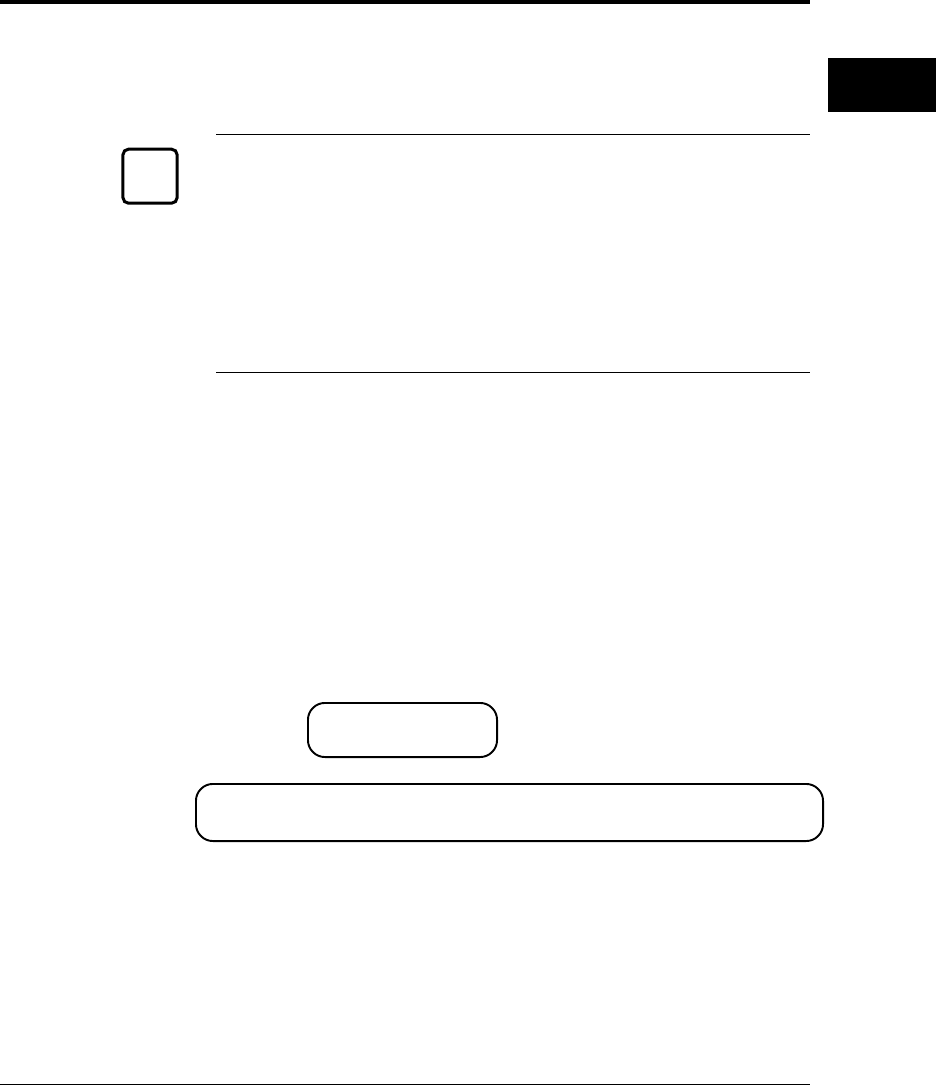
User’s Manual 1-15
GETTING
STARTED
This section explains how to connect the printer to your computer
via the parallel or serial interface.
Important:
The following restrictions apply to interface cables:
• To comply with regulations for radio frequency emissions, use only
shielded cable for computer-to-printer communications.
• The length of the parallel interface cable must be 3 meters (10 feet)
or less.
• The length of the serial interface cable must be 15 meters (50 feet)
or less.
About Interfacing
Generally, you can connect the printer to your computer using a
standard parallel or serial interface. However, if your printer is used
as a network printer, use an optional LocalTalk or Ethernet interface.
An optional infrared interface is also provided.
• Parallel (Centronics) or serial (RS-232C, 12MX only)
Use a serial interface if the printer is not near the computer. Many
computers have both parallel and serial interface ports. Serial
communication can operate up to 15 meters (50 feet). Parallel
communication is normally limited to 3 meters (10 feet).
• Ethernet C, D, F, or GXL (option)
Use Ethernet C, D, F, or GXL if the printer is used in a NetWare
or TCP/IP corresponding.
• USB (option)
Use the universal serial bus if the printer is used in a ......
Whichever interface you use, the printer automatically detects the
interface that the computer is using.
For these options refer to Chapter 3.
Connecting the Printer to Your Computer
✍
Connecting the
Printer to Your
Computer
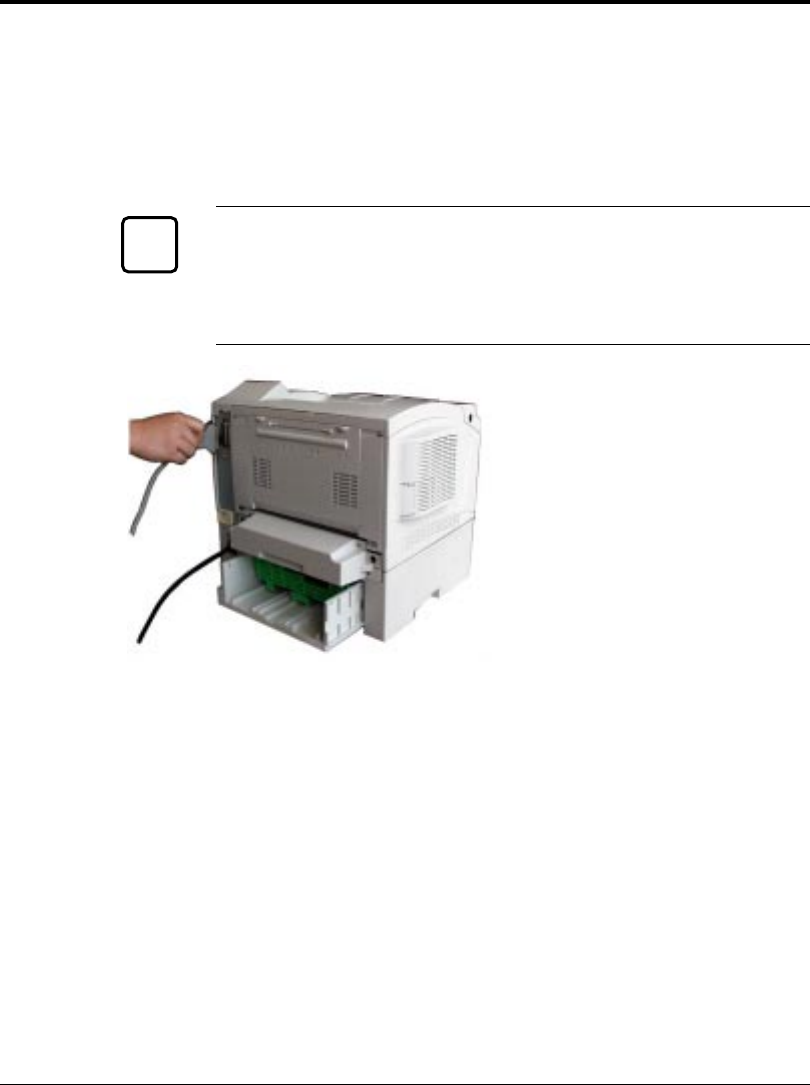
1-16 User’s Manual
Connecting to the Parallel Port
This printer does not come with a parallel interface cable. You can
use a Centronics cable with IEEE 1284 type B connector (sold
separately) at the printer side for this purpose. Your dealer can advise
you on the cable you require.
Caution:
Be sure the printer is turned off before connecting the interface.
Do not touch any connector contacts to avoid possible electrostatic
damage to the printer.
To make the connection,
plug the cable connector
into the parallel interface
port on the back of the
printer. Secure the
connector with the wire
clips. Plug the other
connector into your
computer’s parallel port.
Consult your computer
documentation if you need
help.
Connecting to the Serial Port (12MX only)
Connecting to the serial port involves the following tasks:
• Connect the interface cable to the printer and your computer.
• Print out the status report to check the serial parameter settings.
Connecting the Printer to Your Computer
☞
043
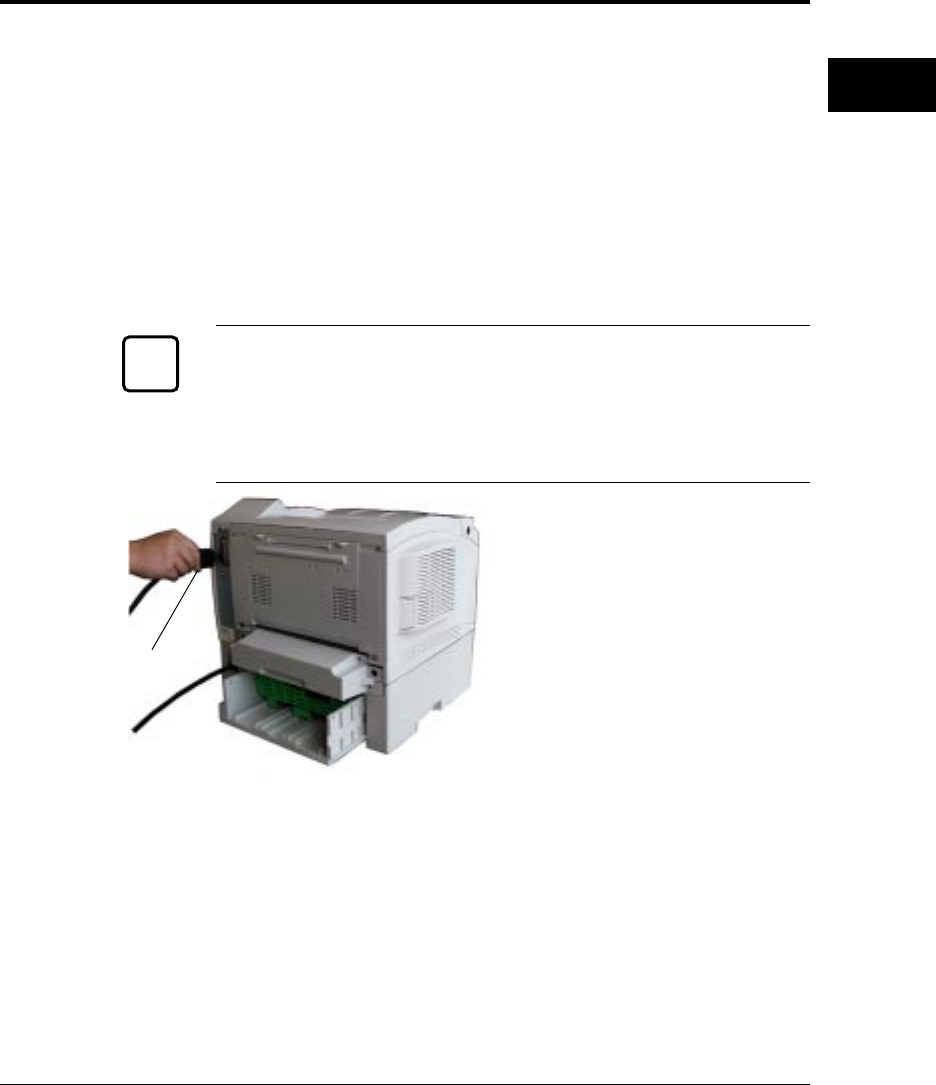
User’s Manual 1-17
GETTING
STARTED
Connecting the Serial Interface Cable
To connect to the serial interface port, you need a cable correctly
wired for this printer and your computer. The cable must also have
the proper connectors. Your dealer or technical support person can
supply you with the proper cable.
The serial interface of this printer requires a null-modem cable with a
male D-SUB 9-pin connector at the printer side. Refer to your
computer documentation for the type of connector required by its
serial port.
Caution:
Be sure that the printer is turned off before connecting the interface
cable.
Do not touch any connector contacts to avoid possible electrostatic
damage to the printer.
To make the connection,
plug the cable connector
into the serial interface port
at the back right of the
printer. Secure the
connector by tightening the
screws in the connector
hood. Plug the other
connector into your
computer’s serial port.
Consult your computer
documentation if you need
help.
Verifying Serial Parameter Settings
Next, you must make sure the serial parameter settings are the same
between the computer and the printer. Consult your computer and
software documentation to determine the settings your computer
uses. Then compare these to the printer’s settings in the following
table.
Connecting the Printer to Your Computer
☞
044
Secure
holding screws
Insert
connector
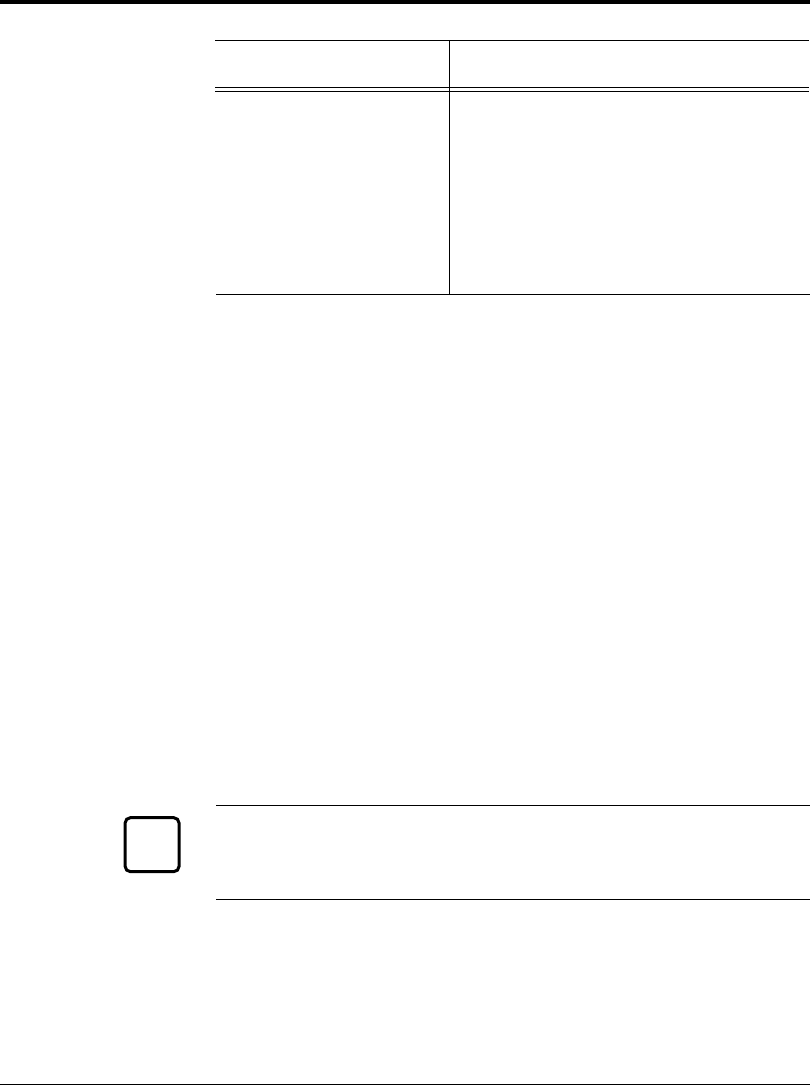
1-18 User’s Manual
Item Parameter setting (printer side)
Baud rate 9600 (default)
Data bits 8 (fixed)
Stop bits 1 (fixed)
Parity None (fixed)
Pacing (protocol) DTR (default)
DTR polarity HI (default)
ROBUST (XON/XOFF) Off (default)
If the settings match, the installation is complete. If the interface
parameters of the printer and the computer do not match, the
message display indicates COMM.ERROR. The printer may not
respond at all or it may print wrong characters. Change the settings
in one of the two ways:
• Change options of the serial menu in setup mode.
• Set permanent defaults in your computer to match the printer’s
defaults.
On an IBM PC or compatible computer running MS-DOS, you can
set permanent defaults by placing the following commands in your
AUTOEXEC.BAT file:
MODE COM1:9600,N,8,1,P
MODE LPT1:=COM1:
Also make sure that the file MODE.COM is in your boot directory.
Then whenever you boot your computer, the computer will print
through the serial port using the printer’s settings.
Important:
For information on DOS files and commands, consult your DOS
manual or the manual supplied with your computer.
Note that you may also be able to specify serial parameters through
your software programs. Some software programs allow you to
specify the printer port and serial settings from within the program.
Consult the documentation supplied with the software.
✍
Connecting the Printer to Your Computer
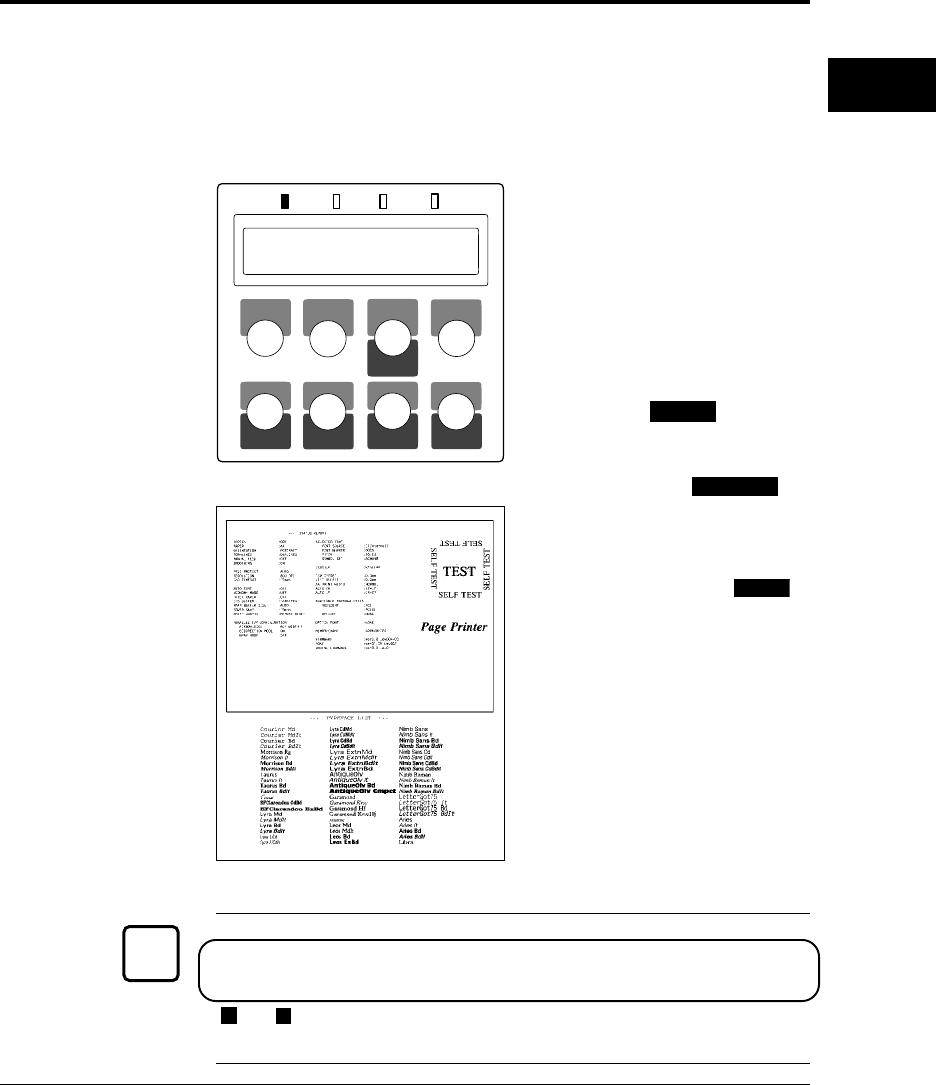
User’s Manual 1-19
GETTING
STARTED
POWER ONLINE DATA ERROR
MFF
PAPER SIZEPAPER SIZE
PRINT
FONT
SELF
TEST
RESET
CONT. ENTER
–
+
MENUREADY
FORM
FEED
RESET
MENU
SELECT
Printing a Test Page Offline
Printing a Test Page Offline
The printer has a status report function which prints a page
summarizing printer option settings and showing samples of resident
fonts. Use this function to check the printer performance offline.
1. Turn the printer on. The
printer initializes the
mechanism and then enters
the ready state. The message
display indicates
<<<INITIALIZE>>>,
WARMING UP, then READY.
2. Print a test page offline.
Press the
READY
button to
put the printer offline (the
ONLINE indicator turns
off). Press the SELF TEST
button for more than five
seconds. The message
display indicates PCL PAGE
CONFIG. Press the
ENTER
button to start printing.
The message display
indicates SELF TEST and
the DATA indicator flashes.
A status report page is
printed.
Check that the printing is
successful.
Important:
You can select IBMPRO PAGE CONFIG or EPSON PAGE CONFIG
for both models or FPS PAGE CONFIG for PP12MX by pressing the
+
or
–
button while the message display indicates PCL PAGE
CONFIG.
READY
✍
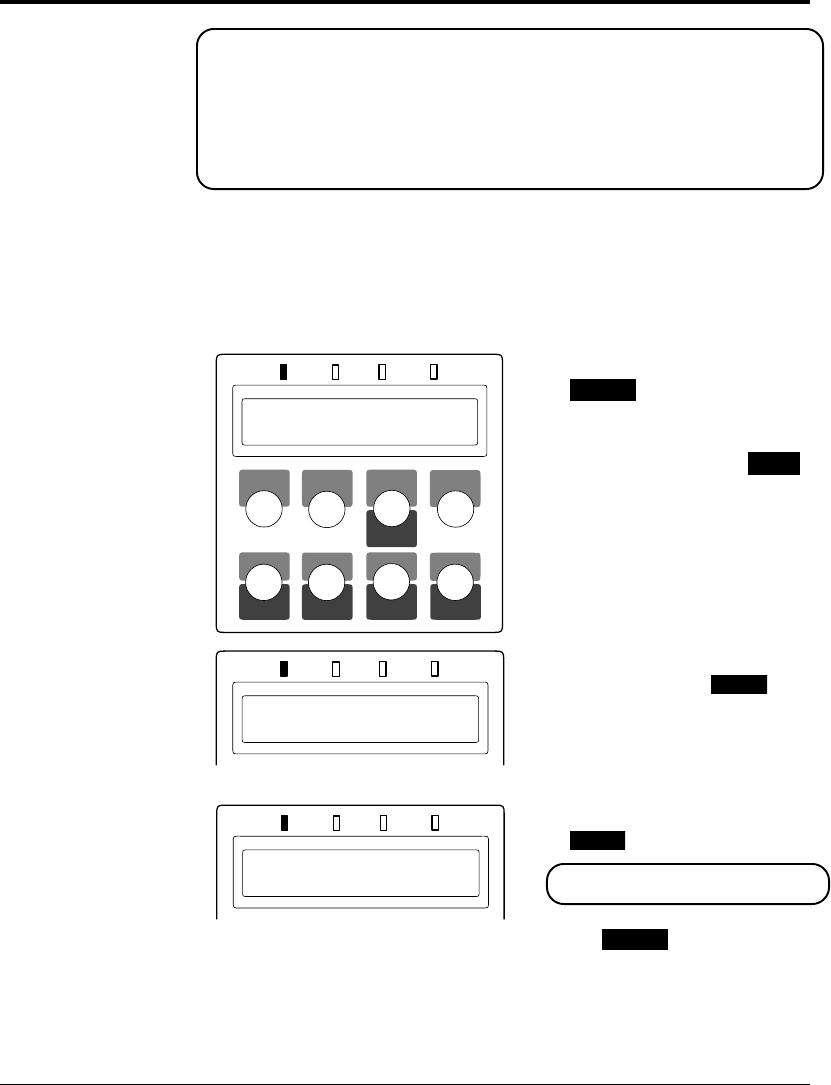
1-20 User’s Manual
POWER ONLINE DATA ERROR
MFF
PAPER SIZEPAPER SIZE
PRINT
FONT
SELF
TEST
RESET
CONT. ENTER
–
+
MENUREADY
FORM
FEED
RESET
MENU
SELECT
POWER ONLINE DATA ERROR
Selecting an Emulation
PERSONALITY
AUTO*
READY
POWER ONLINE DATA ERROR
SETUP MENU
CONFIG MENU
Selecting an
Emulation The PrintPartner 12M has three emulations as a standard feature:
PCL6, IBMPRO, and EPSON. The PrintPartner 12MX has four
emulations: PCL6, FPS, IBMPRO, and EPSON. You can use these
emulations to connect your printer to different computers. PCL6
emulates HP LaserJet 5 printers, IBMPRO emulates IBM
Proprinters 4204, EPSON emulates EPSON EX-800 printers, and
FPS emulates PostScript Level 2 compatible printers by the
PowerPage® Level 2 interpreter.
The printer automatically selects the active emulation with default
settings. To specify an emulation, se the control panel in menu mode
and use the Personality menu of the Config menu as shown below.
1. Enter setup mode. Press the
READY
button to put the
printer offline (the
ONLINE indicator turns
off). Then, press the
MENU
button briefly six times.
The message display
indicates SETUP MENU
CONFIG MENU.
2. Select the Personality
menu. Press the
ENTER
button briefly. The message
display indicates
PERSONALITY AUTO*.
3. Select emulation. Press the
ENTER
button briefly. The
option AUTO changes to
PCL, PS, IBMPRO, EPSON
then back to AUTO. Press
the
READY
button when
the desired option is
displayed.
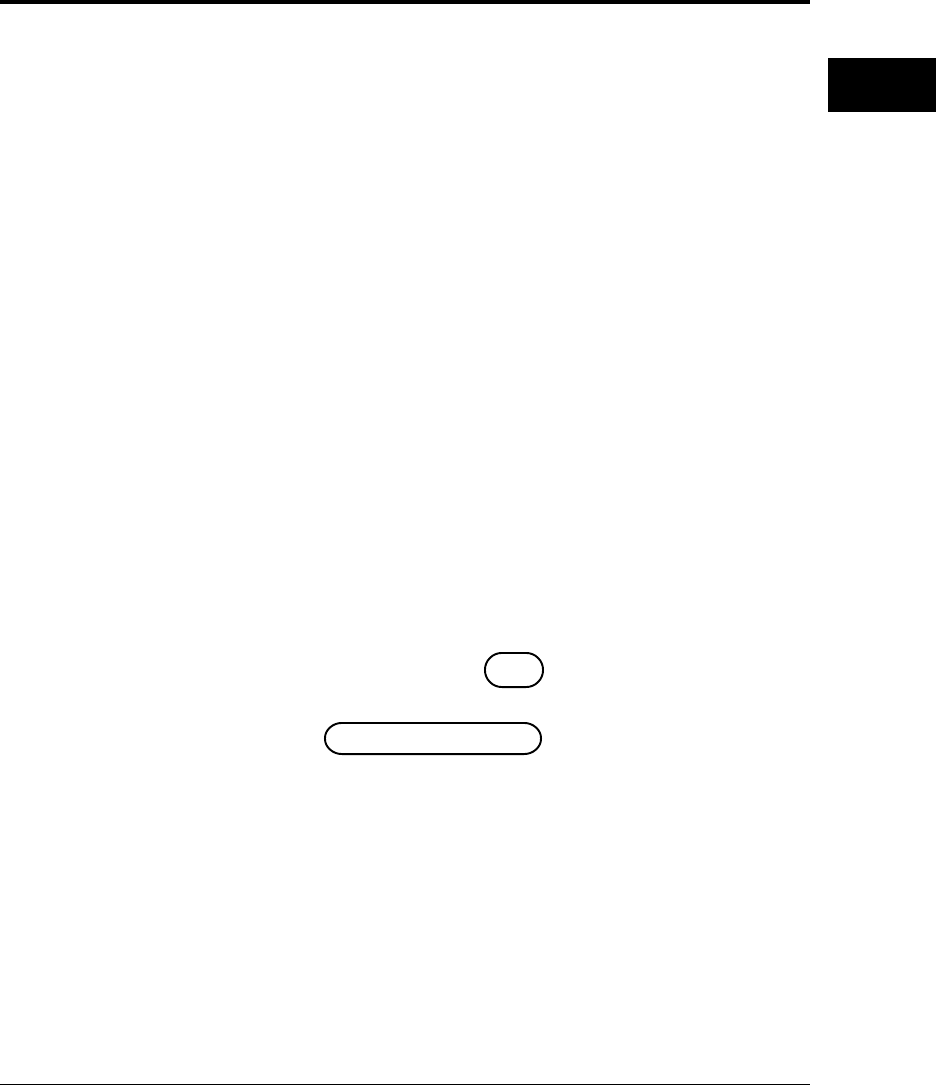
User’s Manual 1-21
GETTING
STARTED
The selected emulation is selected (an asterisk is followed). Once you
change the emulation, the other menus automatically change to
reflect the options and functions of the new emulation. For details of
the setup menu, see Chapter 2.
Now that you connected your printer to the parallel port of the
computer, you are ready to install a Windows printer driver into
your computer. The Windows printer driver is essential for
controlling your printer in Microsoft Windows environments.
Several printer drivers are contained in the attached software set
consisting of a CD-ROM and a floppy disk.
Printer drivers in the CD-ROM are:
• Standard drivers for Windows 95/98
• FPS drivers for Windows 95/98
• Standard driver for Windows NT 3.51
• FPS driver for Windows NT 3.51
• Standard driver for Windows NT 4.0
• FPS driver for Windows NT 4.0
If your printer is 12M, note that the FPS drivers are only available
with an optional FPS card.
Printer drivers in the floppy disk are:
• Standard drivers for Windows 3.X
Standard drivers are to be installed when your printer is used as a
PCL printer, IBMPRO and EPSON drivers are to be installed when
your printer is used instead of a serial printer, and FPS drivers are to
be installed when your printer is used as a PostScript printer.
When you are using Windows 95/98 or Windows NT 4.0, it is
recommended that you should install a printer driver using
MarkVision™ because the printer driver is reinforced with
MarkVision™’s features such as remotely changing settings of a
network printer and checking status of a network printer. For
MarkVision™, see the next section.
To install a printer driver in Windows 95/98, note the following:
• When you install the printer driver, the original OS (CD-ROM or
floppy disks) is required during installation.
Installing a Printer Driver
Installing a
Printer Driver
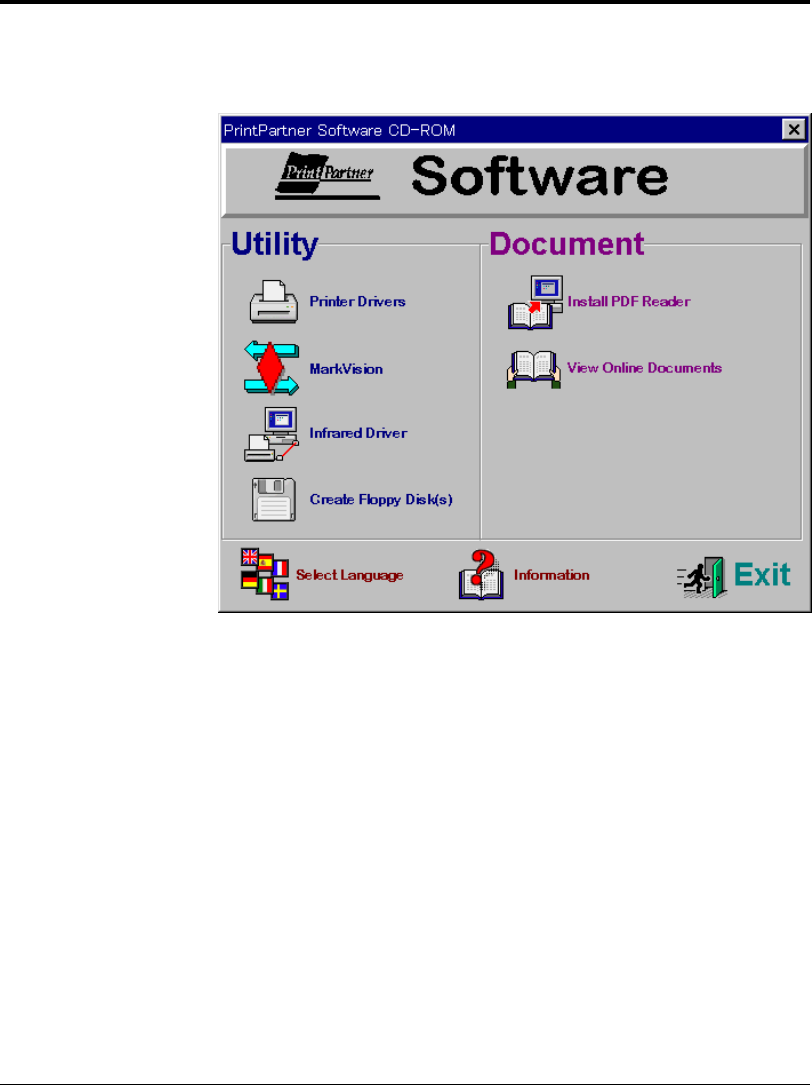
1-22 User’s Manual
When the CD-ROM is installed, the following menu screen is
displayed in Windows 95/98 or Windows NT 4.0.
Installing a Printer Driver
Get to Know Your Printer Driver
The Printer Driver has two functions:
1. it automatically translates formatting choices, such as tab settings
or boldface type, into commands the printer understands.
2. it allows you to set up the printer according to your needs.
If you encounter problems with this installation, confirm that your
configuration corresponds to the minimum requirements listed on
page vi at the start of this manual. If the configuration corresponds
to these requirements and troubles persist, contact your dealer for
assistance.

User’s Manual 1-23
GETTING
STARTED
When running application programs under Windows, you select the
printer type in the application program itself before you print a
document.
Important:
If you encounter conflicts with other already installed external drivers
that use bidirectional communication on the Centronics port or with
drivers of other dedicated Windows printers used in parallel with this
printer (conflicts like the failure to establish communication between
the Printer Driver and the printer), remove these from Windows and
reinstall the PrintPartner 12M or 12MX Printer Driver.
Printer Drivers Supplied by the CD-ROM
To install printer drivers contained in the CD-ROM, see the booklet
“Quick Start” enclosed in the CD-ROM envelope.
Printer Drivers Supplied by the Floppy Disk
The floppy disk of the software set contains the Windows 3.X
Printer Standard Driver only. To install it, follow these steps:
1. Start Microsoft Windows 3.X.
2. Insert the floppy disk into drive A.
3. Click “File” and choose “Run”.
4. Type A:INSTALL, then press ENTER.
5. From here, follow the instructions on the screen.
The FUJITSU PrintPartner 12M or 12MX Windows 3.X Standard
Printer Driver is now installed.
For further details, see the driver’s Readme file.
Installing a Printer Driver
✍

1-24 User’s Manual
Installing Other Software
This section provides information about the two kinds of printer
management software contained in the CD-ROM supplied with this
printer. The topics are:
•PPMENU: Enables you to remotely control or configure your
printer’s features from your computer’s screen.
•MarkVision™: Monitors printer status (status is displayed with text
and graphics), displays optional printer’s features, and cooperates
with printer drivers. It also describes the printer control panel
function by which MarkVision™ allows you to remotely operate
your printer from the printer control panel displayed on your
computer’s screen.
Note that PPMENU is available in MS-DOS, PC-DOS, or
Windows DOS prompt environments and MarkVision™ is available
in Windows 95, Windows 98, or Windows NT4.0 environments.
PPMENU
Generally, the printer driver controls the printer. You can also
control the printer using the remote setup utility program called
PPMENU, stored in the attached CD-ROM.
PPMENU allows you to easily change your printer’s features directly
from your computer. You use it to configure your printer to suit the
requirements of your computer, software, and documents to be
printed.
The parameters you can change using PPMENU affect page layout,
font, and printer control. If your software programs have printer
drivers, those printer drivers control the parameters for you.
Therefore, it may not be necessary to change the settings using
PPMENU.
PPMENU needs to be installed only if you will print from DOS or
DOS based applications.
To install PPMENU, see the booklet “Quick Start” enclosed in the
CD-ROM envelope.
For more details and the latest modifications, refer to the
“ReadMe.txt” file concerning PPMENU.
Installing Other
Software
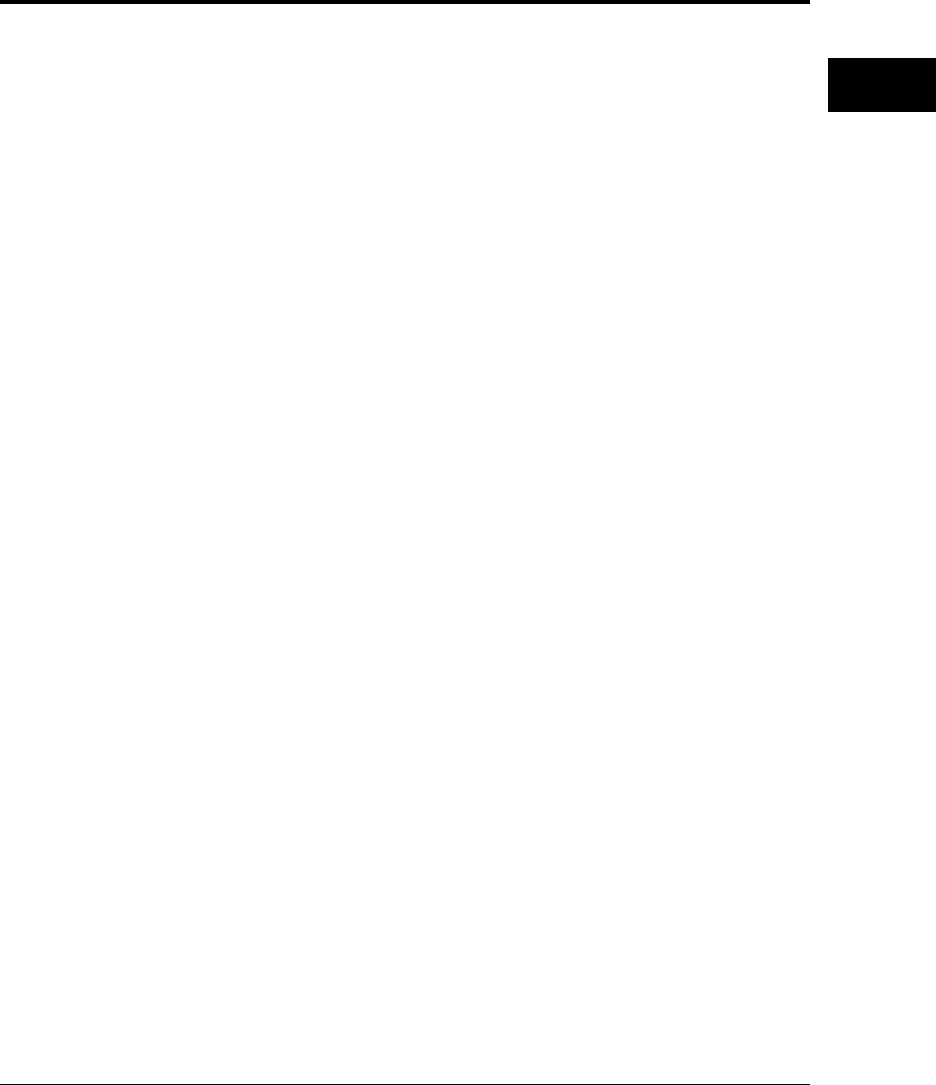
User’s Manual 1-25
GETTING
STARTED
Lexmark’s MarkVision™
MarkVision™ by Lexmark is an integrated software for managing
printers, contained in the CD-ROM. It has the following main
functions:
• Monitoring the printer
• Displaying the printer status and features (including options) and
statistics
• Providing the printer control panel on the computer’s screen
(Remote control panel)
These functions are most effective and valuable for remote printers in
network environments.
MarkVision™ is automatically activated when an abnormal
condition occurs in the printer. It operates in Windows 95/98
environments only.
The remote control panel is quite a nice function that enables you to
easily and remotely operate the printer even if your printer is set up
remotely. MarkVision™ displays the printer control panel on the
computer’s screen and gives you the exactly same functions as
available with the control panel of the printer. You can perform a
function by clicking a button on the computer’s screen without
pushing a button of the printer’s control panel.
To install MarkVision™, see the booklet “Quick Start” enclosed in
the CD-ROM envelope.
For more details and the latest modifications, refer to the operation
guide PDF document file and the “ReadMe.txt” file concerning
MarkVision™ in the CD-ROM.
Installing Other Software

1-26 User’s Manual
Printing Your First Document
Your printer should be set up and connected to your computer. This
section explains how to test your installation setup by printing a trial
document from an application program under Windows. To test the
printer alone, without your computer, you can use the status report
printing which does not require the use of a computer. See Printing
a Status Report in Chapter 2.
Turn on your printer and observe the initialization sequence. If no
RAM (extra memory) cards have been installed, the sequence lasts
about one minute, during which the following events occur:
• The printer conducts a number of self-checks.
• The main motor rotates to check mechanical functions and clean
the drum.
• The message display indicates READY, indicating the printer is
ready for printing.
The following procedures show you how to print your trial
document.
To print a trial document, follow these steps:
1. Start Windows and a Windows application.
2. Open your trial document.
Select an existing or start a new document. Choose a small
document for the first trial.
3. Select PP12M or PP12MX as the document printer.
In most programs, you make the selection in a print menu.
Consult your program documentation for the exact procedure.
4. If desired, change the font(s) in the document to one of the
fonts offered by your application.
5. Check the printer.
Look in the main window of the Print Manager to make sure the
printer is activated.
6. Print your document.
Start the program. The default paper size is fixed to A4 (for
Europe) or Letter (for the USA).
Printing Your First
Document
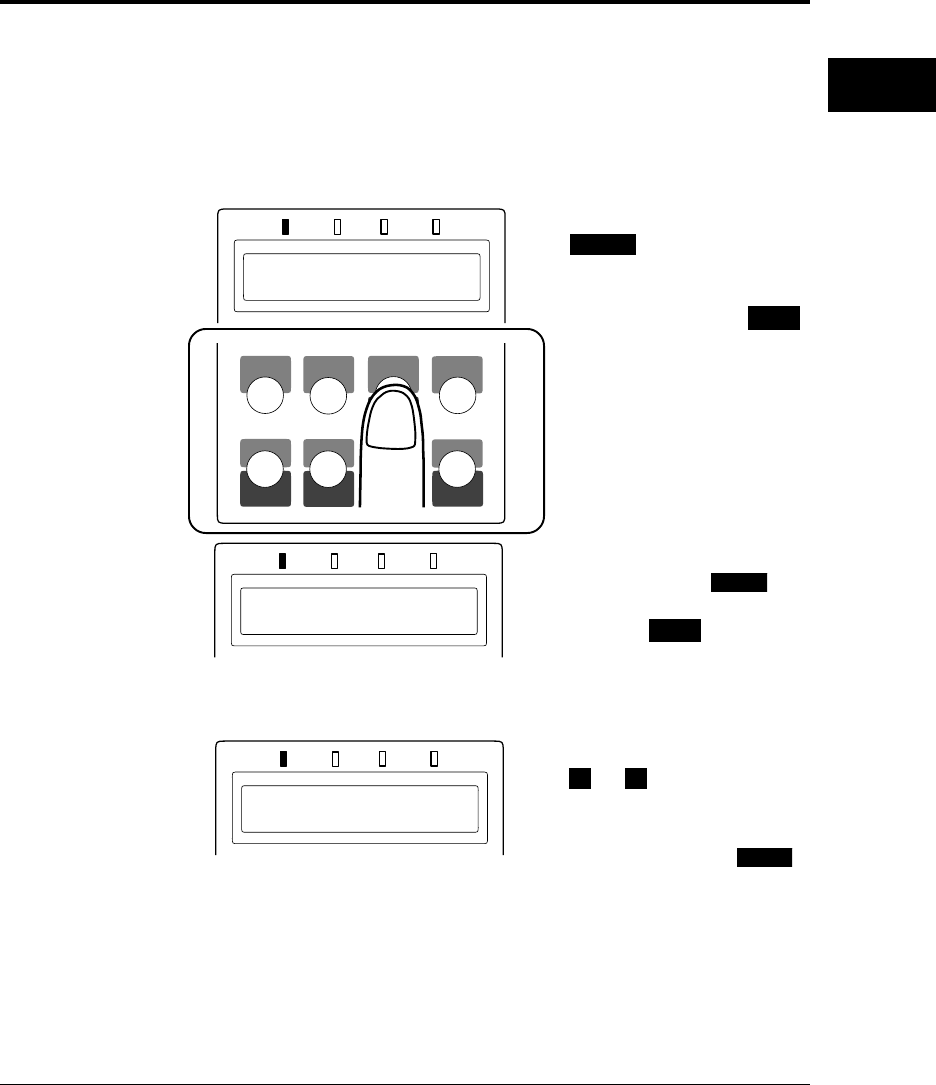
User’s Manual 1-27
GETTING
STARTED
POWER ONLINE DATA ERROR
Printing Your First Document
Adjusting Print Density
If you feel that the printout is too light or too dark, adjust the print
density from the control panel in setup mode. After making the
adjustment, print your trial document again and check the results.
Use the Toner density menu of the Quality menu as shown below.
1. Enter setup mode. Press the
READY
button to put the
printer offline (the
ONLINE indicator turns
off). Then, press the
MENU
button briefly two times.
The message display
indicates SETUP MENU
QUALITY MENU.
2. Select the Toner density
menu. Press the
ENTER
button briefly once. Then,
press the
MENU
button
briefly three times. The
message display indicates
TONER DENSITY 5*.
3. Change density. Press the
+
or – button briefly.
The option changes
between 1 (lightest) and 10
(darkest). Press the
ENTER
button when the density
you estimate proper is
displayed.
The selected density is selected (an asterisk is followed). For details of
the setup menu, see Chapter 2.
POWER ONLINE DATA ERROR
TONER DENSITY
5*
READY
POWER ONLINE DATA ERROR
SETUP MENU
QUALITY
MENU
MFF
PAPER SIZEPAPER SIZE
PRINT
FONT
SELF
TEST
RESET
CONT. ENTER
–
+
MENUREADY
FORM
FEED
RESET
MENU
SELECT
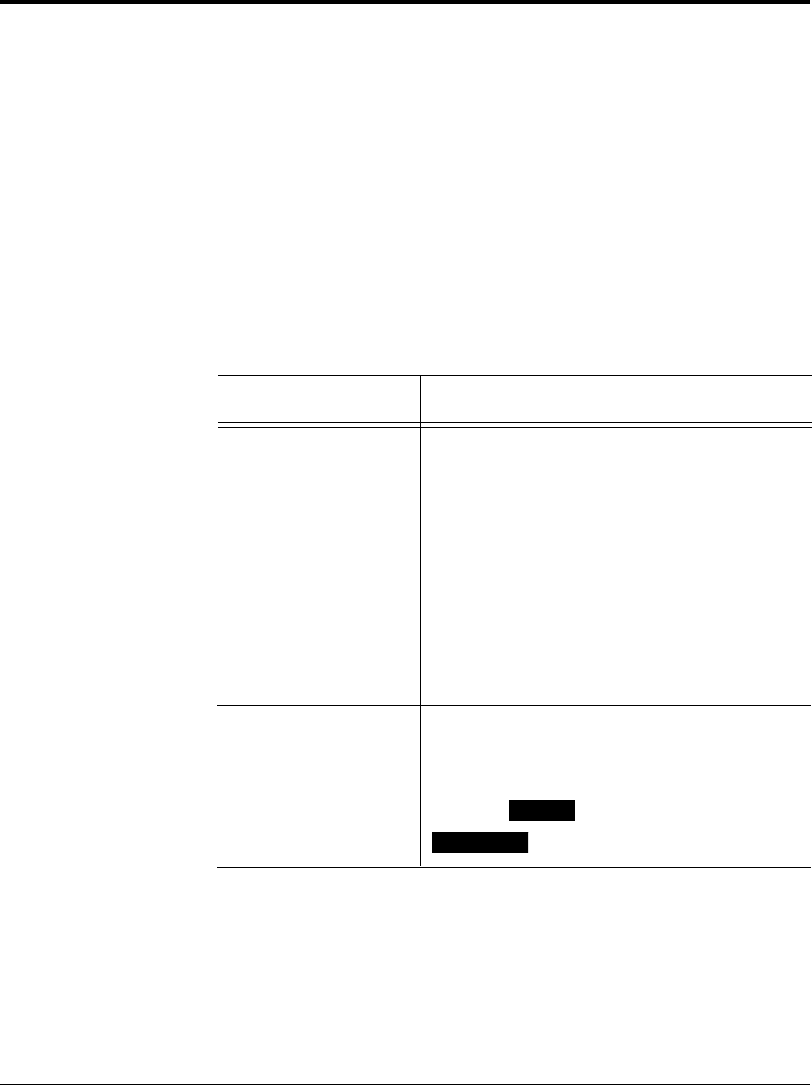
1-28 User’s Manual
If you see a problem with the printed pages other than print density,
see Chapter 5 for possible causes and solutions.
If your document printed successfully, skip the next subsection If
Something Goes Wrong.
If Something Goes Wrong
This section briefly discusses the most common problems you might
encounter. For more complete troubleshooting information, see
Chapter 5. Chapter 5 also describes all printer error and status
indicators.
Problem Remedy
No response by printer Ensure that:
• The printer is turned on and online. The
ONLINE indicator should be lit.
• The cable from the computer to the
printer is properly connected at both
ends.
• Your software program has sent the print
data to the printer. Many programs have
a printer control function that shows
print
No printout; DATA The printer has received data from the
indicator on computer but has not printed the page. To
print the page, put the printer offline by
pressing
READY
briefly then press
FORM FEED
.
Printing Your First Document
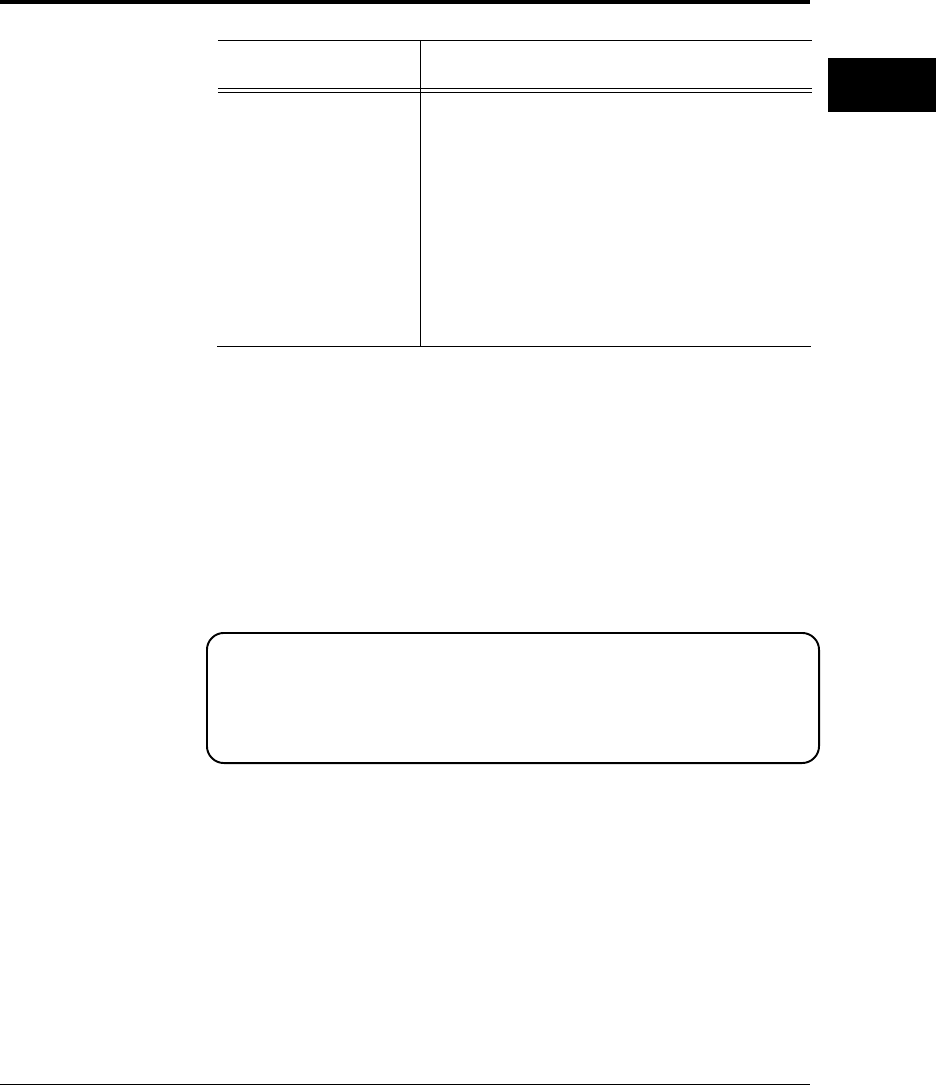
User’s Manual 1-29
GETTING
STARTED
Where To Go From Here
Where To Go
From Here
Problem Remedy
Unreadable printout Possible causes and solutions are:
• A wrong printer driver is selected. Select
the PrintPartner 12M or 12MX printer
driver as the document printer.
• The document contains unknown
printer commands. Remove any setup
strings or embedded commands, or print
the document with a Text only or ASCII
text print option.
To help you enhance or customize the printer, the user’s manual
contains the following additional information:
• To get information on how to use the control panel and on
handling various types of paper, see Chapter 2.
• To customize printer defaults, see Chapter 2.
• To install additional memory, see Chapter 3.
• To install an additional interface, see Chapter 3.
• To install an additional paper tray, see Chapter 3.
The FPS card is optional for the PrintPartner 12M and the duplex
unit is optional for the PrintPartner 12MX.
• To install a duplex unit, see Chapter 3.
• To install an FPS card, see Chapter 3.

1-30 User’s Manual

User’s Manual 2-1
PRINTING AND
PAPER HANDLING
2
CHAPTER
Printing and Paper Handling
This chapter provides information you may need for day-to-day
printing. The topics are:
• Control panel tutorial
The tutorial describes the indicators, message display, and buttons.
It includes an example of how to use the control panel.
• Control panel functions
This section describes the functions by buttons.
• Menu functions
This section describes how to use the control panel for customizing
printer defaults.
• Handling paper
This section describes how to print on various types of paper.
This section introduces the printer’s control panel, beginning with a
description of the indicators, message display, and buttons. The
tutorial describes the use of the buttons in some detail and follows
with an example.
The Control Panel
The control panel consists of four indicators, a message display, and
eight buttons. The physical buttons are beneath the LCD display.
The top row of labels represents basic functions. The bottom row of
labels represents secondary functions. See later in this section for a
list of functions.
Control Panel
Tutorial
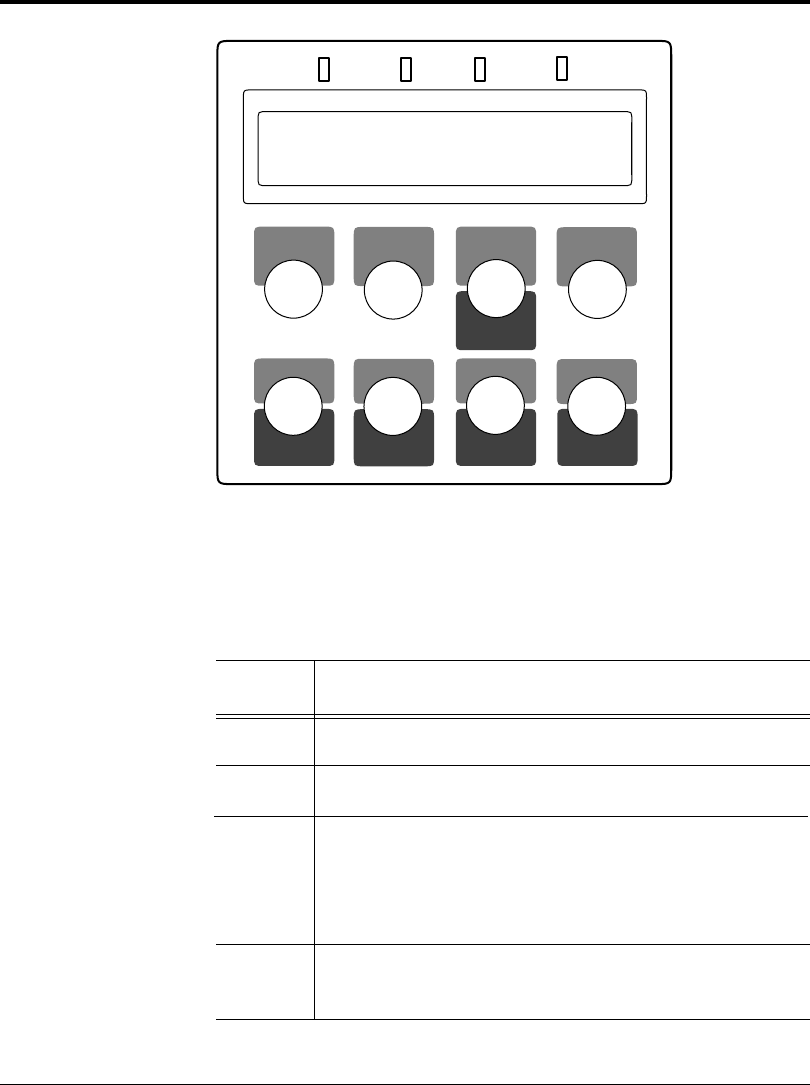
2-2 User’s Manual
Control Panel Tutorial
POWER ONLINE DATA ERROR
MFF
PAPER SIZEPAPER SIZE
PRINT
FONT
SELF
TEST
RESET
CONT. ENTER
–
+
MENUREADY
FORM
FEED
RESET
MENU
SELECT
Figure 2–1 Control panel
Indicators
The control panel has four labeled LED indicators across the top.
Indicator Meaning
POWER Indicates printer power is on.
ONLINE Indicates the printer is online and ready to print.
DATA Flashes when data is being sent from your computer.
Lights steadily to indicate the printer’s buffer contains
unprocessed data.
ERROR Indicates a printer error has occurred. Details are
indicated by the message display.
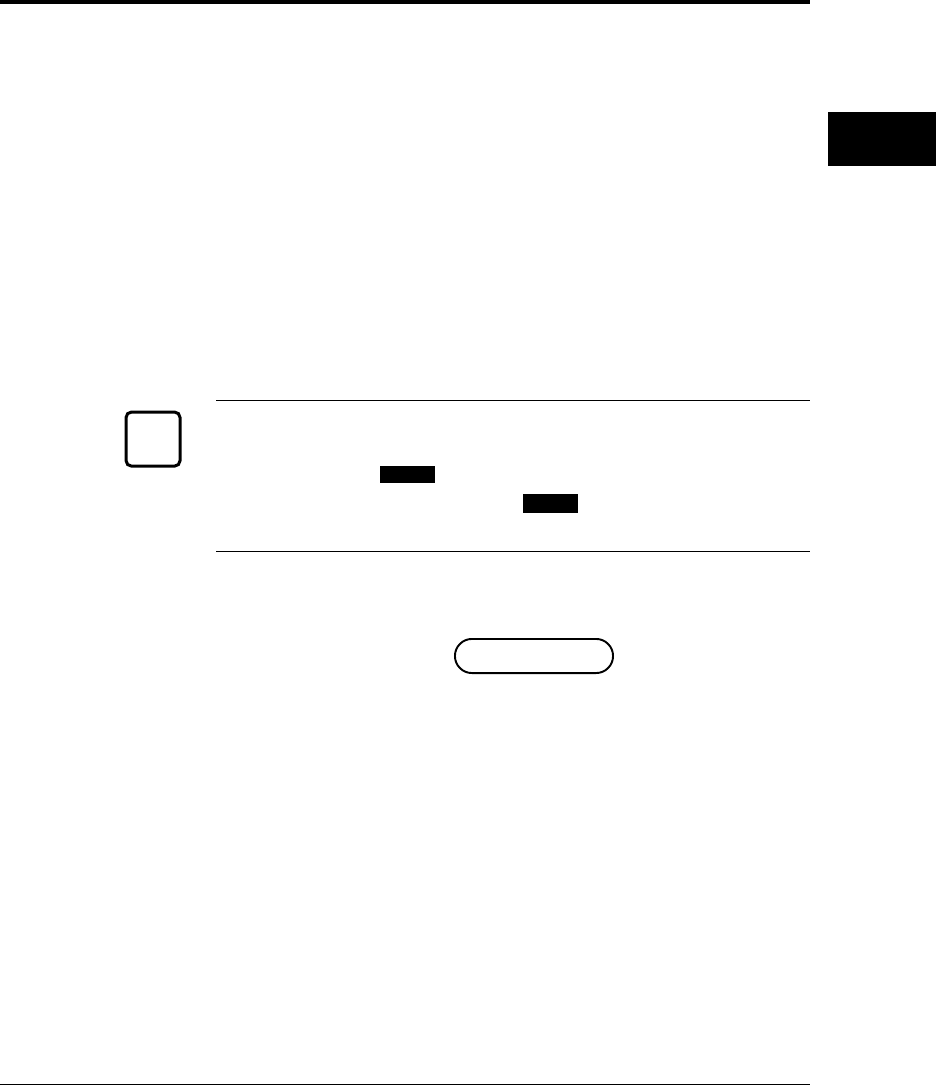
User’s Manual 2-3
PRINTING AND
PAPER HANDLING
Control Panel Tutorial
Message Display (LCD)
The message display uses a liquid-crystal display representing status
and errors by two lines of sixteen characters. In operating mode, it
may show:
• What the printer is doing
• Whether the printer is ready to print
• When paper should be added
• When paper should be manually inserted
• When the toner bottle needs to be replaced
• When the print unit needs to be replaced
• An error message condition such as paper jam
Important:
A "Ready" message means the printer has no data to print without
any errors and the
READY
button is not pressed. "Not Ready" means
the printer detected an error or the
READY
button was pressed in the
Ready state.
Error messages inform you of conditions requiring your attention,
such as TRAY
n
PAPER OUT, COVER OPEN
n
, or PAPER JAM
n
.
They also warn you of hardware problems, such as FUSER FAILURE
or BD CYCLE ERROR. The TONER LOW
n
message informs you
that the toner bottle needs replacement. See Chapter 5 for a
complete list of messages and explanations.
In tray select mode or MFF paper size mode, the message display
shows the selected tray or the selected paper size respectively. In
menu mode, the message display shows menu items and option
selections. These modes are explained later in this chapter.
Buttons
One or two functions are assigned to a button. To use the functions
represented by the top labels, simply press the button. To use the
functions represented by the bottom labels, press and hold down the
button for five or more seconds. The following tables summarizes the
functions.
✍
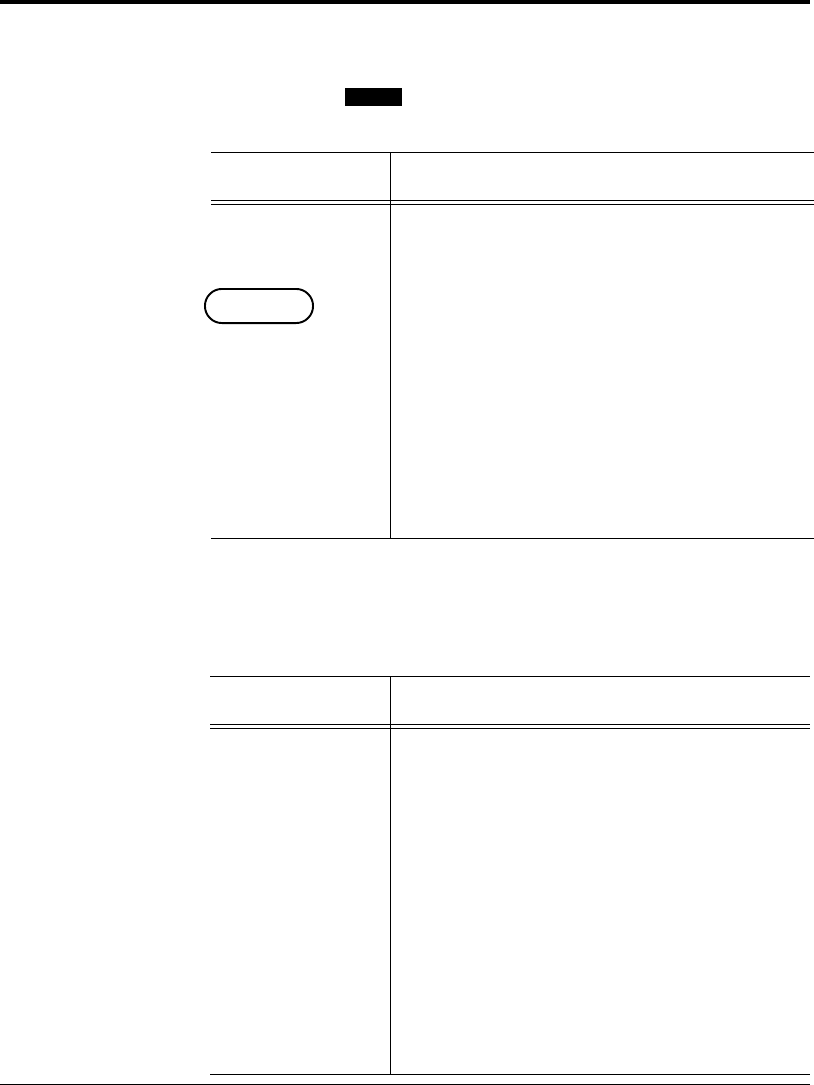
2-4 User’s Manual
Control Panel Tutorial
Pressing the button briefly
Except for the
READY
button, the following buttons are also valid
when the printer is offline.
Button (top label) Function
READY
Switches the printer between online and offline.
FORM FEED
Performs a form feed to print the remaining data.
CONT.
Clears a recoverable error and continues printing.
SELECT
Puts the printer in tray select mode which allows
you to select the paper tray to be used.
MENU
Puts the printer in setup mode.
ENTER
Selects the displayed option as the printer default.
This button and the two buttons below are valid
in setup, tray select, or MFF paper size mode.
+
Displays the next option.
–
Displays the previous option.
Pressing and holding down the button for five or more seconds
The following buttons are also valid when the printer is offline.
Button (bottom label) Function
RESET
Clears the buffer of any print data and puts the
printer through its initialization sequence.
RESET MENU
Besides the above reset function, resets all printer
operation options to their factory default values
except interface settings (parallel menu, serial
menu, and network menu).
MFF PAPER SIZE
Puts the printer in MFF paper size mode, which
allows you to select the paper size to be used.
SELF TEST
Selects the self test menu, which lists printer
operation options currently selected.
PRINT FONT
Selects the print font menu, which lists the fonts
currently available.

User’s Manual 2-5
PRINTING AND
PAPER HANDLING
Control Panel Functions
Changing Message Language (
MENU
)
You can select a language used for control panel messages. Selectable
languages are English, French, German, Italian, Spanish, and Swedish.
To select a language, follow these steps:
1. Turning the printer on while pressing
MENU
.
The message C.P.LANGUAGE ENGLISH appears after printer
initialization.
2. Press the
+
or
–
button until the desired language appears.
Press the ENTER button.
The asterisk appears after the language, indicating the language is
selected.
3. Save the selection.
Pressing the
READY
button saves the new setting and returns the
printer to the ready state. The printer will display the selected
language for messages.
Printing Data Remaining in the Buffer (
FORM FEED
)
Pressing
FORM FEED
tells the printer to advance to the next page.
The practical effect is to print any data remaining in the buffer. For
example, the buffer might contain data from an interrupted print
job. When the buffer contains residual data, the control panel DATA
indicator is steadily lit.
Clearing an Error Condition to Continue Printing (
CONT.
)
When a recoverable error occurred, pressing
CONT.
clears the error
condition and continues printing. For example, you can resume
printing after adding paper in response to a TRAY1 PAPER OUT
message. You can use
CONT.
to ignore a message such as Load
TRAY1 A4. For example, you might want to print a page with A4-
size format on a letter-size sheet.
CONT.
also allows you to override
the INSERT A4 prompt when feeding paper manually. By pressing
CONT.
, the printer prints from tray1 instead.
Control Panel
Functions
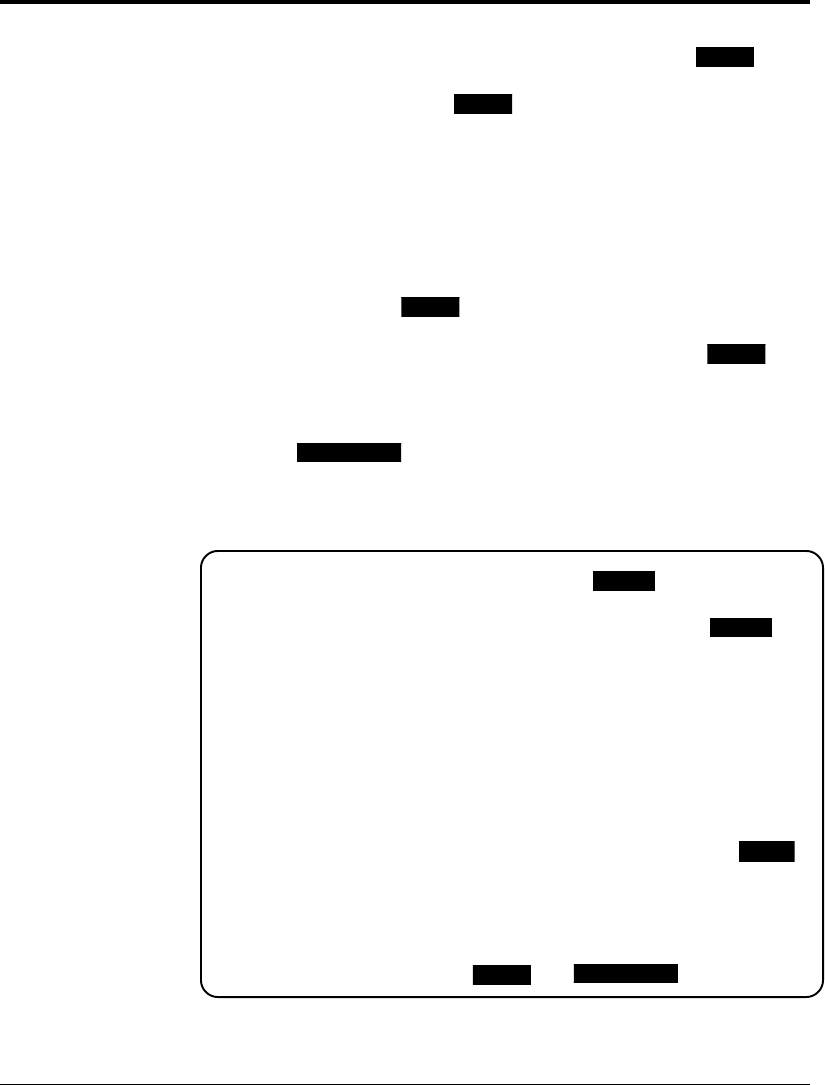
2-6 User’s Manual
Clearing the Buffer and Reinitializing the Printer (
RESET
)
Pressing and holding down
RESET
for five or more seconds clears the
print buffer and tells the printer to initialize itself. You might use
this function if you cancel a print job in the middle and want to clear
the printer and start over. In this case, permanently downloaded
fonts are removed by the initialization process. You must download
the fonts again.
Clearing EEPROM (
RESET
)
Turning the printer on while pressing and holding down
RESET
resets the menu settings of EEPROM to the factory default values.
The message display indicates EEPROM CLEAR for a second,
WARMING UP, then READY (about a minute after). Unlike resetting
menu by
RESET MENU
, this function also resets the interface settings.
Use this function to return all menu settings to the original standard
conditions.
Setting the Fuser Unit Cleaning Mode (
READY
)
Turning the printer on while pressing and holding down
READY
sets
the fuser unit cleaning mode after printer initialization. Before
setting this mode, be sure to remove paper from the manual feeder.
When entering this mode, the printer requests you to set a cleaning
sheet in the manual feeder. Setting a cleaning sheet starts feeding the
sheet to clear the fuser unit. After cleaning, the printer ejects the
sheet and waits for setting of the next sheet.
While the printer waits for setting of the next sheet, pressing
CONT.
clears the cleaning mode and puts the printer in the ready state.
If an error such as paper jam or cover open occurs during execution
in cleaning mode, the printer returns to the cleaning sheet waiting
state after the error is cleared.
RESET
and
RESET MENU
are disabled.
Control Panel Functions
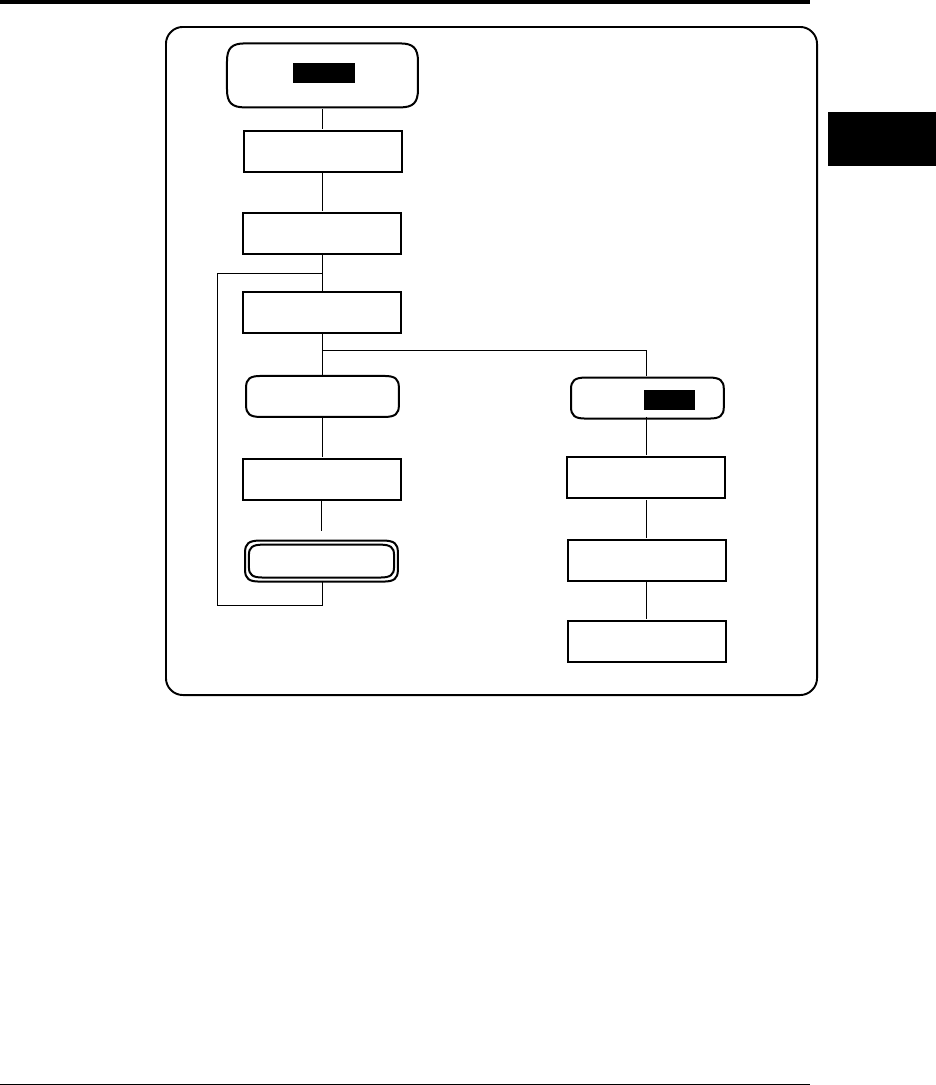
User’s Manual 2-7
PRINTING AND
PAPER HANDLING
➤➤ ➤
➤
➤
➤ ➤
➤➤
➤
➤
<<<INITIALIZE>>>
WARMING UP
INSERT
Cleaning Sheet
CLEANING FUSER <<<INITIALIZE>>>
WARMING UP
READY
Power on with
READY
pressed
Set a cleaning
sheet. Press
CONT.
.
Sheet is ejected.
ONLINE and DATA
indicators are off.
DATA indicator
flashes.
Control Panel Functions
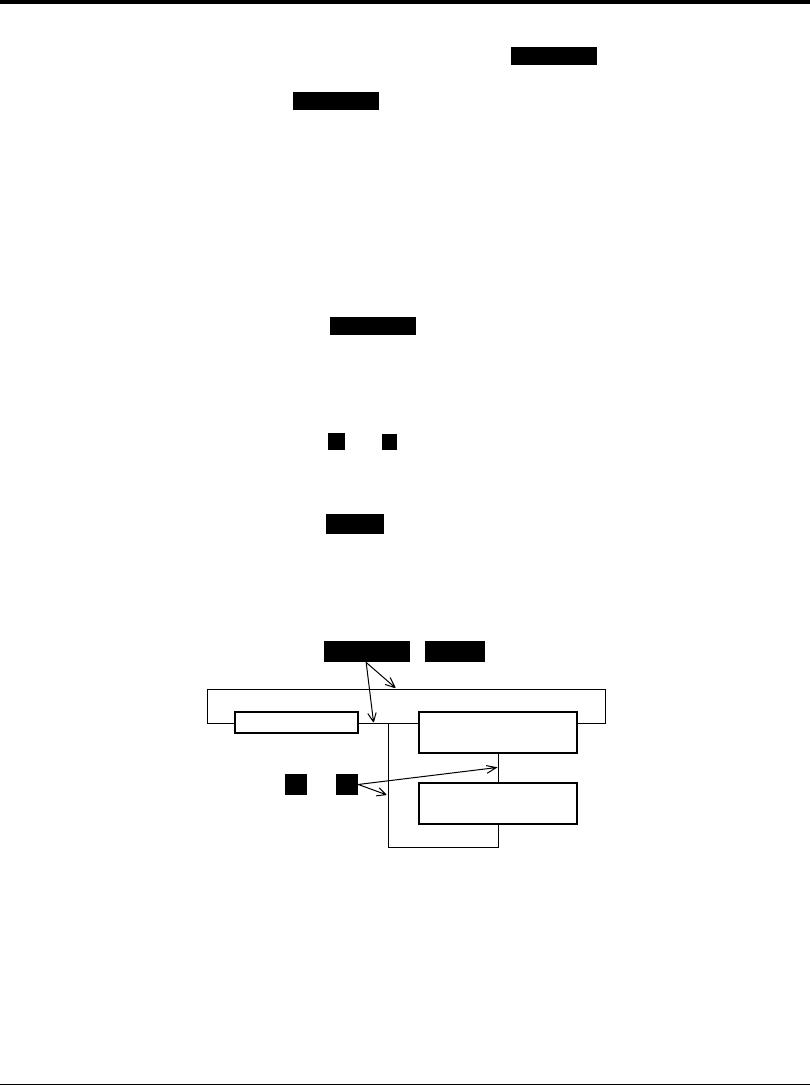
2-8 User’s Manual
Selecting the Self Test Menu (
SELF TEST
)
Pressing
SELF TEST
puts the printer into the self test menu which
allows you to print a status report which lists printer operation
options currently selected in the selected emulation.
To select the self test menu and print a status report, follow these
steps:
1. Make sure that the message display indicates READY with the
ONLINE and DATA indicators off.
2. Press the
SELF TEST
button for five or more seconds.
The message changes to PCL PAGE CONFIG START.
3. Select a desired emulation.
Press the
+
or
–
buttons until the desired emulation appears.
4. Start printing.
Press the ENTER button. The message display indicates SELF
TEST and the DATA indicator flashes, then a status report page is
printed.
SELF TEST
(
ENTER
)
+ –
➤
➤
➤➤
➤
➤
READY PCL PAGE CONFIG
START
FPS PAGE CONFIG
START
or For PrintPartner 12MX,
this is displayed .
Control Panel Functions
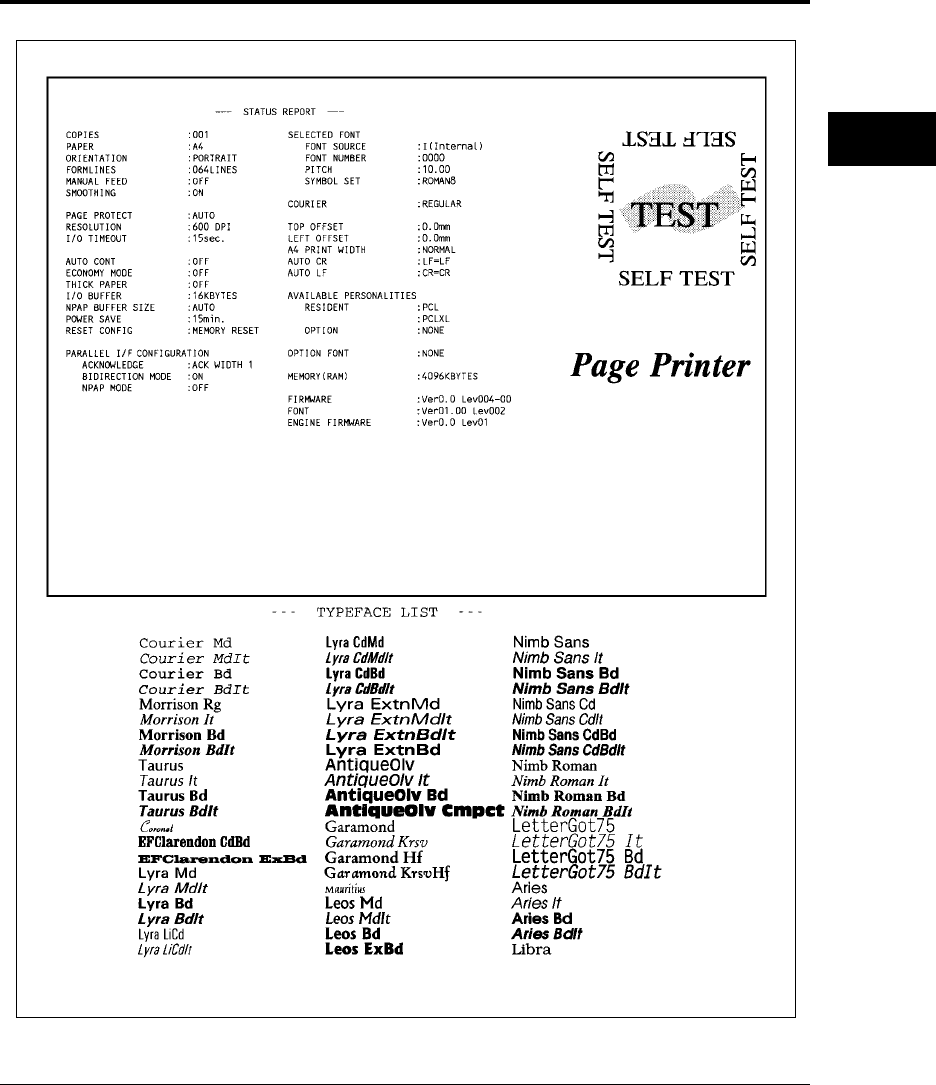
User’s Manual 2-9
PRINTING AND
PAPER HANDLING
Control Panel Functions
Figure 2–2 Status report (PCL emulation)
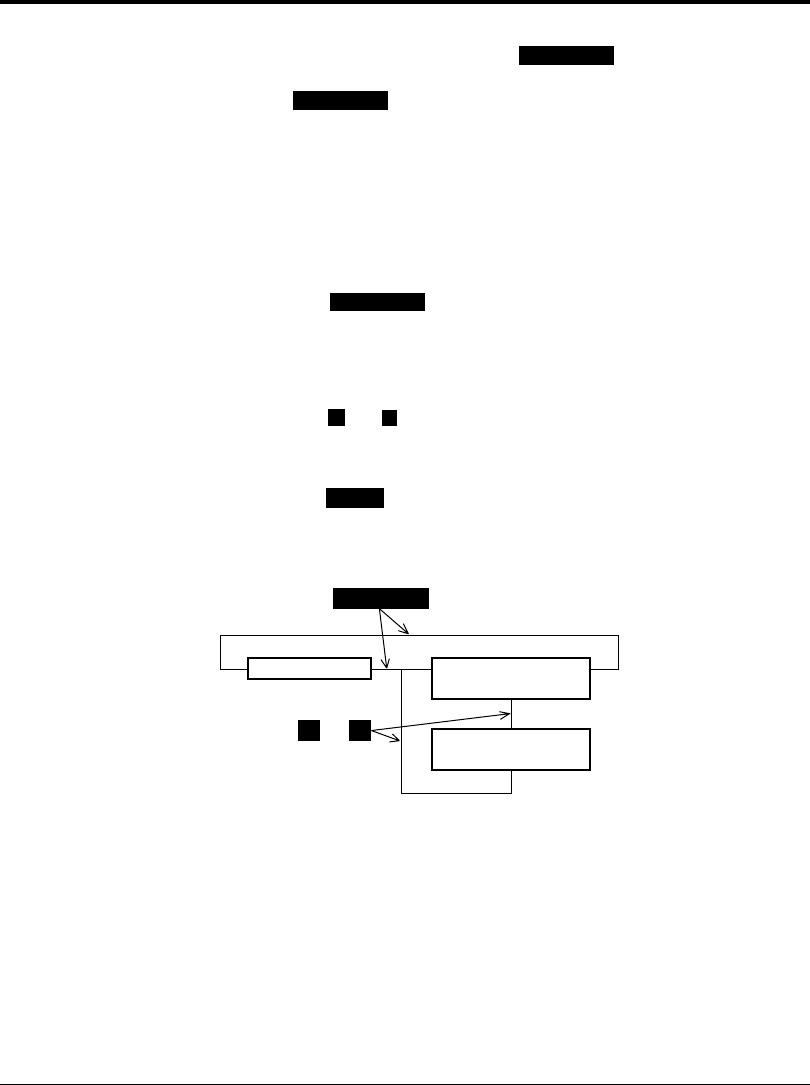
2-10 User’s Manual
PRINT FONT
+ –
➤
➤
➤➤
➤
➤
Selecting the Font Print Menu (
PRINT FONT
)
Pressing
PRINT FONT
puts the printer into the print font menu which
allows you to list the fonts available in the selected emulation.
To select the print font menu and print the font list, follow these
steps:
1. Make sure that the message display indicates READY with the
ONLINE and DATA indicators off.
2. Press the
PRINT FONT
button for five or more seconds.
The message changes to PCL FONT LIST START.
3. Select a desired emulation.
Press the
+
or
–
buttons until the desired emulation appears.
4. Start printing.
Press the ENTER button. The message display indicates PRINT
FONT and the DATA indicator flashes, then a font report page is
printed.
Control Panel Functions
READY PCL FONT LIST
START
FPS FONT LIST
START
or For PrintPartner 12MX,
this is displayed .
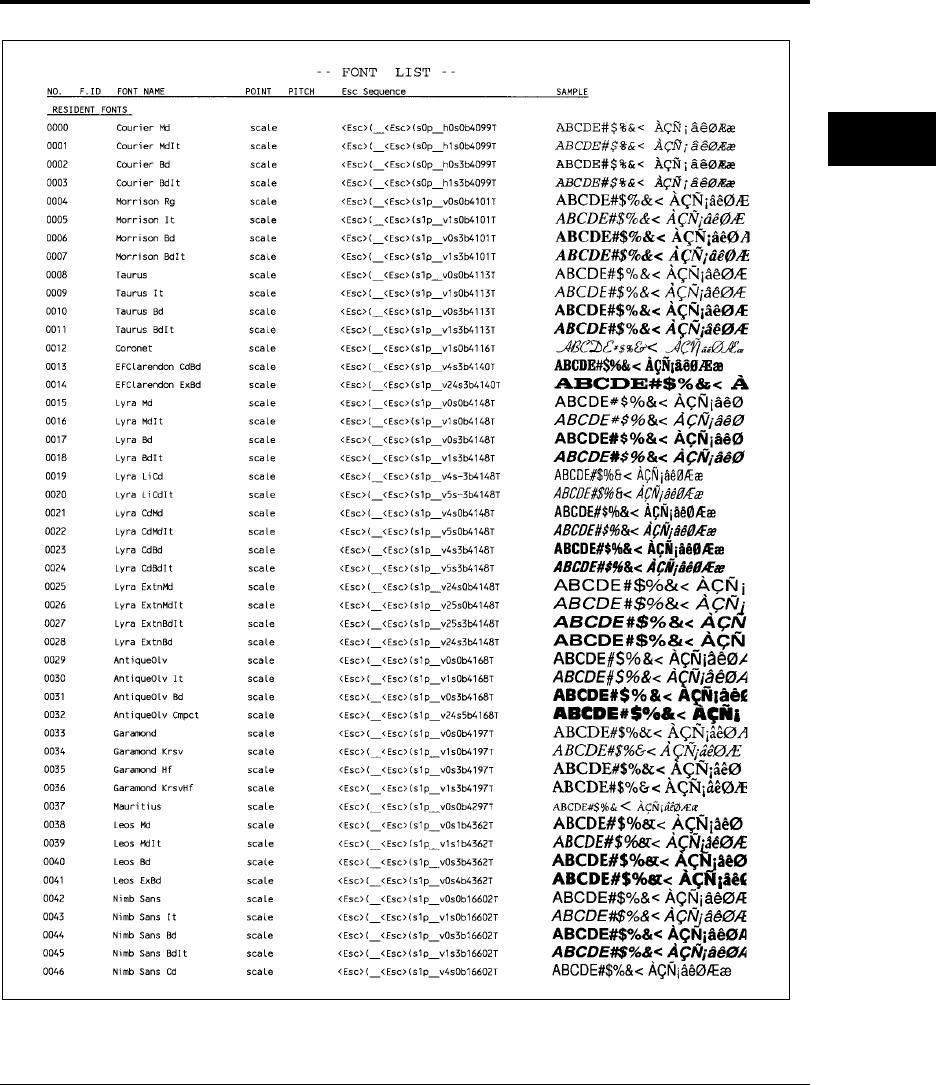
User’s Manual 2-11
PRINTING AND
PAPER HANDLING
Control Panel Functions
Figure 2–3 Font report-first page (PCL emulation)
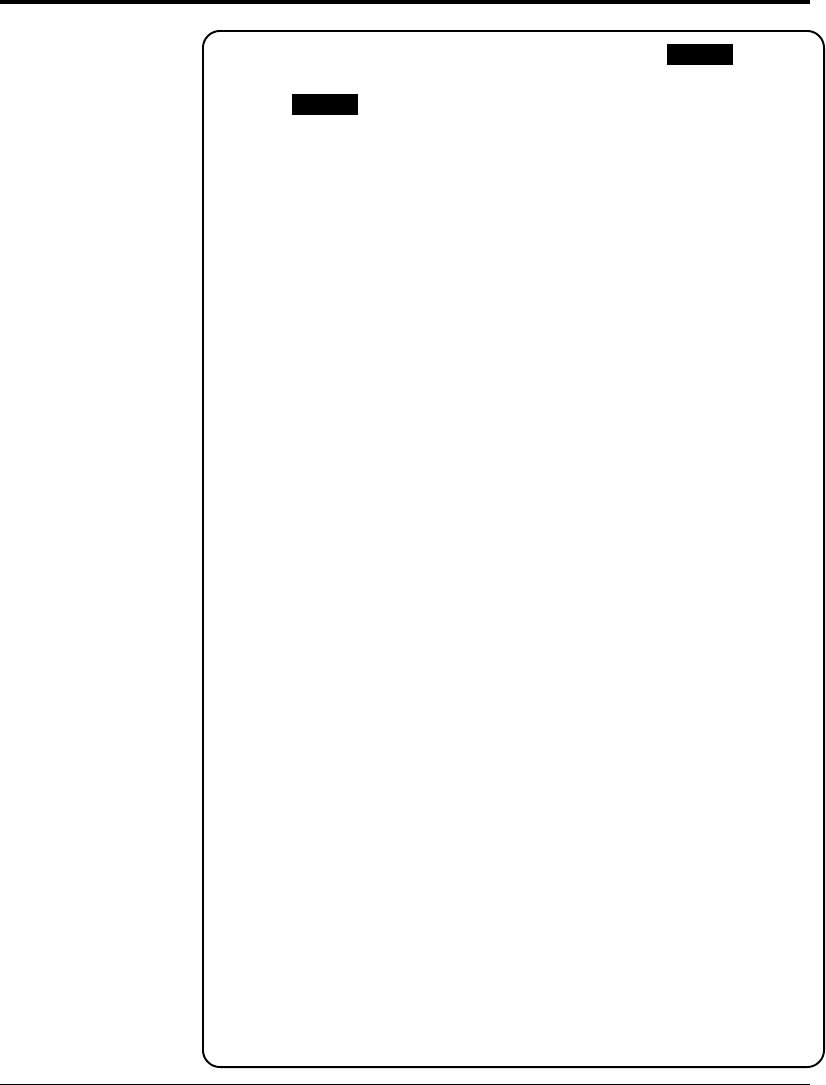
2-12 User’s Manual
Selecting Paper Tray, MFF, or Manual Feeder ( SELECT )
Pressing SELECT puts the printer in tray select mode which allows
you to set paper sources in locked or unlocked status. In the locked
status, the paper source selection is fixed. In the unlocked status, the
paper source is automatically switched to another source in a certain
condition (auto tray selection). The paper sources are tray 1, tray 2
(if installed), MFF (available for 12MX only), and manual feeder.
MFF
The MFF operation is controlled by MFF mode in which “first”
mode and “cassette” mode are provided.
First mode
The MFF has the highest priority and is selected first of all if
printing is requested. You do not need to set the paper size of the
MFF. (The MFF paper size menu is disabled.) The printer starts
printing assuming that the loaded paper has the job-specified size
of paper.
If you are printing using tray 1 or 2 with this mode set, you can
immediately switch the tray to the MFF just by putting paper on
the MFF. This is called on-demand printing.
Cassette mode (default)
The MFF is controlled in the same manner as for other paper
trays. However, it has the lowest priority as compared with trays 1
and 2. You must set the physical size of the paper loaded on the
MFF, using the MFF paper size menu. If the MFF paper size does
not match the job-specified size, a paper mismatch error occurs.
Manual Feeder (Manual Feed Mode On)
The printer has also a manual feeder which is enabled in manual
feed mode on. Operation slightly differs with the two modes of
the MFF.
Control Panel Functions
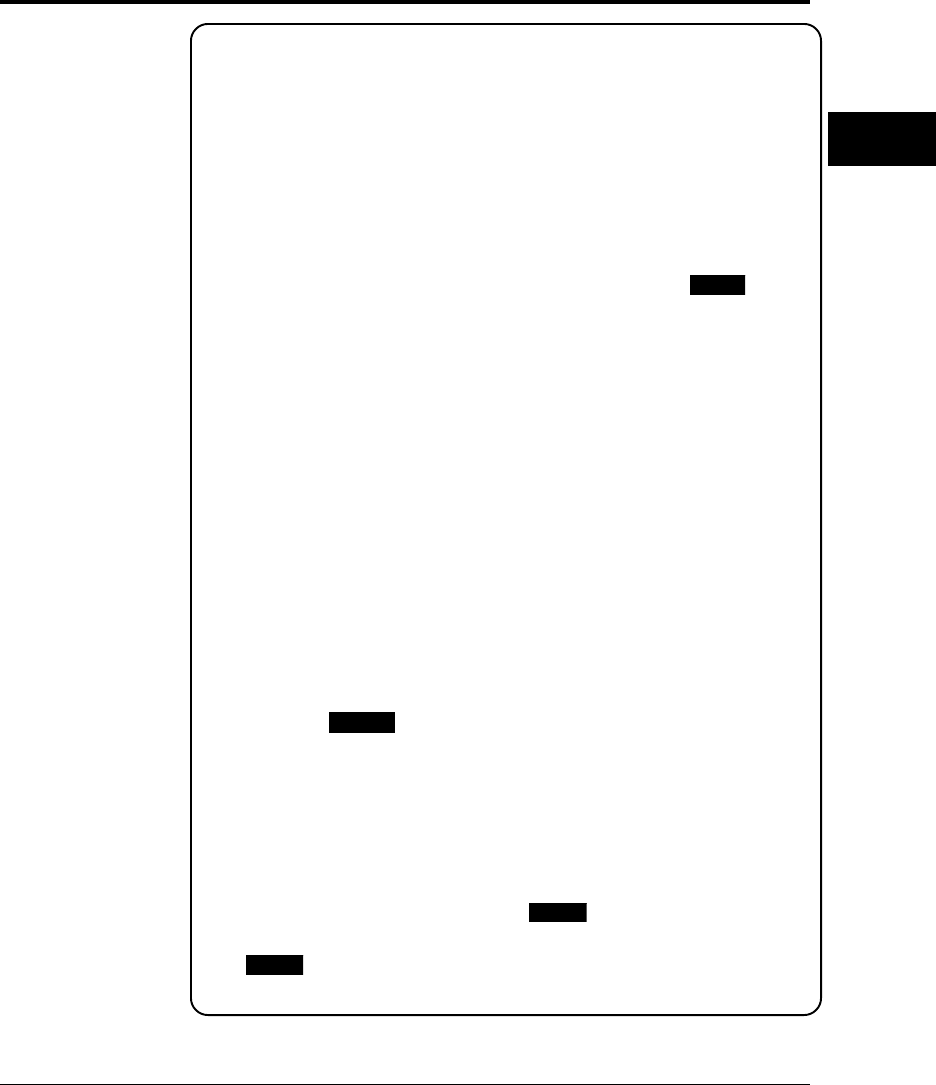
User’s Manual 2-13
PRINTING AND
PAPER HANDLING
In first mode
If paper is already loaded on the manual feeder, it is picked
without the paper insertion request message. If paper is not
loaded on the manual feeder, the paper insertion request message
is displayed.
In cassette mode
Whether or not paper is loaded on the manual feeder, the paper
insertion request message is displayed. If paper is already loaded
on the manual feeder, printing starts after you press
CONT.
. If
paper is not loaded on the manual feeder, printing starts when
you load paper.
You can select two or three paper sources at a time, but must select at
least one paper source. Tray 1, tray 2 (if installed), and MFF cassette
mode are all selected as factory default.
When two or three paper sources are selected for auto tray selection
(unlocked) and when a paper source runs out of paper or a paper
miss match error occurs, the printer switches the paper source for
another one.
To select a paper source for auto tray selection, follow these steps:
1. Make sure that the message display indicates READY with the
ONLINE and DATA indicators off.
2. Press the SELECT button briefly.
The message changes to TRAY TRAY1*. The asterisk means
that tray 1 is selected for auto tray selection (unlocked).
3. Select or deselect a paper source.
This step is valid when tray 2 (option) or MFF (standard for
12MX) is installed. Pressing the ENTER button in this condition
makes the asterisk disappear. Tray 1 is deselected. Pressing the
ENTER button again makes the asterisk reappear. Tray 1 is
selected.
Control Panel Functions
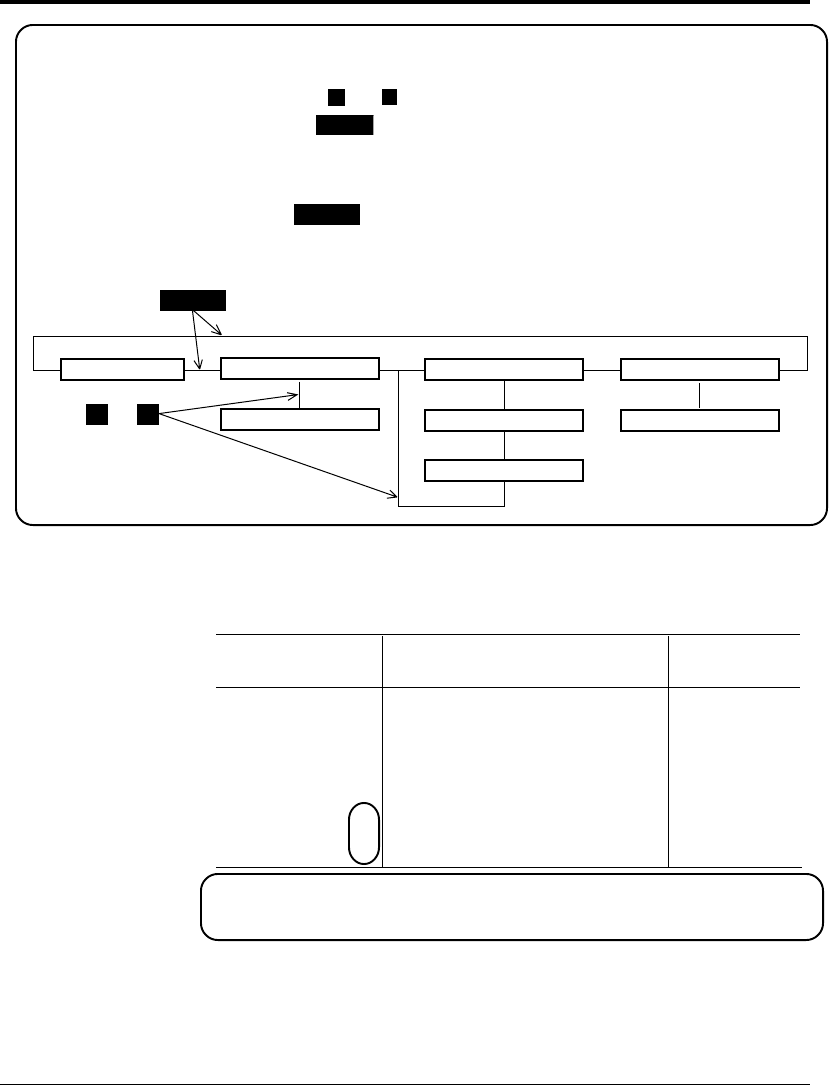
2-14 User’s Manual
4. Select or deselect other paper sources.
Press the
+
or
–
buttons briefly to display another paper source.
Use the ENTER button in the same way as described above.
5. Save the selections.
Press
READY
button to save the new settings and return to the
ready state.
SELECT
+ –
➤
➤
➤➤
➤
➤
➤
➤
➤
➤
➤
➤
➤
➤
Control Panel Functions
READY MANUALFEED OFF*
TRAY TRAY1*
MANUALFEED ON
TRAY TRAY2*
TRAY MFF*
or
MFF MODE CASSETTE*
MFF MODE FIRST
(†)
According to tray selection, the INTRAY LOCK status printed in a
status report changes as follows:
Tray selection Intray lock status Remarks
TRAY TRAY1 INTRAY1: LOCKED
TRAY TRAY1* INTRAY1: UNLOCKED
TRAY TRAY2 INTRAY2: LOCKED
TRAY TRAY2* INTRAY2: UNLOCKED
TRAY MFF (†) INTRAYMFF: LOCKED 12MX only
TRAY MFF* (†) INTRAYMFF: UNLOCKED 12MX only
† When MFF MODE = FIRST, TRAY MFF is not displayed or
selected.
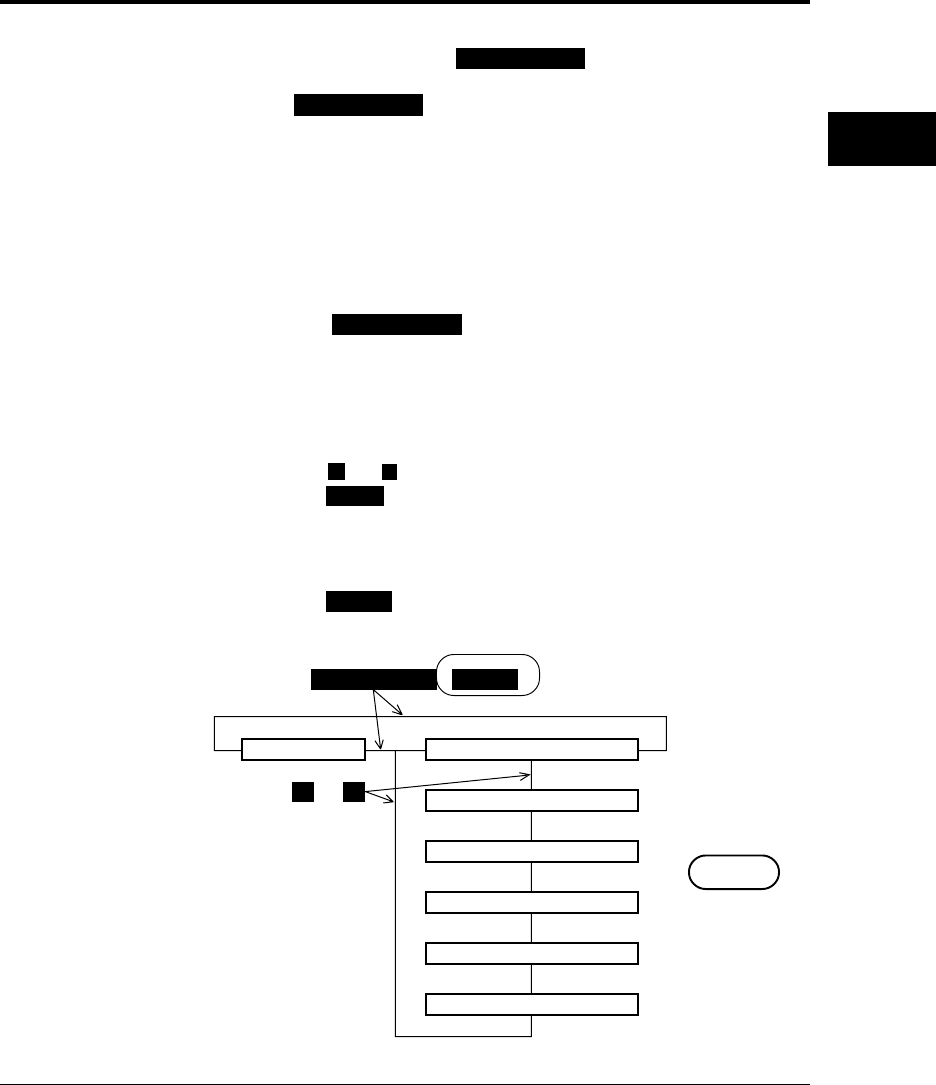
User’s Manual 2-15
PRINTING AND
PAPER HANDLING
MFF PAPER SIZE
(
SELECT
)
+ –
➤
➤
➤➤
➤
➤
➤
➤
➤
➤
➤
➤
➤
➤
Control Panel Functions
Setting MFF Paper Size (
MFF PAPER SIZE
) (12MX only)
Pressing
MFF PAPER SIZE
puts the printer in MFF paper size mode
which allows you to inform the controller of the physical paper size
used in the MFF. You must select the size of paper currently loaded
in the MFF. This menu is not available for the PrintPartner 12M.
To select a paper size, follow these steps:
1. Make sure that the message display indicates READY with the
ONLINE and DATA indicators off.
2. Press the
MFF PAPER SIZE
button for five or more seconds.
The message changes to MFF PAPER A4*. The asterisk
means that A4 size is selected for the MFF.
3. Select a desired paper size.
Press the
+
or
–
buttons until the desired paper size appears.
Press the ENTER button. The asterisk appears and the paper size is
selected.
4. Save the selection.
Press the
READY
button to save the new setting and return to the
ready state.
READY MFF PAPER LETTER*
MFF PAPER XXXXX
or
MFF PAPER EXECUTIVE
MFF ENVELOPE COM10
MFF ENVELOPE XXXXX
MFF ENVELOPE B5
XXXXX: LEGAL
A4
A5
JIS B5
XXXXX: MONARCH
C5
DL
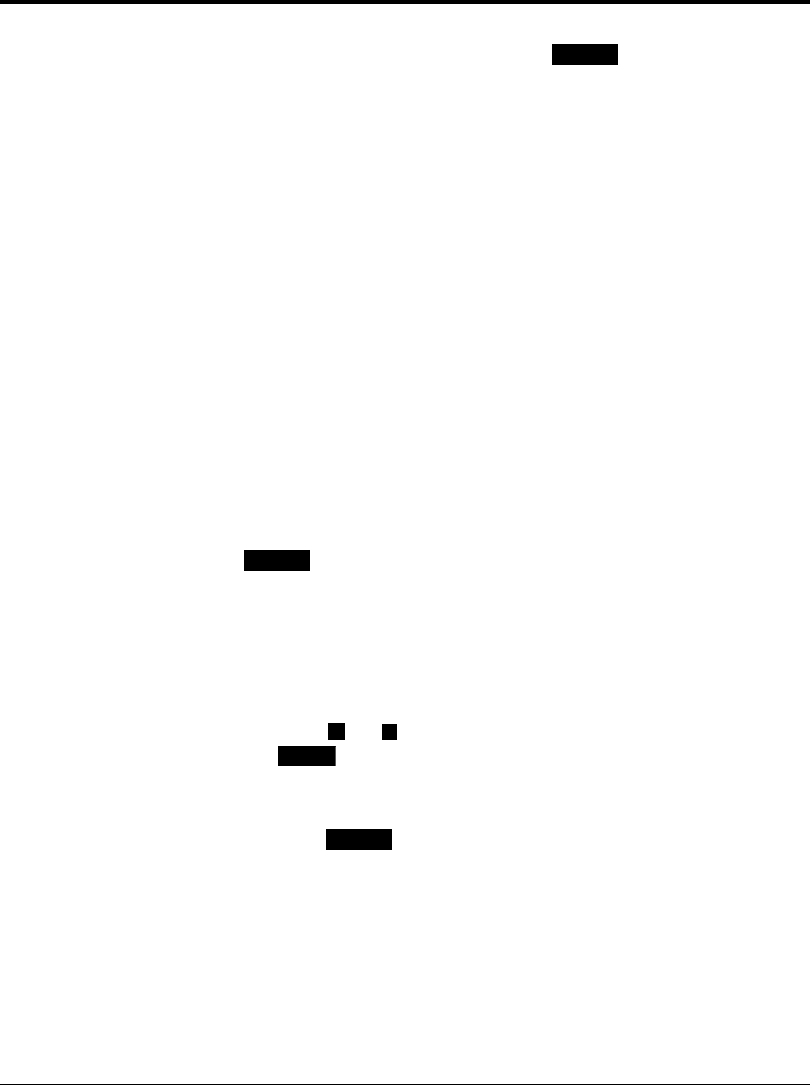
2-16 User’s Manual
Selecting the Thick
Control
Menu
(
SELECT
)
This printer has the thick control menu which allows you to select
one of the two thick control modes for adjusting the printer for
paper thickness. One is the normal mode (factory default) and the
other is the extension mode.
The normal mode allows you to print thick paper, but has only one
choice between two options (ON for thick paper and OFF for
ordinary paper). This choice is common to all paper sources (tray 1,
tray 2 (if installed), manual feeder, and MFF (12MX only)).
The extension mode allows you to print several kinds of thin paper,
thick paper, and thick envelopes for every paper source (eight options
for every tray 1, tray 2 (if installed), manual feeder, or MFF (12MX
only)).
When one mode is selected, you cannot use the other mode.
To select a thick control mode, follow these steps:
1. Turning the printer on while pressing and holding down
SELECT .
The message indicates THICK CONTROL NORMAL* after
printer initialization. The asterisk means that normal mode is
selected for paper thickness.
2. Select a desired mode.
Press the
+
or
–
button until the desired mode appears. Press
the ENTER button. The asterisk appears and the mode is selected.
3. Save the selection.
Press the
READY
button to save the new setting and return to the
ready state.
This selection remains even if you turn the printer off.
Control Panel Functions
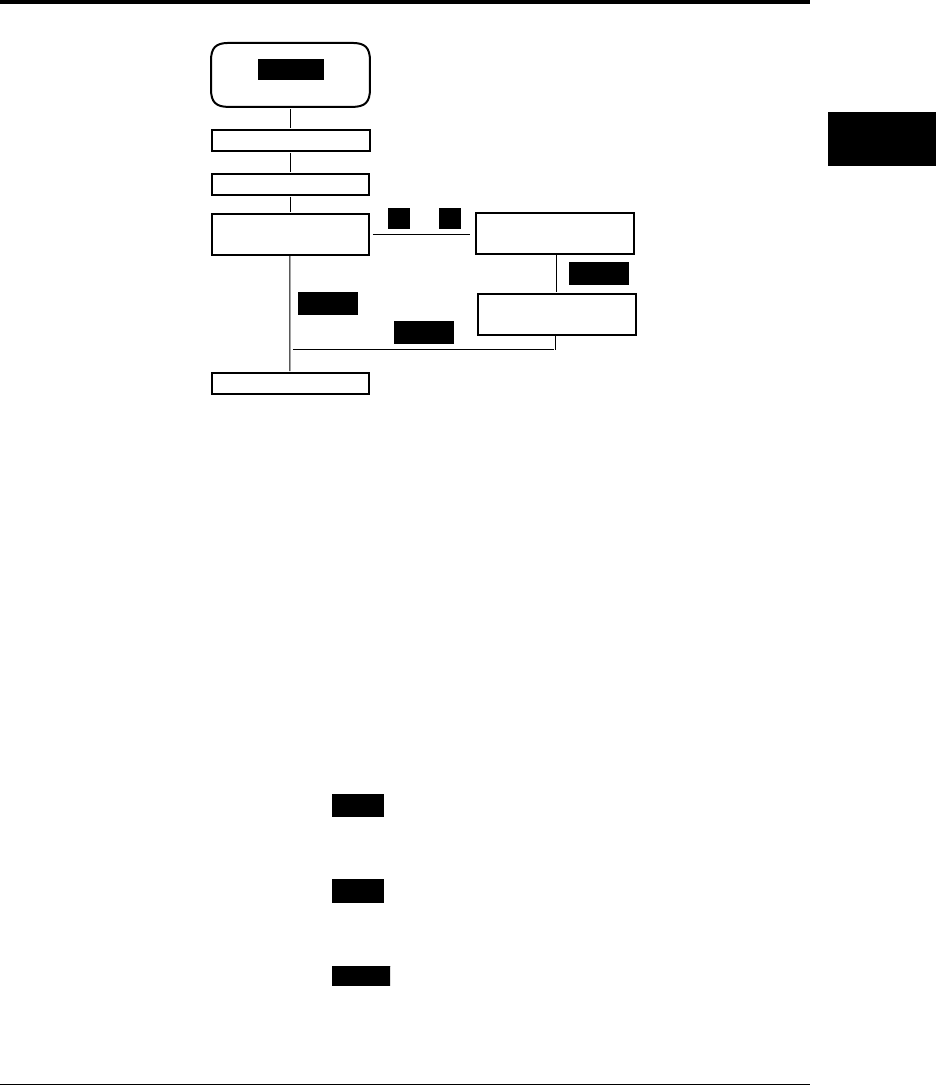
User’s Manual 2-17
PRINTING AND
PAPER HANDLING
When you select a mode, the contents of the Quality menu changes
according to the mode selected.
When the thick control is normal, only the Thick Paper item appears
for paper thickness. This item has two options, OFF and ON.
When the thick control is extension, the Tray1 Media, Tray2 Media,
Manual Media, and MFF Media items appear for paper thickness.
Tray2 Media appears when tray 2 is installed. MFF Media appears
for 12MX only. Each item has eight options from -2 to 5.
To select an option in thick control mode, follow these steps:
1. Make sure that the message display indicates READY with the
ONLINE and DATA indicators off.
2. Press the
MENU
button briefly.
The message changes to SETUP MENU PAGE FORMAT MENU.
3. Press the
MENU
button.
The message changes to SETUP MENU QUALITY MENU.
4. Press the ENTER button.
The message changes to SMOOTHING ON*.
+–
➤➤ ➤
➤
➤
➤
➤
➤
ENTER
READY
READY
or
Power on with
SELECT
pressed
READY
<<<INITIALIZE>>>
WARMING UP
THICK CONTROL
NORMAL*
THICK CONTROL
EXTENSION
THICK CONTROL
EXTENSION*
Control Panel Functions
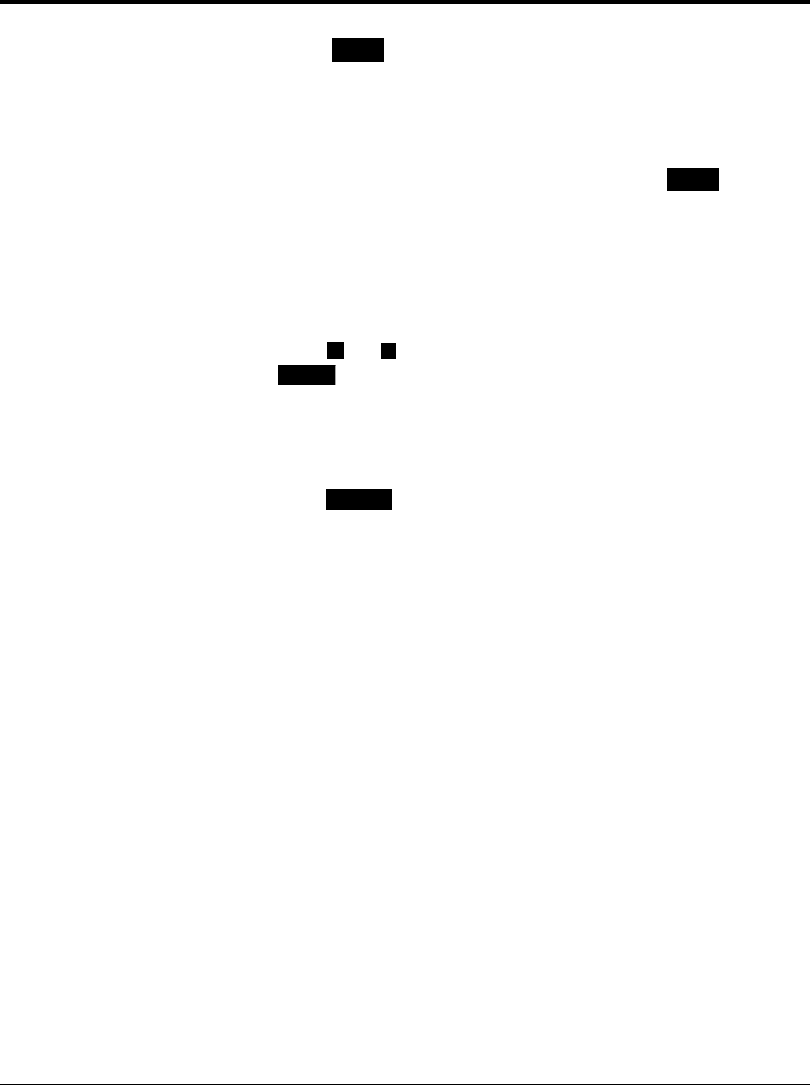
2-18 User’s Manual
5. Press the
MENU
button three times.
The message changes to THICK PAPER OFF* when the thick
control is normal, or TRAY1 MEDIA 0* when the thick control
is extension.
6. When the thick control is extension, press the
MENU
button
until the desired item appears.
The message changes to TRAY2 MEDIA 0*, MANUAL MEDIA
0*, or MFF MEDIA 0*.
7. Select a desired option.
Press the
+
or
–
button until the desired option appears. Press
the
ENTER
button. The asterisk appears and the option is selected.
When the thick control is extension, repeat steps 6 and 7.
8. Save the selection.
Press the
READY
button to save the new setting and return to the
ready state.
This selection remains even if you turn the printer off.
Each option means as follows:
When the thick control is normal:
Off: Ordinary paper
On: Thick paper
When the thick control is extension:
-2: Thin paper when resulting in waving
-1: Thin paper when resulting in light printing with duplex unit
0: Ordinary paper
1: Thick paper
2: Thick envelope when resulting in toner easily coming off
3: Thick envelope when resulting in light printing
4: Thick rough paper when resulting in smudging
5: Thick rough paper when resulting in light printing
The mode number increases according to paper thickness and
roughness. Select one of the underlined numbers in the normal usage.
Control Panel Functions
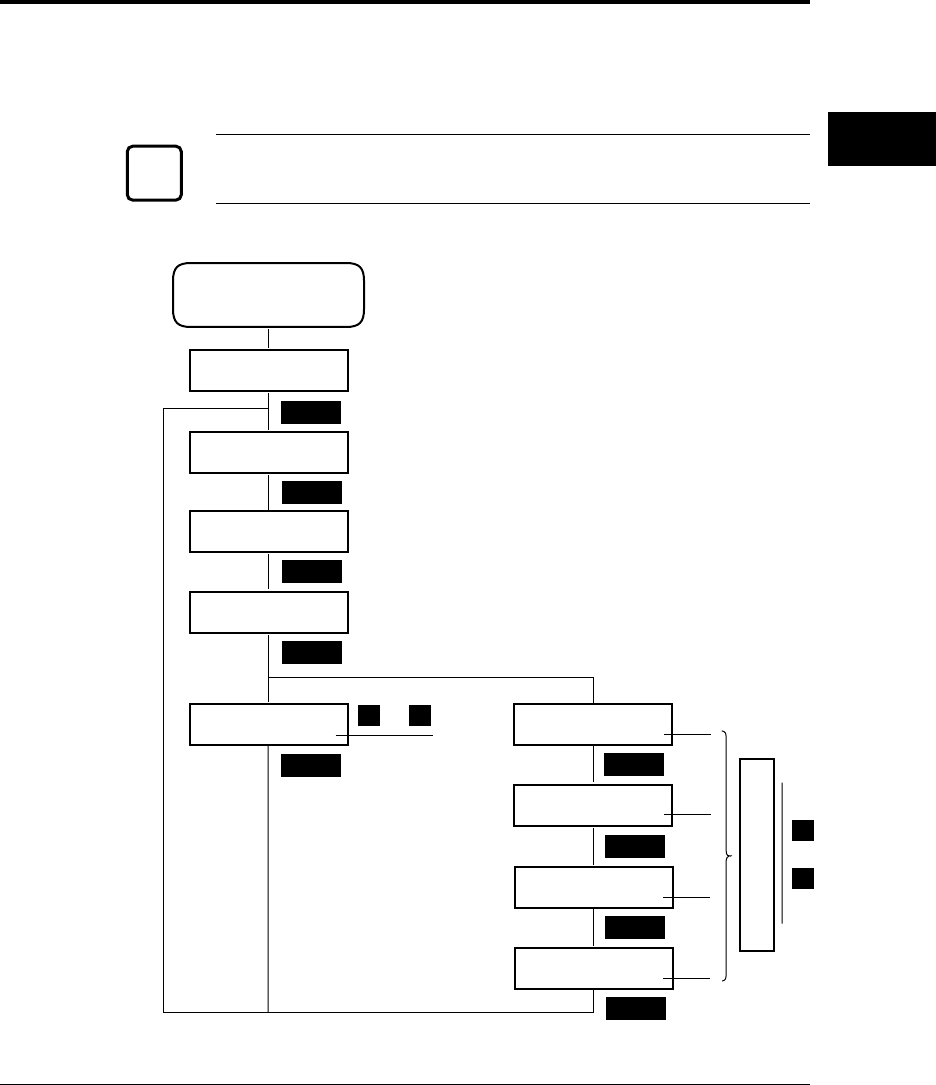
User’s Manual 2-19
PRINTING AND
PAPER HANDLING
Try several options and select an appropriate option that results in
the most satisfied print quality. However, use the normal mode
basically.
Caution:
Turn the mode off or reset it to 0 after printing thick or thin paper.
+
–
➤➤ ➤
➤
➤
➤
➤
MENU
ENTER
MENU
➤
MENU
➤
MENU
➤➤
MENU
➤
MENU
➤
MENU
MENU
➤
➤
➤
➤
+–
➤
➤
-2
-1
0
1
2
3
4
5
SETUP MENU
QUALITY MENU
SMOOTHING
ON*
RESOLUTION
600*
ECONOMY MODE
OFF*
THICK PAPER
OFF*
TRAY1 MEDIA
0*
TRAY2 MEDIA
0*
MANUAL MEDIA
0*
MFF MEDIA
0*
ON
or
or
Enter Menu mode
and
select Quality menu
When THICK
CONTROL is
EXTENSION.
When THICK
CONTROL is
NORMAL.
☞
Control Panel Functions
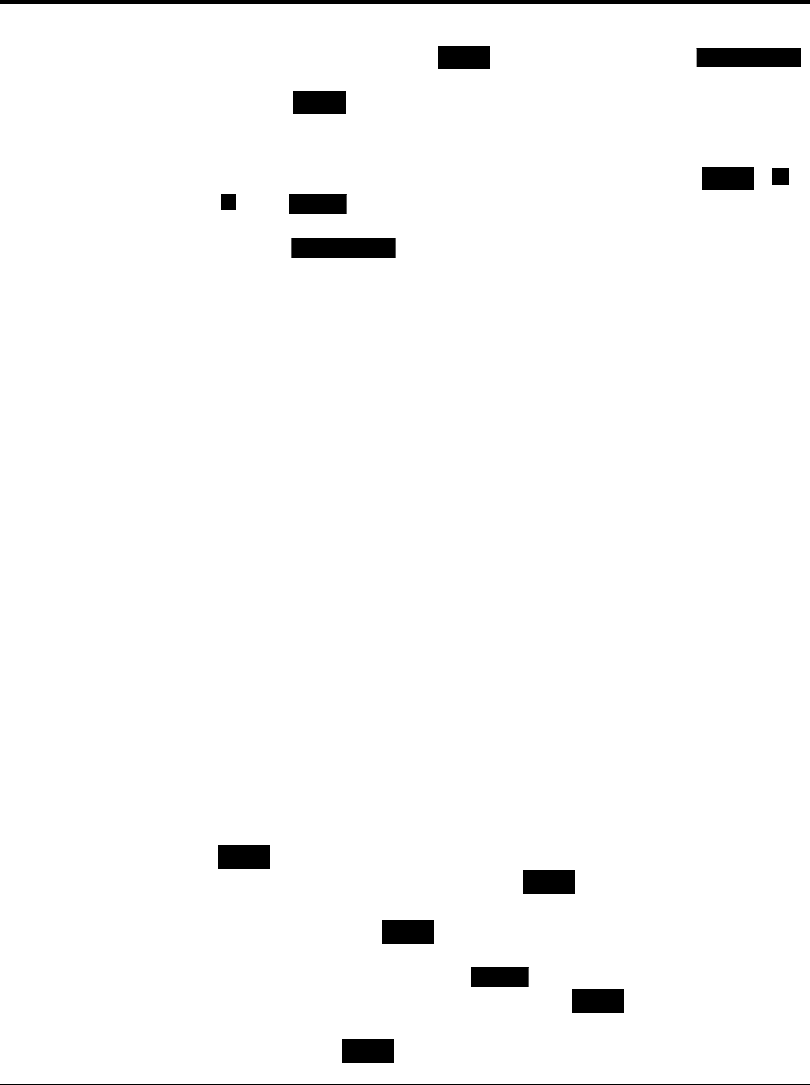
2-20 User’s Manual
Menu Functions
Menu Functions
Selecting Menu Option (
MENU
) and Resetting Menu (
RESET MENU
)
Pressing
MENU
briefly puts the printer in menu mode which allows
you to set up the printer, for example, selecting a paper size,
changing a font, and adjusting serial interface parameters. You can
select options from the menu by using the four buttons,
MENU
,
+
,
–
, and ENTER .
Pressing
RESET MENU
for five or more seconds in menu mode resets
all parameters to the factory default values except interface settings
(parallel menu, serial menu, and network menu).
The following section briefly explains the menu mode and its operation.
The menu mode allows you to change your printer’s defaults using
the four buttons on the control panel. You can use the control
panel's menu mode to configure your printer to suit the
requirements of your computer, software, and documents.
Menu Structure and How to Use Control Panel Buttons
The menu mode is structured as a tree consisting of submenus,
items, and options. The following example shows a small portion of
the tree and illustrates how the four buttons work.
In the example:
Submenus are PAGE FORMAT MENU and QUALITY MENU. Items
are COPIES, PAPER, and SMOOTHING. Options are 001, 002,
LETTER, LEGAL, ON, and OFF.
MENU
selects menu mode when the printer is ready and offline.
Once the printer is in menu mode,
MENU
selects the first submenu
and moves you right to the next submenu. If you are on the last
submenu, pressing
MENU
returns you to the first submenu.
When a submenu is selected,
ENTER
selects the first item of the
submenu. Once the first item is selected,
MENU
moves you right to
the next item, regardless of an option selected. If you are on the last
item, pressing
MENU
returns you to the first item.
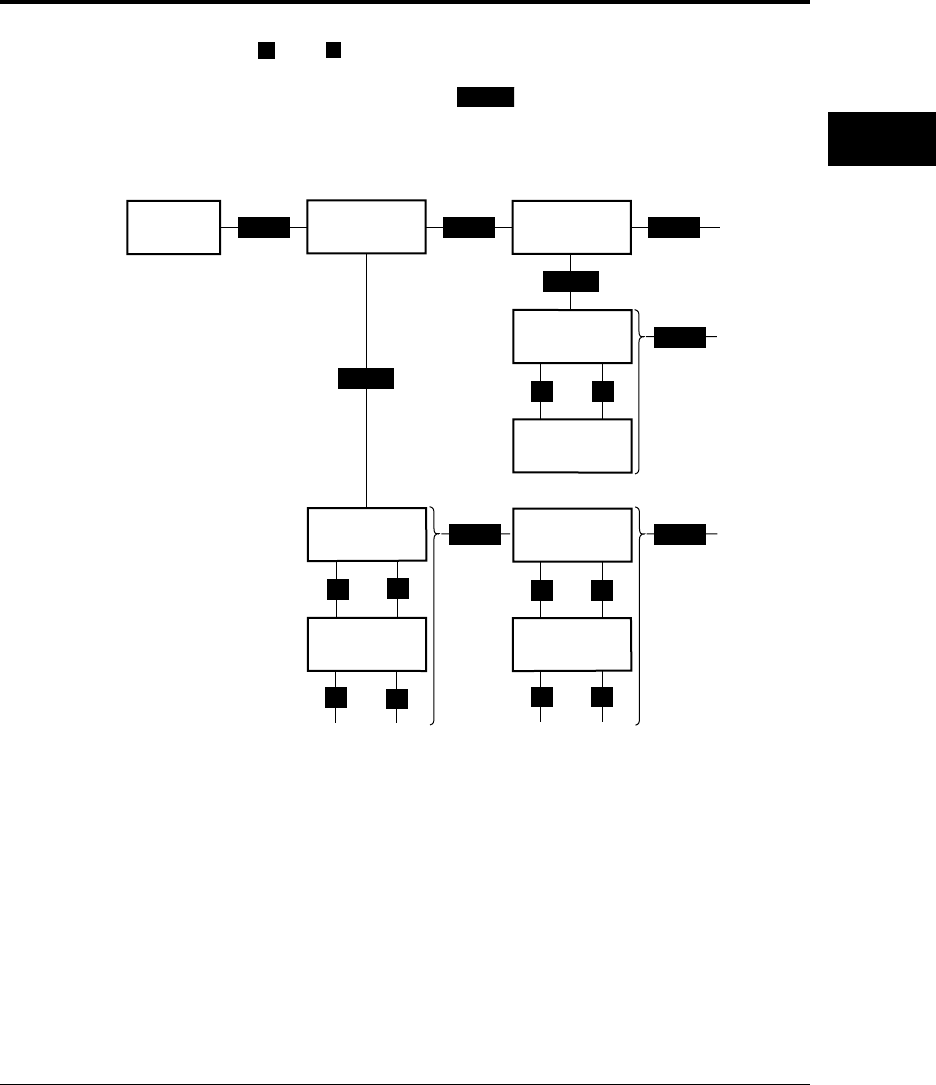
User’s Manual 2-21
PRINTING AND
PAPER HANDLING
ENTER
+–
MENU MENU MENU
➤➤➤
ENTER
➤
➤
MENU
+
+
+
+
–
–
–
–
➤
➤
➤➤➤
➤
➤
➤➤➤
➤
MENU
➤
MENU
➤
Menu Functions
SETUP MENU
QUALITY MENU
PAPER
LETTER*
PAPER
LEGAL
SMOOTHING
ON*
SETUP MENU
PAGE FORMAT MENU
COPIES
001*
COPIES
002
READY
SMOOTHING
OFF
Use
+
and
–
to move up and down the options list.
When an item is displayed,
ENTER
selects that option (adds an
asterisk after the option indicating that the option is stored in RAM).
Submenus, Items, and Options
The following table shows all of submenus and items and summary
of options displayed on the message display in menu mode. The
display initially shows the factory default option followed by an
asterisk (underlined in the table).
1st submenu
1st item
1st option
(Default )
2nd submenu To 3rd
submenu
2nd item
2nd option
To or from
3rd option
To 3rd item
1st item
To 2nd item
1st option
(Default )
2nd option
To or from
3rd option

2-22 User’s Manual
Menu Functions
Submenu (bold)/Item
Page format menu
Copies
Paper/Envelope
Custom size X
Custom size Y
Orientation
Form lines
Page protect
Duplex mode
Bind
Quality menu
Smoothing (*4)
Resolution (*5)
Economy mode
Toner density
Thick paper (*6)
Tray1 media (*7)
Tray2 media (*7)
Manual media (*7)
MFF media (*7)
PCL font menu
Font source
Font number
Pitch size (*9)
Point size (*10)
Symbol set
Courier
PCL menu (*11)
Top offset
Left offset
A4 print width
Auto attach FF
Auto CR
Auto LF
Options
001, 002, 003, ..., 999 (pages)
A4, A5, JIS B5, Letter, Legal, Executive (*1)
A6, COM10, Monarch, C5, DL, B5
90 to 229 (mm)
210 to 356 (mm)
Portrait, Landscape
005, 006, 007, ..., 060, ..., 128 (lines/page) (*2)
Auto, On
Off, On (*3)
Long edge, Short edge (*3)
On, Off
600, 300, 1200 (dpi)
Off, On
1, 2, ..., 5, ..., 9, 10
Off, On
-2, -1, 0, 1, 2, 3, 4, 5
-2, -1, 0, 1, 2, 3, 4, 5
-2, -1, 0, 1, 2, 3, 4, 5
-2, -1, 0, 1, 2, 3, 4, 5
Internal, Soft, SIMM (*8)
000, 001, 002, 003, ..., N (depending on the font
source, max. 999)
0.44, 0.45, 0.46, ..., 99.99 (characters/inch)
4.00, 4.25, 4.50, 4.75, 5.00, ..., 999.75 (point)
Roman8, ISOL1, ISOL2, ISOL5, PC8, PC8-DN,
PC850, PC852, PC8TK, ..., WingDings
Regular, Dark
-25.0, -24.9, -24.8, ..., 00.0, ..., +24.9, +25.0 (mm)
-25.0, -24.9, -24.8, ..., 00.0, ..., +24.9, +25.0 (mm)
Normal, 80 columns/line
No, Yes
LF, LF+CR
CR, CR+LF
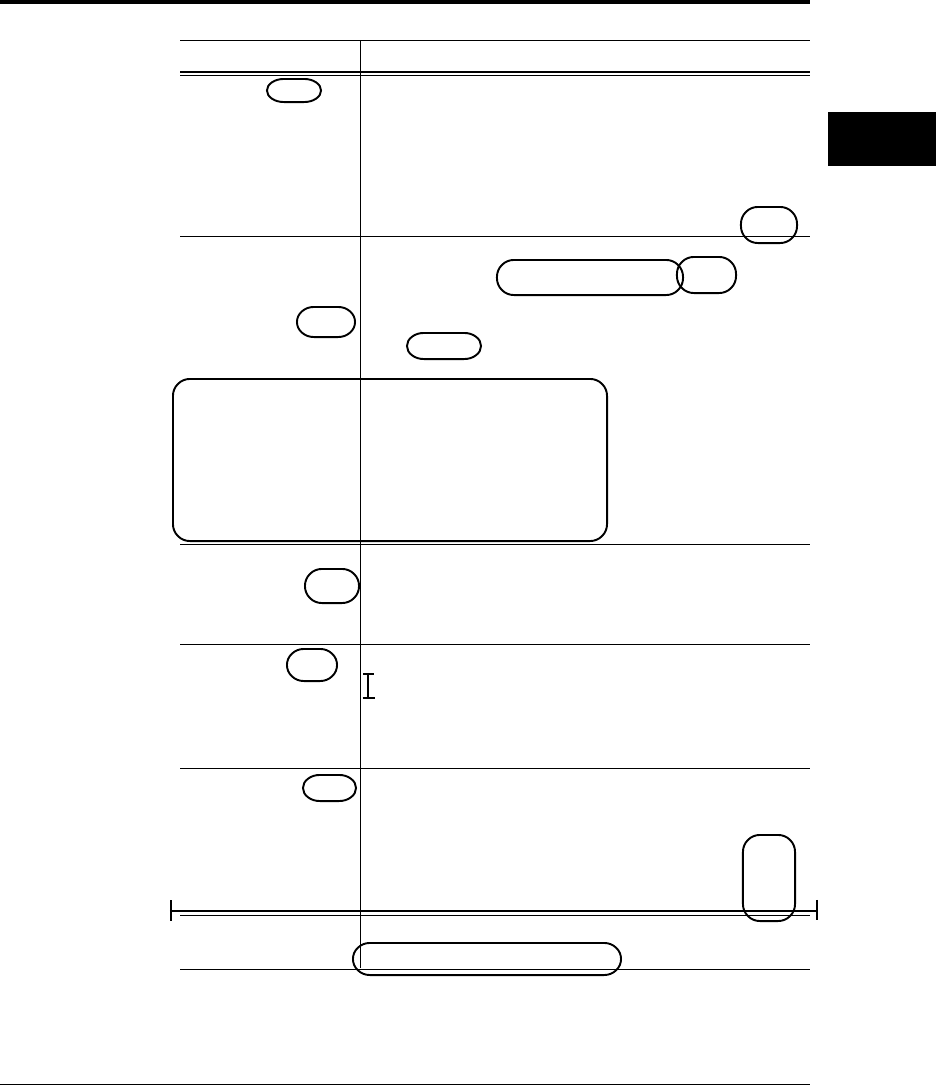
User’s Manual 2-23
PRINTING AND
PAPER HANDLING
Menu Functions
Submenu (bold)/Item
FPS menu (*12)
Jam recovery
Print FPS errors
Job timeout
Wait timeout
Manual timeout
Model selection
Config menu
Personality
Auto continue
I/O timeout (*14)
I/O buffers
Power save
Toner low
Pre pick
Soft switch
SW1-1 to SW1-7
SW2-1 to SW2-7
SW3-1 to SW3-7
SW4-1 to SW4-7
Parallel menu
Acknowledge (*15)
Bi-direction
NPAP mode
Serial menu (*16)
Baud rate
Pacing
DTR polarity
ROBUST XON
Network menu (*17)
NPAP mode
Bootp
IP address
IP netmask
IP gateway
Clear warning
<Clear warning>
Options
Off, On
On, Off
0, 10, 11, 12, ..., 298, 299, 300 (0: no check)
0, 10, 11, 12, ..., 298, 299, 300 (0: no check)
0, 10, 11, 12, ..., 60, ..., 298, 299, 300 (0: no check)
Auto model, Memory model, Speed model (*13)
Auto, PCL, PS, IBMPRO, EPSON (*12)
Off, On, Ext
5, 6, 7, ..., 15, ..., 298, 299, 300 (seconds)
Auto, 32K, 64K, 128K, 256K (bytes)
On after 15 min, 30 min, 60 min, 120 min, Off
Stop, Continue
Off, On
SW1, SW2, SW3, SW4
Off, On
Off, On
Off, On
Off, On
Mode1, Mode2, Mode3
On, Off, ECP
Auto, On, Off
2400, 4800, 9600, 19200, 38400, 57600
DTR, Xon/Xoff
Hi, Low
On, Off
Auto, On
No, Yes
###. ###. ###. ### (### = 0, 1, 2, ..., 255) (*18)
###. ###. ###. ### (### = 0, 1, 2, ..., 255) (*18)
###. ###. ###. ### (### = 0, 1, 2, ..., 255) (*18)
Shows the printing component to be replaced.
Developer unit, Drum unit
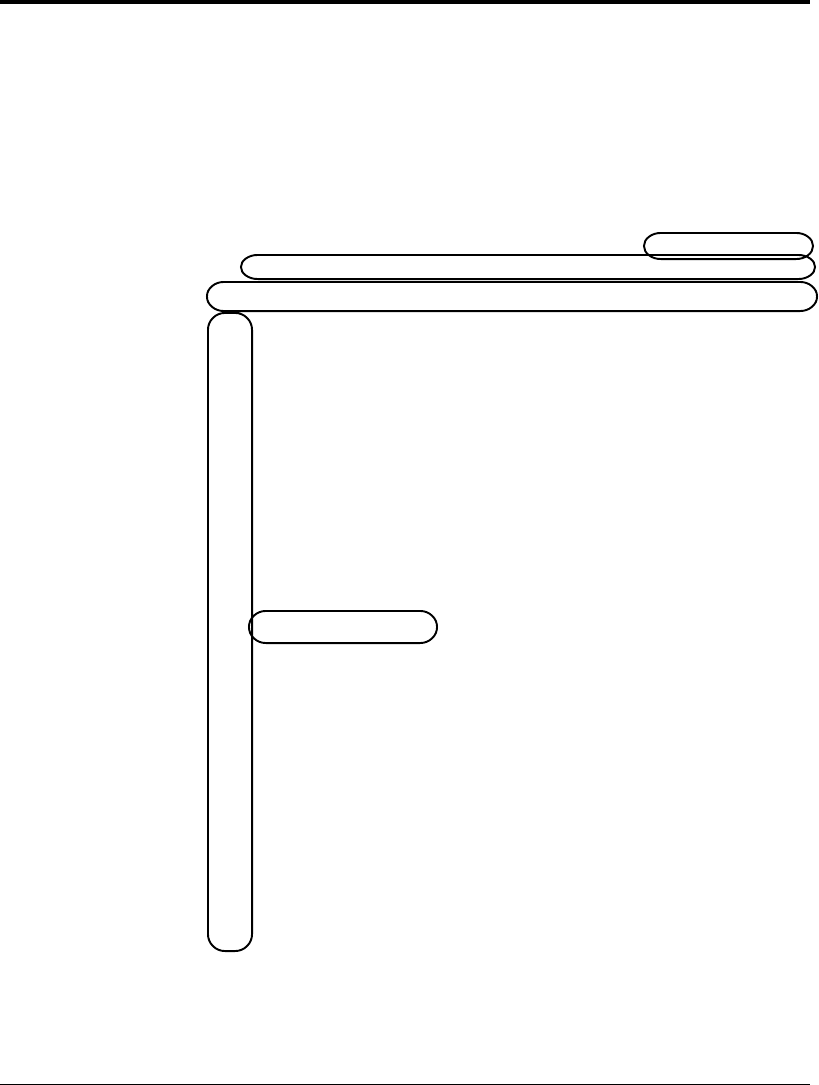
2-24 User’s Manual
*1 Default is Letter or A4. For example, Letter for U.S. customers
and A4 for European customers. To print on legal-size paper,
banding mode must be on or the total RAM capacity must be
12M bytes or more (optional 8MB or more).
*2 This is for Letter and portrait. It automatically changes
depending on paper size and page orientation.
*3 Valid when a duplex unit is installed (12MX only)
*4 Makes the contours of objects appear smoother than normally
possible with the printers standard resolution. Actual resolution
depends on emulations and resolutions selected in menu mode.
*5 Actual resolution depends on emulations selected in menu mode.
*6 Displayed when the thick control is normal (factory default).
*7 Displayed when the thick control is extension. Tray2 media is
displayed when tray 2 is installed. MFF media is displayed for
12MX only.
*8 Displayed when soft fonts are downloaded or a font SIMM card
is installed
*9 Displayed when the selected font is a scalable and fixed-spacing
one. The default depends on a selected font.
*10 Displayed when the selected font is a scalable and proportional-
spacing one. The default depends on a selected font.
*11
Effective when PCL jobs are being executed. These values are
used as defaults of top and left offset specifications in PCL mode.
*12 PS is displayed when the FPS (standard for 12MX and option
for 12M) is selected for personality
*13 If the total capacity of memory is 11M bytes or less with speed
model selected, the resolution is automatically set to 300 dpi and
Legal size paper cannot be used. To print Legal size paper or
print in 600 dpi, select memory model. To print on Legal size
paper with speed model selected, install additional memory cards
of 8M bytes or more regardless of 300 or 600 dpi.
*14
This is essential for sharing the printer among multiple computers.
*15 This is for the parallel interface.
*16 Displayed when a serial interface board is installed
*17 Displayed when a network interface board is installed
*18 Consists of four parameters. The one followed by < can be
changed.
Menu Functions
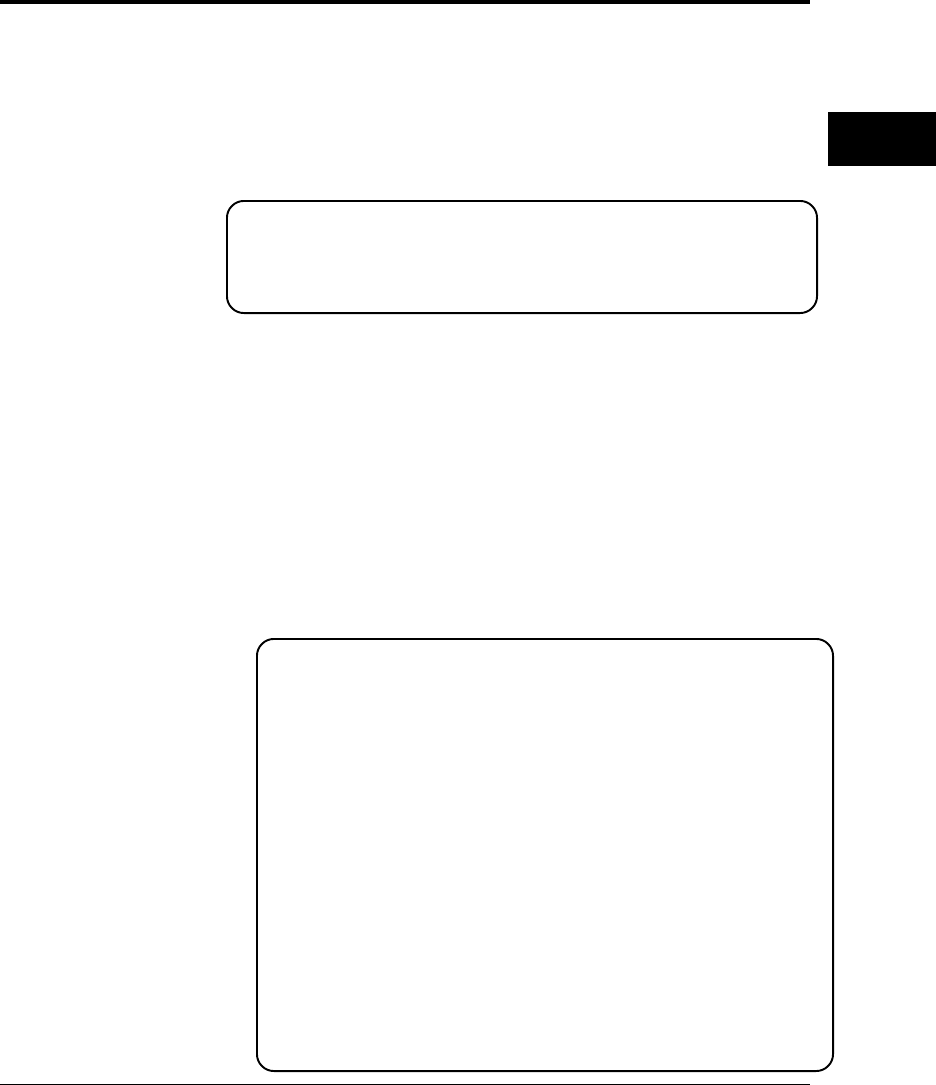
User’s Manual 2-25
PRINTING AND
PAPER HANDLING
Menu Items
Menu Items The following briefly explains each item of the menu mode.
Page format menu
Copies The number of copies the printer prints from
each page
Paper/Envelope A paper size or envelope size to be used by the
printer
Custom size X Length of irregular-sized paper to be used by
the printer
Custom size Y Width of irregular-sized paper to be used by
the printer
Orientation A printing direction
Form lines The number of lines printed per page
Page protect Whether a block of printer memory is reserved
exclusively for text and graphics data,
especially for printing dense text or complex
graphics, to prevent memory overflow errors.
However, it reduces the amount of printer
memory available for downloadable fonts.
Duplex mode Two-sided printing mode (12MX only)
Binding
Where an extra area for fastening pages is located,
short or long edge of a page (12MX only)
Quality menu
Smoothing Whether the edge smoothness technology is
applied (improves resolution to 1200 dpi class)
Actual resolution depends on emulations and
resolutions selected in menu mode.
On 1200 dpi with 1200 dpi resolution and PCL6
or PS emulation selected
600 dpi in other cases
Off Follows specifications of the next resolution.
Resolution The number of dots printed per inch. Actual
resolution depends on selected emulations.
300 dpi 300 dpi in all emulations
600 dpi 300 dpi in IBM or EPSON emulation
600 dpi in other emulations
1200 dpi 300 dpi in IBM or EPSON emulation
600 dpi in PCL5e emulation
1200 dpi in PCL6 or PS emulation

2-26 User’s Manual
Menu Items
Economy mode Toner saving mode
Toner density Thickness of printout
Thick paper Mode for printing thick paper for all paper
input sources. Be sure to turn this off
whenever you are using paper of ordinary
thickness.
Tray1 media Mode for printing thick or thin paper for tray
1. Be sure to return to 0 whenever you are
using paper of ordinary thickness.
Tray2 media Mode for printing thick or thin paper for tray
2. Be sure to return to 0 whenever you are
using paper of ordinary thickness. (displayed
when tray 2 is installed)
Manual media Mode for printing thick or thin paper for
manual feeder. Be sure to return to 0
whenever you are using paper of ordinary
thickness.
MFF media Mode for printing thick or thin paper for
MFF. Be sure to return to 0 whenever you are
using paper of ordinary thickness. (12MX
only)
PCL font menu
Font source Where the printer finds the font
Font number The internal number of a font to be selected
Pitch size Character width (characters per inch)
Point size Character height (multiple of 1/72 inch)
Symbol set A set of characters used in a font, consisting of
the standard letters, numbers, and
punctuation. It differs in the accented
characters, line drawing characters, and special
symbols by languages.
Courier Thickness of the strokes of the Courier font

User’s Manual 2-27
PRINTING AND
PAPER HANDLING
Menu Items
PCL menu
Top offset Distance by which the page is virtually shifted
from the top edge of physical paper in PCL
emulation
Left offset Distance by which the page is virtually shifted
from the left edge of physical paper in PCL
emulation
A4 print width Setting the width of the printable area for A4
paper size
Normal PCL6 compatible
80 columns/line Expands the width of the printable area so that
80 characters of a 10-pitch font can be printed
within a line. This setting is available only for
A4 paper size in portrait orientation.
Auto attach FF FF code (paper ejection) issued at timeout
Auto CR CR code added to an LF code
Auto LF LF code added to a CR code
FPS menu
Jam recovery Whether the jammed page is reprinted
Print FPS errors Whether an error report is printed out
Job timeout Time interval to be allotted between jobs
Wait timeout Time interval to be allotted for waiting a job
end
Manual timeout Time interval to be allotted for manual
insertion
Model selection Switching printing control (band/full page)
Auto model Standard setting. Automatically switches the
following two models depending on the total
RAM capacity.
• 11MB or less (standard 4MB + optional
7MB or less): equivalent to virtual memory
model
• 12MB or more (standard 4MB + optional
8MB or more): equivalent to speed model

2-28 User’s Manual
Menu Items
On after 30 min
On after 60 min
On after 120 min
Speed model Attaches importance to speedup of printing
control, thus processing all pages per job. Print
density depends on the RAM capacity.
• 300 dpi when total RAM capacity is 4M to
11M bytes (standard 4MB + optional 7MB or
less)
• 600 dpi when total RAM capacity is 12M
bytes or more (standard 4MB + optional 8MB
or more).
Note:
• To print at 600 dpi when total RAM
capacity is 4M to 11M bytes (standard 4MB +
optional 7MB or less), select memory model.
• To print on legal-size paper, expand the total
RAM capacity to 12M bytes or more (optional
8MB or more) even in printing at 300 dpi or
select memory model.
Memory model (Virtual) memory model. Attaches importance
to reliable printing rather than speedup, thus
processing data per page.
Config menu
Personality Selecting an emulation (personality) without a
PJL command which clearly specifies the
emulation
Auto continue Automatic control of continuing recoverable
errors
I/O timeout
Time interval allowed for switching the interface
I/O buffers Size of interface buffer
Power save Setting the time interval during which the
printer remains idle state before entering sleep
mode after printing last
On after 15 min Power save mode on. The printer enters sleep
mode after remaining idle state for ## minutes
after printing last.
Off Power save mode off. (Even in this mode, the
printer enters sleep mode after remaining idle
state for 180 minutes.)
Toner low Whether the printer stops printing when it
detects near end of toner.
Pre pick Earlier start of paper picking
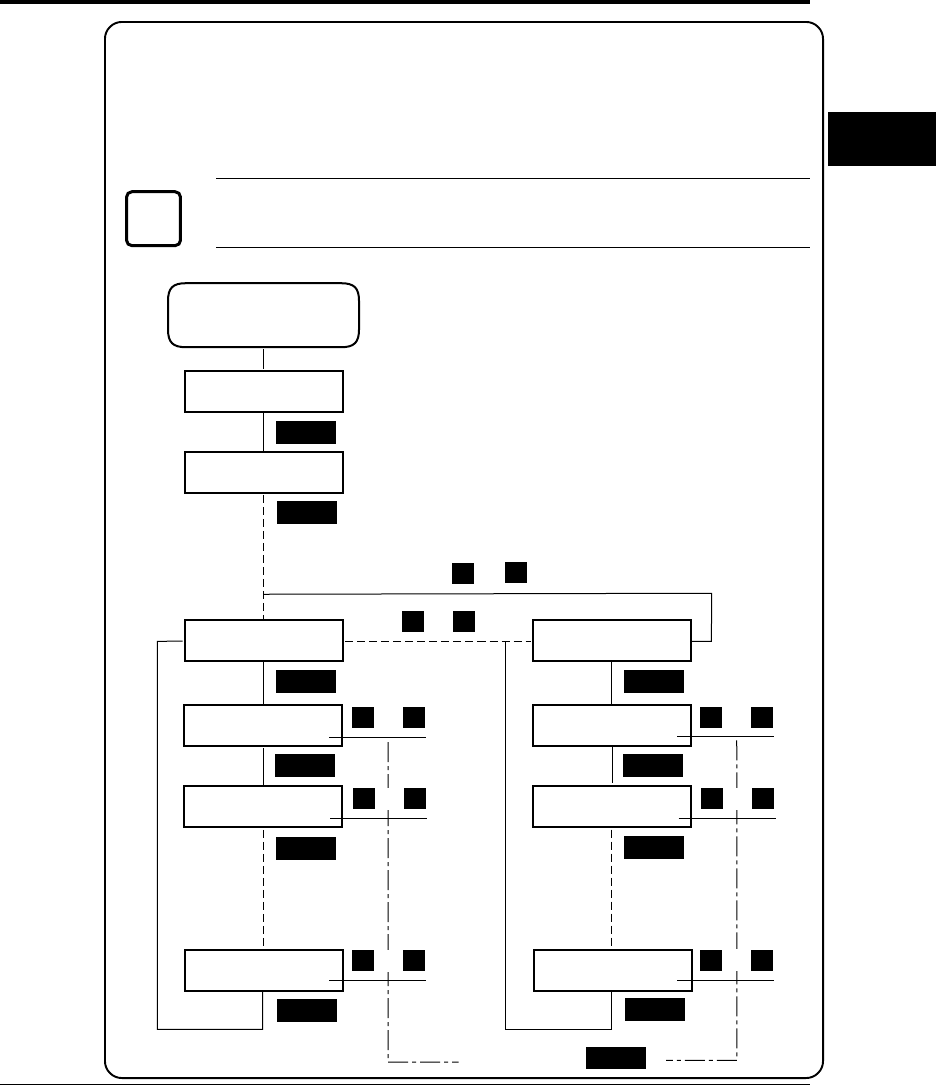
User’s Manual 2-29
PRINTING AND
PAPER HANDLING
➤➤➤
ENTER
MENU
➤
➤
➤
MENU
MENU
MENU
+–
➤
➤
+–
➤
➤
➤
+–
➤
➤
➤
➤➤
MENU
MENU
MENU
+–
➤
➤
+–
➤
➤
➤
+–
➤
➤
➤
➤
➤
+–
–
+
ENTER ENTER
➤
➤
➤
Soft switch Functions like conventional DIP switches.
SW1-0 Buzzer mode off or on
SW1-1
Dither mode 1 (off) or 2 (on) (PCL6 600 dpi only)
Other switches Reserved for future use.
Important:
The soft switches are invalid for this printer. Never change the settings.
Enter Menu Mode
and
Select Config menu
SETUP MENU
CONFIG MENU
PERSONALITY
AUTO*
SOFT SWITCH
SW1
SOFT SWITCH
SW4
SOFT SW1-0
OFF*
SOFT SW1-1
OFF*
SOFT SW1-7
OFF*
SOFT SW4-0
OFF*
SOFT SW4-1
OFF*
SOFT SW4-7
OFF*
ON
ON
ON
ON
ON
ON
To decide, press
ENTER
.
or
or
or or
or
or
or
or
✍
Menu Items
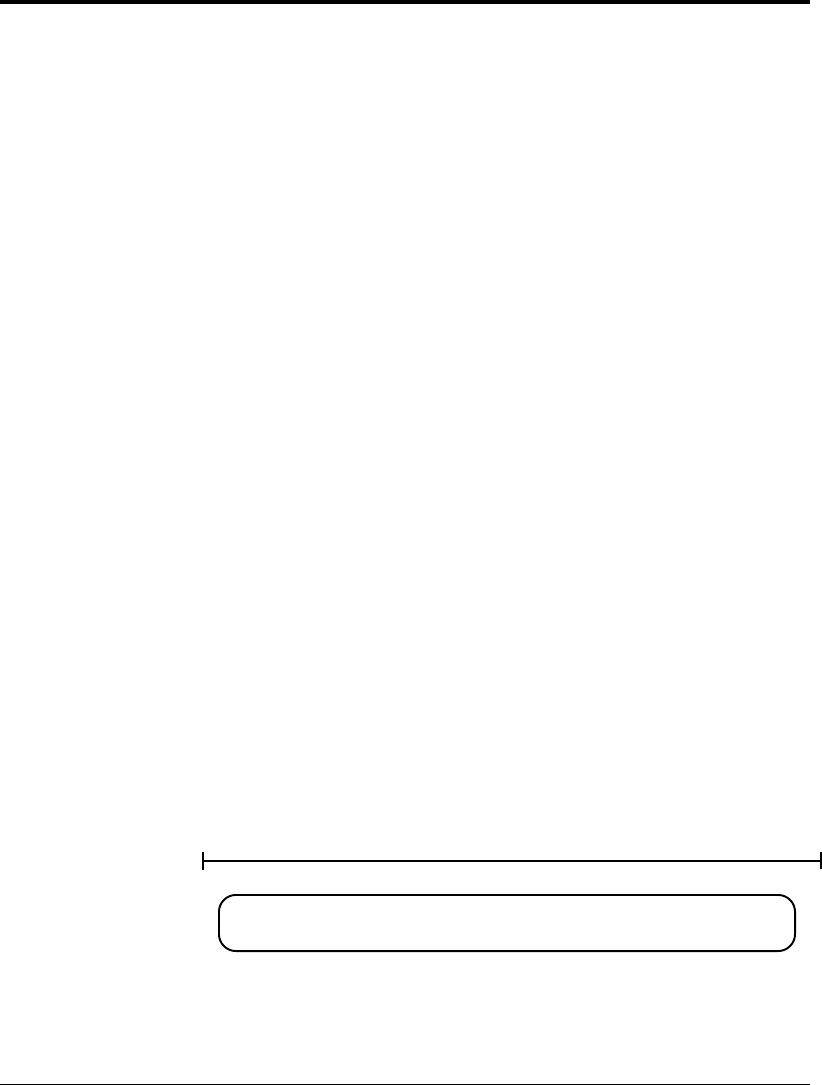
2-30 User’s Manual
Menu Items
Parallel menu
Acknowledge The pulse width of the ACK signal
Mode1 0.5 µs
Mode2 1.0 µs
Mode3 4.0 µs
Bi-direction Bi-directional Centronics interface mode
NPAP mode Whether the NPAP commands are used.
When using MarkVision™, the NPAP mode
must be Auto or On.
Serial menu
Baud rate Data transfer speed on the serial interface
Pacing Protocol of the serial interface
DTR polarity Level of the DTR signal in the DTR protocol
ROBUST XON ROBUST mode in the Xon/Xoff protocol
Network menu
NPAP mode Whether the NPAP commands are used.
When using MarkVision™, the NPAP mode
must be Auto or On.
BootP Whether the TCP/IP protocol that enables a
workstation to find its IP address is enabled or
disabled for the network adapter
IP address A unique address of the printer in the TCP/IP
network environment
IP netmask Bit mask that logically subdivides the network,
specifying a local network portion of the IP
address
IP gateway A unique address of the equipment for the
gateway to outside of the enclosed
environment
Clear warning
<Clear warning> Clearing a consumables life counter (for the
developer unit or the drum unit)
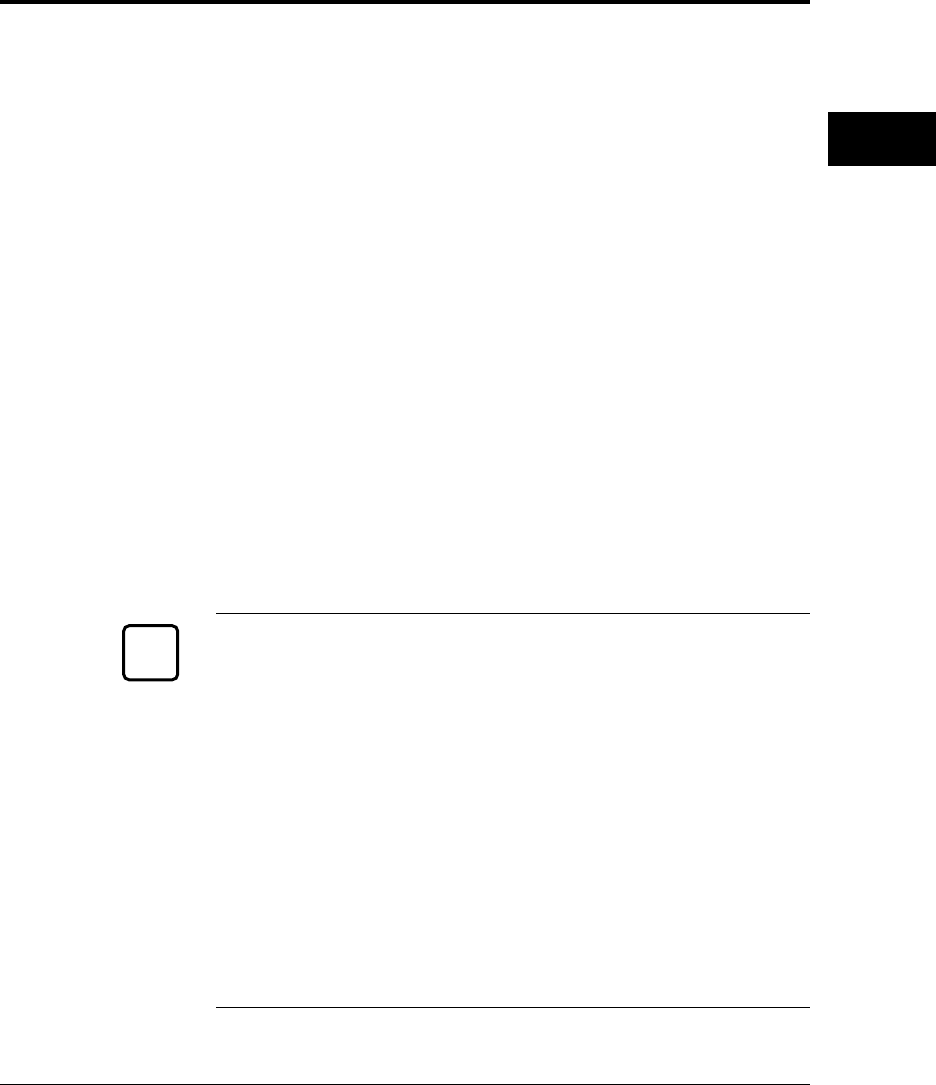
User’s Manual 2-31
PRINTING AND
PAPER HANDLING
Handling Paper
Discusses paper selection and paper handling:
• Types and sizes of paper you can use with this printer, including
envelopes and transparencies
• Ensuring that both the software program and the printer have
compatible paper size settings
• Adjusting the printer for a variety of paper thickness
• Tips on handling print media
• Adjusting the paper tray to fit a different paper size
• Feeding paper manually
Paper Types and Sizes
This printer can print on a variety of common office papers in
addition to standard photocopier bond. Bond paper can range in
basic weight from 60 to 105 g/m2 (16 to 28 pound) for the paper
tray and from 60 to 199 g/m2 (16 to 53 pound) for the manual
feeder. Smooth paper produces the best print quality, but textured
papers usually provide satisfactory results.
The following descriptions also apply to an optional paper tray.
Caution:
When you use thick paper, follow these guidelines:
• When you are using thick paper, thick envelopes, or special paper
and find improper adhering of toner to the paper, turn the thick
paper mode on using the control panel. This mode is invalid for
transparencies and labels.
• When you cannot be satisfied with the results of the thick paper
mode or want to print on thin paper, use the extension mode of
paper thickness.
• Turn the mode off or reset it to 0 when you print on regular paper.
Printing regular paper with this mode on or set to a value other
than 0 may cause a decrease in print quality or reliability of the
printer.
• With some kinds of paper, curling may happen. In this case, put
the paper face down.
Handling Paper
☞
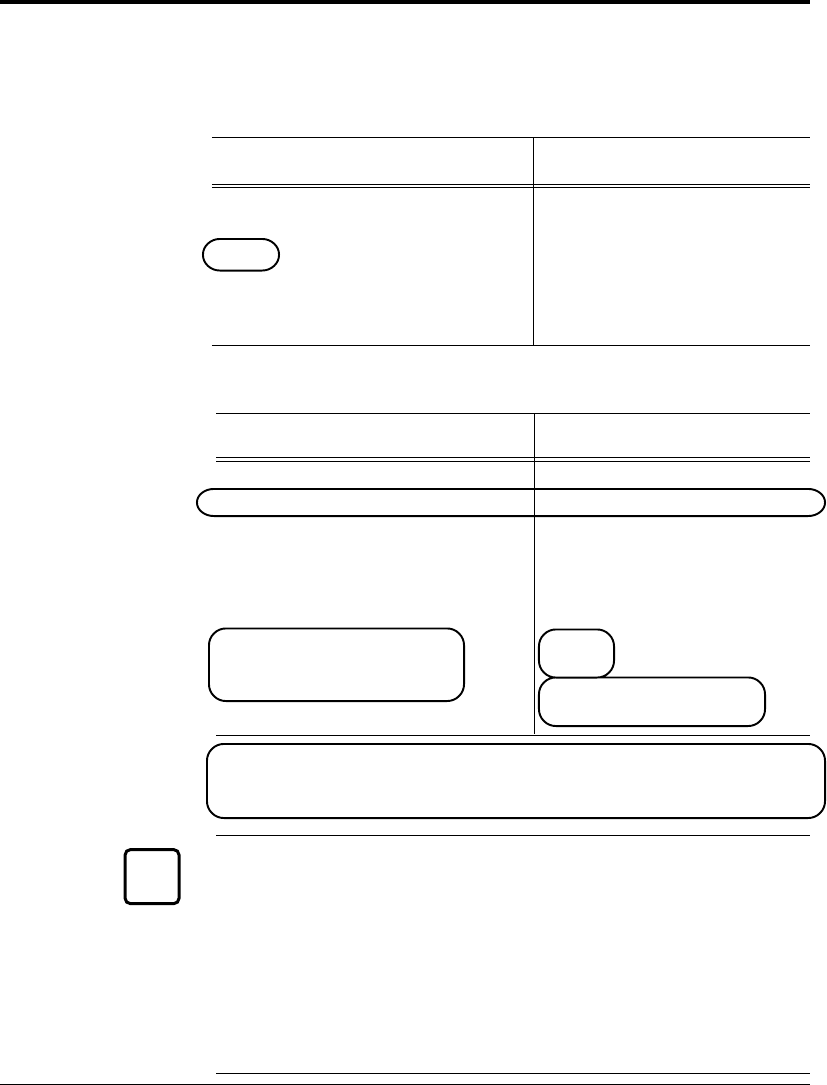
2-32 User’s Manual
Handling Paper
This printer can print on a wide range of paper sizes, but the size is
limited when using paper trays.
• When using a paper tray, the size is:
Paper size (physical) Dimensions
A4 (European letter size) 210 × 297 mm
A5 148 × 210 mm
JIS B5 (Japanese letter size) 182 × 257 mm
Letter (US letter size) 8.5 × 11 in
Legal (US legal size) 8.5 × 14 in
Executive 7.25 × 10.5 in
• When using the MFF (12MX only) or manual feeder, the size is:
Paper size (physical) Dimensions
A4, A5, B5, Letter, Legal, Executive Same as above
A6 105 ×148 mm
Envelope COM-10 4 1/8 × 9.5 inches
Envelope Monarch 3 7/8 × 7.5 inches
Envelope C5 162 × 229 mm
Envelope DL 110 × 220 mm
Envelope B5 176 × 250 mm
Custom size: Minimum (*) 90 mm wide × 148 mm long
(3.54 × 5.81 inches)
Maximum 229 mm wide × 356 mm long
(9.01 × 14.01 inches)
* Two-sided printing using an optional duplex unit cannot be done
for paper shorter than 210 mm (8.26 inches) long and envelopes. If
it is specified, single-sided printing is automatically done.
Important:
When printing on legal-size paper in the FPS emulation, set the one
of the following:
• Add RAM extension cards of 8M bytes or more (12M bytes or
more in total)
• Select “memory model” in the FPS menu.
If a print job stops halfway with a certain error message printed, the
same measures above often recover the error.
✍
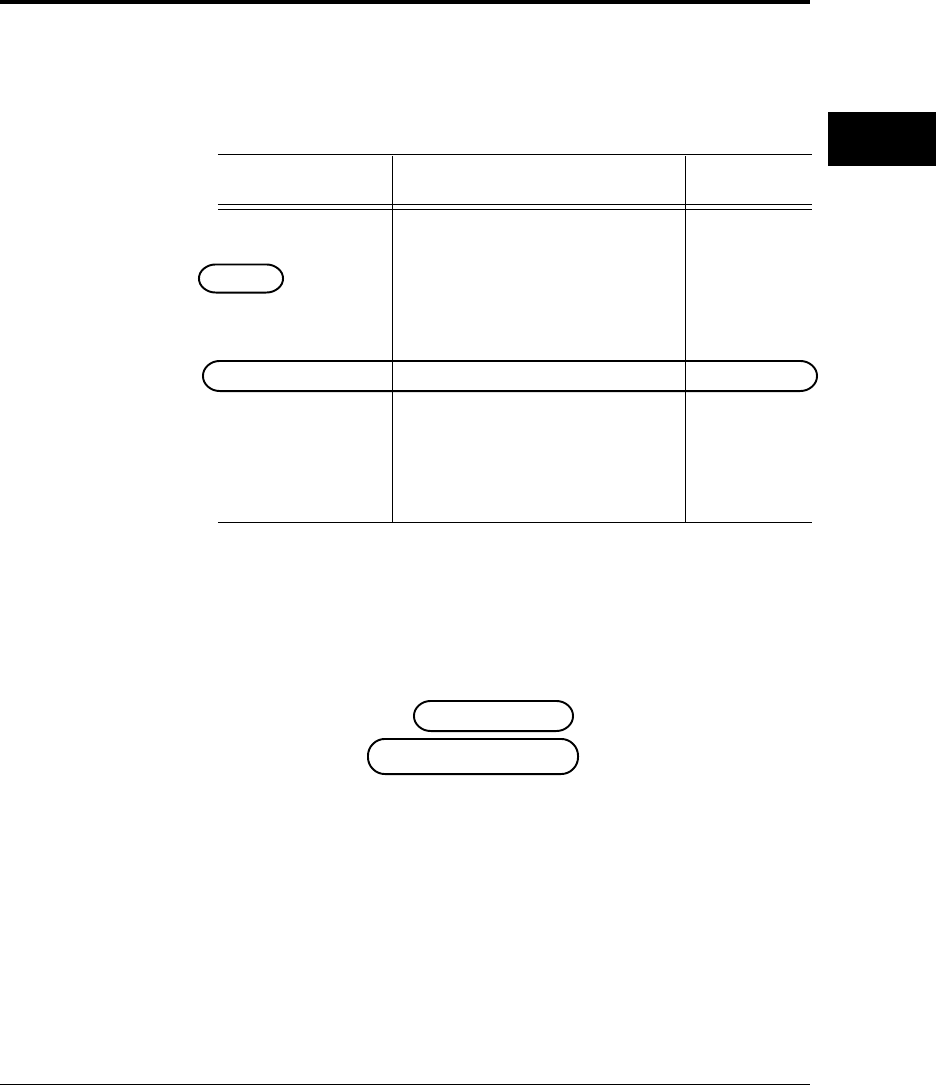
User’s Manual 2-33
PRINTING AND
PAPER HANDLING
Handling Paper
Although this printer can print on any sheet within the limits stated
above, printing area and margin calculations are based on several
paper sizes as shown in the table below. Use the control panel to
change the supported paper size.
Paper size (logical) Dimensions Abbreviation
A4 210 × 297 mm A4
A5 148 × 210 mm A5
JIS B5 182 × 257 mm JB5
Letter 8.5 × 11 inches LT
Legal 8.5 × 14 inches LG
Executive 7.25 × 10.5 inches EX
A6 105 × 148 mm A6
Envelope COM-10 4 1/8 × 9.5 inches CO
Envelope Monarch 3 7/8 × 7.5 inches MO
Envelope C5 162 × 229 mm C5
Envelope DL 110 × 220 mm DL
Envelope B5 176 × 250 mm B5
When the PCL emulation is used and if the physical paper size (tray
size or MFF paper size) is different from the logical paper size (value
specified by setup menu of paper size), a paper mismatch error
occurs.
If a paper mismatch error occurs, the printer requests you to load the
correct size of paper on the tray or MFF by the following message:
LOAD MFF XXX or LOAD TRY
n
XXX
XXX means the abbreviation of paper size shown in the third
column of the above table. It is also used in the paper insertion
request message for a paper out error or manual feed mode.
However, you can load the correct size of paper in tray 1 or 2 to
clear the error.

2-34 User’s Manual
Adjusting for Paper Thickness
When you are using thin paper, thick paper, or thick envelopes, you
may find improper adhering of toner to the paper, wavy paper, or
light printing. This printer can improve the above print quality
within the paper specifications by means of the thick control menu
which has two modes, normal and extension. The printer is set in
normal mode as a factory default. To change the mode and select an
option, see Selecting the Thick Control Menu described earlier in
this chapter.
In normal mode, you can use the thick paper mode, which allows
you to print on thick paper, from 90 to 199 g/m2 (24 to 53 pound).
The setting is common to all paper sources. The thick paper mode is
automatically used regardless of its option setting when you select an
envelope for MFF paper size.
In extension mode, you can use media modes on tray 1, tray 2 (if
installed), manual feeder, and MFF (12MX only), which allow you
to print on thin paper, thick paper, or thick envelopes. A different
setting can be specified every paper source. The media mode = 1
(thick paper) is automatically used when you select an envelope for
MFF paper size so long as the media mode = 0 ( ordinary paper) is
being selected.
Caution:
Turn the mode off or reset it to 0 when you print on regular paper.
Printing regular paper with this mode on or set to a value other than
0 may cause a decrease in print quality or reliability of the printer.
Use the following guidelines when printing on thin paper, thick
paper, or thick envelopes:
Basically use the thick paper mode (option: on or off) in the normal
mode:
Off: Ordinary paper
On: Thick paper, 90 to 199 g/m2 (24 to 53 pound),
Rough surface of paper,
Toner easily scraped off by fingers, or
Printing or back side stained with toner
☞
Handling Paper

User’s Manual 2-35
PRINTING AND
PAPER HANDLING
Use a media mode (option: -2 to 5) in the extension mode if you
cannot be satisfied with the normal mode and want to make fine
adjustment. Select an appropriate option as follows:
-2: Thin paper near 60 g/m2 (16 pound), resulting in waving
-1: Thin paper near 60 g/m2 (16 pound), resulting in light
printing with the duplex unit
0: Ordinary paper
1: Thick paper from 90 to 199 g/m2 (24 to 53 pound)
2: Thick envelope, resulting in toner easily coming off paper
3: Thick envelope, resulting in light printing
4: Thick rough bond paper containing cotton over 50 %,
resulting in smudging
5: Thick rough bond paper containing cotton over 50 %,
resulting in light printing
For light printing, see the print quality problems at first. Media
mode for light printing affects only under the limited usage.
With mode number 2, 3, 4, or 5 selected, continuous printing is
allowed up to 30 minutes.
General Tips
Observe the following tips when handling print media.
• Do not use paper that is wrinkled or curled.
• Do not use paper with staples or metal parts.
• When printing both sides of sheets and your printer is a
PrintPartner 12MX, we recommend you to use an optional duplex
unit. If your printer is PrintPartner 12M, use the manual feeder (in
this case, remove curls after first printing). Use paper in 60 to 105
g/m2 (16 to 28 pound) weight for the duplex unit and 60 to 199
g/m2 (16 to 53 pound) weight for the manual feeder. Paper thinner
than this weight may be wrinkled thus causing decrease in print
quality.
• Two-sided printing is not allowed for transparencies, envelopes,
and labels even if your printer has the duplex unit.
Handling Paper

2-36 User’s Manual
Handling Paper
Preprinted Sheets
In general, you can safely print on preprinted sheets such as
letterhead. However, letterhead with thermographic (raised)
printing, embossing, or foil stamping may not work well. The forces
used to create these effects (heat and/or pressure) are also used in the
printer’s fuser unit. For this reason, the fuser unit may damage the
preprinted image.
Load preprinted paper with the printed side facing down in the
paper tray. When using the manual feeder, place paper with the
printed side facing up. For printing in portrait orientation, the
letterhead should be at the front of the tray. For landscape
orientation, it should be at the right of the tray. For more
information on printing in different orientations, see the later section
of this chapter.
Transparencies
This printer can print on overhead transparency material.
• We recommend you to set up the rear stacker so that transparencies
are ejected straight out the back to minimize curl.
The capacity of the rear stacker is about 10 sheets.
• Use materials specially designed for laser printers or photocopiers.
• Always feed transparency material from the multi-function feeder
(MFF; option for 12MX) or the manual feeder.
• To remove curls from printed transparency materials, use correct
frames or put a weight on them until they lay flat.
066
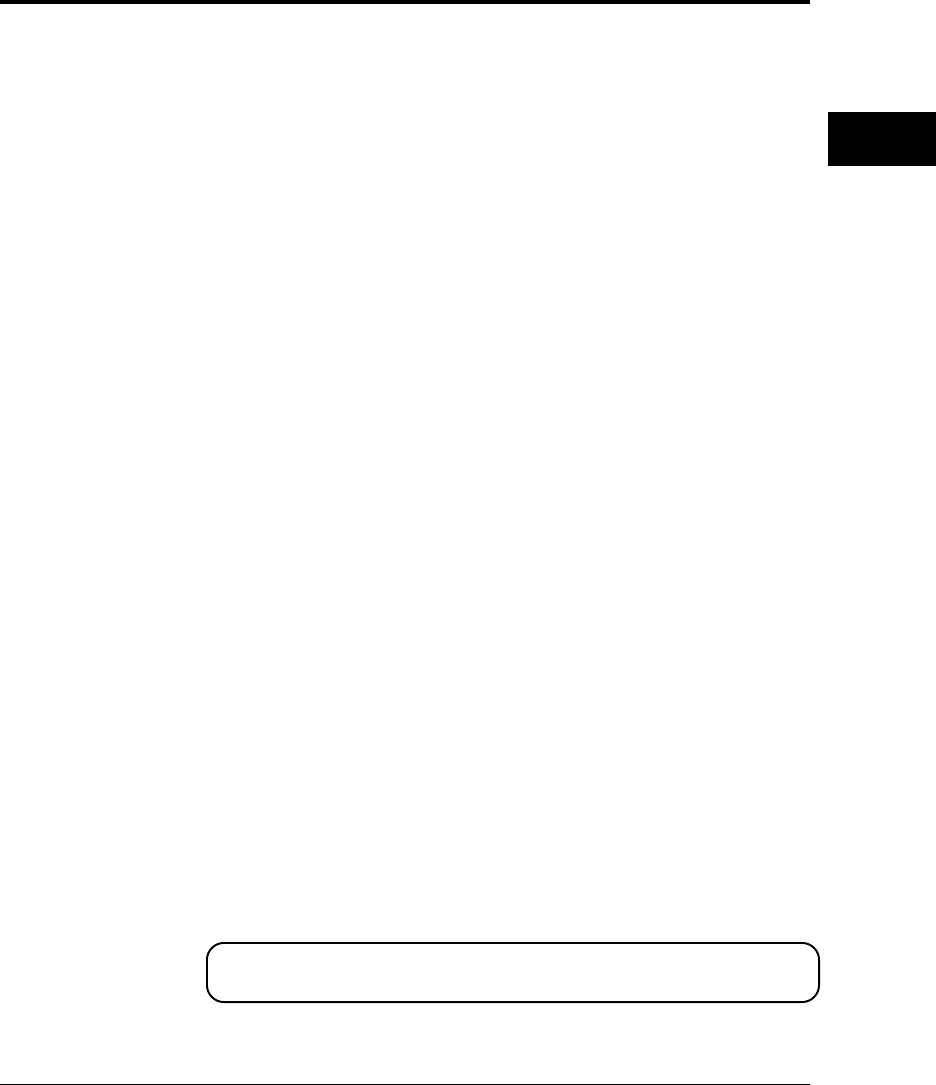
User’s Manual 2-37
PRINTING AND
PAPER HANDLING
Handling Paper
• Be sure to fan the transparency stack to prevent sheets from
sticking together.
Envelopes
This printer prints well on envelopes if you carefully follow these
guidelines:
• Use envelopes made of paper in 75 to 199 g/m2 (20 to 53 pound)
weight. Printing with envelopes made of paper thinner than this
weight may produce wrinkles thus causing decrease in print quality.
• Be sure to set up the rear stacker so that envelopes are ejected
straight out the back to minimize curl.
The capacity of the rear stacker is about 10 sheets.
• Use the envelope sizes shown in the preceding table.
• To avoid damage to the printer, never use envelopes with clasps,
snaps, windows, or synthetic materials.
• Feed from the multi-function feeder (MFF; 12MX only) or the
manual feeder of the printer.
• Feed the envelopes with the gummed side of the flaps facing
downward.
• Do not use “encapsulated” adhesives, which seal by pressure alone.
• To avoid jamming, restrict the minimum paper weight to 64 g/m2
(17 pound).
• To avoid creasing along the edges, use high-quality envelopes with
stiff edges.
• To avoid uneven printing, do not attempt to print on the gummed
overlap areas.
• Be sure to feed or load the envelopes with the envelope centered
against the manual feeder, using the paper guides.
• Before attempting large-scale printing on envelopes, consult with
your stationery dealer. Also, test the envelopes carefully for
consistent, trouble-free printing.
• If fusing is insufficient (toner is easily scraped off by fingers), use
the thick paper mode.
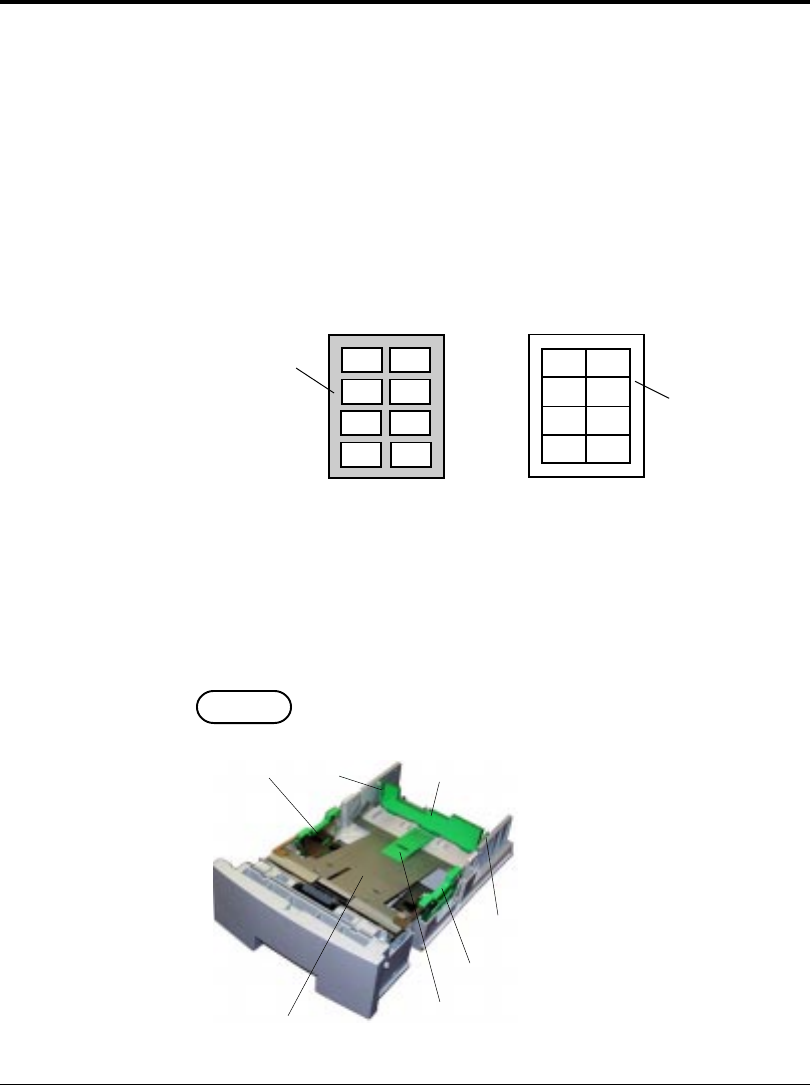
2-38 User’s Manual
Labels
This printer prints well on labels if you carefully follow these guidelines:
• Be careful to use labels under normal operating conditions. Labels
are sensitive to temperature and humidity.
• Use the rear stacker so that labels are ejected straight out the back
to minimize curl.
• Use only labels without backing sheets exposed in the printable
area. Labels mounted separately on a backing sheet tend to slip,
resulting in crocked print.
Handling Paper
Acceptable
Backing sheet
is not exposed.
Not acceptable
Backing
sheet is
exposed.
Rear guide
Right guide
• Test-print labels before using them. If jamming problems occur
and continue, try a different type of label.
Changing the Paper Tray Size
The paper tray can be adjusted to one of the six paper sizes: A4, A5,
JIS B5, LTR (Letter), LGL (Legal), and EXE (Executive). To change
the size, follow these steps:
1. Remove the paper tray
from the printer.
Refer to the illustration for
the parts you adjust when
changing the size of the
tray.
068
Center plate
Pin
Pin
Pressure plate
Left guide
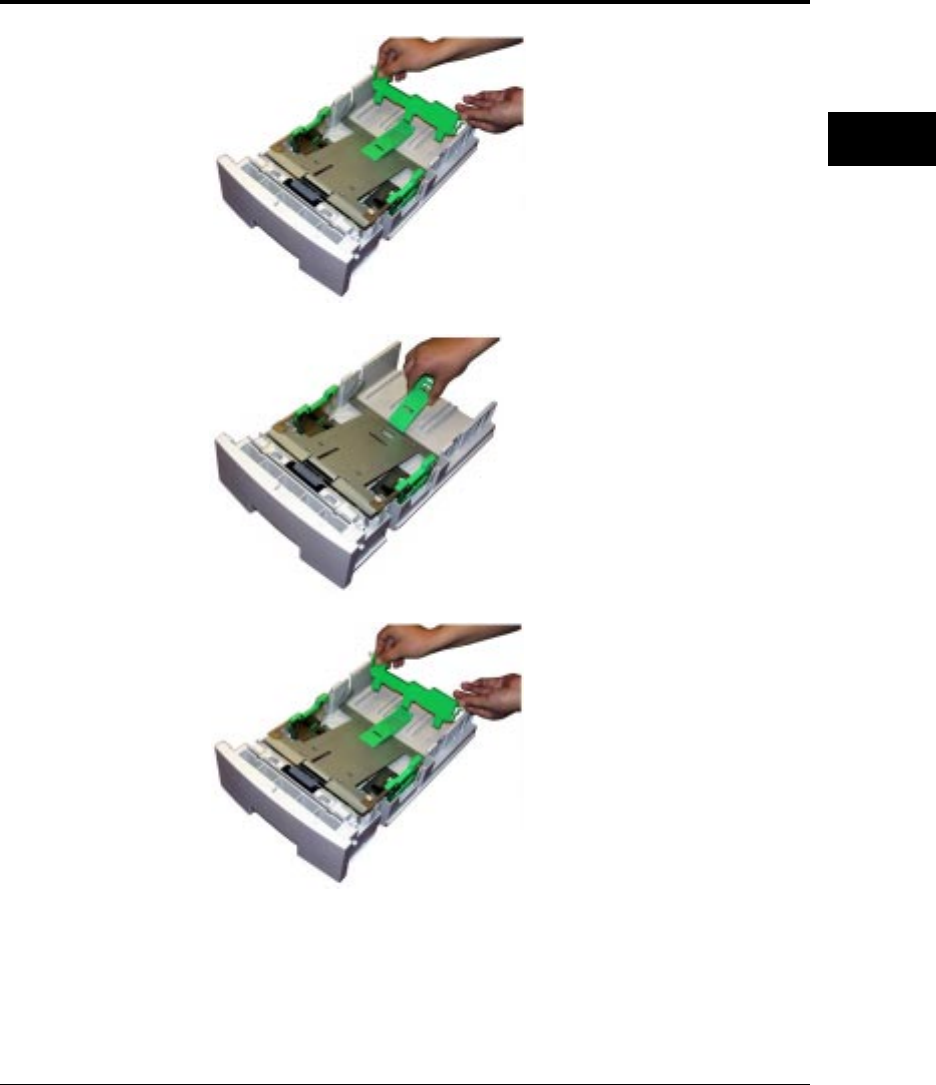
User’s Manual 2-39
PRINTING AND
PAPER HANDLING
Handling Paper
2. Remove the rear paper
guide from the tray. Push
the two catches inward to
release the pins from the
holes and remove the rear
paper guide from the tray.
3. If you want to use the legal
size, move the center guide
one slot outwards. Lift the
rear end of the center guide
to detach it from the
pressure plate. Then, put
the front end of the center
guide into the adjacent slot.
4. Attach the rear paper guide
to the correct position.
Refer to the engraving on a
side guide to locate the
notch of the desired paper
size.
First push the bottom
center tab of the rear paper
guide into the notch, then
push the two catches inward
to put the two pins into the
corresponding side holes.
069
070
071
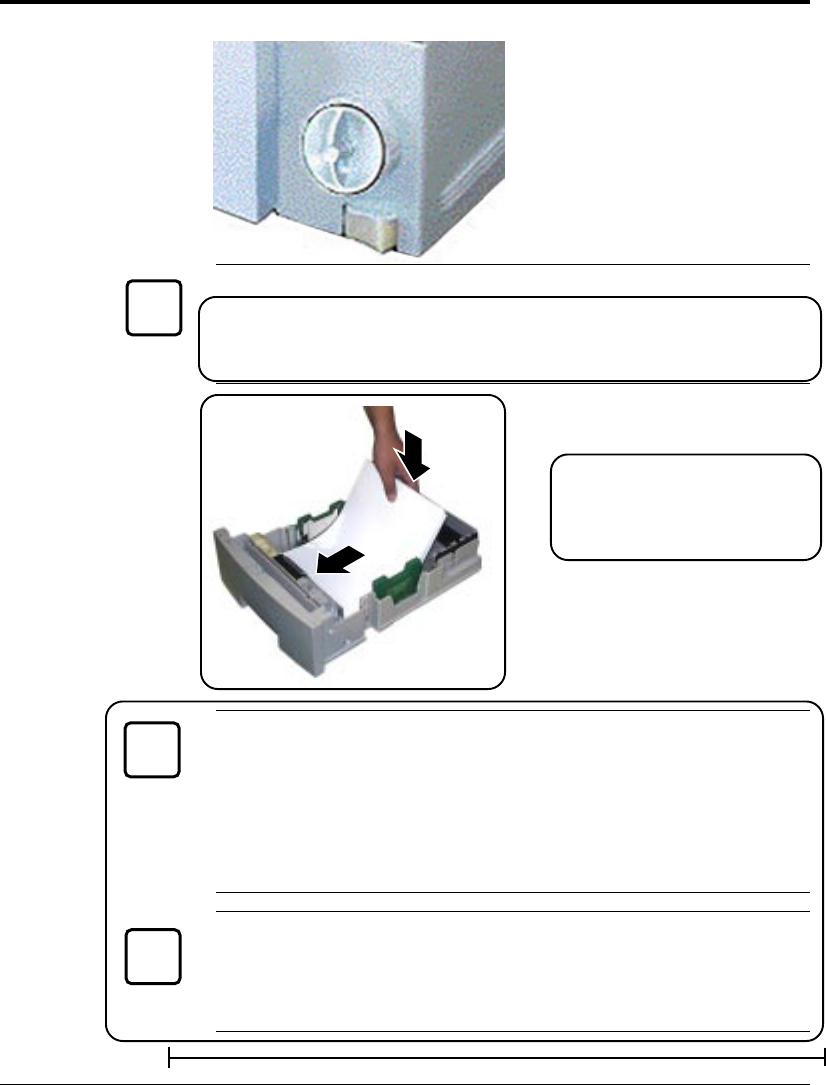
2-40 User’s Manual
Handling Paper
072
✍
5. Change the setting of the
paper size dial. Turn the
dial to the correct position.
Important:
Set the paper size dial to the size of the loaded paper and select the
correct paper size on the print menu of your application program, or
a paper mismatch error will occur when printing.
6. Load paper and check that
the paper fits the tray.
Adjust the right side-guide
so that both side-guides fit
to the width of paper
snugly.
7. Return the paper tray. Slide
the tray back into the
printer.
Caution:
Put the paper stack in the tray with the printing side faced down.
If paper is wavy or curled, remove waved or curled sheets of paper.
If paper is abnormally curled or becomes cylindrical after printing,
use the paper upside down. It may reduce a degree of curl.
Important:
Do not turn the paper size dial after you have loaded paper.
Changing the dial setting causes a paper mismatch error when
printing the paper.
☞
✍
033
Arrow 1
Arrow 2
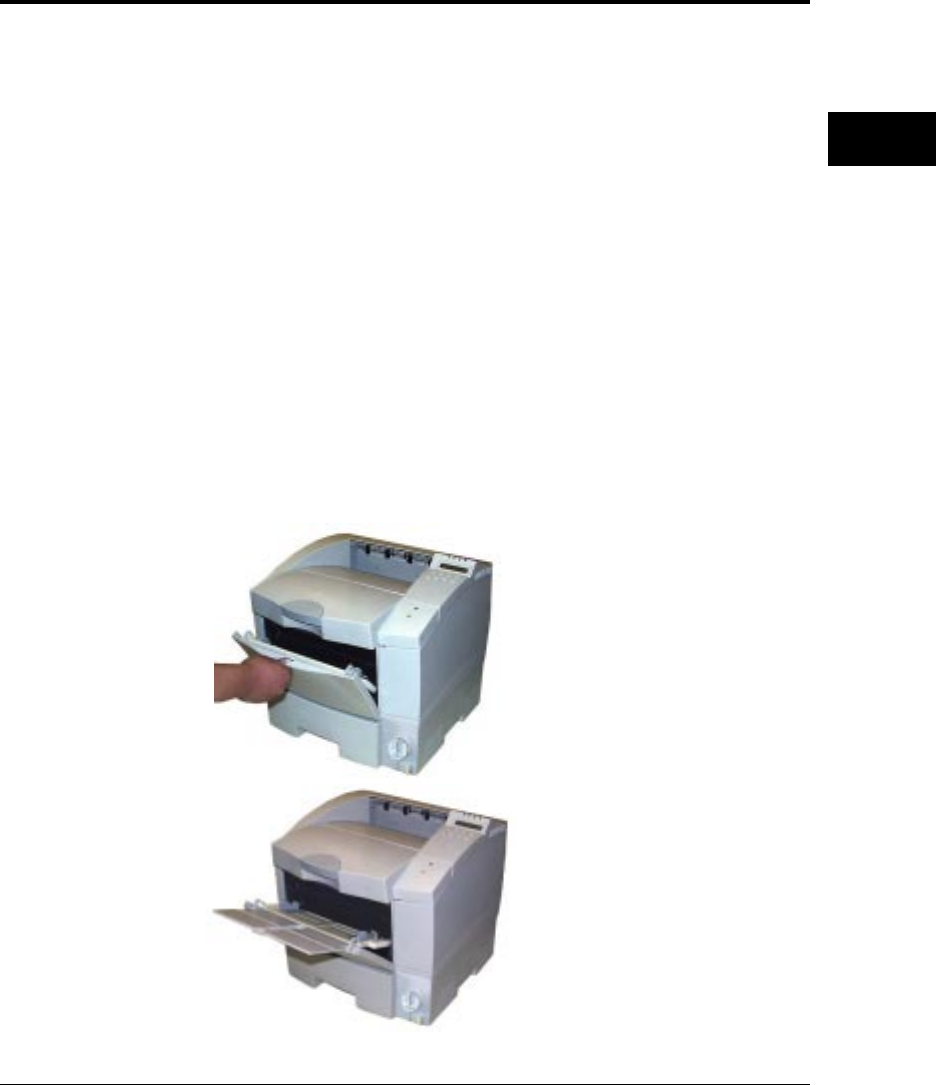
User’s Manual 2-41
PRINTING AND
PAPER HANDLING
Handling Paper
Using the Multi-function Feeder (12MX only) or Manual Feeder
The PrintPartner 12M has a manual feeder, accessible with the front
door opened, to allow you to feed a sheet manually. The
PrintPartner 12MX has a multi-function feeder, with a similar
appearance to the manual feeder at a glance, to allow you to handle a
stack of sheets.
The multi-function feeder also functions as the manual feeder when
it is set in manual feed mode. Use these feeders for printing, thick
paper, envelopes, overhead transparencies, and labels. The manual
feeder or the multi-function feeder in manual feed mode also can be
used to print a document on a different type of paper without
unloading your regular paper from the paper tray.
Multi-function Feeder
The multi-function feeder is available for PrintPartner 12MX only.
1. Open the front door. Pull
the depression at the top of
the door.
2. Extend the paper support.
Pull the center top of the
paper support all the way.
073
074

2-42 User’s Manual
Handling Paper
3. Adjust the paper guides.
Slide the paper guides to fit
the width of paper snugly.
4. Fan the paper stack. When
loading paper, be sure to
fan the paper stack to
prevent sheets from sticking
together.
5. Load paper. Place the paper
stack on the MFF and push
it all the way until its front
portion is stopped.
6. Open the rear stacker. If
necessary, open the rear
stacker.
075
077
078
076
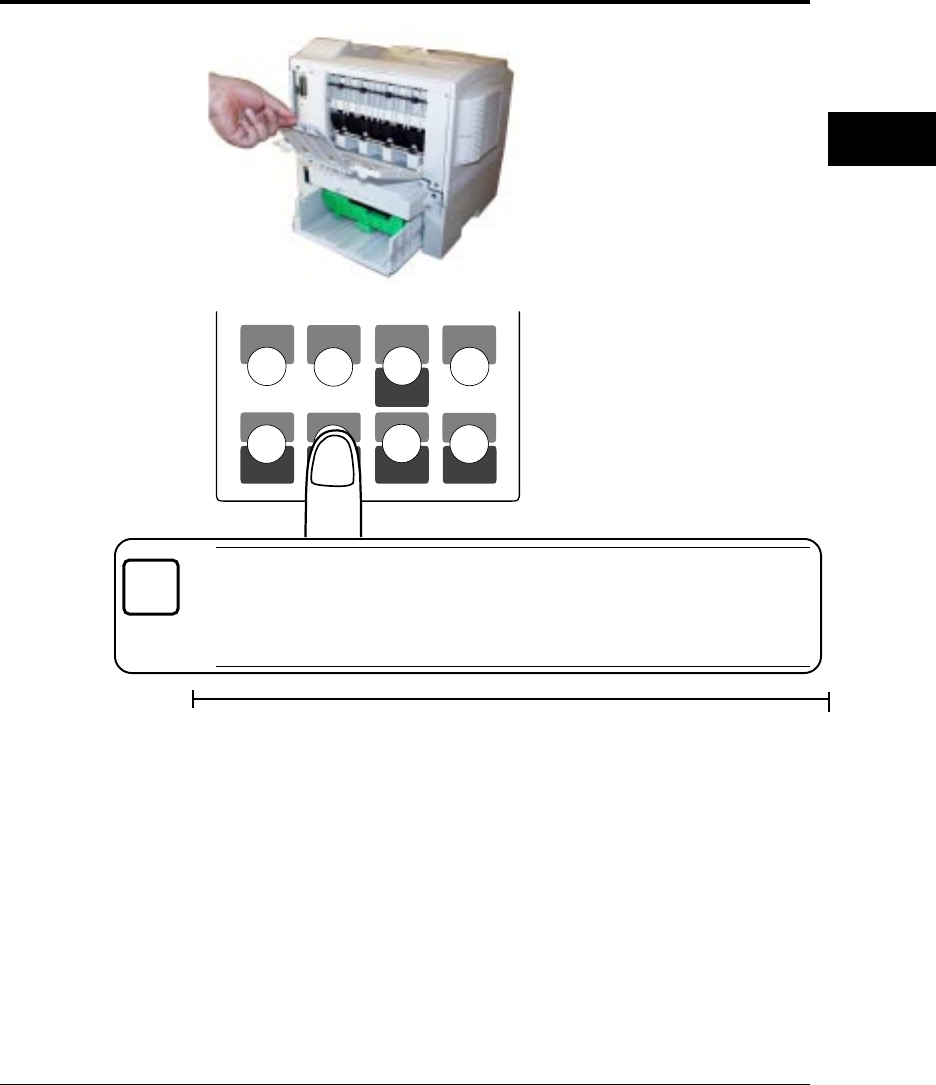
User’s Manual 2-43
PRINTING AND
PAPER HANDLING
MFF
PAPER SIZE
PRINT
FONT
SELF
TEST
RESET
CONT. ENTER
–
+
MENUREADY
FORM
FEED
RESET
MENU
SELECT
7. Extend the subguide. Raise
the top of the subguide to
open it.
8. Set the physical paper size
of the MFF. Use the MFF
paper size menu to select
the size of paper loaded in
the MFF. See the early
section, Setting MFF Paper
Size, in this chapter.
Important:
The MFF has two operation modes: First mode and Cassette mode.
When using it in Cassette mode (default), you must specify the
physical paper size of the MFF.
Handling Paper
079
✍
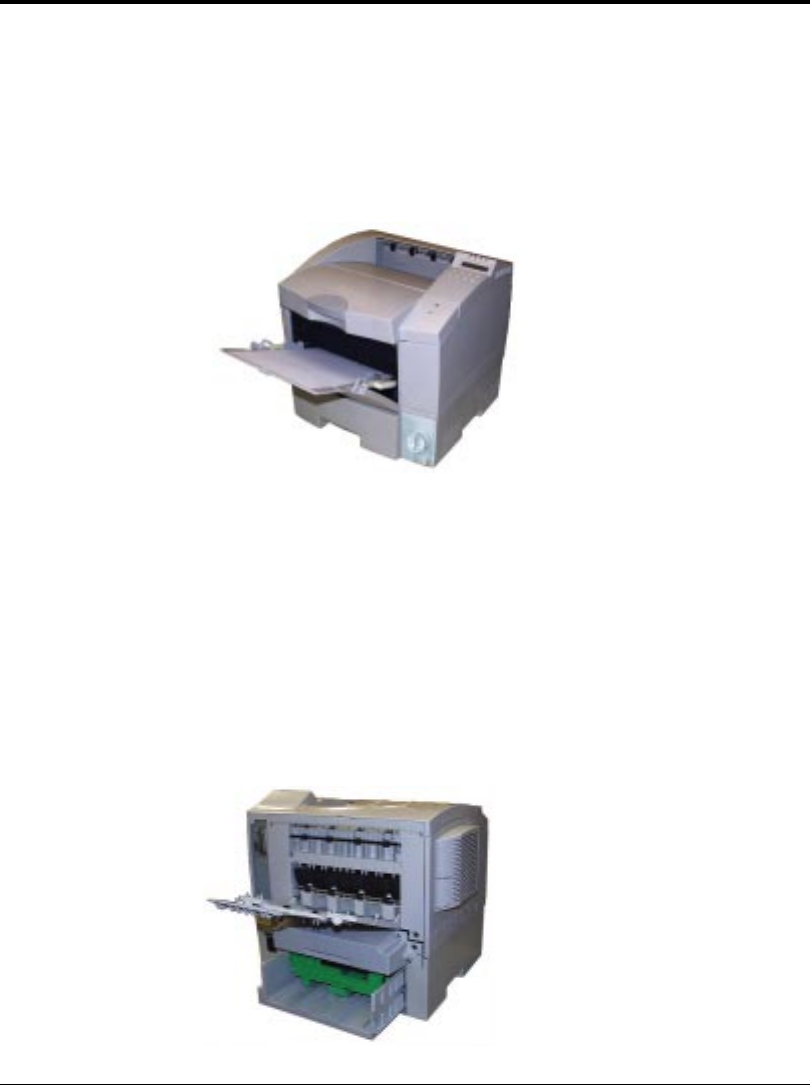
2-44 User’s Manual
Manual Feeder
To use the manual feeder or the multi-function feeder in manual
feed mode, first select MANUALFEED ON using the tray select mode
of the control panel. Next, start your software program to print a file.
Paper handling is similar to that of the multi-function feeder. The
following shows paper loading step only:
Place a sheet with print
side face up. When the
printer is ready to print, it
displays the message
Insert
size
to prompt
you to prepare a sheet of
paper. Insert the sheet until
it is stopped. Insufficient
insertion prevents paper
from being fed or causes
skewed feeding.
If your file has additional pages, the printer prompts you for another
sheet.
Setting Up the Rear Stacker
This printer has a rear stacker that allows you to eject sheets straight
out the back to minimize curl. Use the rear stacker to print thick
paper, envelopes, overhead transparencies, and labels.
To use the rear stacker, follow these steps:
1. Open the rear stacker. Pull
the projections at the top of
the stacker.
2. Extend the subguide. Raise
the top of the subguide to
open it.
Handling Paper
081
082
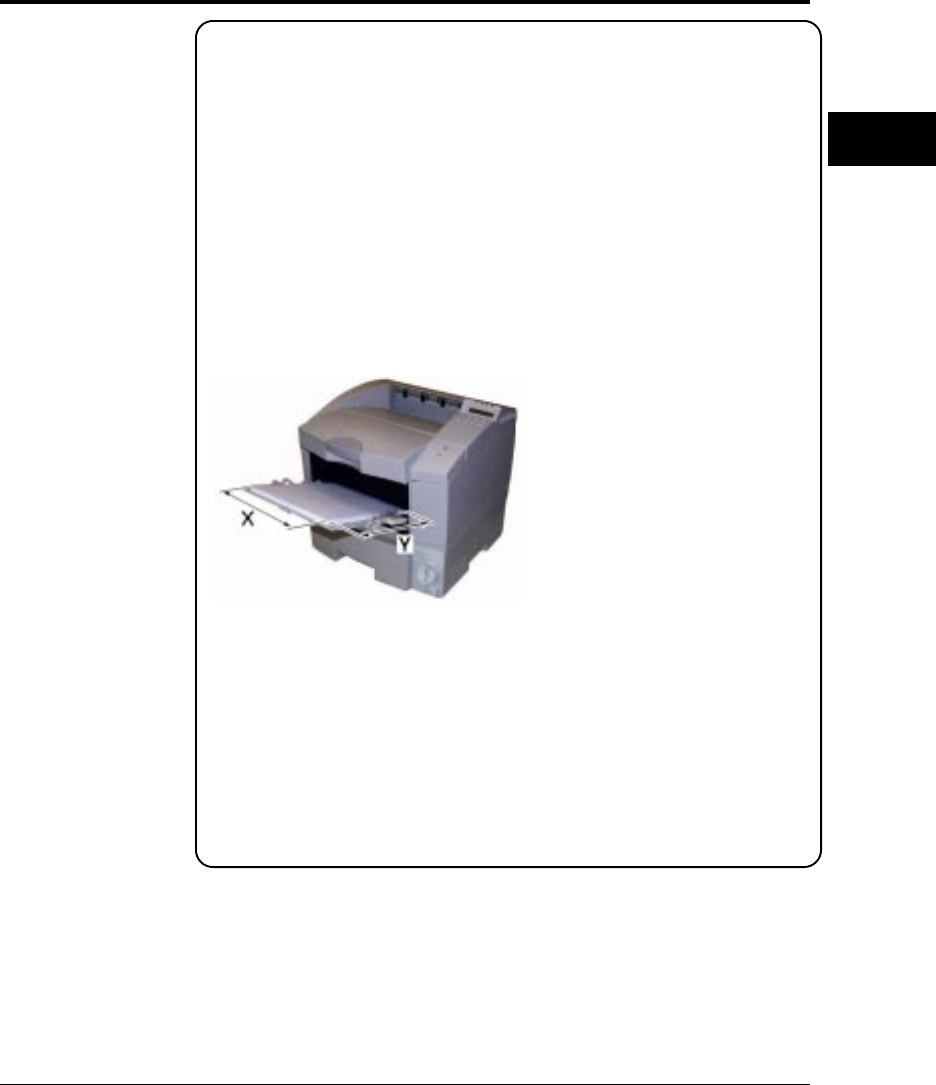
User’s Manual 2-45
PRINTING AND
PAPER HANDLING
Printing on Custom-Sized Paper
PrintPartner 12MX can print on custom-sized paper (nonstandard
size paper) by using the multi-function feeder (MFF).
Note that you can also use the manual feeder to print custom-sized
paper. You must load sheets one by one and the printer does not
check the paper size.
To print on custom-sized paper, follow these steps:
1. Specify the size of paper to be used. Set the printer in menu
mode using the control panel and select the Page Format menu.
a. Select Custom for Paper/
Envelope.
b. Adjust Custom X and
Custom Y to the size of
paper to be used.
To the paper feed direction,
length X is perpendicular
and length Y is parallel as
shown left.
When you specify the paper size from the printer driver, use a
property sheet screen.
2. Specify the physical paper size of the MFF. When the MFF
mode is “Cassette” (default), select the MFF Paper Size menu
from the control panel and select “Custom” in the menu. When
the MFF mode is “First”, you do not need to specify the paper
size.
Handling Paper
039a
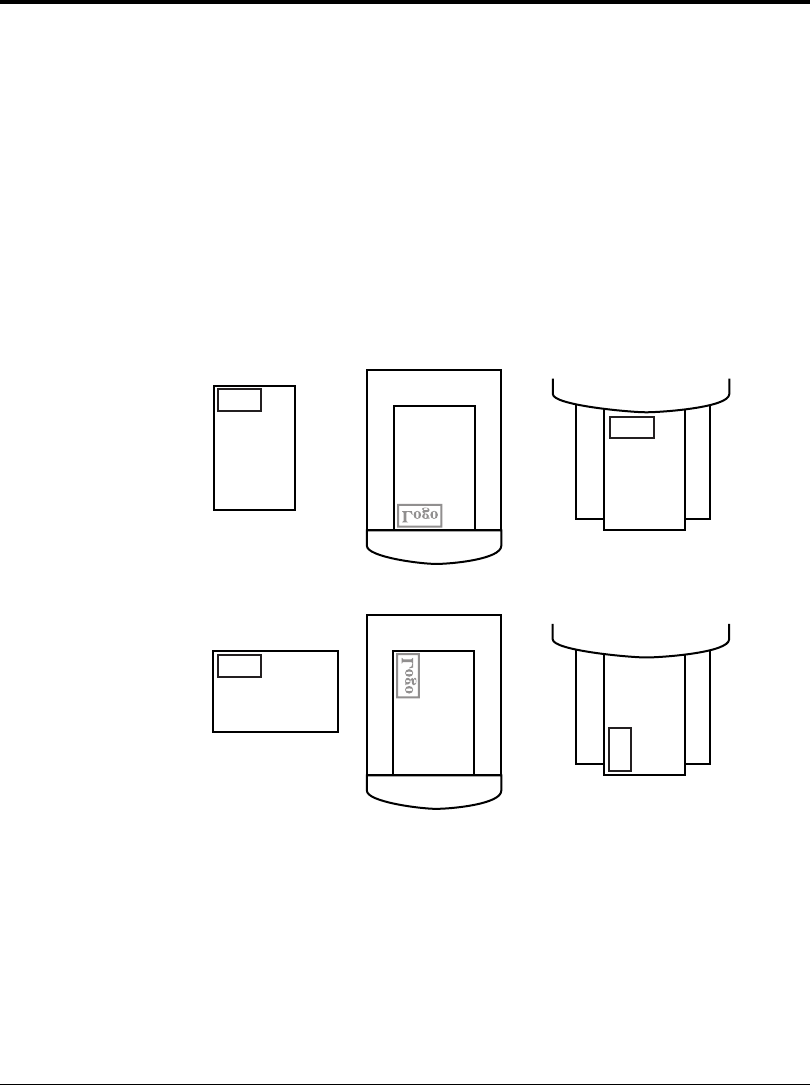
2-46 User’s Manual
Page Orientation
When you want to print on preprinted paper like letterhead, it is
important to understand the relationship between the paper loading
direction (lengthwise feeding only) and the page orientation
(portrait/landscape).
When using a paper tray, place the paper with its letterhead facing
down. Insert the paper as shown below.
When using the MFF (12MX only) or the manual feeder, place the
paper with its letterhead facing up. Insert the paper as shown below.
Figure 2–4 Loading letterhead in a paper tray or on the manual feeder
Handling Paper
Logo
Logo
Logo
Logo
Portrait
Landscape
Tray
Tray
MFF/manual feeder
MFF/manual feeder

User’s Manual 3-1
ENHANCING &
CUSTOMIZING
3
CHAPTER
Enhancing and Customizing the Printer
This chapter explains the following ways to enhance or customize
your printer:
• Add RAM up to a total of 64 megabytes except the resident RAM.
• Add an alternate emulation to the resident one.
• Add an additional interface to the parallel and/or serial interfaces.
• Add a paper feeder as the second paper source.
• Add a duplex unit as the two-sided printing mechanism (available
for 12MX only).
You can order these options separately. See Appendix B for ordering
information. Contact your dealer for information on other new
options that may be available.
The following gives you brief information and installation
instructions for each option.
Caution:
Be sure that the printer is turned off before installing an option.
Do not touch any connector contacts to avoid possible electrostatic
damage to the printer.
You may need to expand RAM to process more data for either of the
following reasons:
• You commonly download several fonts when printing a job
• You print files with complex graphics
• You print on legal-size paper in speed mode with banding mode off
in FPS emulation (standard for 12MX and option for 12M)
Adding RAM
☞
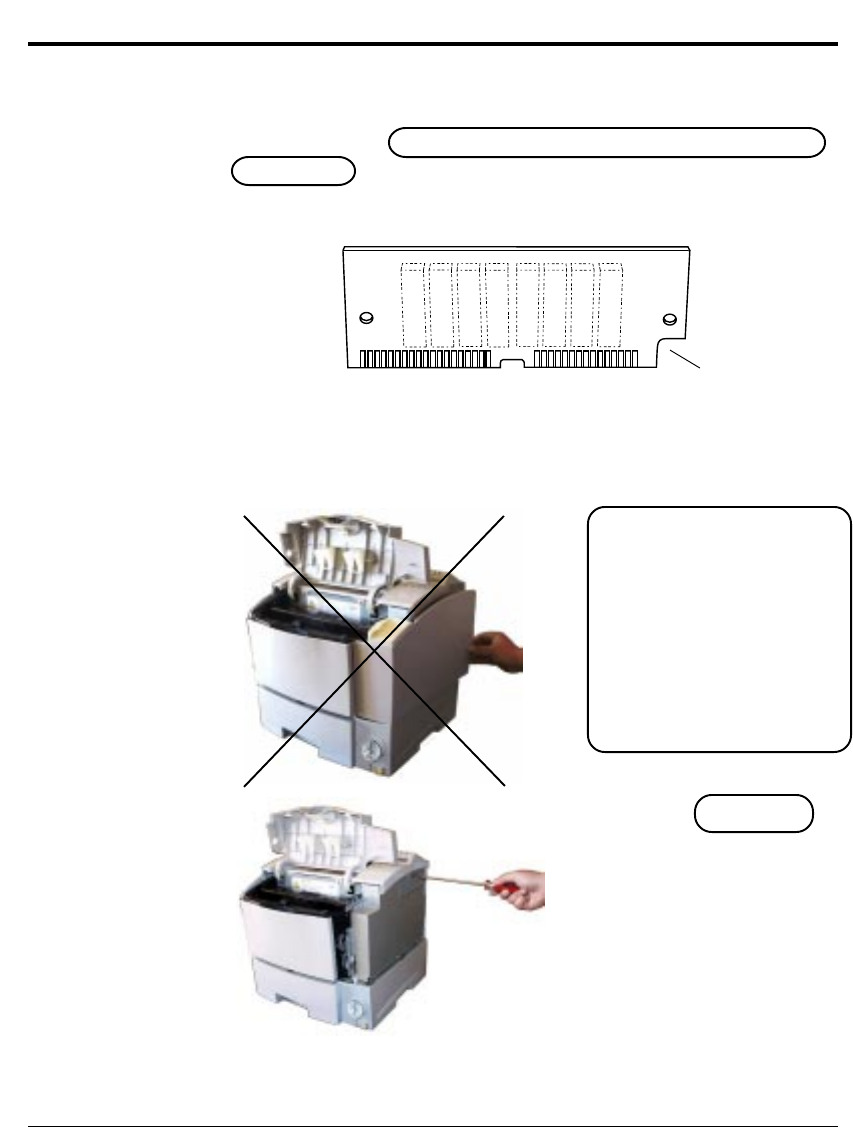
3-2 User’s Manual
To install the RAM card, first make sure the printer is turned off and
follow these steps:
1. Open the upper door and
remove the right side
cover of the printer. To
remove the right side cover,
remove the two screws and
open the front of the cover
while pushing it backwards.
You will see a connector
cover on the metal plate.
2. Remove the connector
cover. Remove the fastening
screw and the cover. You
can now see three
connectors (upper two ivory
ones for RAM cards).
You can install two memory expansion cards. The expansion card
can have 4, 8, 16, or 32 megabytes of RAM. Together with the
printer’s resident memory (4 megabytes for 12M and 8 megabytes
for 12MX), these expansion options offer a range of RAM from 4 to
68 (12M) or 72 (12MX) megabytes.
Adding RAM
Insert with cut
facing down and
to the right
(8MB card)
085
086
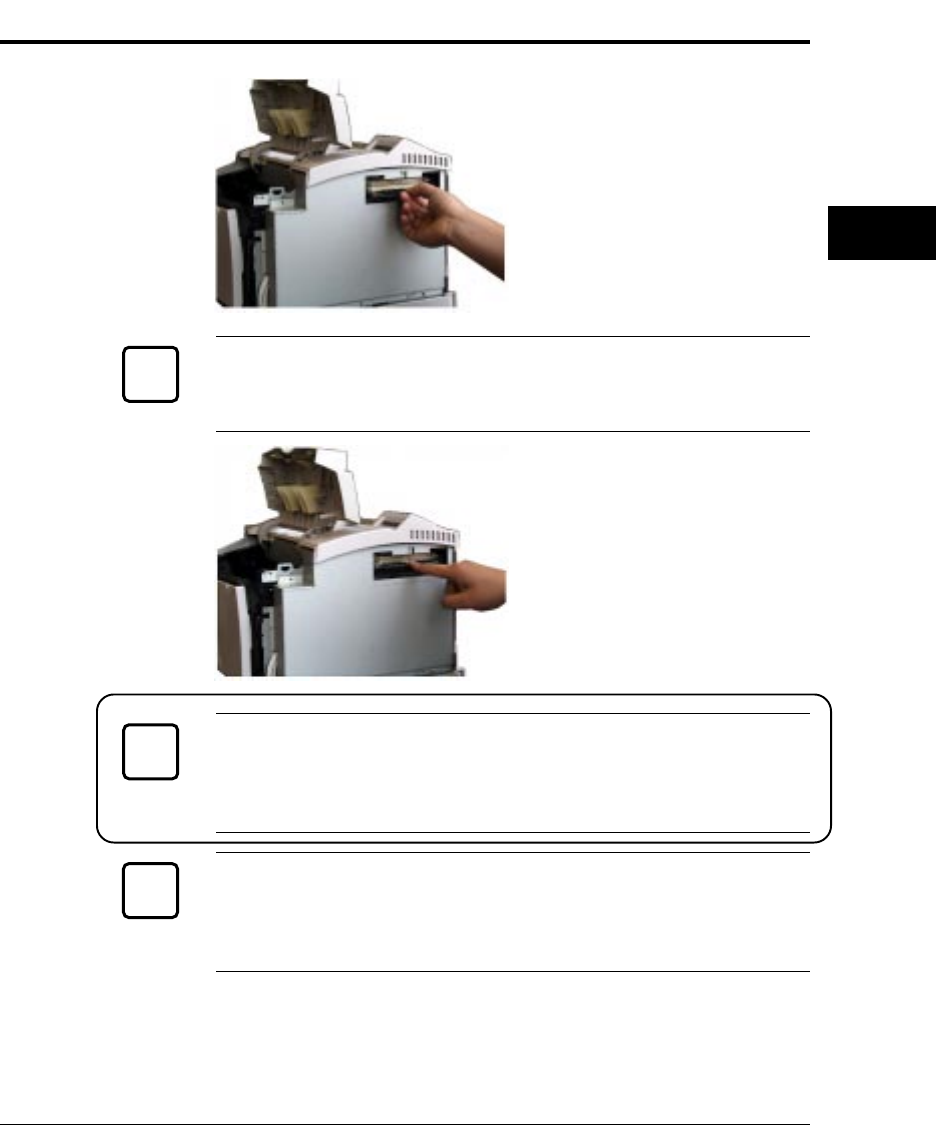
User’s Manual 3-3
ENHANCING &
CUSTOMIZING
3. Orient the RAM card.
Hold the card with the cut
corner down and facing
right and insert the card
aslant into connector.
Caution:
Do not touch any connector contacts to avoid possible electrostatic
damage to the printer.
4. Install the RAM card.
Push its top edge
downwards so that holes of
the card align with locating
pins of the connector and
the card is secured by
retaining clips.
Caution:
The expansion RAM card or font card is easily damaged by static
electricity. Hold it by its edges and do not touch the electric circuit
parts and wiring.
Important:
When installing two RAM cards, first install the lower one, and then
the upper one. If you install them in the opposite order, the upper
card prevents the lower card from being installed.
Adding RAM
✍
☞
Use upper two
ivory connectors
☞
088
087
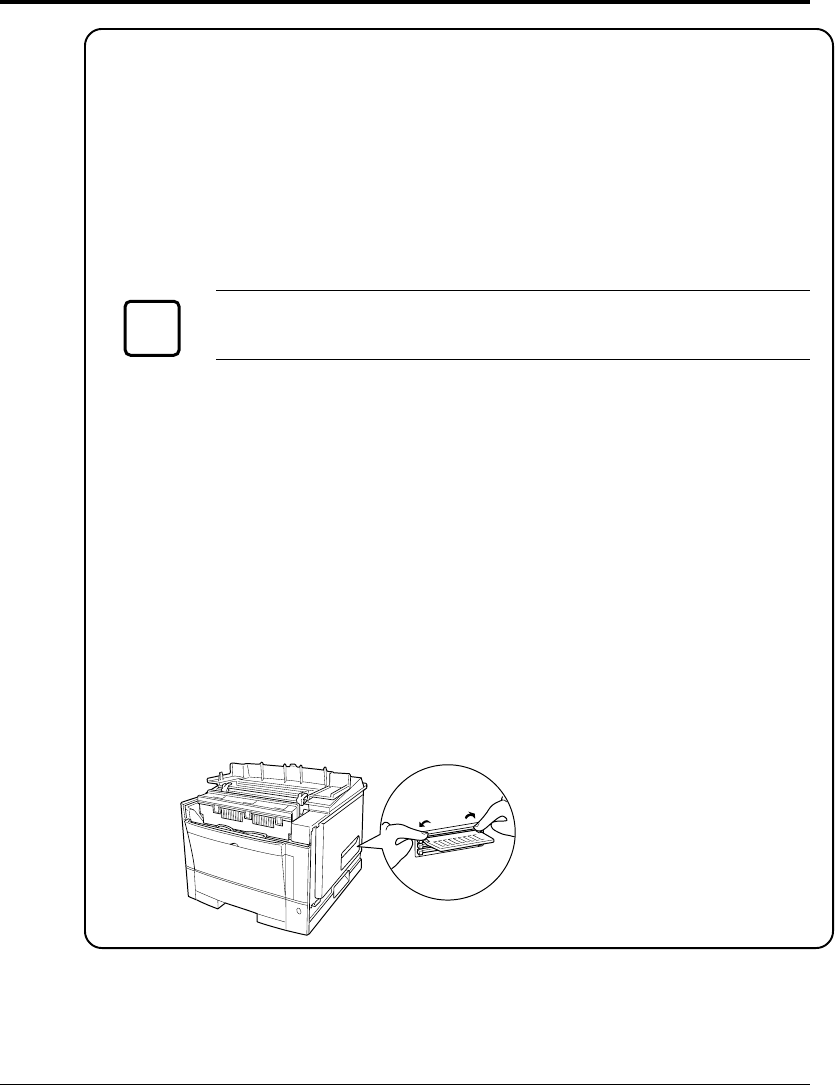
3-4 User’s Manual
Adding RAM
5. Secure the connector cover.
Secure the connector cover,
which was removed in step
2, with a screw.
Caution:
Be sure to secure the connector cover to avoid a fire hazard.
6. Close the side cover and
then upper door.
Turn power on. If necessary, change buffer memory assignment
(page protect or jam recovery) using the control panel.
Removal
To remove a RAM card
push out the retaining clips.
when the card slants
outwards, pull the card to
remove.
☞
0??
0??
089
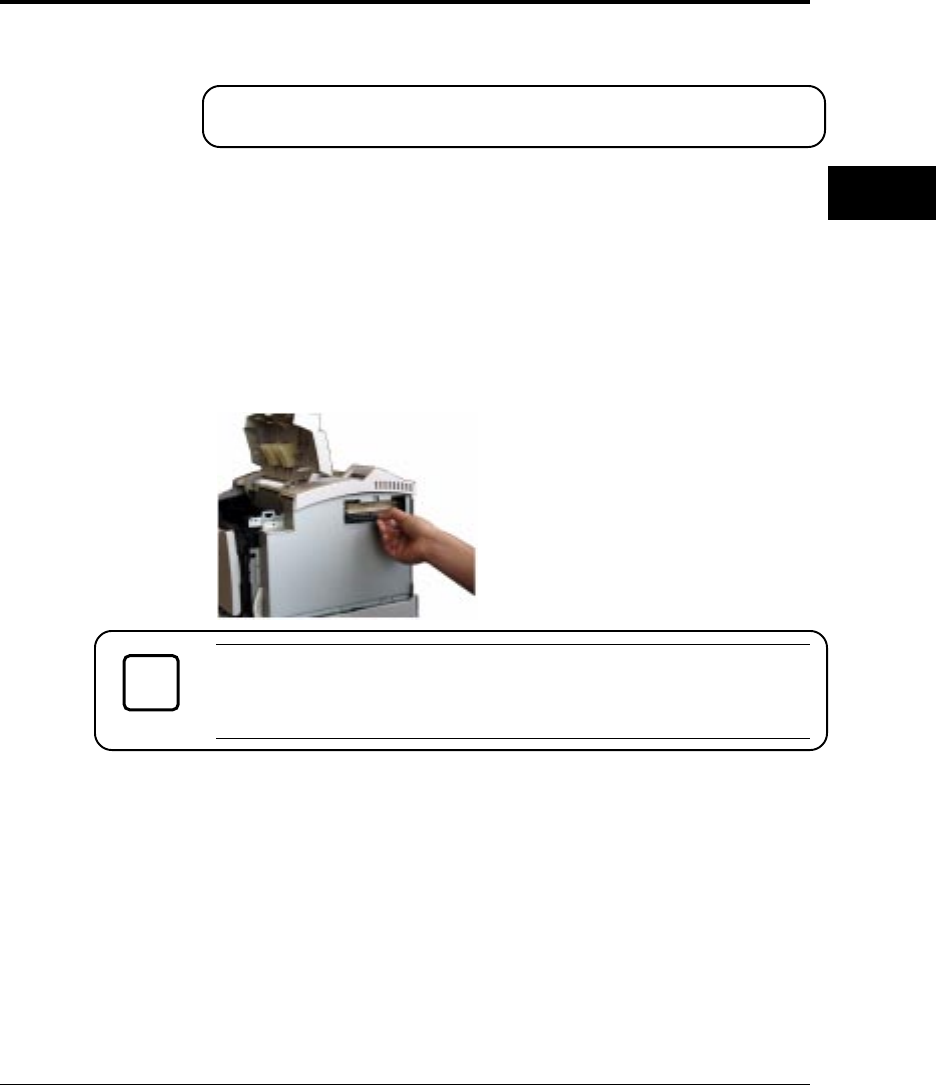
User’s Manual 3-5
ENHANCING &
CUSTOMIZING
Alternate emulations are offered with emulation cards. You can use
these emulations to connect your printer to different computers. The
FPS card (PostScript Level 2 compatible) is available. Note that the
FPS emulation is standard for 12MX.
The installation procedure is the same as that for the RAM card
except that the emulation card uses the bottom connector.
To install the FPS emulation card, follow these steps:
1. If RAM cards are already installed, remove them.
2. Insert the emulation card into the bottom black connector.
3. Reinstall the RAM cards.
Installing an Alternate Emulation
Caution:
After installing cards, be sure to secure the connector cover to avoid a
fire hazard. See the previous section for RAM cards.
With default settings, the printer automatically selects the active
emulation. To specify an emulation steadily, select the emulation
using the control panel. Use the Personality item of the Config
menu.
Once you change the emulation, the other menus change to reflect
the options and functions of the new emulation. Procedures for
working in the menus remain the same as for the PCL emulation.
Use the bottom
black connector
Installing an
Alternate
Emulation
☞
090

3-6 User’s Manual
Installing an Interface Expansion Board
The Centronics parallel interface is standard for 12M and 12MX.
The RS-232C serial interface is standard for 12MX. The currently
available optional interfaces are Ethernet, IrDA, GXL, and USB. If
the location of your printer is distant from the computer, you can
use the Ethernet port of the computer to connect your printer.
Fujitsu offers the optional Ethernet board C, D, F, or GXL for these
purposes. The USB board is a universal serial bus board.
Caution:
When sharing the printer among multiple computers, setting the I/O
time-out short may cause a printing problem. See the section Menu
Items in Chapter 2.
Remove
the cover
Installing an
Interface
Expansion Board
Ethernet interface board (*)
* Some types of boards do not have the coaxial connector.
Installing an Interface Board
1. To install an interface
board, first make sure the
printer is turned off.
Remove the interface board
slot cover from the back
right of the printer.
☞
092

User’s Manual 3-7
ENHANCING &
CUSTOMIZING
Installing an Interface Expansion Board
2. Hold the board with the
parts mounting side left.
Slide the board into the
empty interface slot using
the guides, and push it until
it stops. Secure the board by
the two screws supplied
with it.
Secure
screws
093
Reserved

3-8 User’s Manual
Installing an Interface Expansion Board
Connecting to the Ethernet Port
Type C board has two connectors, 10BASE-2 and 10BASE-T. Type
D or G board has only a connector, 10BASE-T or 10BASE-T/
100BASE-TX respectively. The 10BASE-2 connector is for a coaxial
cable, bus connection. The 10BASE-T or 100BASE-TX connector is
for a twisted-pair cable, star connection. Either will do.
Connecting to the Ethernet port involves the following three tasks:
• Check the type of cables your network uses.
• Select the 10BASE-2 or 10BASE-T/100BASE-TX connector of the
interface board according to the connector type of your cable.
• Connect the interface cable to the printer and a network port.
Connecting the Ethernet Interface Cable
To connect to the Ethernet interface port, you need a cable correctly
wired for your network. The cable must also have the proper
connectors. Your dealer or technical support person can supply you
with the proper cable.
Reserved
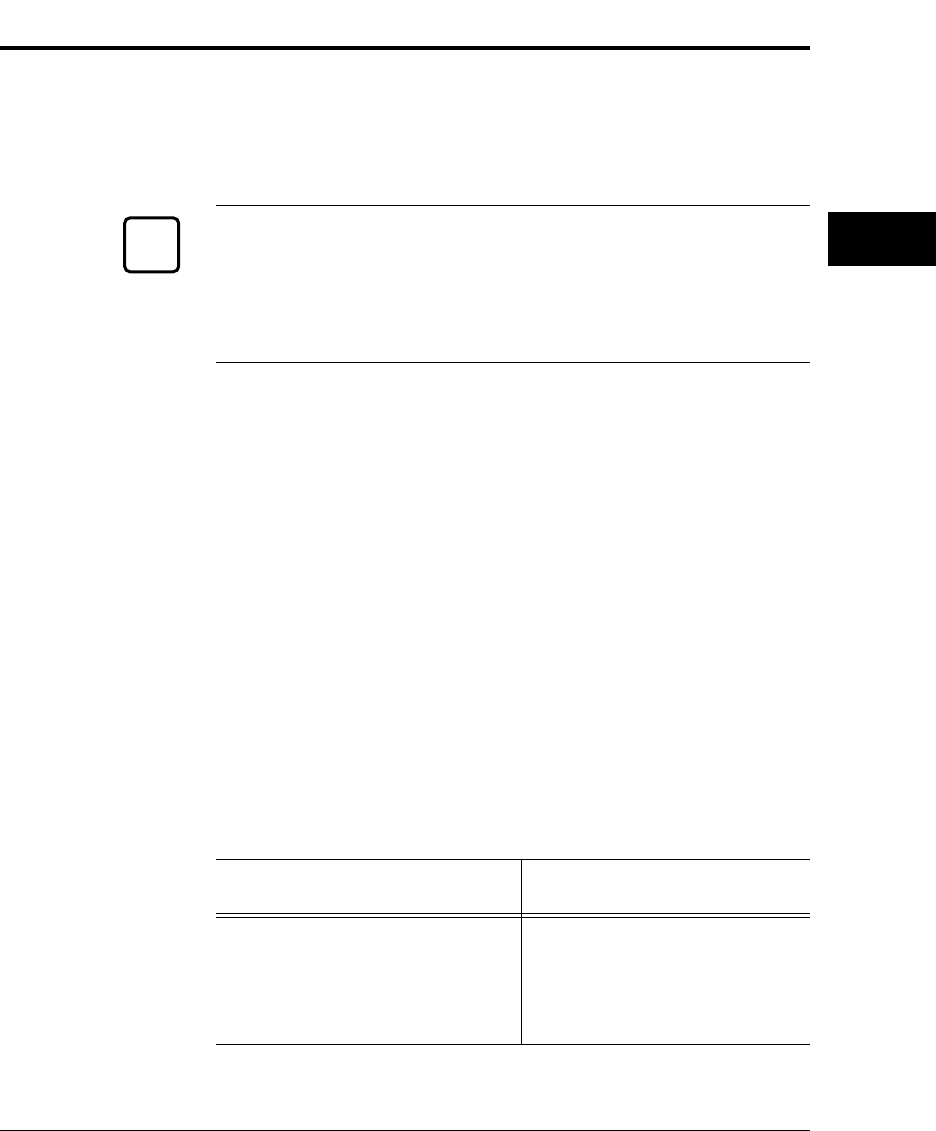
User’s Manual 3-9
ENHANCING &
CUSTOMIZING
Installing an Interface Expansion Board
For example, C66L-2810-0111 and C66L-1240-0002 (Fujitsu
products) are available for 10BASE-T and 10BASE-2 ports
respectively. Also refer to your network documentation for the type
of connector required by its Ethernet port.
Caution:
Be sure that the printer is turned off before connecting the interface cable.
Do not touch any connector contacts to avoid possible electrostatic
damage to the printer. For the same reason, do not remove the protective
cover from the 10BASE-2 port which is not in use.
The procedure below applies to the 10BASE-2 port.
To make the connection, firmly plug the cable connector into the
Ethernet interface port on the back right of the printer. Secure the
connector by turning the connector hood. Plug the other connector
into a network’s Ethernet port. Consult your computer
documentation if you need help.
Selecting the Ethernet Interface
The printer’s standard interfaces are parallel and serial. While the
Ethernet interface board is installed, the printer automatically detects
that the computer is using the Ethernet interface.
Ethernet Specifications
The table below shows the physical specifications of the Ethernet
interface.
Specification Description
Span of 10BASE-2 Max. 185 meters
(coaxial, bus connection)
Span of 10BASE-T/100BASE-TX Max. 100 meters
(twisted-pair, star connection)
☞
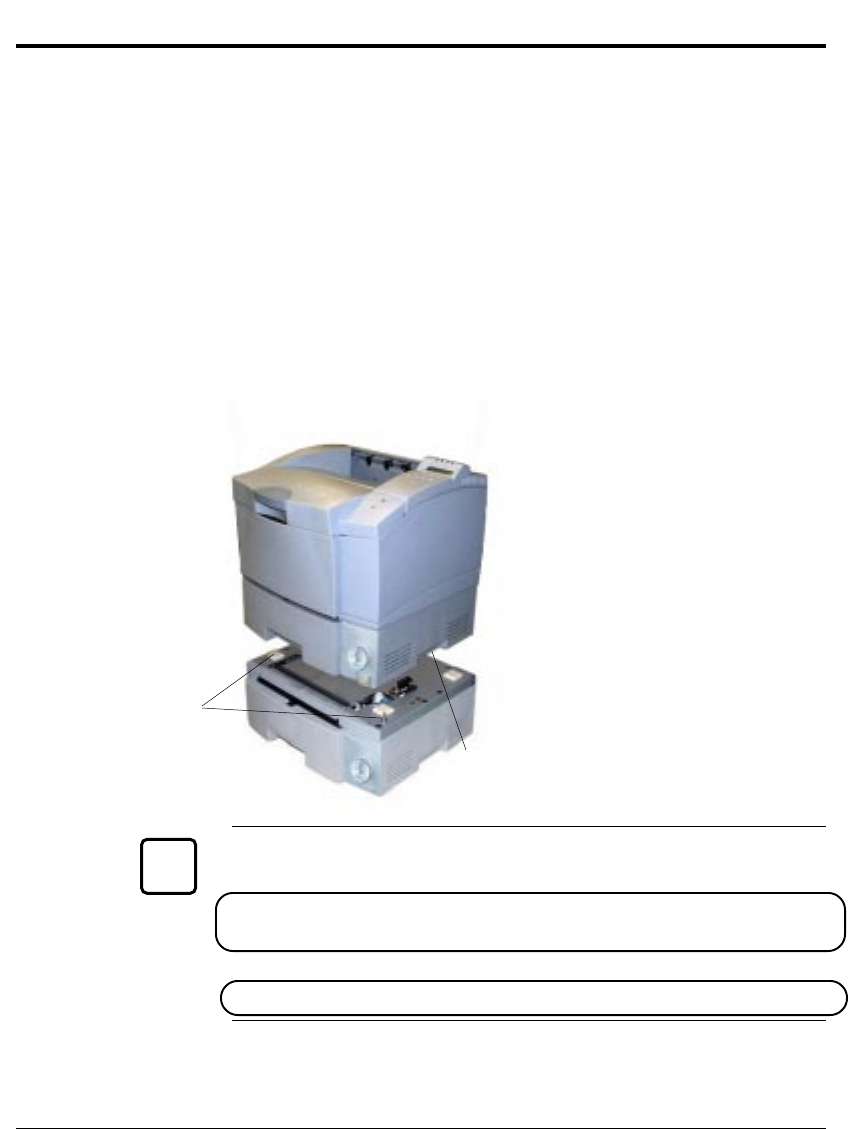
3-10 User’s Manual
Adding Paper Sources
Paper Feeder
If you switch paper sizes frequently, you may want to add a second
paper source. Or you may simply want to increase the paper capacity
of your printer. You can easily do this by installing an optional paper
feeder which consists of a base frame and a paper tray. The paper tray
in the paper feeder is identified as tray 2 and the one in the basic
configuration is identified as tray 1.
The paper types and sizes used by tray 2 are the same as those for the
standard paper tray. The capacity is 500 sheets of 0.09 mm thick
paper, the same as that of the standard paper tray.
To install the paper feeder, follow these steps:
1. Turn off the printer and
disconnect the power cord.
2. Mount the printer on the
paper feeder. Grip the
bottom left and right sides
of the printer to lift the
printer and place it on the
paper feeder. When placing
the printer on the paper
feeder, be sure you insert
the two guide pins of the
paper feeder into the two
positioning holes at the
bottom of the printer.
Caution:
Be careful not to drop the printer on the paper feeder.
Be sure to turn off the printer or not to touch any connector contacts
when mounting or dismounting the paper feeder to avoid possible
electrostatic damage to the printer and paper feeder.
When removing the paper feeder, lift the printer straight.
For paper loading, refer to Loading Paper and Installing the Paper
Tray in Chapter 1. For paper sizes and types as well as tips on
handling paper, refer to Handing Paper in Chapter 2.
Guide pins
☞
094
Adding Paper
Sources
Pape feeder Hold here
(opposite side
as well)
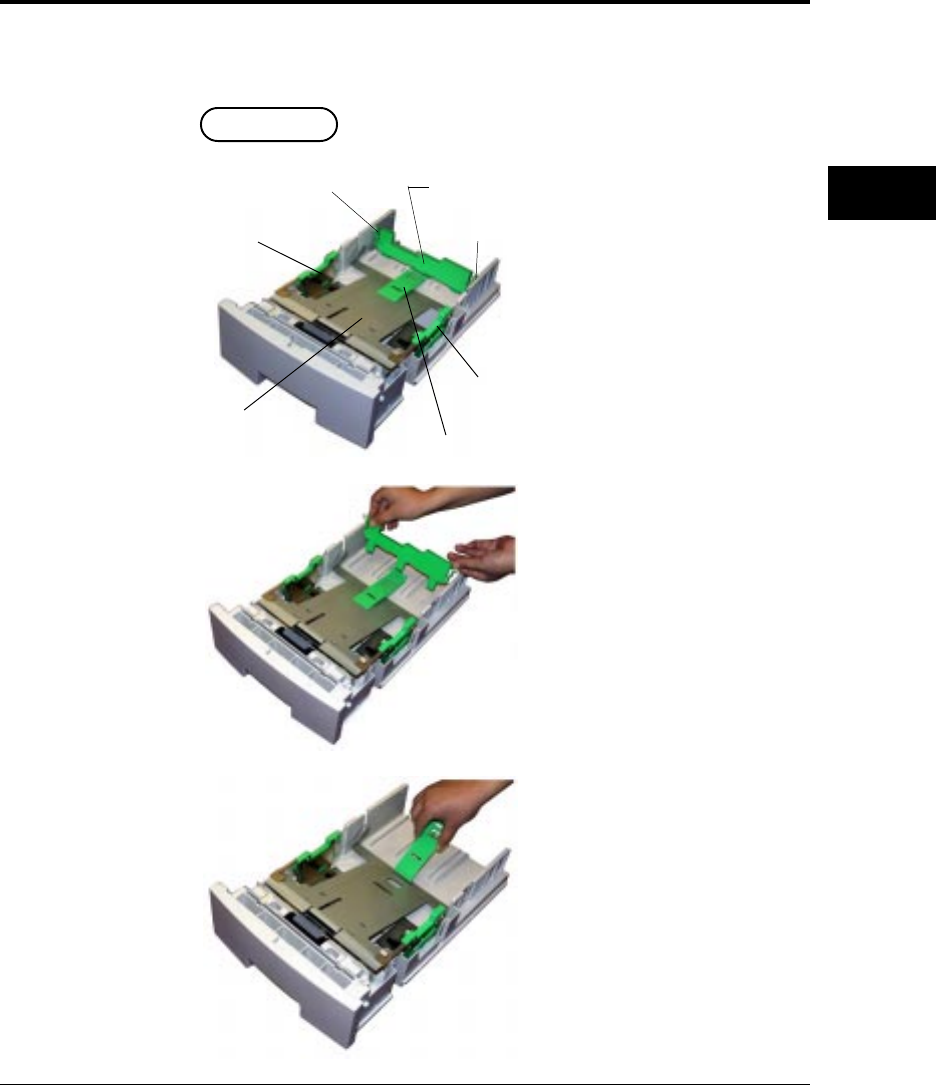
User’s Manual 3-11
ENHANCING &
CUSTOMIZING
Adding Paper Sources
Changing the Paper Tray Size
The paper tray can be adjusted to one of the six paper sizes: A4, A5,
B5 (JIS B5), LTR (Letter), LGL (Legal), and EXE (Executive). To
change the size, follow these steps:
1. Remove the paper tray
from the printer.
Refer to the illustration for
the parts you adjust when
changing the size of the
tray.
2. Remove the rear paper
guide from the tray. Push
the left or right pin of the
rear guide inwards to release
the pin from the hole, then
release the other pin.
3. If you want to use the legal
size, move the center guide
one slot outwards. Lift the
rear end of the center guide
to detach it from the
pressure plate. Then, put
the front end of the center
guide into the adjacent slot.
095
(068)
Left pin Rear guide
Right pin
Right guide
Left guide
Center plate
Pressure plate
096
(069)
097
(070)
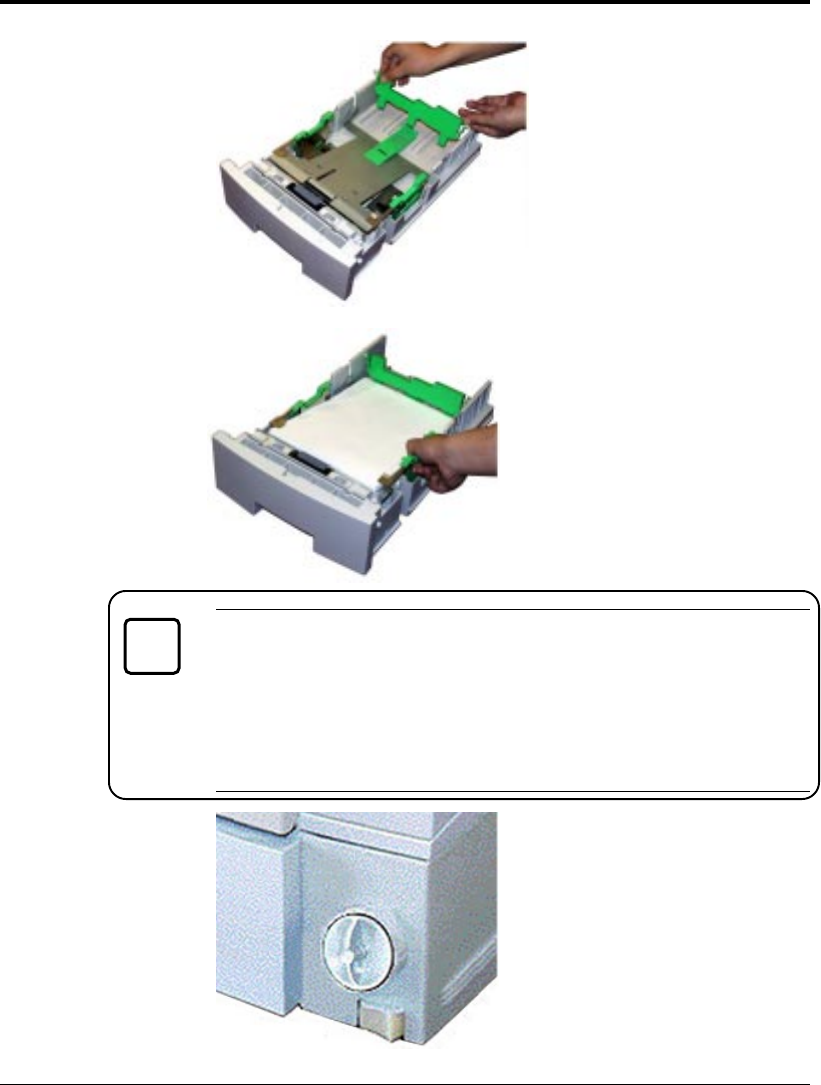
3-12 User’s Manual
Adding Paper Sources
4. Attach the rear guide to the
correct position. Locate
the mounting holes of the
desired paper size by
referring to the engraving
on the center plate.
Mount the rear guide in
reverse order of the
removal.
5. Load paper, move the right
paper guide to adjust both
guides to the width of
paper. Sure the paper fits
the tray and the stack of
paper does not exceed the
limit. (See Chapter 1 for
details.)
Caution:
Put the paper stack in the tray with the printing side faced down.
If paper is wavy or curled, remove waved or curled sheets of paper.
If paper is abnormally curled or becomes cylindrical after printing,
use the paper upside down. It may reduce a degree of curl.
6. Return the paper tray.
Slide the tray back into the
printer.
7. Change the setting of the
paper size dial. Turn the
dial to the desired position:
A4, A5, B5, LTR, LGL, or
EXE engraved around the
dial.
☞
098
(071)
099
(034)
100
(072)
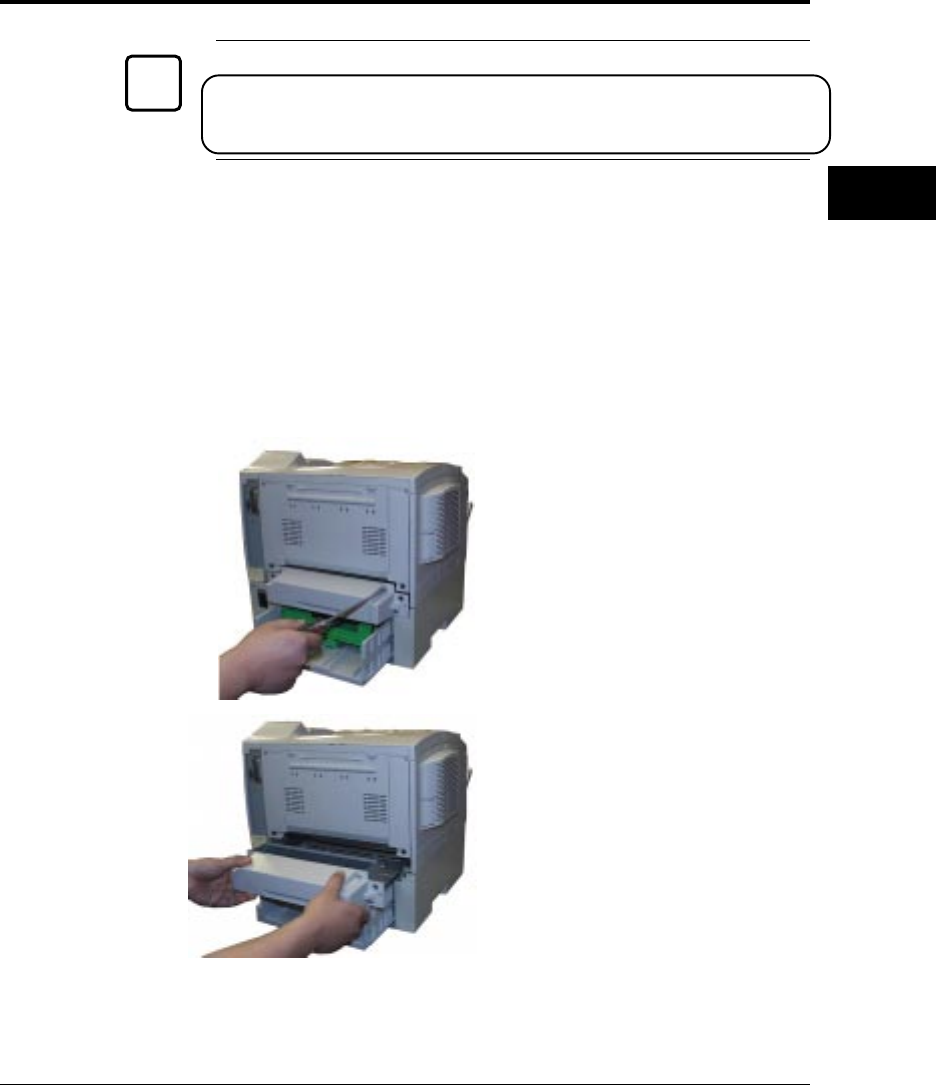
User’s Manual 3-13
ENHANCING &
CUSTOMIZING
Important:
Set the paper size dial to the size of the loaded paper and select the
correct paper size on the print menu of your application program, or
a paper mismatch error occurs when printing.
The duplex unit is an option of the PrintPartner 12MX. It allows
the printer to print data both sides of sheets at 7 sheets per minute. It
can provide an extra margin for binding as specified by software.
To print data using the duplex unit with the printer in the FPS
emulation, the total capacity of printer’s RAMs must be 10M bytes
or more. Insufficient capacity restricts some functions.
To install and use the duplex unit, follow these steps:
1. Remove the rear cover.
Use a screwdriver to remove
the two screws securing the
cover. (Save the cover and
the screws.)
2. Mount the duplex unit.
Insert the duplex unit all
the way along the guides
inside the slot. It is
automatically caught by the
printer.
102
101
Adding Duplex
Unit
Adding Duplex Unit
✍

3-14 User’s Manual
POWER ONLINE DATA ERROR
Adding Duplex Unit
To remove the duplex unit, lift the duplex unit and pull out it.
You can check two-sided printing using the printer control panel.
Follow these steps:
1. Enter setup mode. Press the
READY
button to put the
printer offline (the
ONLINE indicator turns
off). Then, press the
MENU
button briefly once.
The message display
indicates SETUP MENU
PAGE FORMAT MENU.
2. Select the Duplex mode
menu. Press the
ENTER
button briefly once. Then,
press the
MENU
button
briefly five times. The
message display indicates
DUPLEX MODE OFF*.
3. Change the setting. Press
the
+
button briefly once.
The message display
indicates DUPLEX MODE
ON.
4. Select the new setting.
Press the
ENTER
button
briefly once. The message
display indicates DUPLEX
POWER ONLINE DATA ERROR
READY
POWER ONLINE DATA ERROR
SETUP MENU
PAGE FORMAT
MENU
DUPLEX MODE
OFF*
POWER ONLINE DATA ERROR
DUPLEX MODE
ON
103
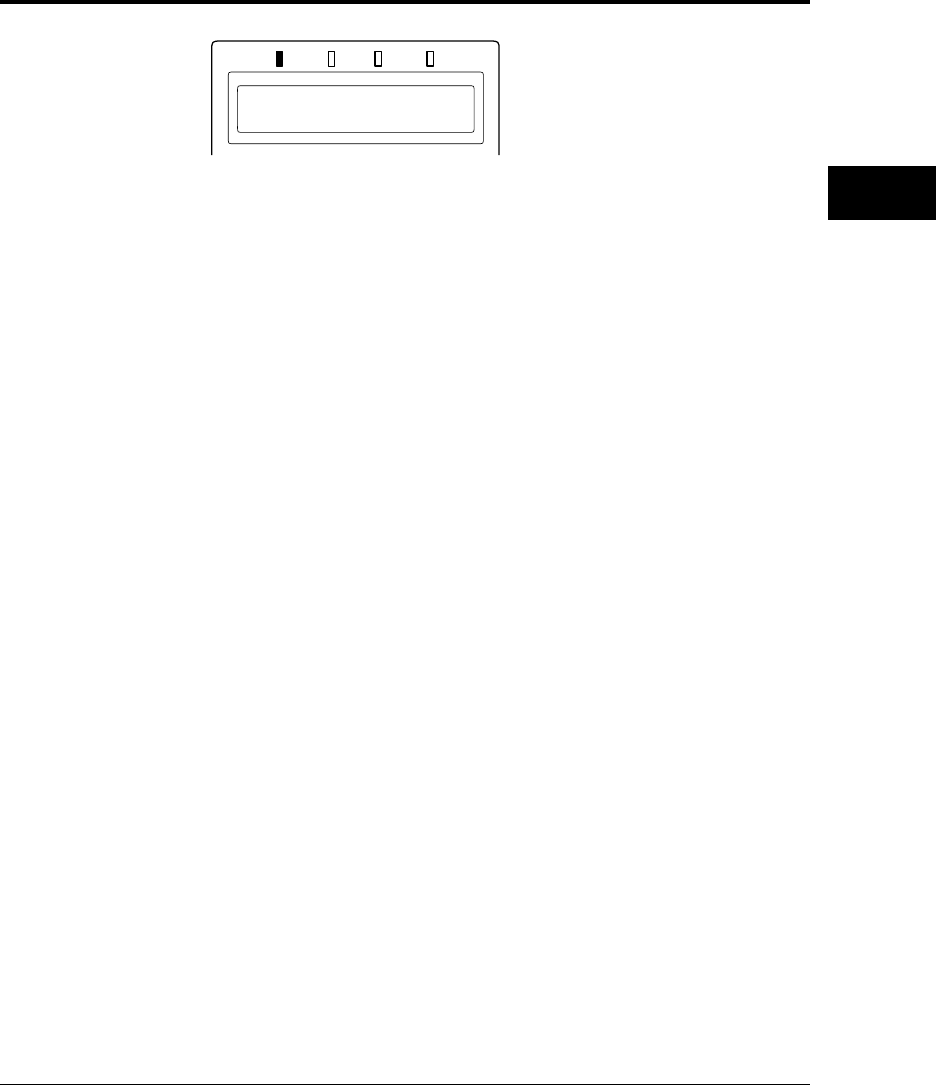
User’s Manual 3-15
ENHANCING &
CUSTOMIZING
POWER ONLINE DATA ERROR
DUPLEX MODE
ON*
Adding Duplex Unit

3-16 User’s Manual
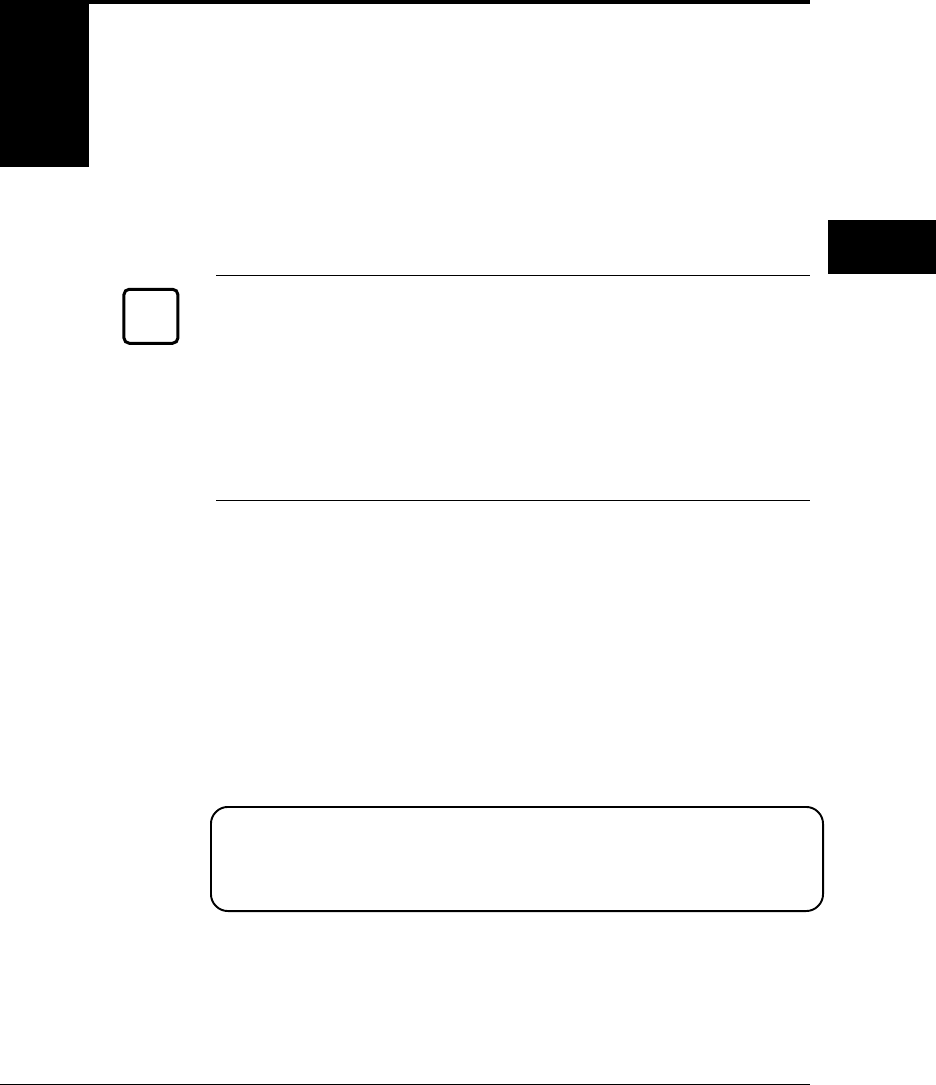
User’s Manual 4-1
MAINTENANCE
4
CHAPTER
Maintenance
This chapter covers preventive maintenance, periodic routine
maintenance, and repacking the printer for shipment or storage.
Caution:
Before performing any maintenance, be sure that the printer is turned
off.
During maintenance procedures, do not touch any connector contacts
to avoid possible electrostatic damage to the printer.
When performing maintenance, do not disassemble or remove any
components unless specifically directed in the procedures.
The following guidelines can help to ensure trouble-free operation:
• Follow the guidelines in Chapter 1 when selecting a location for your
printer.
• To minimize paper jams, store paper under favorable conditions. Do
not expose paper to high humidity or moisture, which can cause
wavy edges. Do not store paper in direct sunlight or allow it to
become very dry, which can impart an electrostatic charge. Store
paper flat, not on edge.
• If you must open the printer’s upper door for more than three
minutes and remove the print unit (developer unit and drum unit),
close the shutter of the drum unit or store the print unit in a dark,
clean, level place. Exposure of the photoconductor drum to dust or
light can cause damage.
• Make sure small objects such as paper clips do not drop into the
printer.
• When the message display indicates
REPLACE PARTS
, print a status
report or display a
<CLEAR WARNING>
message in menu mode to
confirm the cause of the message. For the procedures, see Chapter 2.
• Shake the print unit before installation.
Preventive
Maintenance
☞
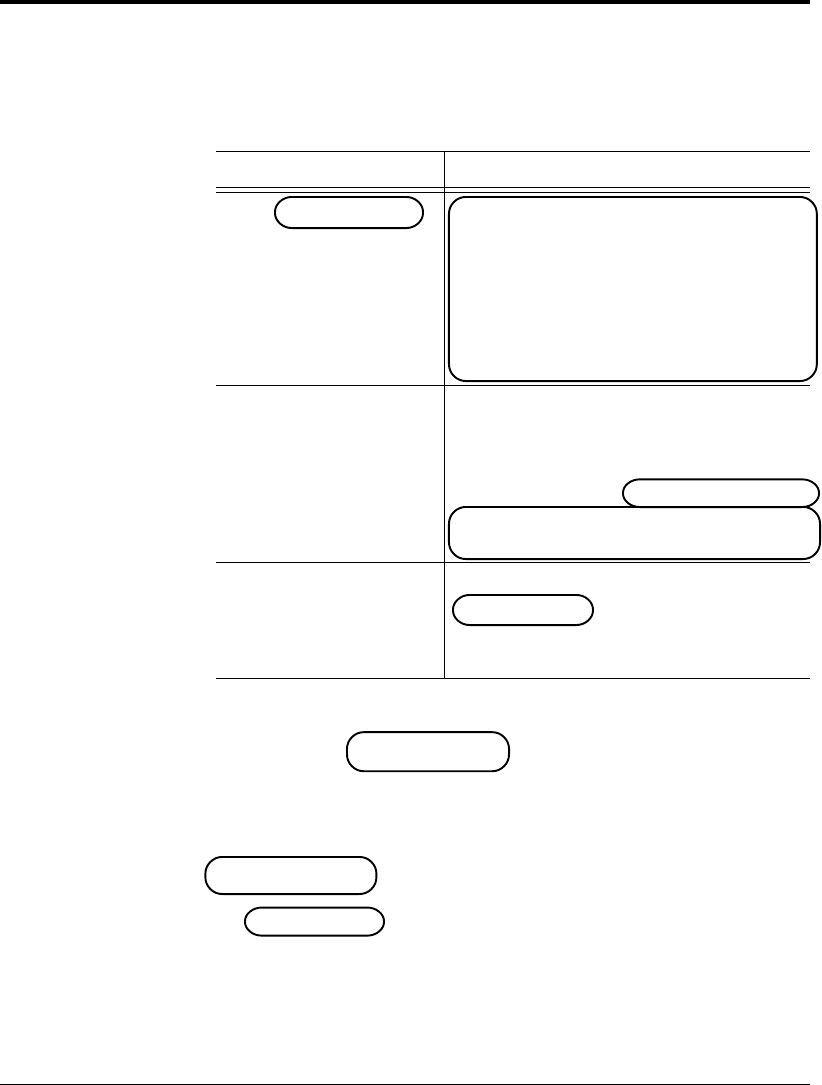
4-2 User’s Manual
Table 4-1 lists the printer’s periodic routine maintenance and
indicates when this maintenance should be performed.
Table 4–1 Periodic Routine Maintenance
Maintenance When to perform
Replace developer unit When the message display indicates
TONER LOW
n
(n: 1, 2, 3)
When the message display indicates
REPLACE PARTS DEVELOPER UNIT
You do not need replace the unit if you
are satisfied with the print quality
Replace drum unit When print quality is bad, even after
replacing or cleaning other parts
When the message display indicates
REPLACE PARTS DRUM UNIT and
you cannot be satisfied with the print
quality
Clean paper path When replacing the drum unit or
developer unit, after clearing a paper
jam, or when printouts show toner
smudging
Replacing the Developer unit or Drum Unit
Procedures for replacing these two units are similar.
Developer unit
The developer unit is designed to last approximately 10,000 printed
pages under the condition of 5% coverage on A4 paper or last about
one year after unpacking.
Periodic Routine
Maintenance
Periodic Routine Maintenance
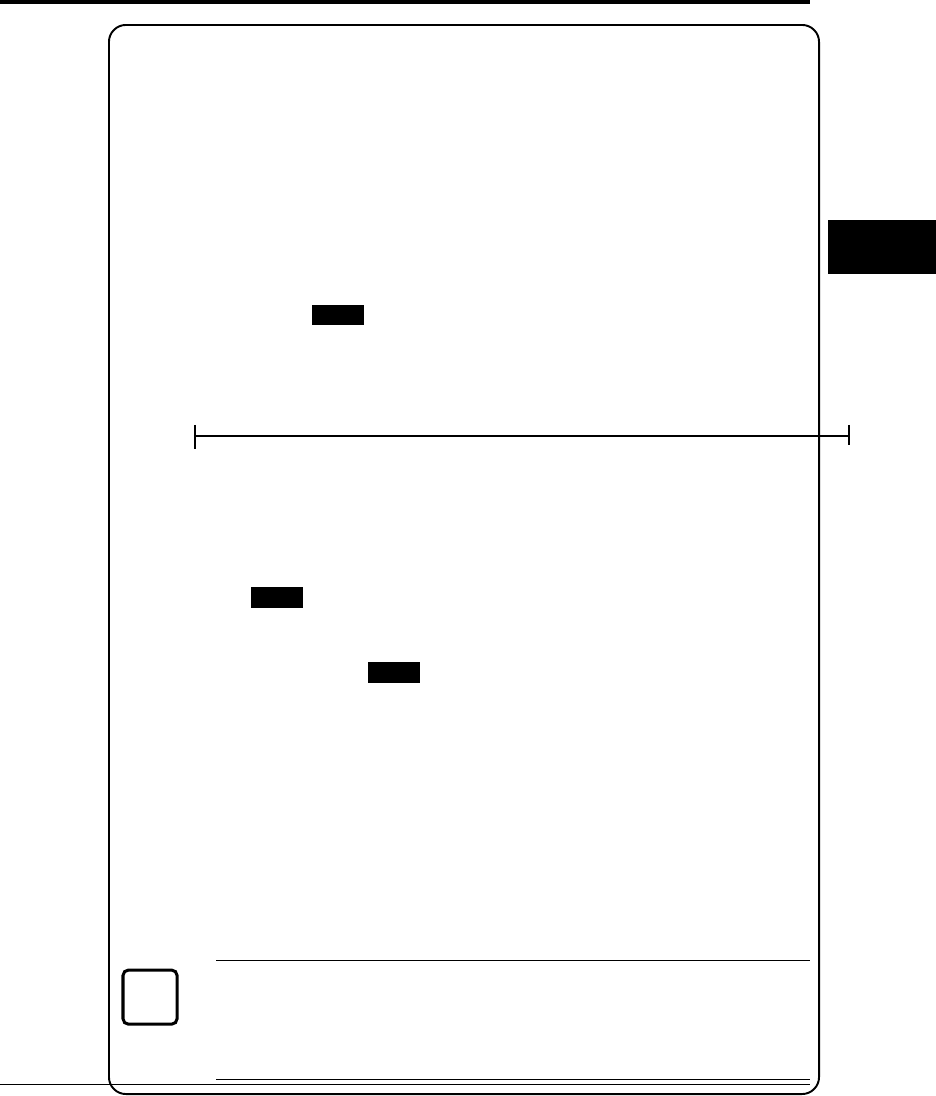
User’s Manual 4-3
MAINTENANCE
There are two timings of replacing the developer unit:
• when the message display indicates TONER LOW
n
(n: 1, 2, 3). (The
remaining toner is sensed.)
• when the message display indicates REPLACE PARTS
DEVELOPER UNIT. (The number of printed pages is counted.)
These messages are displayed to recommed you to replace the
developer unit. The actual replacement is entrusted to you. If you are
still satisfied with the print quality, you do not replace the developer
unit and can continue printing.
• press the
CONT.
button when the printer stops with TONER LOW
n
• just remember the recommendation when the printer displays
REPLACE PARTS
However, you must at least prepare a new developer unit.
About Toner Low Messages
When the printer first detects that toner in the developer unit is
short, the message display indicates TONER LOW 1 and printing
stops. We recommend you to replace the developer unit for printing
formal documents. If you are satisfied with the print quality, press
the
CONT.
button to continue printing. When the printer further
prints a certain number of pages, the message display indicates
TONER LOW 2 and printing stops. If you are satisfied with the print
quality, press the
CONT.
button to continue printing. When the
printer further prints a certain number of pages, the message display
indicates TONER LOW 3 and printing stops. We recommend you to
replace the developer unit unless printing informal documents.
•TONER LOW
n
Toner low error message
Press Continue (Printer stops with this message.)
•READY Toner low warning message
TONER LOW
n
(Printer is ready for printing.)
After TONER LOW 3, n is kept to 3 even if you continue printing
again and again.
Important:
If you change the toner low option from “Stop” to “Continue” with
the Config menu in setup mode, the printer does not stop even if a
toner low condition is detected.
Periodic Routine Maintenance
✍
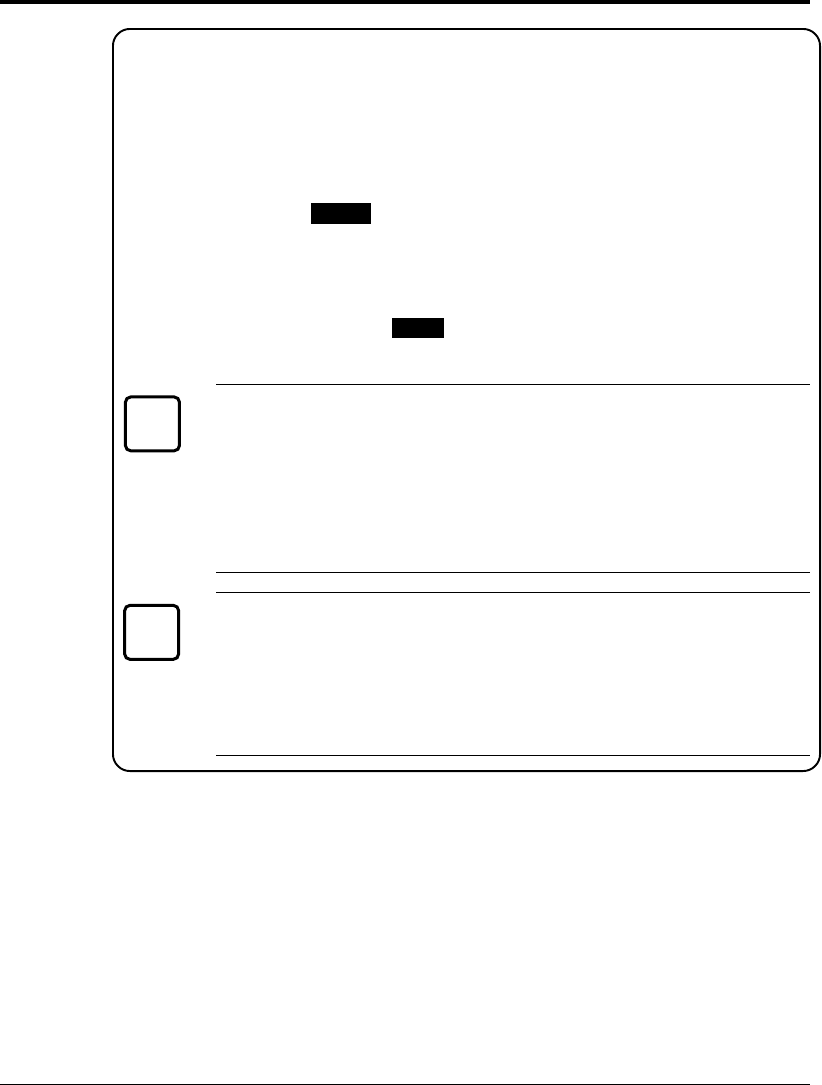
4-4 User’s Manual
Periodic Routine Maintenance
When you are not satisfied with the print quality, perform the
following steps while a toner low error message or toner low warning
message is displayed. Then, the printer becomes ready.
• replace the developer unit
When you close the upper door after replacement, the replacement
confirmation message is displayed after the warming up message.
Press the
ENTER
button to clear the developer unit counter.
• shake the print unit by moving it back and forth several times
When you close the upper door after remounting, the replacement
confirmation message will be displayed after the warming up
message. Press the
CONT.
button not so as to clear the developer
unit counter.
Important:
If the shaked developer unit does not contain tone at all, the original
toner low messge is displayed again after the warming up message.
If you have turned the printer off and on while a toner low warning
message is displayed, it changes to a toner low error message after the
warming up message.
Caution:
When replacing the developer unit, clean the paper path.
If you replace the developer unit without a toner low message, be
sure to clear the developer unit counter by using the control panel.
For control panel operations, see the end of this section.
✍
☞
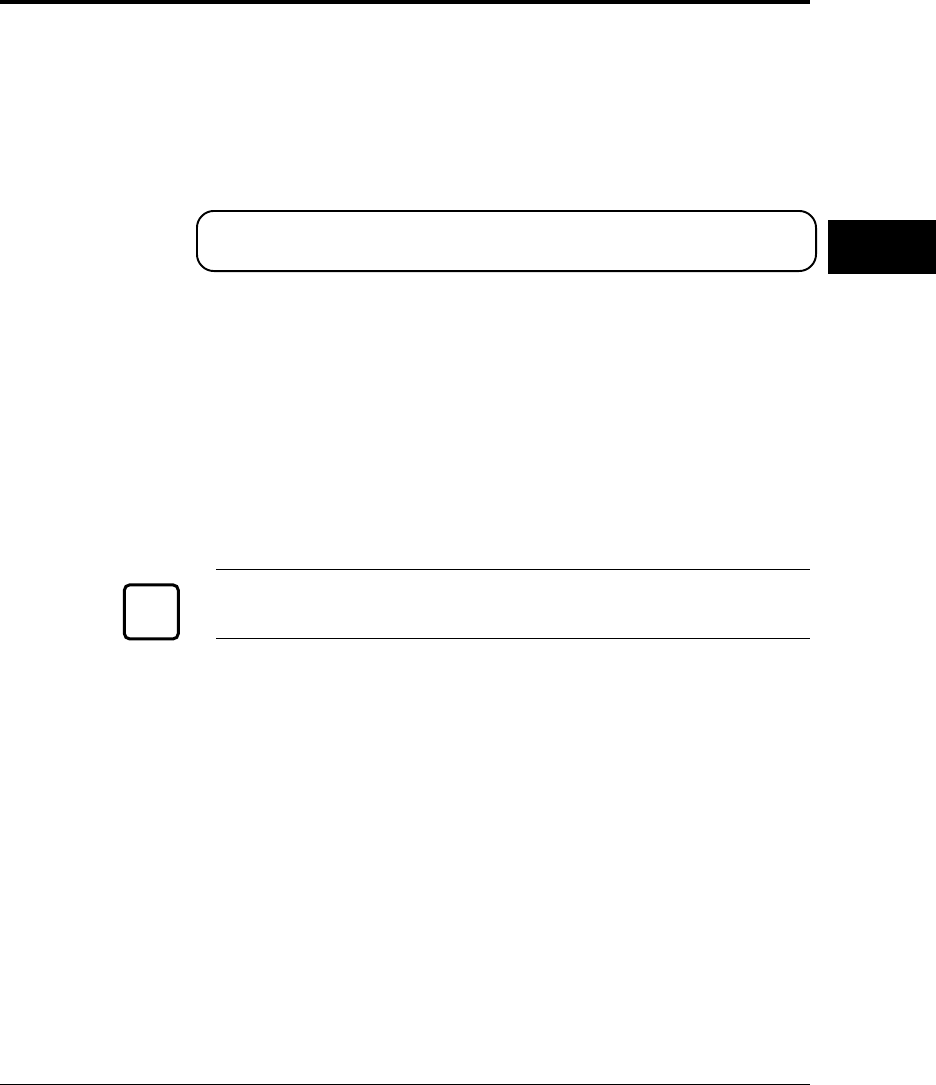
User’s Manual 4-5
MAINTENANCE
Drum Unit
The drum unit life is designed to last about 50,000 pages of 5%
coverage continuous printing on A4 paper or about one year after
unpacking, whichever comes first. The drum unit life depends on
print coverage, paper type, and operating and/or storage conditions.
The drum unit life may end in the following cases:
• when the message display indicates REPLACE PARTS
DEVELOPER UNIT
• when toner smudges the background of printing
• when an image of the previous page ghosts on the next page
• when dropouts occur
Avoid unnecessary high coverage printing to maintain the print unit
performance.
For the drum unit life, this printer indicates the near end of life only.
The printer message display begins indicating REPLACE PARTS
when the print unit can print 10,000 more pages left. Prepare a new
drum unit if you notice this indication.
Important:
When replacing the drum unit, clean the paper path.
After replacing the drum unit, be sure to clear the drum unit counter
by using the control panel. For control panel operations, see the end
of this section.
Periodic Routine Maintenance
✍
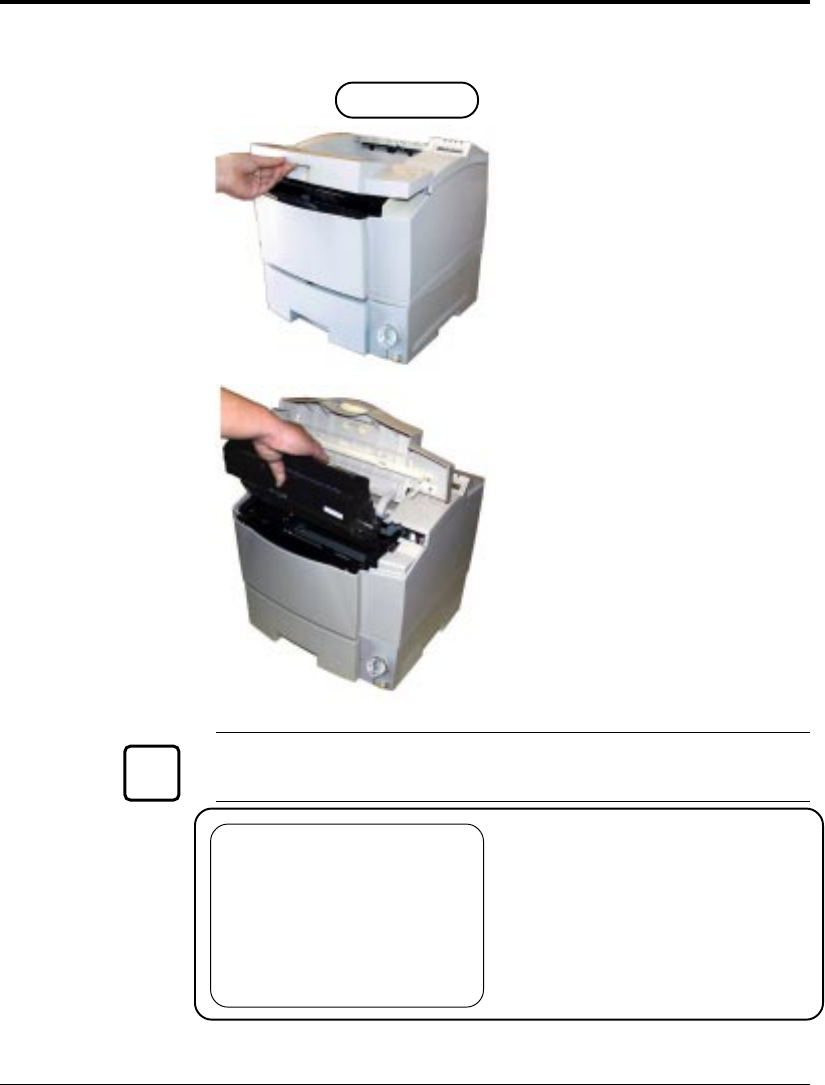
4-6 User’s Manual
Periodic Routine Maintenance
☞
105
(022)
106
(023)
Replacement
To replace the developer unit or drum unit, follow these steps:
1. Open the upper door. Lift
the center portion under
the stopper of the upper
door to open it.
2. Remove the print unit.
Pull the top center of the
print unit at a 45° angle
towards the front of the
printer.
When the print unit begins
to move, gently lift it up
and out.
Place the print unit on a
level, steady place.
Caution:
Be careful not to scratch the green surface of the drum unit.
3. Unhook the shutter of the
drum unit to close it.
???
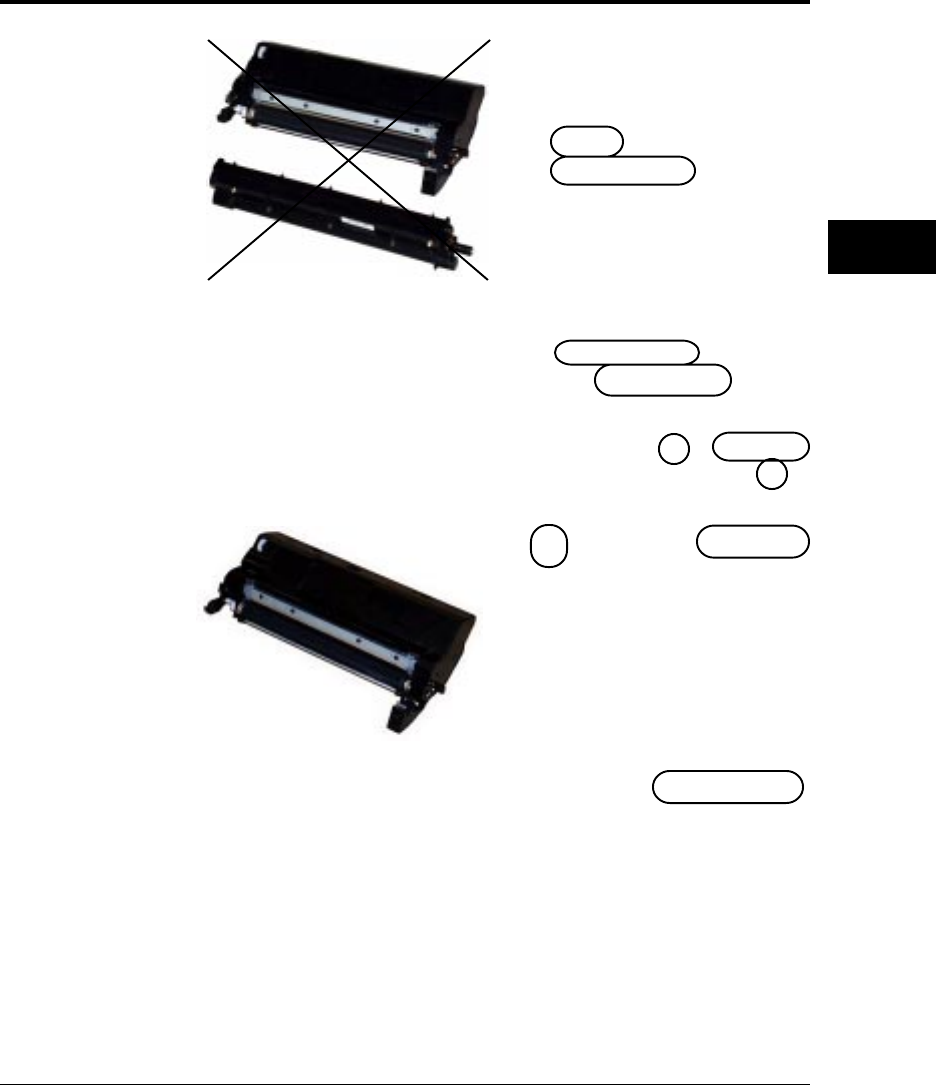
User’s Manual 4-7
MAINTENANCE
4. Disassemble the print
unit.
Pull the ark-shaped green
lever at one end of the
developer unit to release the
shaft of the drum unit.
Then, gently pull out the
other end of shaft from the
developer unit to take apart
the developer unit and
drum unit.
Go to step 5a for developer
unit replacement, and 5b
for drum unit replacement.
5a.Remove a new developer
unit from its envelope.
Shake the developer unit
by moving it back and
forth in a horizontal
motion several times.
Periodic Routine Maintenance
109
(017)
107
108
110

4-8 User’s Manual
Periodic Routine Maintenance
Remove the plastic seal
from the developer unit.
Gently pull off the seal
being carefully not to spill
toner. Handle to seal
carefully to avoid staining
your hands or clothes.
5b.Remove a new drum unit
from its envelope.
6. Assemble the developer
unit and the drum unit
into a print unit. Reverse
the procedure at step 3.
7. Open the shutter of the
drum. Holding the top
center of the print unit,
push up backwards the
green-labeled handle of the
shutter under the print unit
and fix the shutter on the
hook.
112
(016)
113
111
???
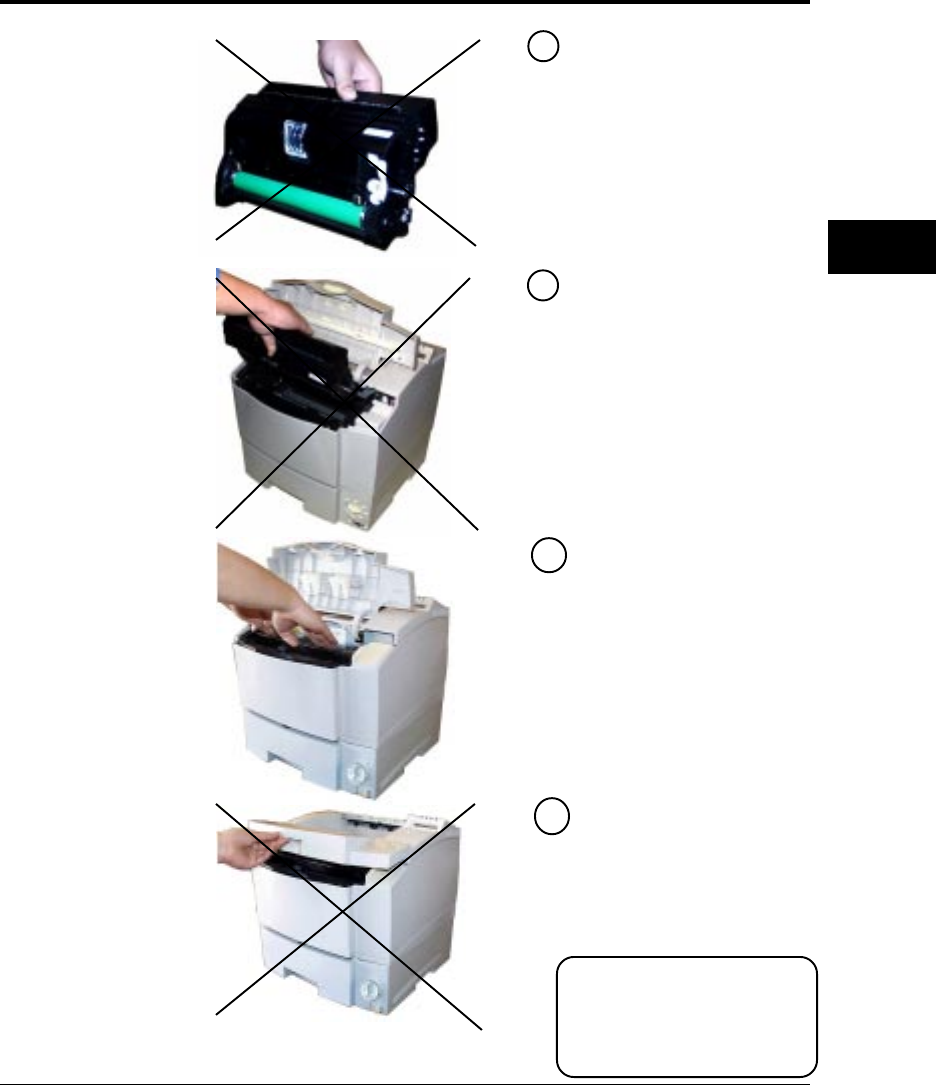
User’s Manual 4-9
MAINTENANCE
8. Orient the print unit.
Hold the top center of the
print unit with the green
drum facing you and adjust
the ends of the drum shaft
to the grooves on the sides
of the printer.
9. Install the print unit.
Slide the print unit at a 45
degree angle along the
grooves and towards the
back of the printer.
10.Seat the print unit in
place. Press down gently on
the top left and right
portions of the print unit
until it clicks into place.
11.Close the printer’s upper
door. Press down firmly on
the front portion of the
upper door and make sure
the upper door is locked
completely.
If you have replaced the
developer unit because of a
toner low condition, the
printer starts warm-up.
Periodic Routine Maintenance
115
(027)
114
(026)
117
(029)
116
(028)
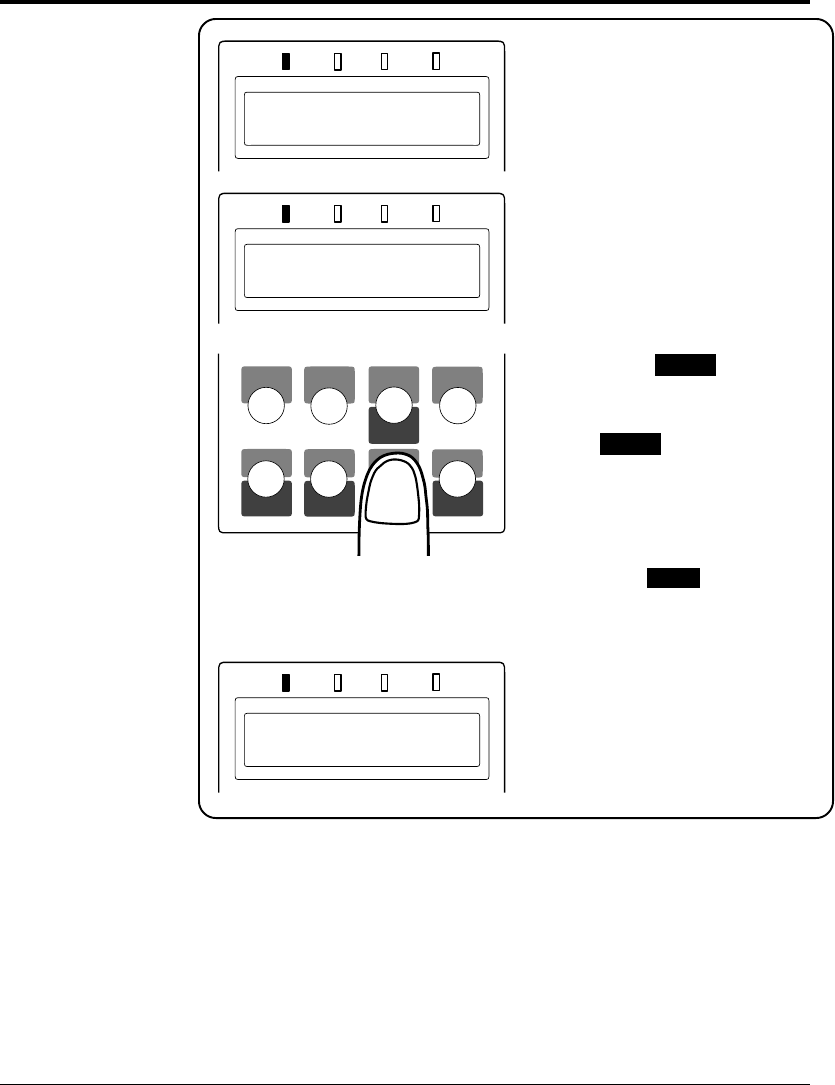
4-10 User’s Manual
12.The printer indicates a
replacement confirmation
message. The message
display indicates WARMING
UP then DEV.CHANGED?
Y:ENTER N:CONT.
13.Press the
ENTER
button. If
the old developer unit was
replaced by a new one, press
the
ENTER
button to clear
the developer unit counter.
If the old print unit was just
shaked and remounted,
press the
CONT.
button not
so as to clear the developer
unit counter..
The message changes to
READY. The printer is ready
for printing.
Periodic Routine Maintenance
MFF
PAPER SIZEPAPER SIZE
PRINT
FONT
SELF
TEST
RESET
CONT. ENTER
–
+
MENUREADY
FORM
FEED
RESET
MENU
SELECT
POWER ONLINE DATA ERROR
DEV.CHANGED?
Y:ENTER N:CONT
POWER ONLINE DATA ERROR
WARMING UP
POWER ONLINE DATA ERROR
READY
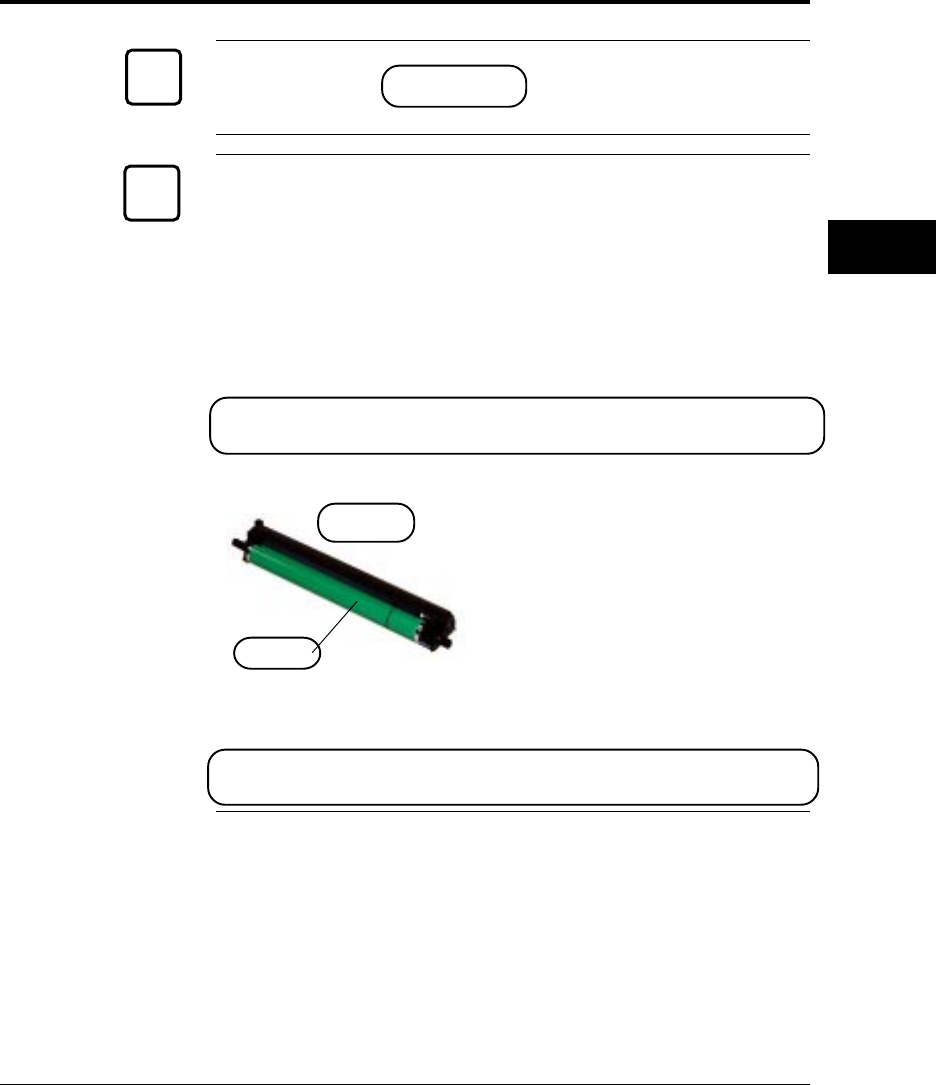
User’s Manual 4-11
MAINTENANCE
Periodic Routine Maintenance
✍
☞
118
(016)
Shutter
Drum unit
Important:
When replacing the developer unit or drum unit, clean the paper
path.
Caution:
To avoid exposing the photoconductor drum to light or
contamination, follow these guidelines:
• Do not remove the drum unit from its envelope until you are ready
to install it.
• Complete the procedure as quickly as possible to avoid exposing
the drum to light for more than three minutes.
To avoid damaging the drum:
• Never open the shutter of the drum unit until you are ready to
install it. .
• Never touch or scratch the green drum surface.
• If you store the print unit out of the printer, it may be
contaminated by dust. This may cause a smudge on the page.
When storing the print unit out of the printer, close the shutter of
the drum unit and wrap the print unit with paper or something.
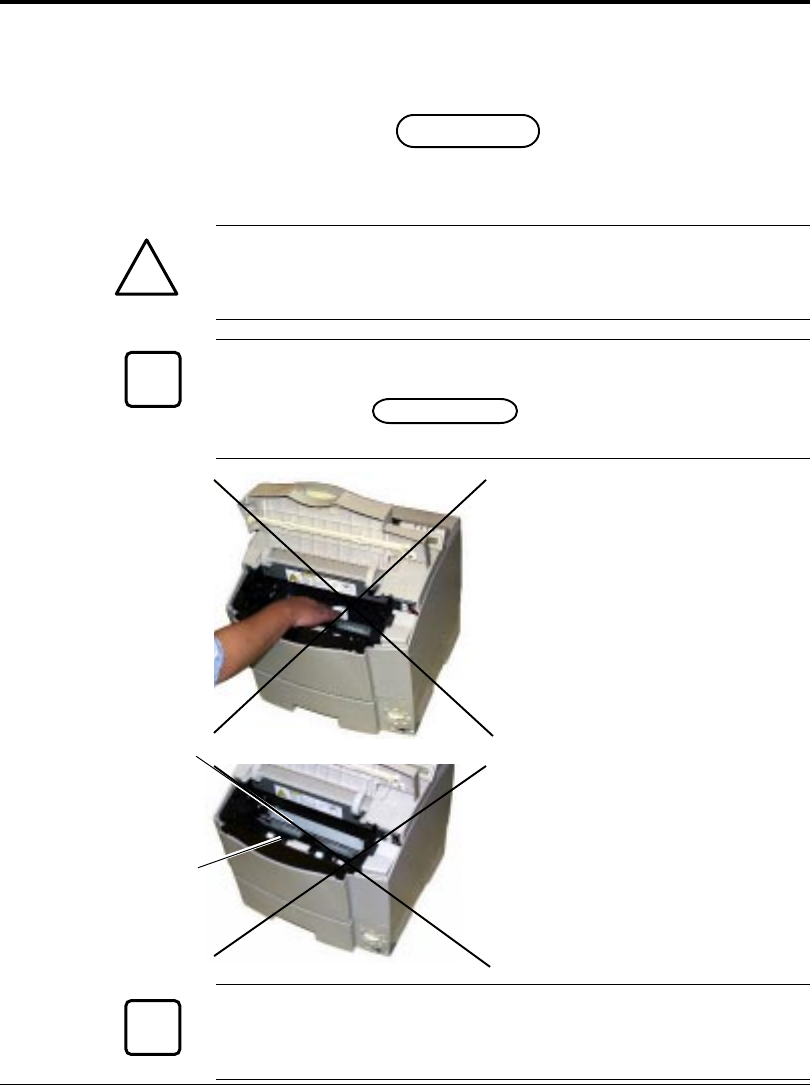
4-12 User’s Manual
Periodic Routine Maintenance
Cleaning the Paper Path
Clean the paper path:
• When replacing the developer unit or drum unit
• After clearing a paper jam
• When printouts show toner smudging
Warning:
For safety, turn off the printer and disconnect the power cord before
beginning.
Caution:
If you think you need more than three minutes for cleaning, store
the drum unit and developer unit in a clean, dark place to protect the
photoconductor drum from light.
Open the upper door and
remove the print unit. Be
careful not to damage the
green drum surface. Look
for spilled toner on the
inside of the printer. Use a
clean, lint free, damp cloth
to remove any toner stains.
Clean also the paper paths
under paper guide ① and
paper guide ➁. Open both
guides by lifting the finger-
marked portion. Paper
guide ① locks and keeps
open, but paper guide ➁
does not keep open.
Caution:
Be sure close paper guide ➁. Leaving paper guide ➁ opened causes
damage to the print unit when the print unit is installed.
119
☞
!
120
Paper guide ➁
Paper guide ①
☞
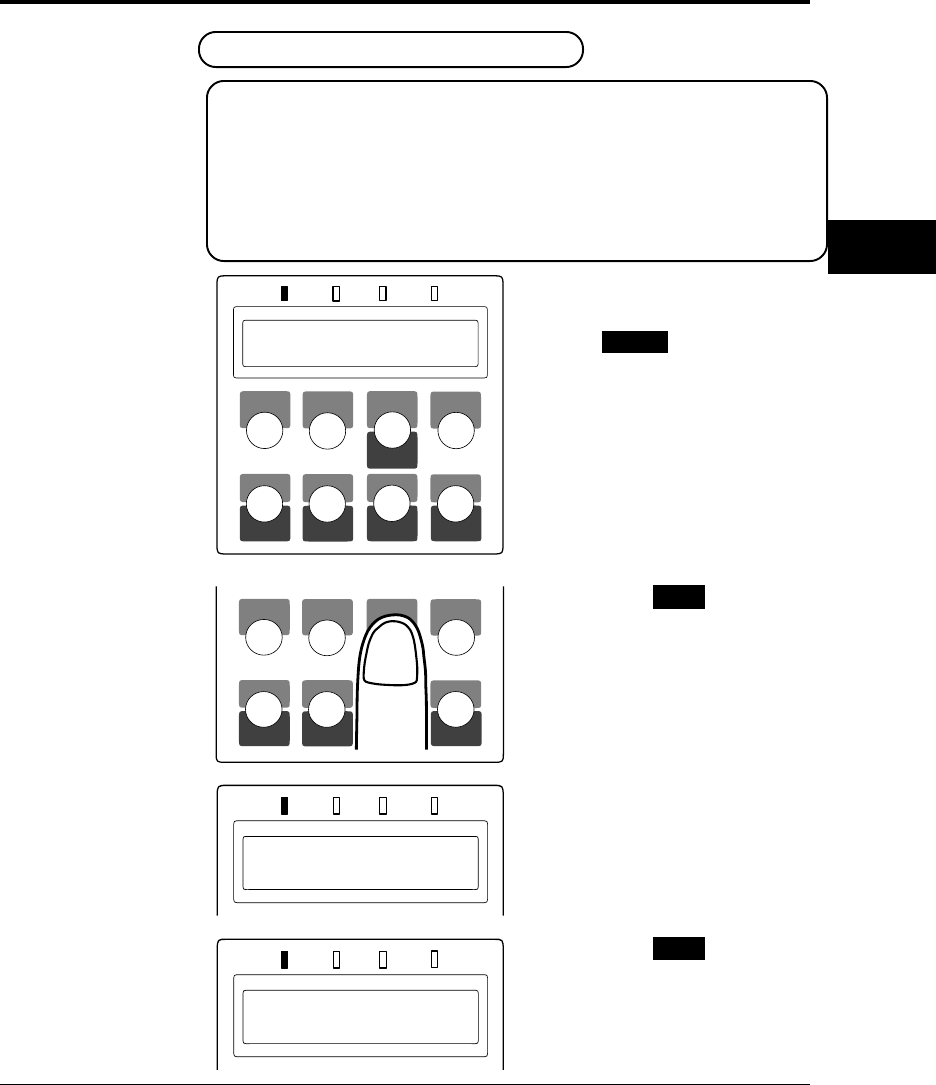
User’s Manual 4-13
MAINTENANCE
Periodic Routine Maintenance
POWER ONLINE DATA ERROR
MFF
PAPER SIZEPAPER SIZE
PRINT
FONT
SELF
TEST
RESET
CONT. ENTER
–
+
MENUREADY
FORM
FEED
RESET
MENU
SELECT
MFF
PAPER SIZE
PRINT
FONT
SELF
TEST
RESET
CONT. ENTER
–
+
MENUREADY
FORM
FEED
RESET
MENU
SELECT
POWER ONLINE DATA ERROR
POWER ONLINE DATA ERROR
READY
REPLACE PARTS
SETUP MENU
PAGE FORMAT MENU
SETUP MENU
CLEAR WARNING
Clearing the Replace Parts Message
This printer has counters to estimate the end of service life of the
developer unit and the drum unit. Clear a proper counter whenever
you have replaced the developer unit or the drum unit, or the printer
continues displaying the warning message REPLACE PARTS or
displays the message at a bad timing.
To clear a counter (e.g., developer unit counter), follow these steps:
1. Make sure the printer is
offline. If necessary, press
the
READY
button to put
the printer offline. The
ONLINE indicator is off
with the REPLACE PARTS
message displayed.
2. Press the
MENU
button to
put the printer in menu
mode.
The message changes to
SETUP MENU PAGE
FORMAT MENU.
3. Press the
MENU
button
repeatedly until the lower
message changes to CLEAR
WARNING.
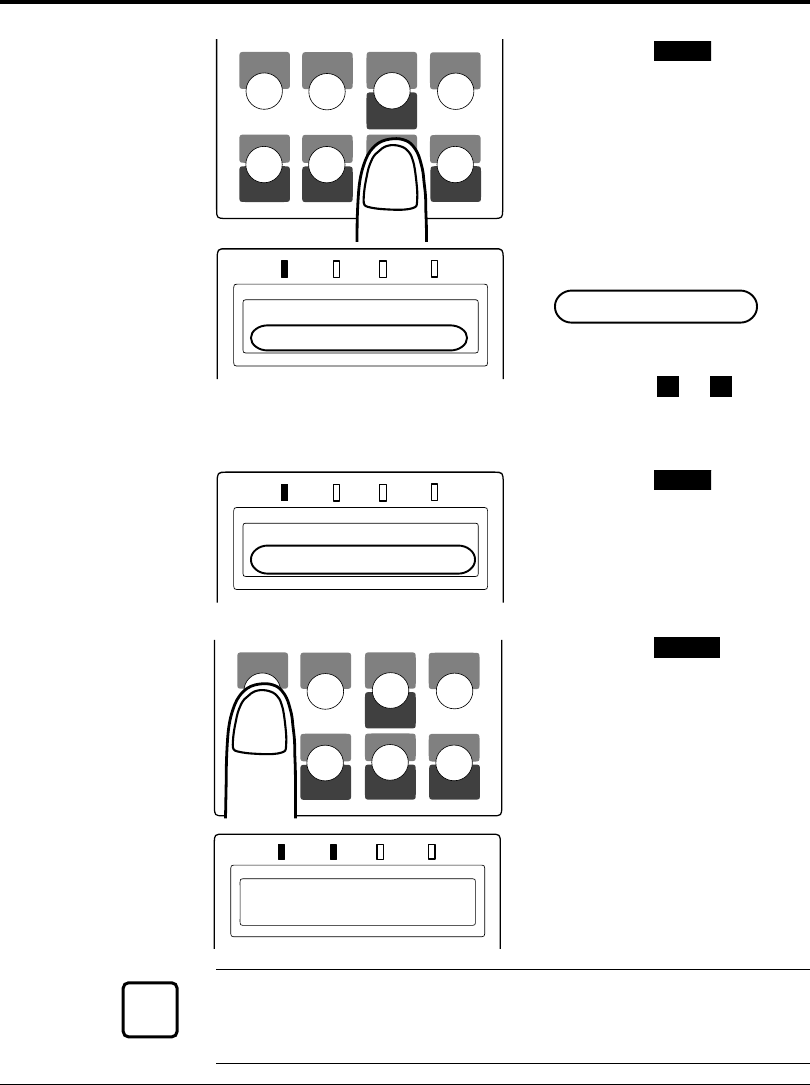
4-14 User’s Manual
Periodic Routine Maintenance
MFF
PAPER SIZE
PRINT
FONT
SELF
TEST
RESET
CONT. ENTER –
+
MENUREADY
FORM
FEED
RESET
MENU
SELECT
POWER ONLINE DATA ERROR
POWER ONLINE DATA ERROR
MFF
PAPER SIZE
PRINT
FONT
SELF
TEST
RESET
CONT. ENTER
–
+
MENUREADY
FORM
FEED
RESET
MENU
SELECT
POWER ONLINE DATA ERROR
✍
4. Press the ENTER button to
select this function.
The message changes to
<CLEAR WARNING>
DEVELOPER UNIT*. The
asterisk means that the
developer unit is expired.
(Press the + or – button
to check the expiration of
the drum unit.)
5. Press the ENTER button
again to perform the
function. The asterisk
disappears from the
message, indicating the
counter is cleared.
6. Press the
READY
button to
return the printer online.
The ONLINE indicator
lights up without the
REPLACE PARTS message.
Important:
After the clear operation, check the status report to make sure that
the Warning Message is cleared.
<CLEAR WARNING>
DEVELOPER UNIT*
<CLEAR WARNING>
DEVELOPER UNIT
READY
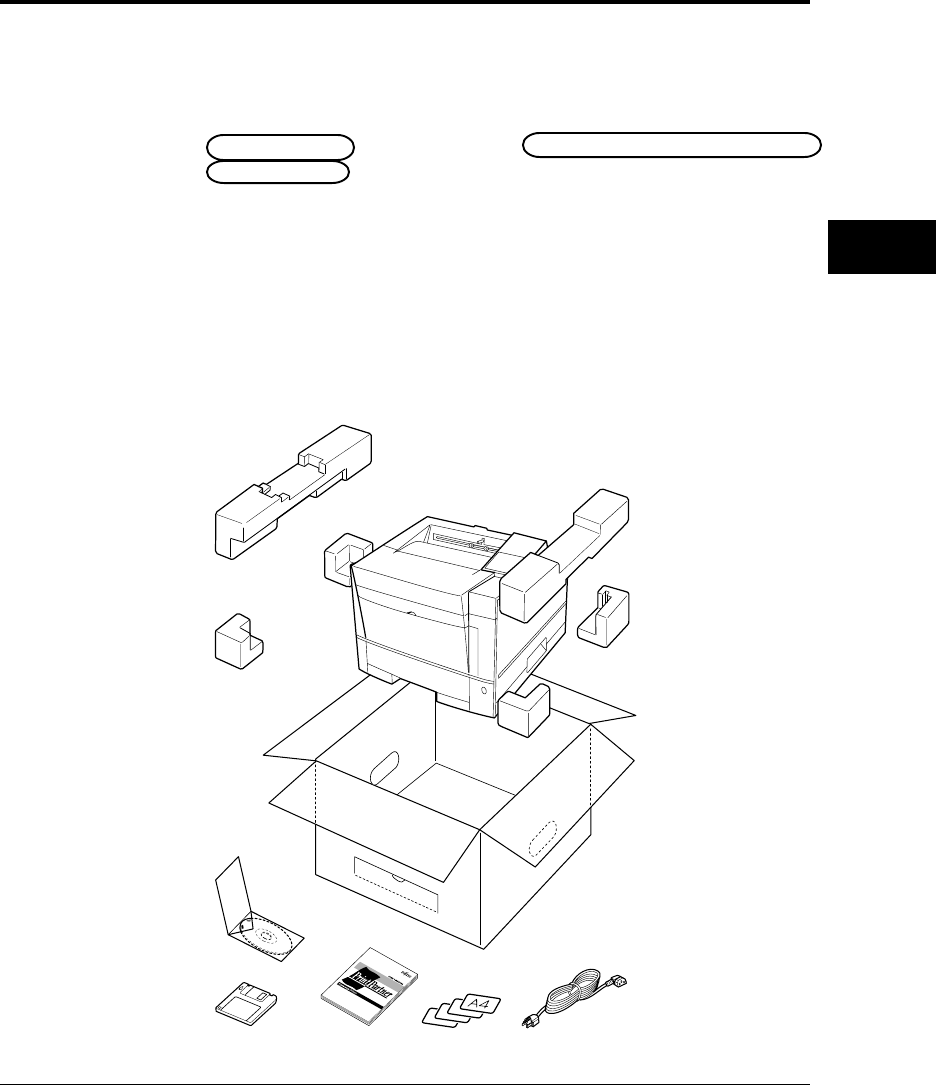
User’s Manual 4-15
MAINTENANCE
Repacking the Printer
Repack as shown
Repacking the
Printer If you need to ship your printer or store it for an extended time,
protect it by packing it in its original carton.
Store the print unit separately from the printer. Do not remove the
developer unit from the drum unit. Close the shutter of the drum
unit to cover the photoconductive drum to avoid exposing the drum
to light, wrap the print unit with a protective material, and store it in
a safe place.
To protect the printer from moisture, place it in the plastic bag it
was shipped in. Seal the bag with tape.
Place the printer in its carton using the original packing materials to
brace and protect the printer. The illustration shows the position of
the printer components within the carton.

4-16 User’s Manual
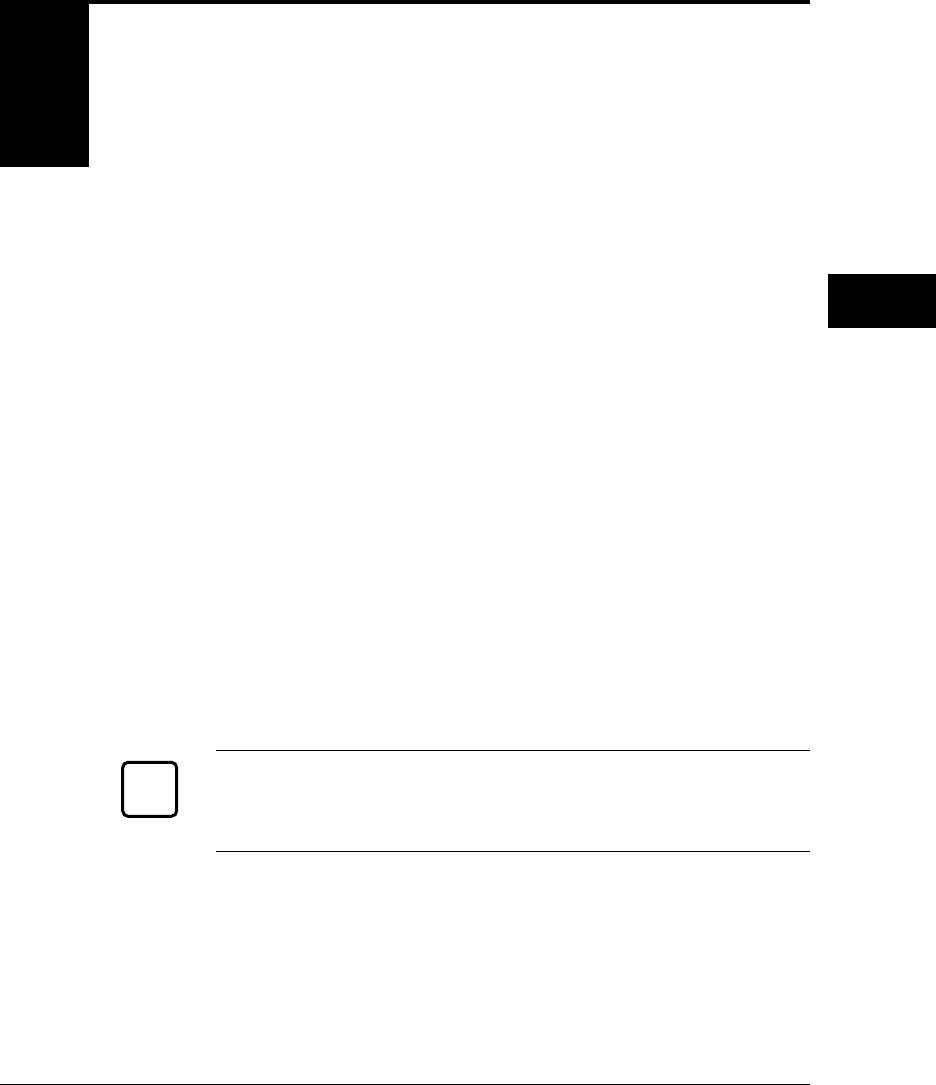
User’s Manual 5-1
SOLVING
PROBLEMS
5
CHAPTER
Solving Problems
Although this printer is designed to be highly reliable, you may
occasionally experience problems. The most common problems are
paper jamming and poor print quality. This chapter helps you to
identify the cause of the problem and suggests solutions. For detailed
procedures, see Chapter 4, Maintenance.
This chapter is divided into five sections:
•Clearing Paper Jams. This section explains how to locate and clear
paper jams.
•Operational Problems. Start here if the printer doesn’t function
properly. You may save yourself a service call.
•Print Quality Problems. Check here if the printed pages don’t look
as they should.
•Error Indications. The printer has self-diagnostic tests for a variety
of hardware and interface problems. If a test indicates a problem,
the printer displays it on the control panel. This section explains
these error conditions.
•Printer Status Indications. These statuses are not error conditions.
Most of them require no action by you. However, explanations are
included here for your information.
Caution:
During solution of a problem, do not touch any connector contacts
to avoid possible electrostatic damage to the printer.
☞

5-2 User’s Manual
The printer has sensors to detect paper jams. If a jam occurs, the
printer displays it on the message display. The message is PAPER
JAM
n
(n: 0 to 6 indicating the jam location). Because the paper
path is short and simple, you should have no problem locating the
jam.
• n = 0: From paper tray/MFF to feed roller
• n = 1: From feed roller to eject unit
• n = 2: From feed roller to eject unit
• n = 3: In fuser unit
• n = 4: In eject unit or duplex unit
• n = 5: Duplex unit to print unit
• n = 6: In paper tray 2
The following shows paper paths when your printer is equipped with
optional paper tray and duplex unit. Be familiar with the paper
paths especially in duplex printing.
Clearing Paper Jams
Clearing Paper
Jams
MFF
Printer
①: First printing
➁: Second printing
®: Reverse feeding
Paper tray
Optional
duplex unit
(12MX only)
➁
①
①®
®
①, ➁
Rear
stacker
Optional
paper tray
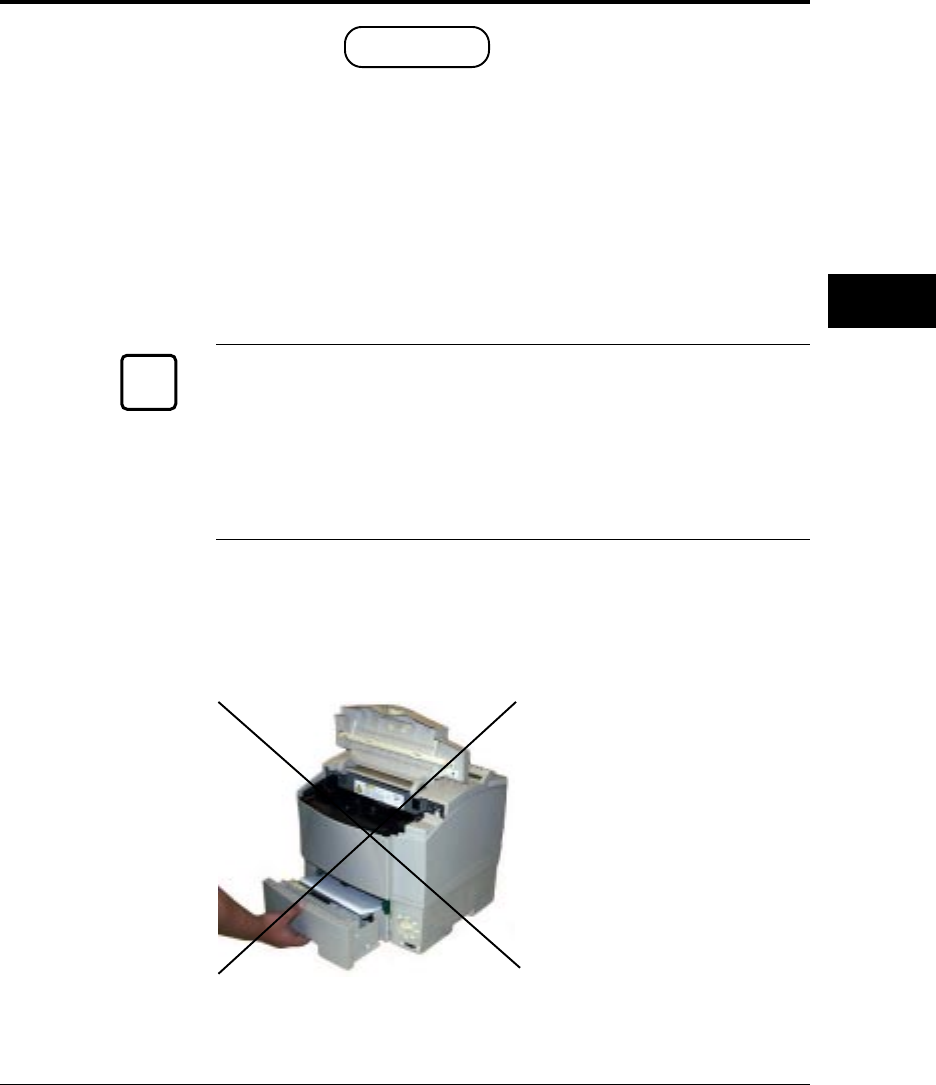
User’s Manual 5-3
SOLVING
PROBLEMS
Recovery from Paper Jams
When a paper jam occurs, all switches are disabled. Remove the
paper jam according to the procedure explained below. After
removing the paper jam, (open and) close the upper door, then the
error message disappears and the printer turns online.
If “On” is selected in advance for “Jam recovery” in “FPS menu” in
setup mode, the printer resumes printing from the page where the
paper jam occurred.
To clear a paper jam, follow these steps:
Caution:
Clear paper jams quickly to avoid problems with the fuser unit.
Do not touch or scratch the green drum surface when clearing the
paper jam.
Be careful not to expose the drum to light for more than three
minutes.
After clearing a paper jam, return the printer components to the
original positions.
Jam 0: from a Paper Tray to the Print Unit
1. Open the upper door.
2. Pull out the paper tray.
Clearing Paper Jams
123
☞

5-4 User’s Manual
Clearing Paper Jams
3. Remove the sheet. Pull the
jammed sheet gently not so
as to remain pieces of paper
in the printer.
If you cannot remove the
jammed paper from the
paper tray, follow the next
steps.
4. Remove the print unit.
For detailed procedures and
advisory notes, see the
section Replacing the Print
Unit in Chapter 4.
5. Remove the sheet. While
lifting the finger-marked
portion of the paper guide
① to open it, pull the
jammed sheet gently not so
as to remain pieces of paper
in the printer.
6. Return the paper tray and
the print unit and close
the upper door. The
printer is initialized.
Warning:
Do not touch the heat roller. This hot area may burn your hand. See
the label attached to the frame under the upper door.
!
126
124
125
(023)
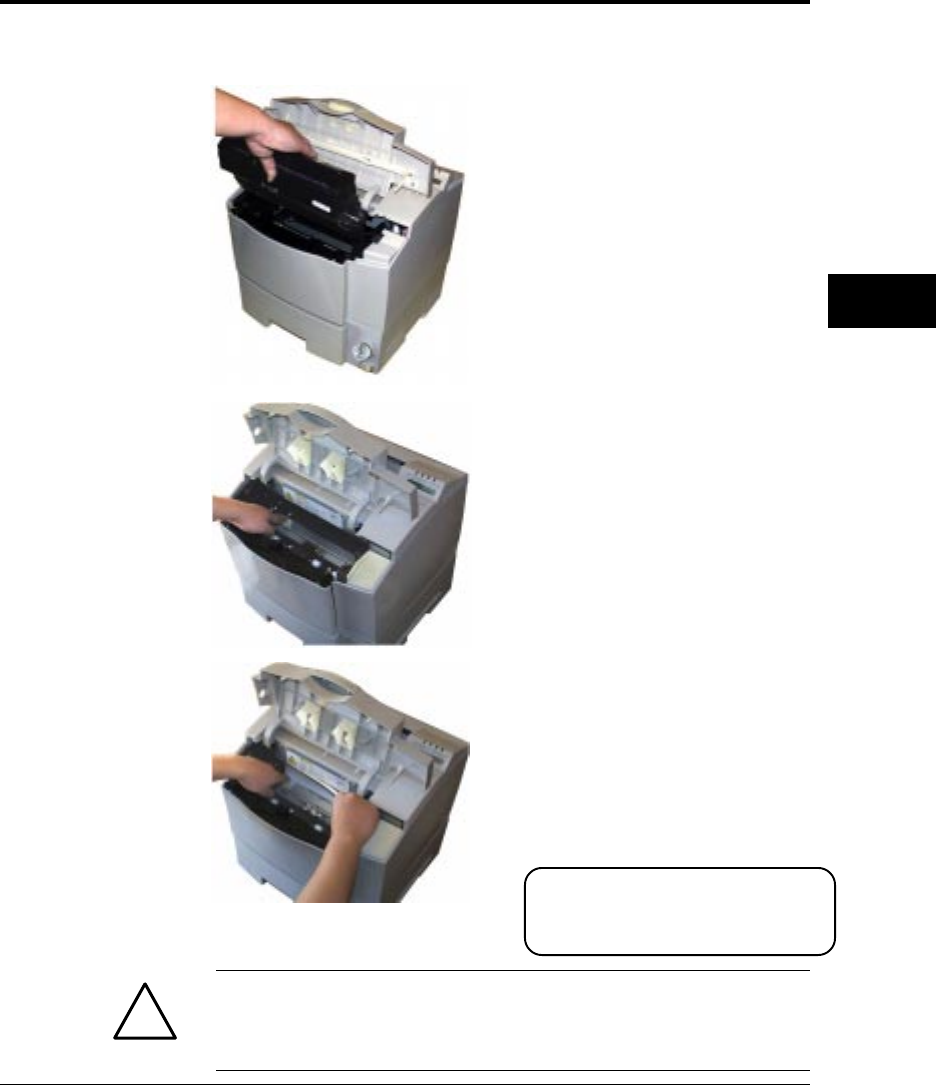
User’s Manual 5-5
SOLVING
PROBLEMS
Jam 1: under the Print Unit or in the Fuser Unit
1. Open the upper door.
2. Remove the print unit.
For detailed procedures and
advisory notes, see the
section Replacing the Print
Unit in Chapter 4.
3. Open paper guide ➁. Lift
the finger-marked portion
of the paper guide ➁ until it
keeps open (feed rollers are
disengaged).
4. Remove the sheet. Pull the
jammed sheet gently not so
as to remain pieces of paper
in the printer.
After removing the sheet,
return the paper guide to its
original position.
5. Return the print unit and
close the upper door. The
printer is initialized.
Warning:
Do not touch the heat roller. This hot area may burn your hand. See
the label attached to the frame under the upper door.
Clearing Paper Jams
!
129
127
(023)
128
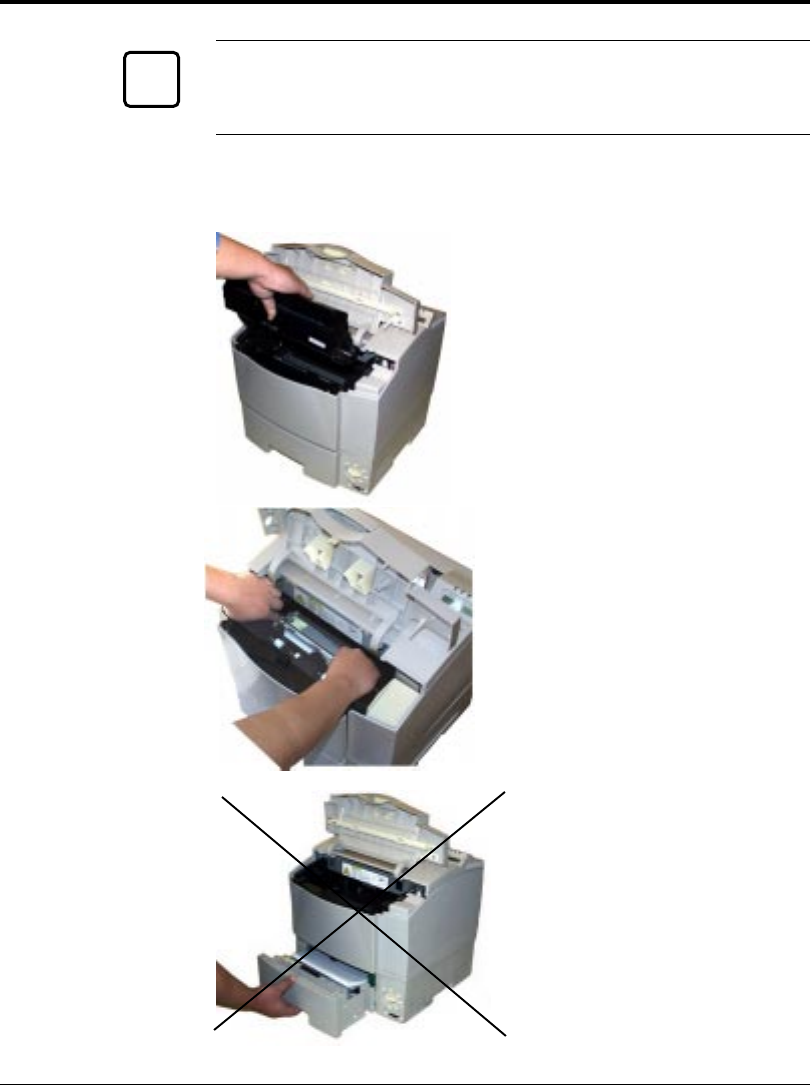
5-6 User’s Manual
Caution:
Leaving paper guide ➁ opened causes damage to the print unit when
the print unit is installed.
Jam 2: under the Print Unit near the Paper Tray
1. Open the upper door.
2. Remove the print unit.
For detailed procedures and
advisory notes, see the
section Replacing the Print
Unit in Chapter 4.
3. Remove the sheet. While
lifting the finger-marked
portion of the paper guide
① to open it, pull the
jammed sheet gently not so
as to remain pieces of paper
in the printer.
If you cannot hold the
jammed paper, follow the
next steps.
4. Pull out the paper tray.
132
[123]
Clearing Paper Jams
☞
130
(023)
131
(126)
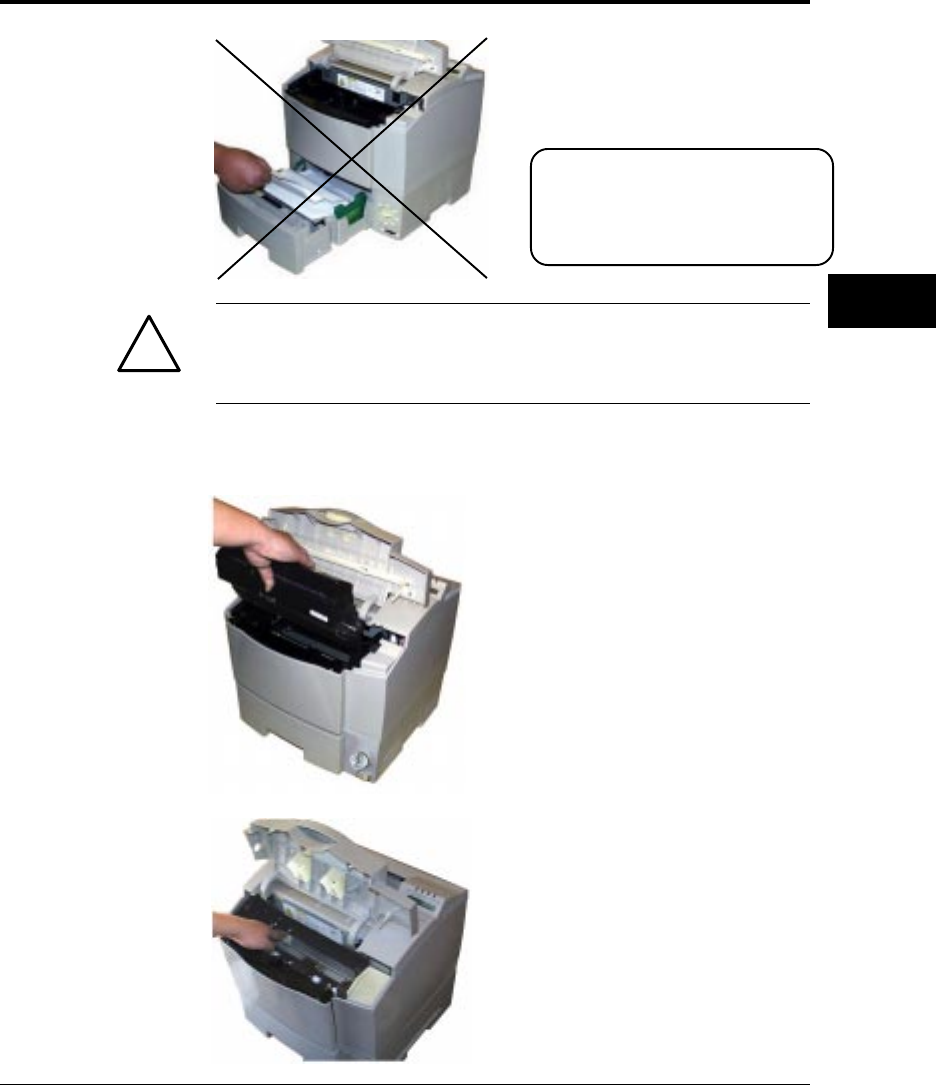
User’s Manual 5-7
SOLVING
PROBLEMS
Clearing Paper Jams
5. Remove the sheet. Pull the
jammed sheet gently not so
as to remain pieces of paper
in the printer.
6. Return the paper tray and
the print unit and close
the upper door. The
printer is initialized.
Warning:
Do not touch the heat roller. This hot area may burn your hand. See
the label attached to the frame under the upper door.
Jam 3: in the Fuser Unit
1. Open the upper door.
2. Remove the print unit.
For detailed procedures and
advisory notes, see the
section Replacing the Print
Unit in Chapter 4.
3. Open paper guide ➁. Lift
the finger-marked portion
of the paper guide ➁ until it
keeps open (feed rollers are
disengaged).
134
(023)
133
(124)
!
135
(128)
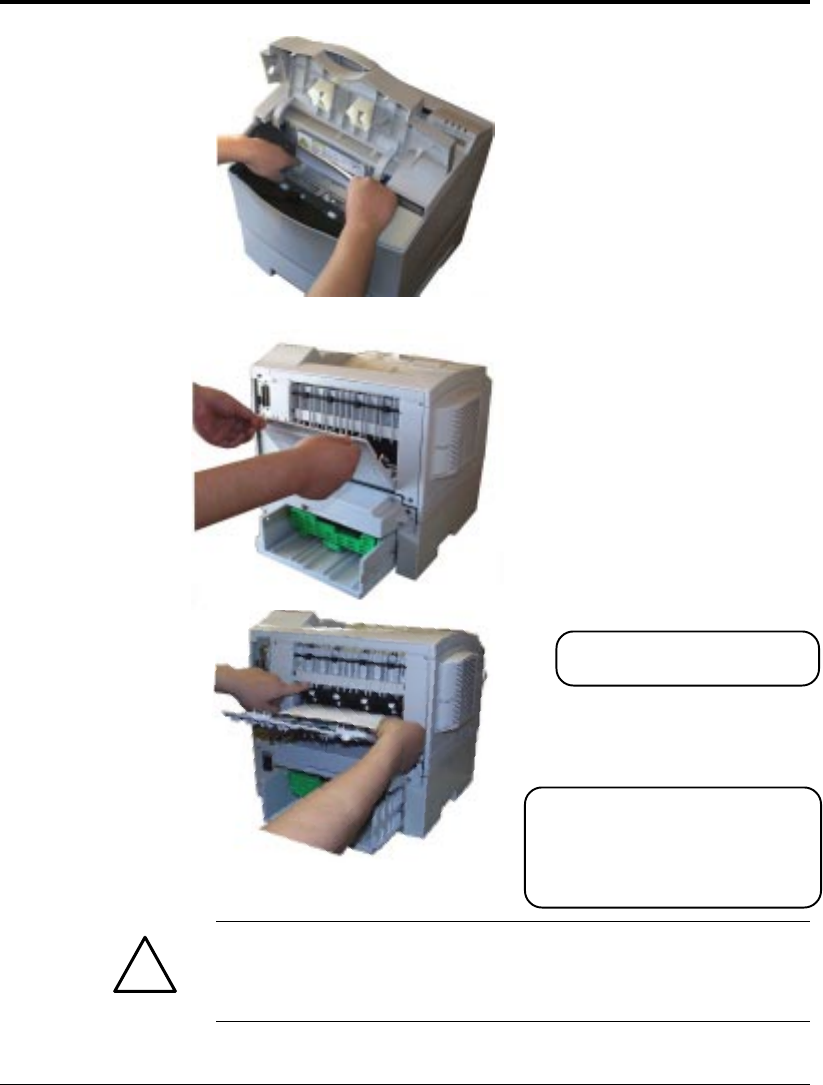
5-8 User’s Manual
Clearing Paper Jams
4. Remove the sheet. Pull the
jammed sheet gently not so
as to remain pieces of paper
in the printer.
If you cannot hold the
jammed paper, follow the
next steps.
Return the paper guide to
its original position.
5. Open the rear stacker at
the back of the printer.
6. Remove the sheet. While
pushing up the labeled
portion of the paper guide,
pull the jammed sheet
gently not so as to remain
pieces of paper in the
printer.
7. Return the paper guide
and the rear stacker and
close the upper door. The
printer is initialized.
Warning:
Do not touch the heat roller. This hot area may burn your hand. See
the label attached to the frame under the upper door.
!
137
(078)
138
136
(129)
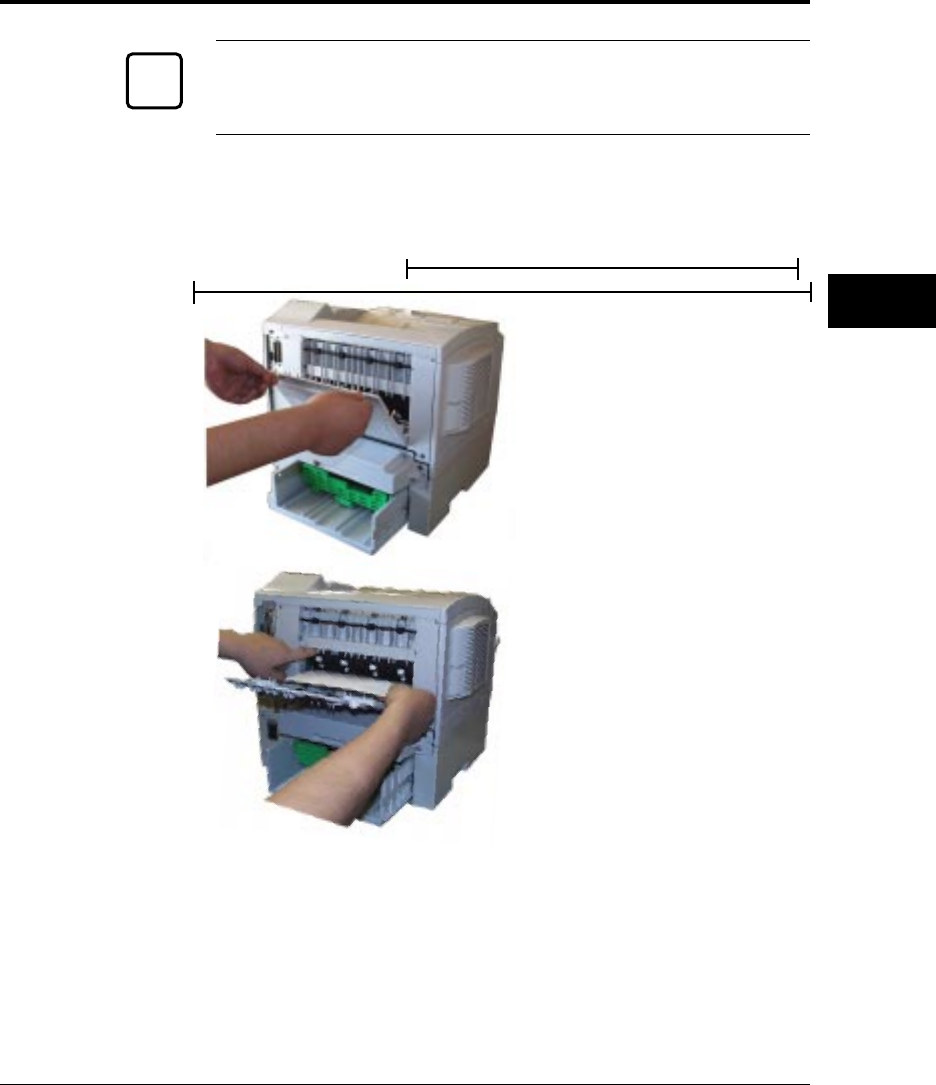
User’s Manual 5-9
SOLVING
PROBLEMS
Clearing Paper Jams
Caution:
Leaving paper guide ➁ opened causes damage to the print unit when
the print unit is installed.
Jam 4 (12MX only): from the Eject Unit to the Duplex Unit
The following procedure is when your printer is equipped with an
optional duplex unit.
1. Open the rear stacker at
the back of the printer.
2. Remove the sheet. While
pushing up the paper guide,
pull the jammed sheet
gently not so as to remain
pieces of paper in the
printer.
If you cannot hold the
jammed paper, follow the
next steps.
140
(078)
141
(138)
☞

5-10 User’s Manual
3. Lift the rear of the duplex
unit and pull out it.
4. Remove the sheet. Pull the
jammed sheet gently not so
as to remain pieces of paper
in the duplex unit.
5. Return the duplex unit.
Insert the duplex unit all
the way along the guides
inside the slot. It is
automatically caught by the
printer.
6. Return the paper guide
and the rear stacker and
close the upper door. The
printer is initialized.
Clearing Paper Jams
142
(103)
143
???
[103]
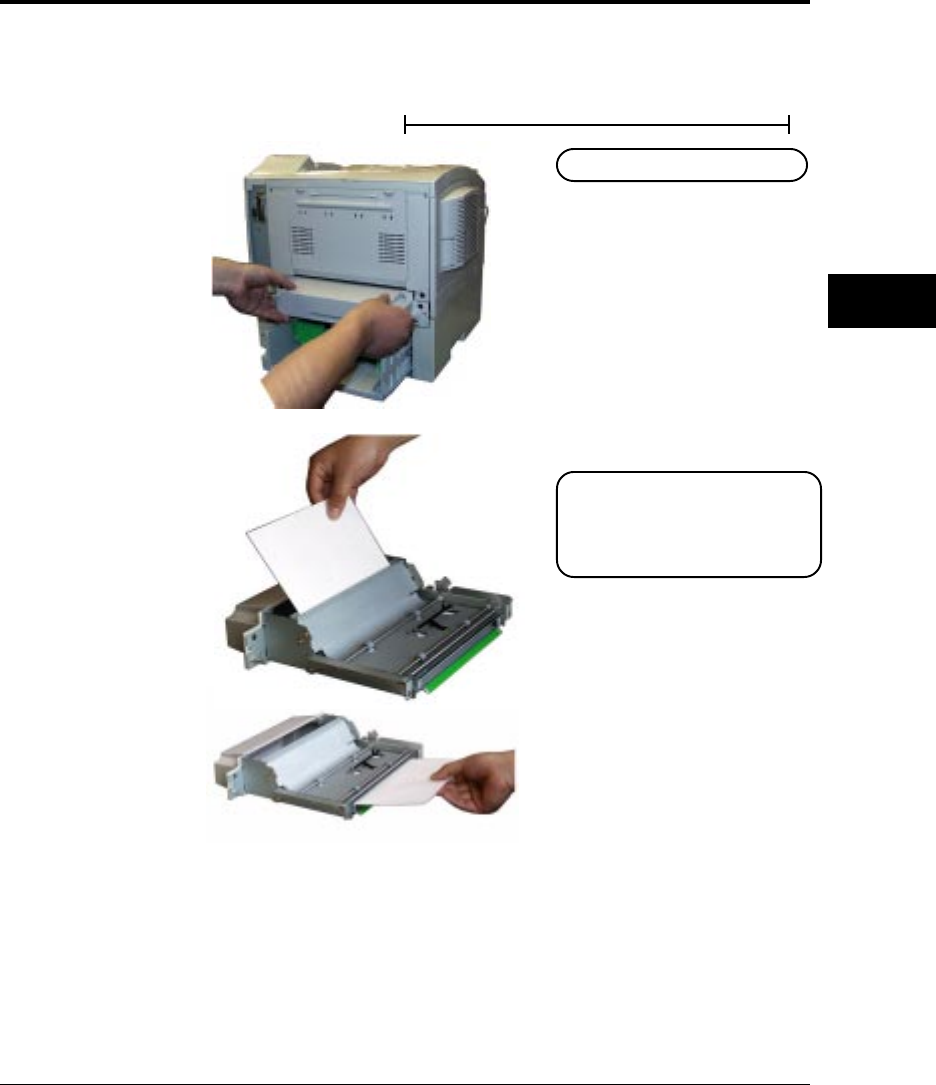
User’s Manual 5-11
SOLVING
PROBLEMS
144
(103)
Clearing Paper Jams
Jam 5 (12MX only): from the Duplex Unit to the Print Unit
The following procedure is when your printer is equipped with an
optional duplex unit.
1. Remove the duplex unit.
Lift the rear of the duplex
unit and draw the duplex
unit out of the printer.
2. Remove the sheet.
a. Place the duplex unit on a
sturdy, level surface. While
holding the molded part of
the duplex unit, pull out the
jammed sheet gently not so
as to remain pieces of paper
in the duplex unit.
b. Pull out the jammed sheet
as shown left.
146
145
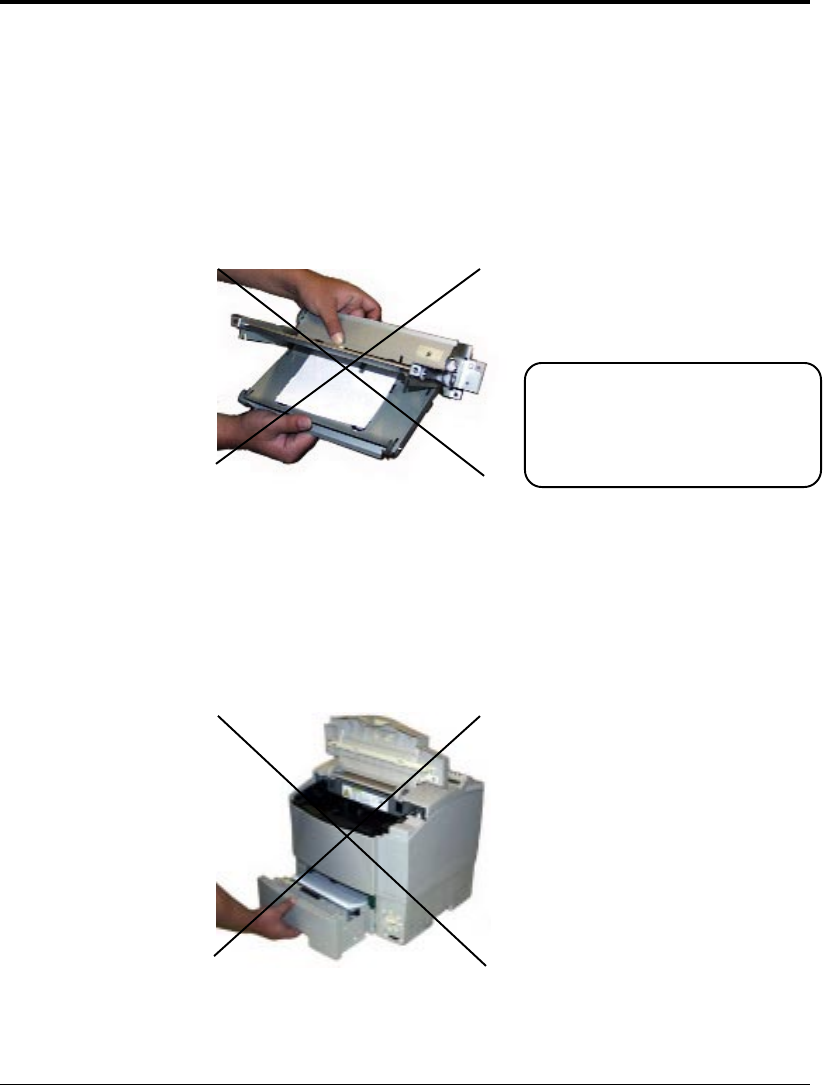
5-12 User’s Manual
Clearing Paper Jams
c. Push down the end of the
movable paper guide plate
to open it.
Pull out the jammed sheet
as shown left.
3. Return the duplex unit
and open and close the
upper door. The printer is
initialized.
If you cannot find the jammed sheet in the duplex unit, check the
paper path from the duplex unit to the print unit. See jam 0.
Jam 6: at the Feed Roller of the Optional Paper Tray
This jam is indicated when turning the printer on with the jammed
sheet left at the feed roller of the optional paper tray.
1. Open the upper door.
2. Pull out the optional
paper tray.
149
(2nd tray)
148
147
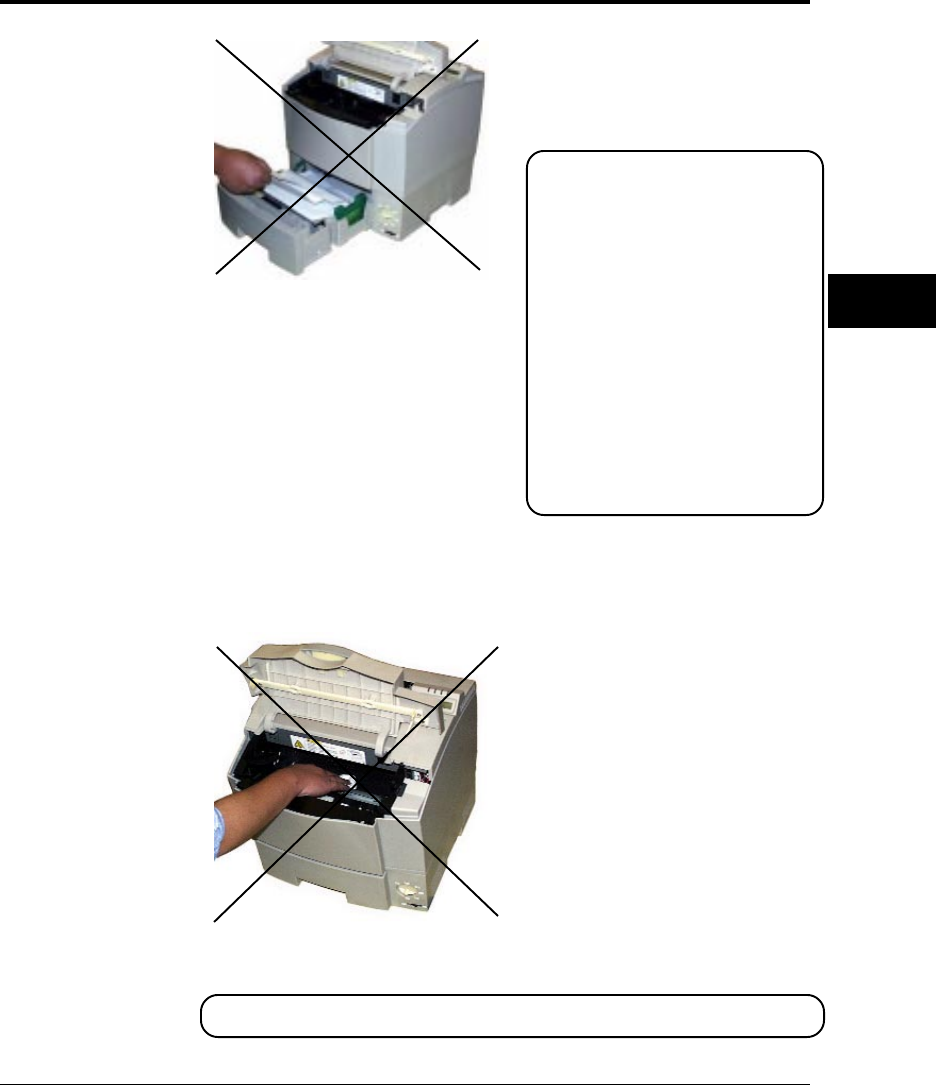
User’s Manual 5-13
SOLVING
PROBLEMS
Cleaning the Paper Path
3. Remove the sheet. Pull the
jammed sheet gently not so
as to remain pieces of paper
in the printer.
If the jammed paper goes to
the print unit, Remove the
print unit. While lifting the
finger-marked portion of
the paper guide ① to open
it, pull the jammed sheet
gently not so as to remain
pieces of paper in the
printer.
4. Return the paper tray and
the print unit and close
the upper door. The
printer is initialized.
Cleaning the Paper Path
After clearing a paper jam, clean the inside of the printer.
1. Clean the inside of the
printer. Look for spilled
toner inside the printer.
Clean away any toner with
a damp cloth.
2. Return the components
handled during clearing a
paper jam to the original
positions. Put the paper
tray, paper guide ➁, print
unit, duplex unit, upper
door, and rear cover in
place.
When the upper door is closed, the printer is initialized.
151
(119)
150
(2nd tray)
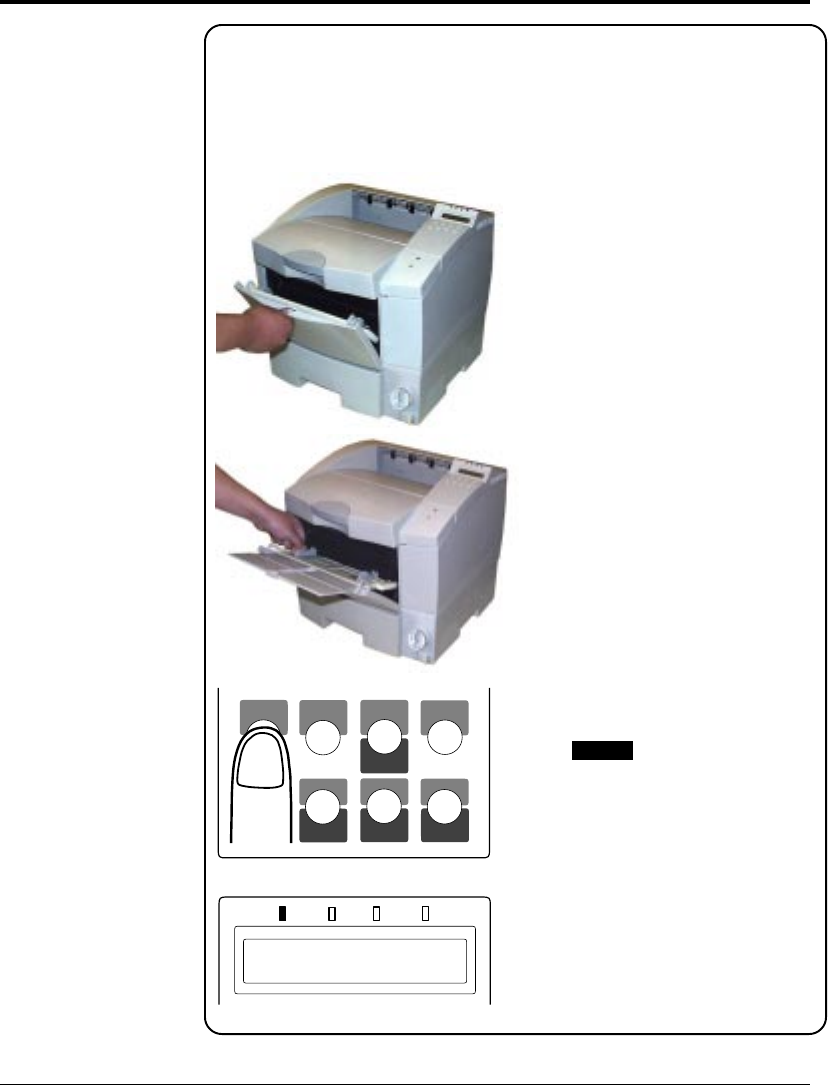
5-14 User’s Manual
Cleaning the Fuser Unit Rollers
After clearing a paper jam in the fuser unit, clean the rollers in the
unit using the cleaning sheets supplied with the printer. To clean the
fuser unit rollers, follow these steps:
1. Turn off the power switch.
2. Open the front door. Pull
down the front door. If it is
open, make sure that no
sheets of paper are not
loaded on the manual
feeder.
3. Set up the manual feeder.
Extend the paper support
and widen the paper guides.
4. Set the fuser unit cleaning
mode. While pressing down
READY
, turn on the power
switch.
The message display
indicates INITIALIZE,
WARMING UP, then
INSERT Cleaning
Sheet.
Cleaning the Fuser Unit Rollers
151a
(073)
151b
(075)
MFF
PAPER SIZE
PRINT
FONT
SELF
TEST
RESET
CONT. ENTER –
+
MENUREADY
FORM
FEED
RESET
MENU
SELECT
POWER ONLINE DATA ERROR
INSERT
Cleaning Sheet
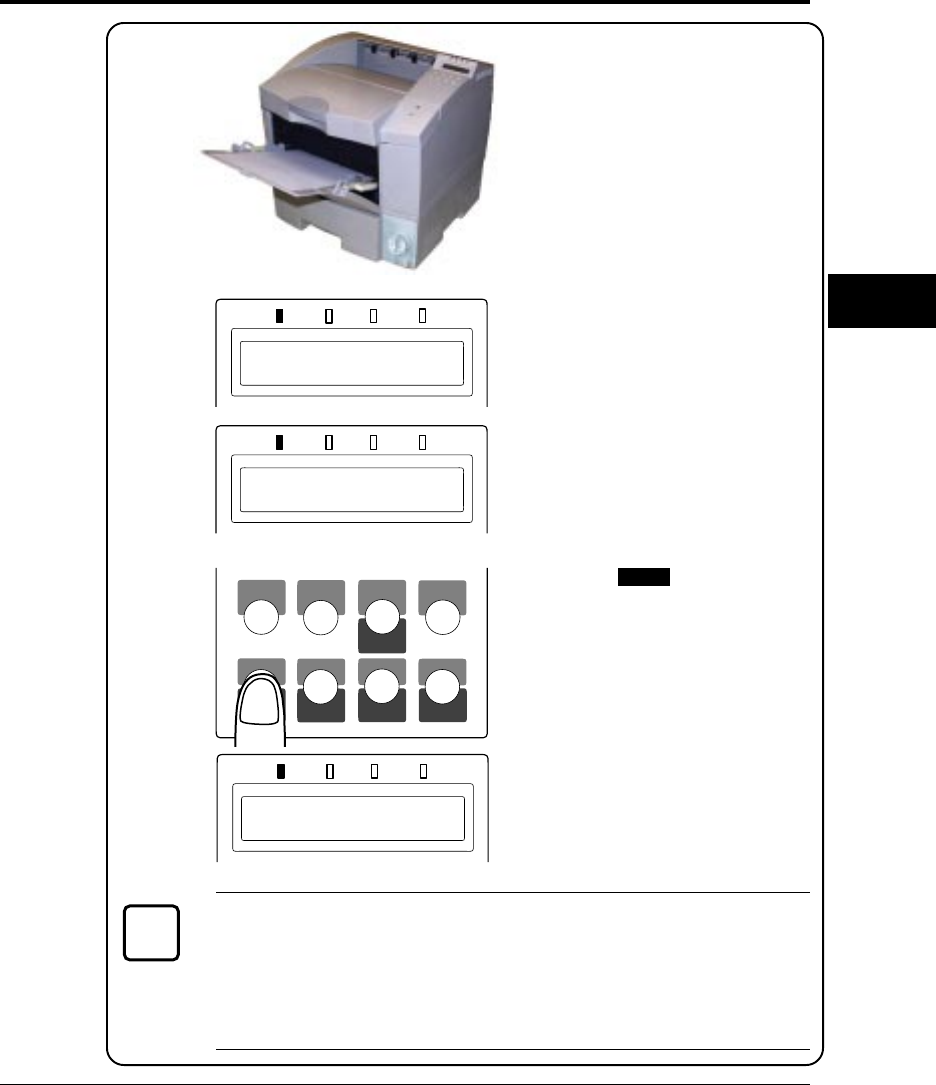
User’s Manual 5-15
SOLVING
PROBLEMS
5. Set a cleaning sheet. Put a
cleaning sheet widthwise on
the base of the feeder and
adjust the left and right
slide guides to the width of
the sheet.
The printer takes in the
cleaning sheet, cleans the
fuser unit rollers, and ejects
the sheet.
The printer waits for
loading the next sheet.
6. Repeat the cleaning two or
three times.
7. Press
CONT.
to exit from
cleaning mode.
The message display
indicates INITIALIZE,
WARMING UP, then READY.
8. Close the front door. Close
the front door after the
cleaning.
Important:
• In cleaning mode, the printer acts specially for cleaning. Therefore,
do not load paper other than the cleaning sheet.
• The cleaning sheet is designed to be used several times. If it
becomes dirty or wrinkled, use a new cleaning sheet.
✍
Cleaning the Fuser Unit Rollers
MFF
PAPER SIZE
PRINT
FONT
SELF
TEST
RESET
CONT. ENTER –
+
MENUREADY
FORM
FEED
RESET
MENU
SELECT
POWER ONLINE DATA ERROR
READY
POWER ONLINE DATA ERROR
POWER ONLINE DATA ERROR
CLEANING FUSER
INSERT
Cleaning Sheet
151c
(081)
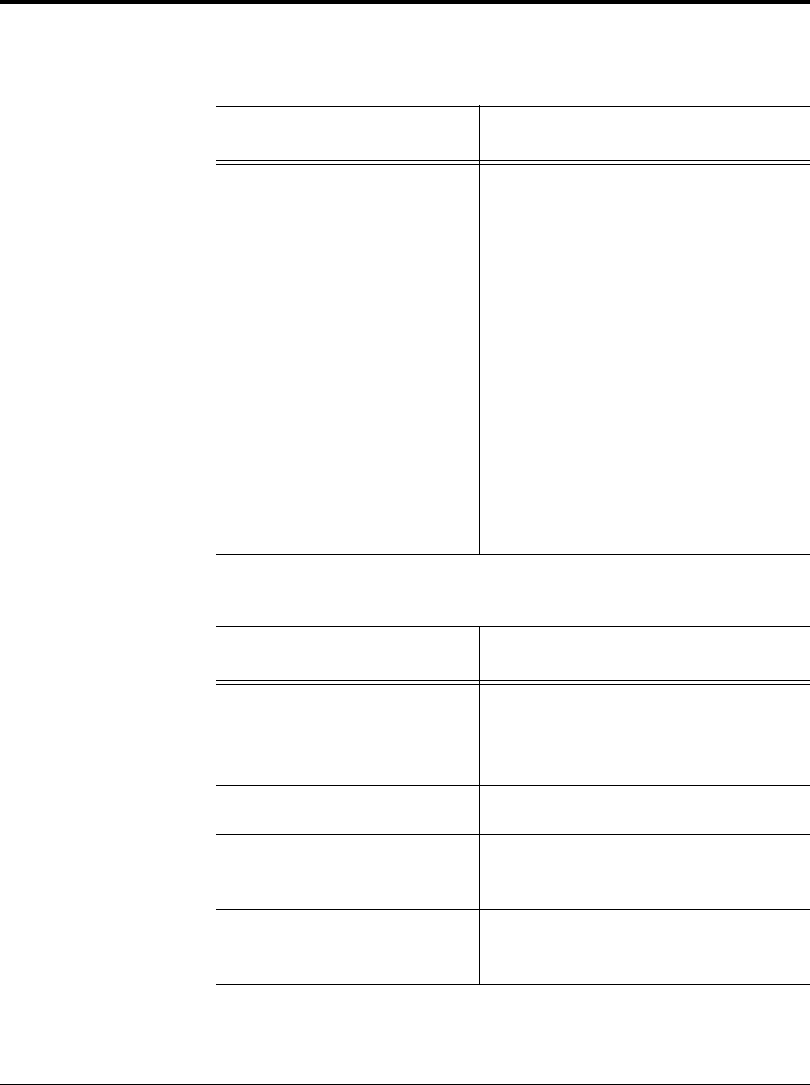
5-16 User’s Manual
The table below contains advice on dealing with repeated paper feed
problems.
Problem Causes and solutions
Paper does not feed cleanly Top edge of paper stack may be
from paper tray deformed (wavy or bent sheets). Try
turning the paper stack around.
Paper stack may not be aligned
properly. Pull out the tray,
straighten the paper stack against the
paper guides, and re-insert the tray.
Too many sheets in the paper stack.
Make sure the stack is level with or
below the limit mark on the left or
right paper guide.
The paper pressure plate may not be
released. Pull out the tray and insert
the tray again until it clicks up.
Problem Solutions
No power when you turn on Check that the power cord is
the printer plugged in at both ends and that the
power outlet has power.
Printer does not initialize Close the upper door completely.
Printer initializes, but does Install a print unit.
not online Insert the paper tray all the way.
Printer initializes, but the Use the control panel to select the
settings are wrong desired settings.
Operational Problems
Operational
Problems
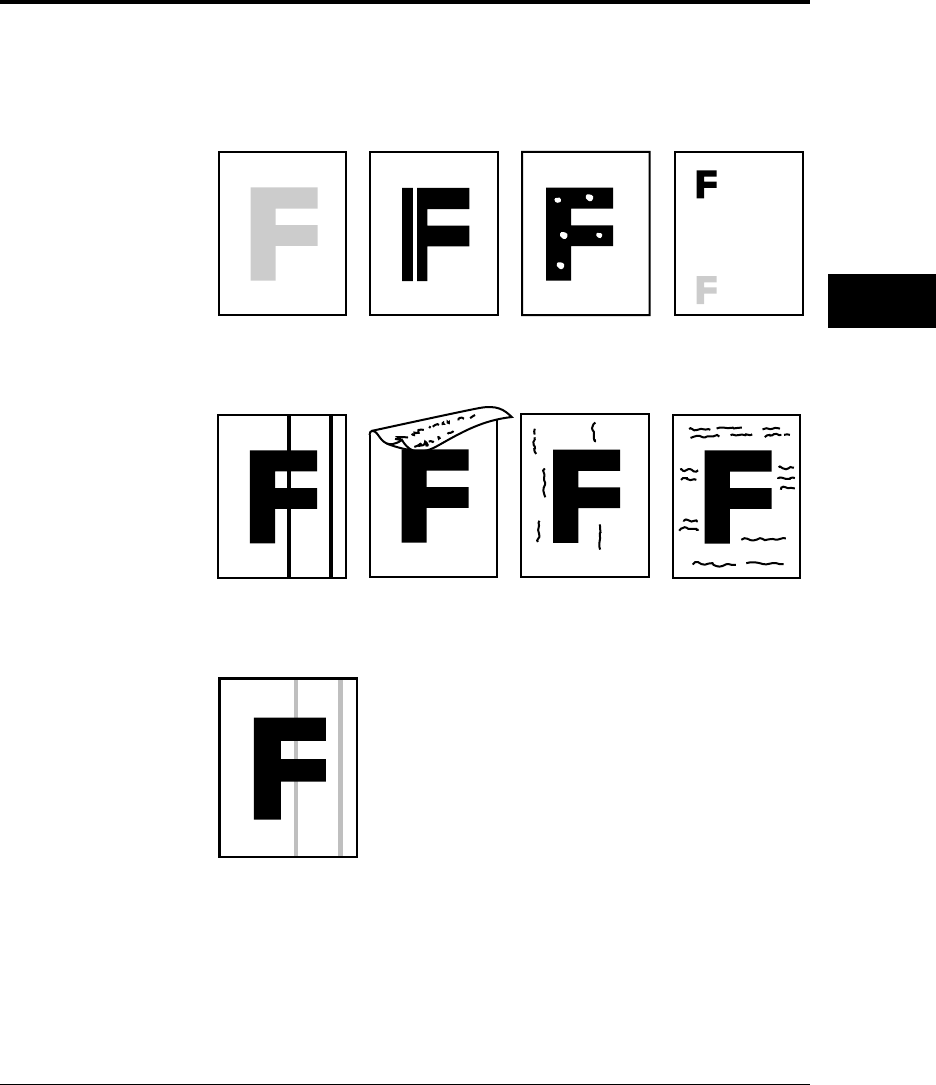
User’s Manual 5-17
SOLVING
PROBLEMS
The figures below show the typical appearances of print quality
problems.
Too light White vertical line White spots Ghost printing
Black vertical line Toner stains (back) Vertical smudge Horizontal smudge
Blurred black vertical line
Print Quality Problems
Print Quality
Problems
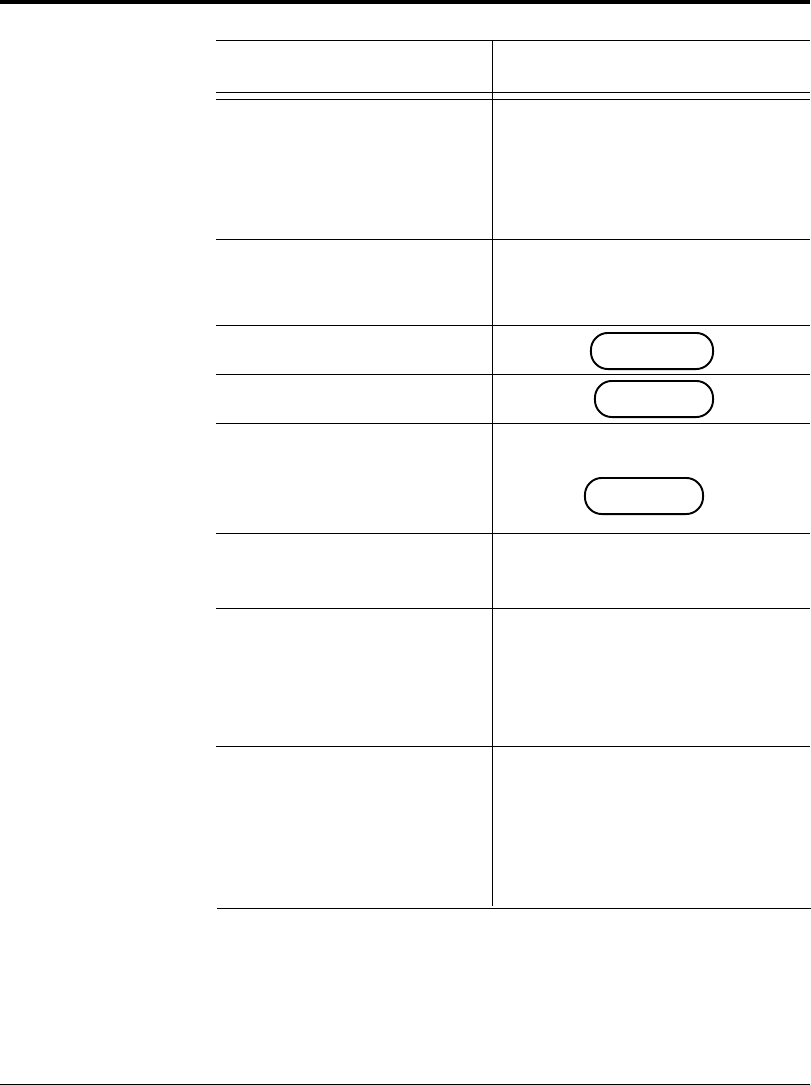
5-18 User’s Manual
Print Quality Problems
Problem Solutions
Printing is too light Adjust the print density to a larger
value using the control panel.
Check to see if your paper is wet.
Remove the print unit and rock it
to distribute the toner evenly.
Printing is too dark Adjust the print density to a
smaller value using the control
panel.
Page is black Replace the drum unit.
Page is blank Replace the drum unit.
Vertical white lines appear Remove the print unit and rock it
to distribute the toner evenly, or
replace the drum unit.
Vertical blurred black lines Contact your dealer if the fuser
appear unit is damaged.
Ghost printing Print several pages if this problem
occurs after a paper jam.
Check to see if your paper is wet.
Contact your dealer if the fuser
unit is damaged.
Pages have toner stains or If this problem occurs after a paper
horizontal smudging jam, print several pages.
Clean the paper path.
If the fuser unit is damaged,
contact your dealer.

User’s Manual 5-19
SOLVING
PROBLEMS
Print Quality Problems
Problem Solutions
Turn the thick paper mode on or
select the thick control menu then
select an option in media mode
using the control panel.
Select the thick control menu then
select an option in media mode
using the control panel.
Check if the thick paper mode is
on by using the control panel; if
the mode is on, turn it off.
Caution:
Whenever replacing the developer unit or drum unit due to any
troubles, reset the counter which controls the "REPLACE PARTS"
message (whether or not the message display indicates "REPLACE
PARTS"). See Chapter 4.
Toner insufficiently adheres
to or easily comes off paper
when you are printing thick
or special paper.
Paper become wavy or
printing is too light in
duplex printing when you
are printing thin paper.
Vertical lines appear in
solid black printing, stains
appear in the back of a
page, or paper is wrinkled
or curled.
☞
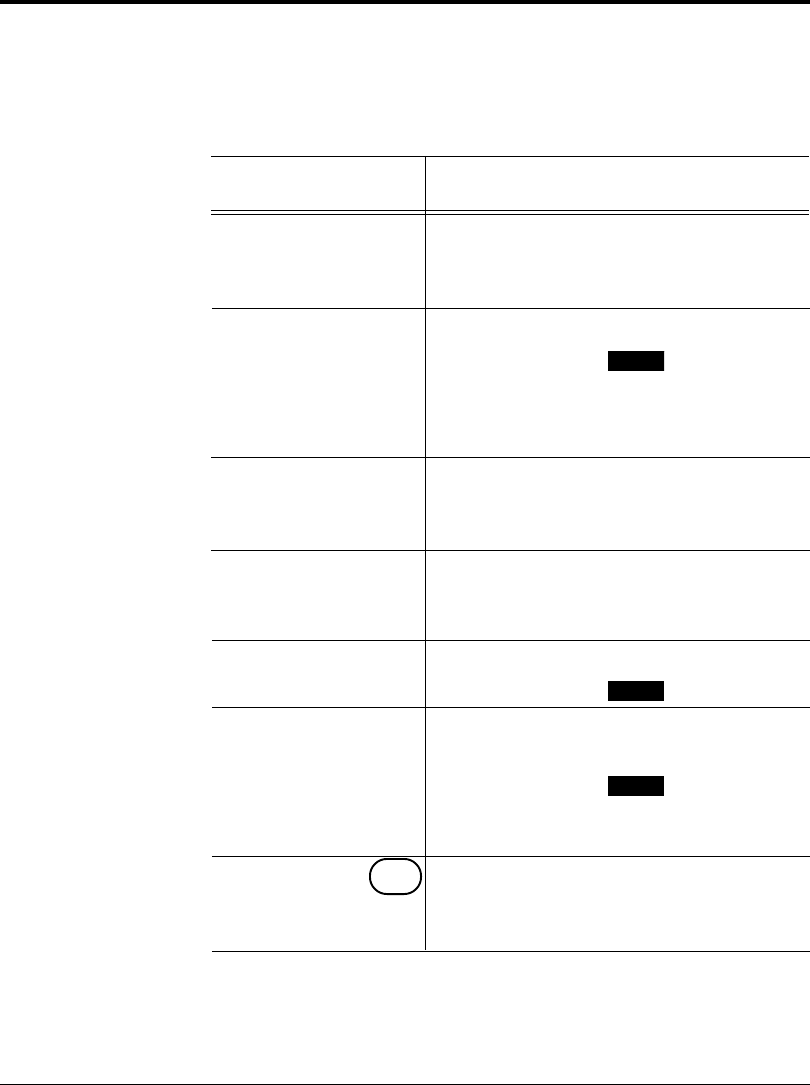
5-20 User’s Manual
Error Indications
Errors refer to a problem or condition which requires you to take
action. The printer shows errors by using the ERROR indicator and
the message display of the control panel. The following table lists the
error indications, explains causes, and suggests solutions.
Message Causes and solutions
BD CYCLE ERROR Cause: Malfunction in the laser unit
Solution: If the error recurs, consult your
dealer for service.
COMM.ERROR Cause: Communication error
Solution: Press the
CONT.
button and
select the correct settings of the serial
interface using the control panel setup
mode.
COVER OPEN 1 Cause: Incomplete closing of upper door
Solution: Close the upper door.
Note: See caution following in this table.
FUSER FAILURE Cause: Malfunction in the fuser unit
Solution: If the error recurs, consult your
dealer for service.
INVALID SIMM Cause: Incorrect SIMM card installed
Solution: Press the
CONT.
button.
JOB TIMEOUT Cause: FPS job timeout (This error occurs
when the FPS emulation is active.)
Solution: Press the
CONT.
button.
Note: FPS emulation is standard for
12MX but optional for 12M.
LOAD MFF
size
or Cause: Paper mismatch occurred.
LOAD TRAY
n
size
Solution: Set the specified tray to the
correct paper size specified.
Error Indications
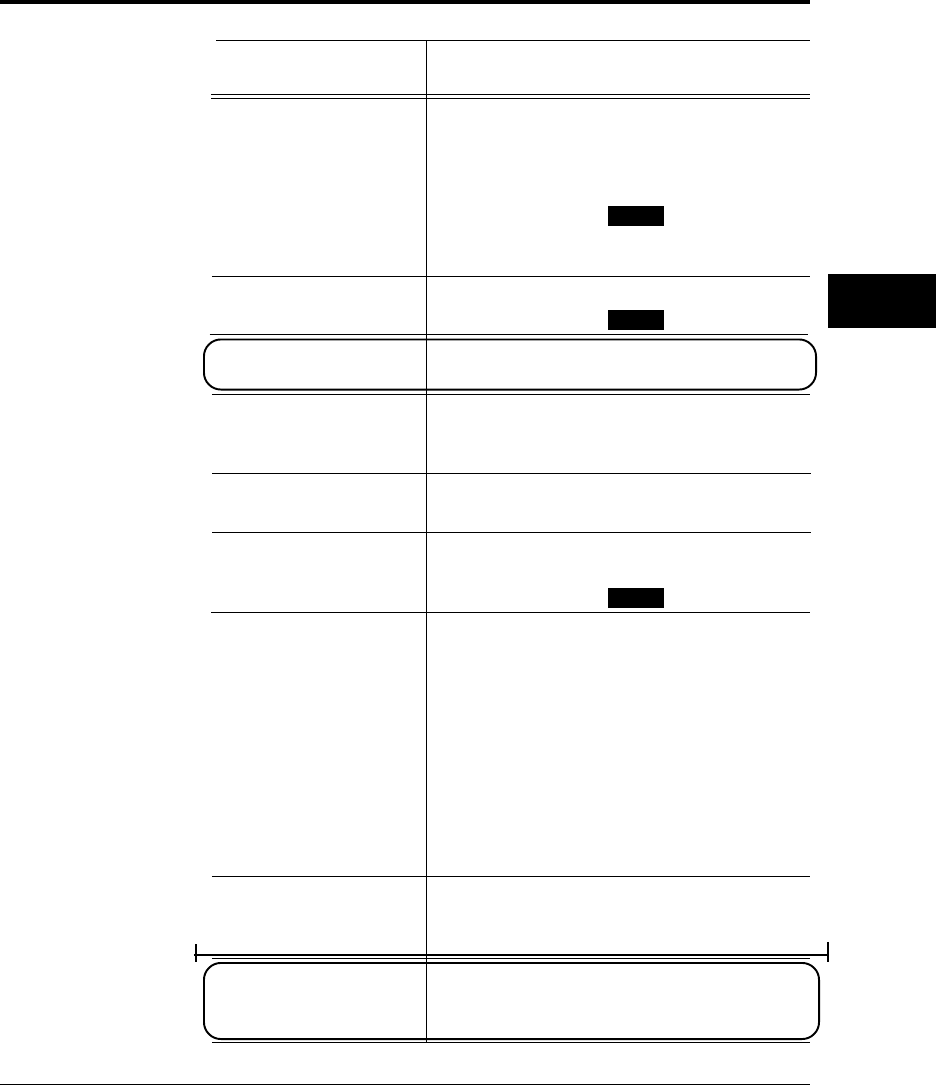
User’s Manual 5-21
SOLVING
PROBLEMS
Error Indications
Message Causes and solutions
MANUAL TIMEOUT Cause: Paper was not inserted into the
manual feeder in the prescribed time.
(This error occurs when the FPS emulation
is active.)
Solution: Press the
CONT.
button.
Note: FPS emulation is standard for
12MX but optional for 12M.
MEMORY OVER FLOW Cause: Memory overflow error
Solution: Press the
CONT.
button.
MEMORY SHORTAGE Cause: Insufficient memory
Solution: Add RAM boards.
MOTOR FAILURE
n
Cause: Malfunction in the feed motor, etc.
Solution: If the error recurs, consult your
dealer for service.
NO PROCESS UNIT Cause: No print unit is installed.
Solution: Install the print unit.
OVERRUN ERROR Cause: Incomplete in extracting
compressed data
Solution: Press the
CONT.
button.
PAPER JAM
n
Cause: Paper jam in the specified position
Solution: Clear the jammed paper from
the following area:
0: From paper tray to print unit
1: under print unit or in fuser unit
2: under print unit near paper tray
3: in fuser unit
4: from eject unit to duplex unit
5: from duplex unit to print unit
6: at feed roller of 2nd paper tray
Duplex unit is optional for 12MX.
PS ERROR
mn
Cause: A PostScript error
Solution: If the error recurs, consult your
dealer for service.
STACKER FULL Cause: Face-down paper stacker full
Solution: Remove paper from the face-
down paper stacker.
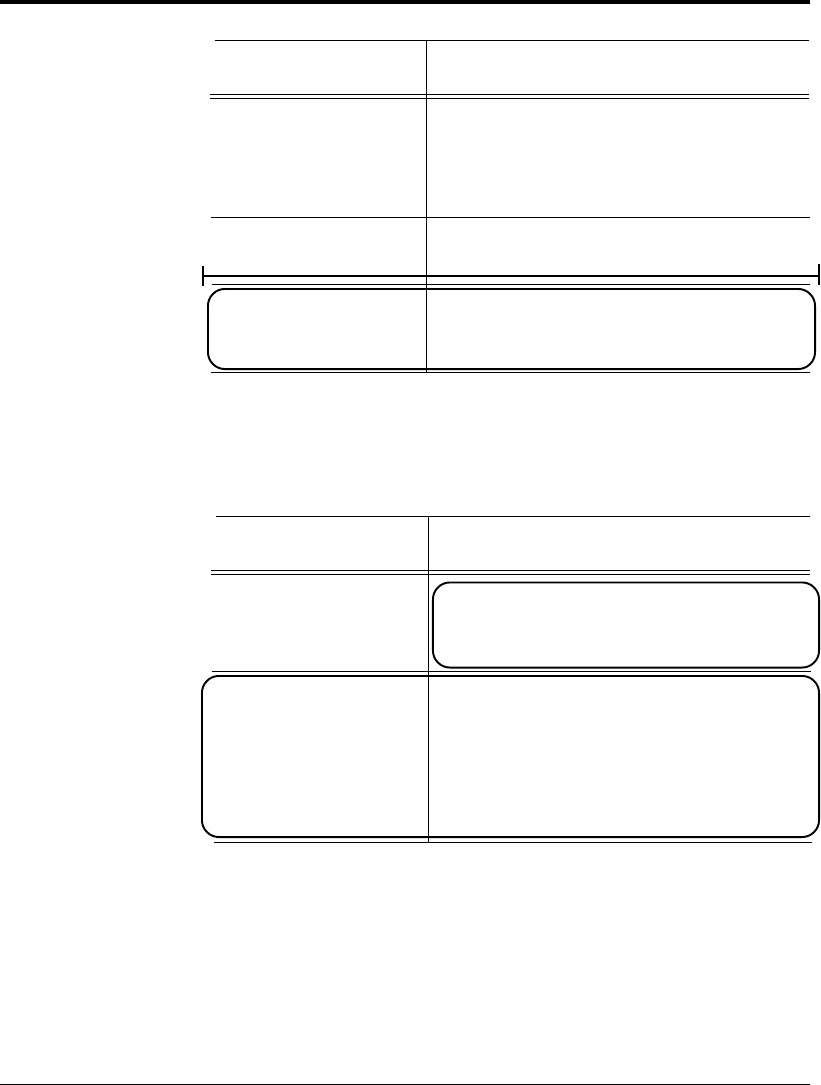
5-22 User’s Manual
Message Causes and solutions
SYSTEM ERROR
n
Cause: A system error on the controller
board
Solution: If the error recurs, consult your
dealer for service.
TRAY
n
MISS SET Cause: Paper tray installed incorrectly
Solution: Install the paper tray.
TRAY
n
PAPER OUT or Cause: Paper out in the specified paper
MFF PAPER OUT source
Solution: Supply paper.
These conditions, not errors, require you to take action. The
following table lists the message indications, explains causes, and
suggests solutions.
Message Causes and solutions
INSERT
size
Cause: Printer is ready for manual
insertion of paper.
Solution: Put paper into manual feeder.
******** Cause: Tray x and/or y is near end of
LOW TRAY
x,y
paper. This message flashes in the lower
row with the current message alternately
displayed in the upper row or both rows.
1: Tray 1; 2: Tray 2; 1, 2: Trays 1 and 2
Solution: Prepare paper.
Action-required Status Indications
Action-required
Status
Indications
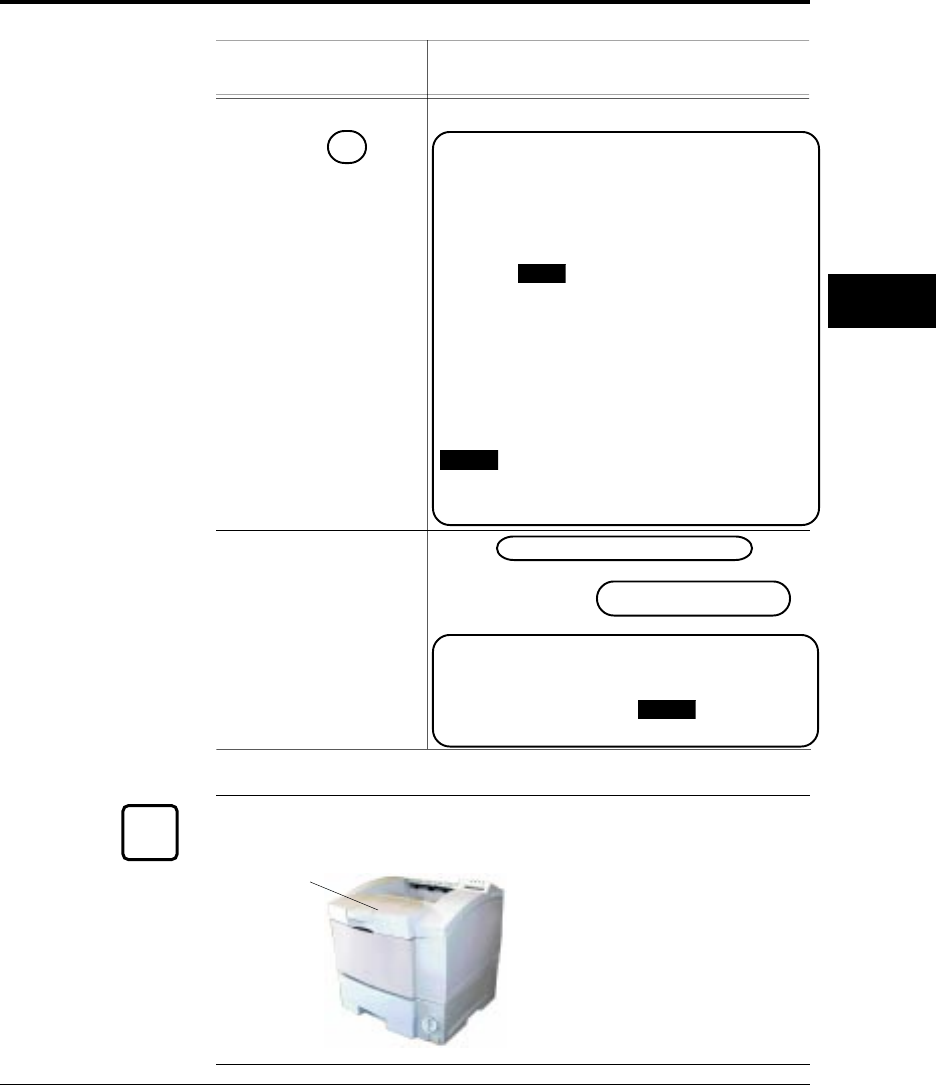
User’s Manual 5-23
SOLVING
PROBLEMS
Action-required Status Indications
Message Causes and solutions
READY Cause: Toner runs short.
TONER LOW
n
1: First level; 2: Second level;
3: Third level and after
The printer stops when this codition is
detected (factory default).
Solution: • If you satisfy the print quality,
press the
CONT.
button to continue
printing. Prepare a new developer unit.
• If you satisfy the print quality and the
printer just displays this message (continue
mode), prepare a new developer unit.
• If you cannot satisfy the print quality,
replace the developer unit. Press the
ENTER
button when the confirmation
message is displayed after the upper door is
closed.
READY Cause: Developer unit or drum unit is
REPLACE PARTS near end.
Solutions: Replace the developer unit or
drum unit.
Note: When the upper door is closed after
replacement, the printer enters menu
mode. Be sure to press
ENTER
to perform
Clear Warning.
Important:
If the upper door is not firmly closed, the printer does not work.
✍
Upper door
153
(001)
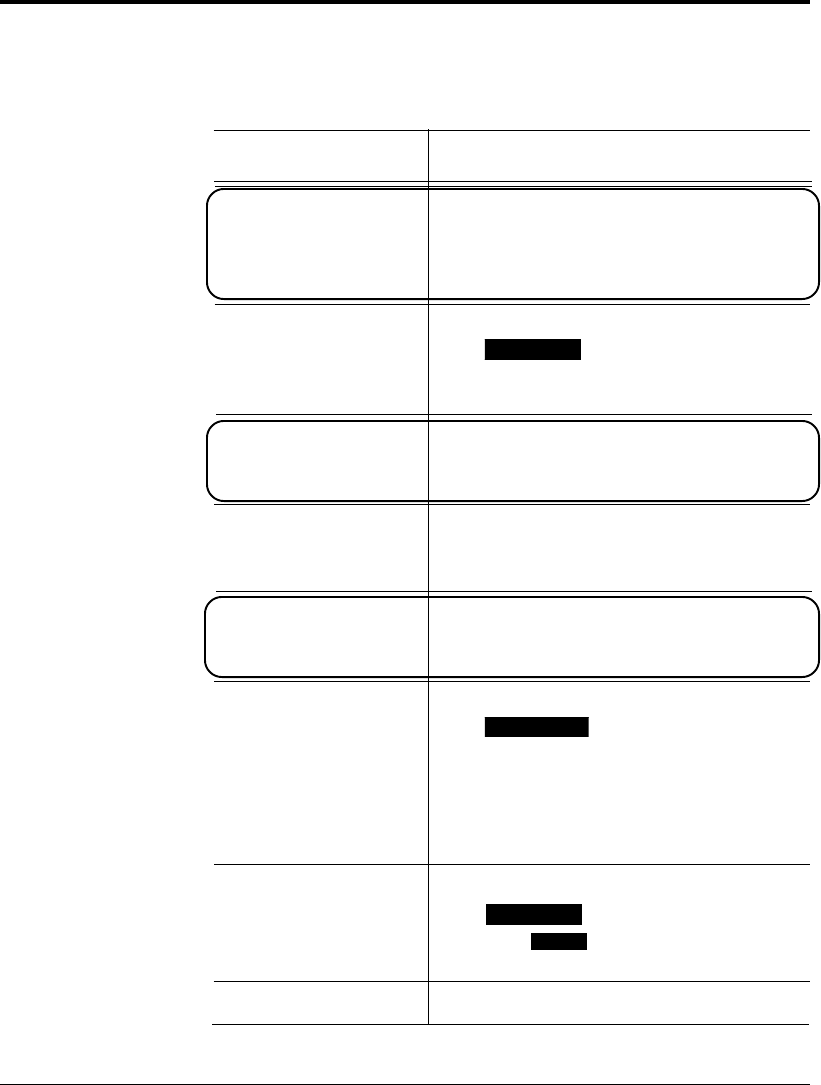
5-24 User’s Manual
Printer Status Indications
Printer statuses refer to conditions which generally require no action
by you. The following table lists the printer statuses and explains
their meaning. It does not include messages in menu mode.
Message Meaning
ACCESS DENIED The printer displays this message when you
attempt to enter setup menu or do MENU
RESET with the control panel locked by a
command from a computer.
FORM FEED The printer displays this message when you
press
FORM FEED
with the DATA indicator
off. The printer is printing data remaining
in buffer.
I/F SETTING NOW! Setting items on an optional interface are
being changed because they are changed in
setup mode.
<<<INITIALIZE>>> The printer is initializing. This message
appears whenever you turn on the printer
or close the upper door.
MEMORY CONFIG Meory configuration is in progress because
of changing some settings in setup mode,
for example, changing the I/O buffer size.
MENU RESET The printer displays this message when you
press
RESET MENU
for five or more seconds.
This reset returns parameter settings in the
menu to their factory defaults except for
interface settings as well as clears error
latches, buffered data, and temporary soft
fonts.
PRINT FONT The printer displays this message when you
press
PRINT FONT
for five or more seconds
then press
ENTER
. The printer is printing
the font report.
READY The printer is ready to print.
Printer Status
Indications
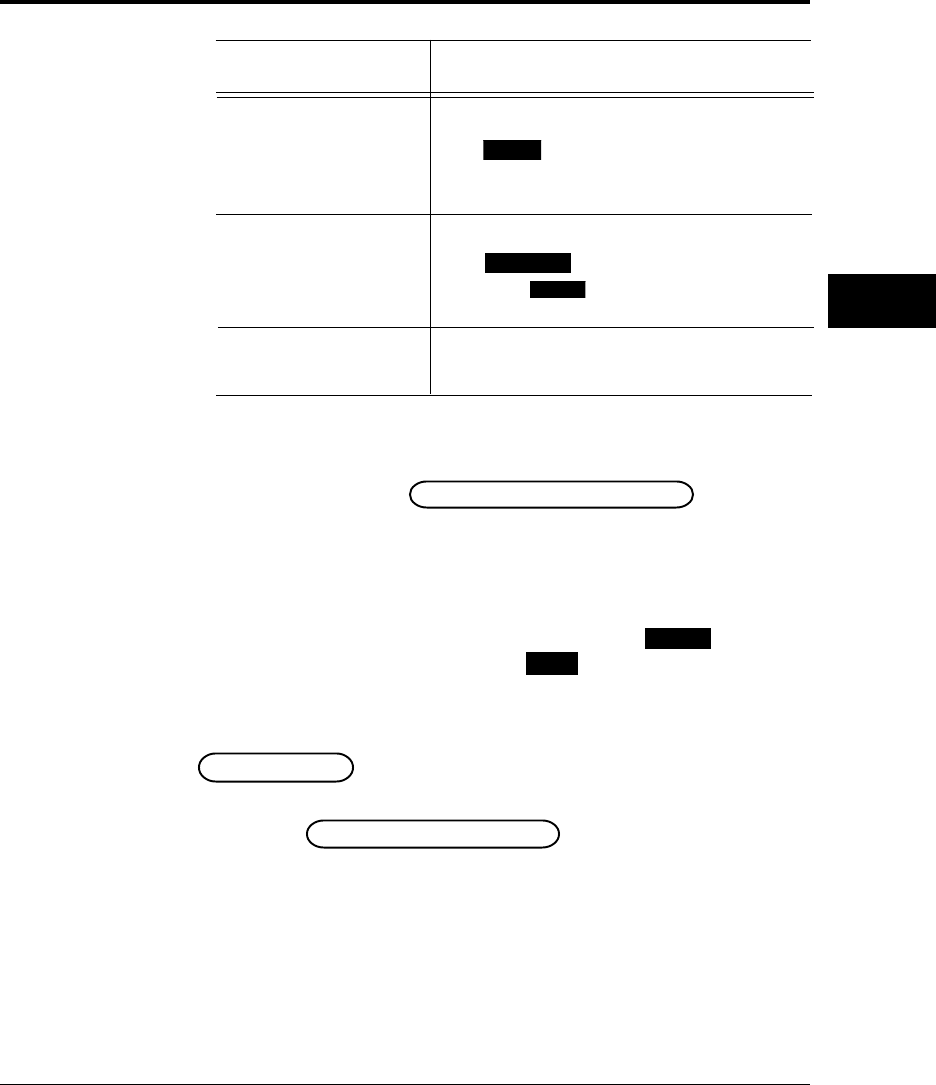
User’s Manual 5-25
SOLVING
PROBLEMS
Warning
Messages
Message Meaning
RESET The printer displays this message when you
press
RESET
for five or more seconds. This
reset clears error latches, buffered data, and
temporary soft fonts.
SELF TEST The printer displays this message when you
press SELF TEST for five or more seconds
then press
ENTER
. The printer is printing
the status report.
WARMING UP The printer is warming up to its operating
temperature.
This printer counts the number of the printed sheets to estimate the
life of the consumables (developer unit and drum unit). The printer
indicates the following warning message when and after the count
reaches a predetermined value.
READY
REPLACE PARTS
When the warning message is indicated, press the
READY
button to
put the printer offline and press the
MENU
button to enter menu
mode. The Clear Warning message appears, indicating the expired
unit by an asterisk. When the drum unit is expired, the message is:
<CLEAR WARNING>
DRUM UNIT*
However, depending on the print quality, you may not have to
replace the developer unit or drum unit because you may be satisfied
with the print quality.
Warning Messages

5-26 User’s Manual
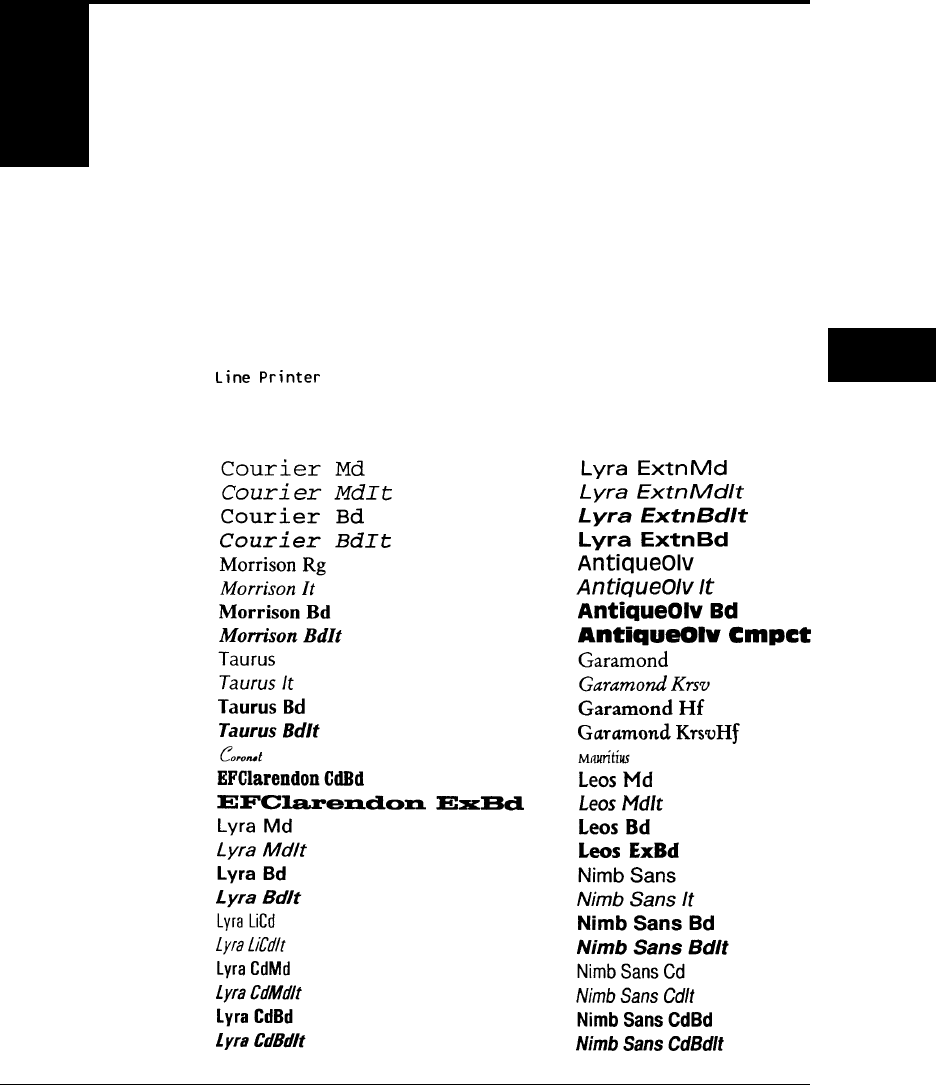
User’s Manual A-1
FONT SAMPLES
A
APPENDIX
Font Samples
This appendix provides samples of the fonts resident in this printer.
Resident fonts are provided separately for two emulation modes:
• PCL mode
• FPS mode
Bitmapped Font
PCL Mode
Scalable Fonts
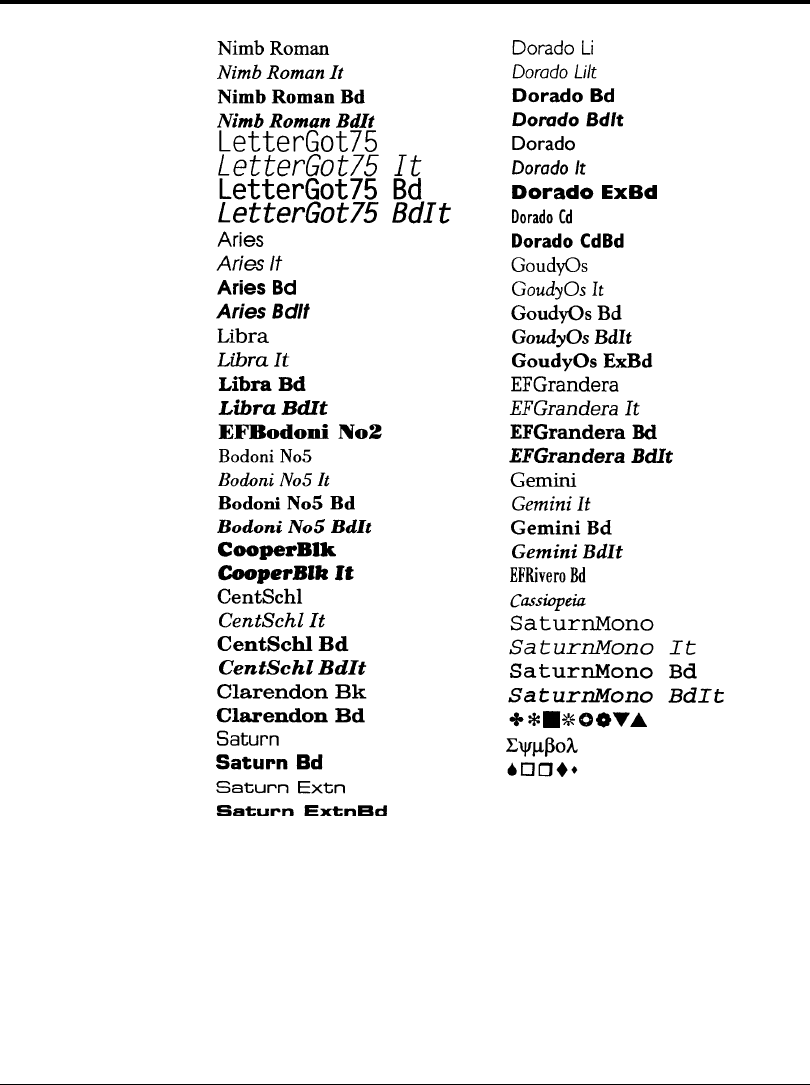
A-2 User’s Manual
PCL Mode
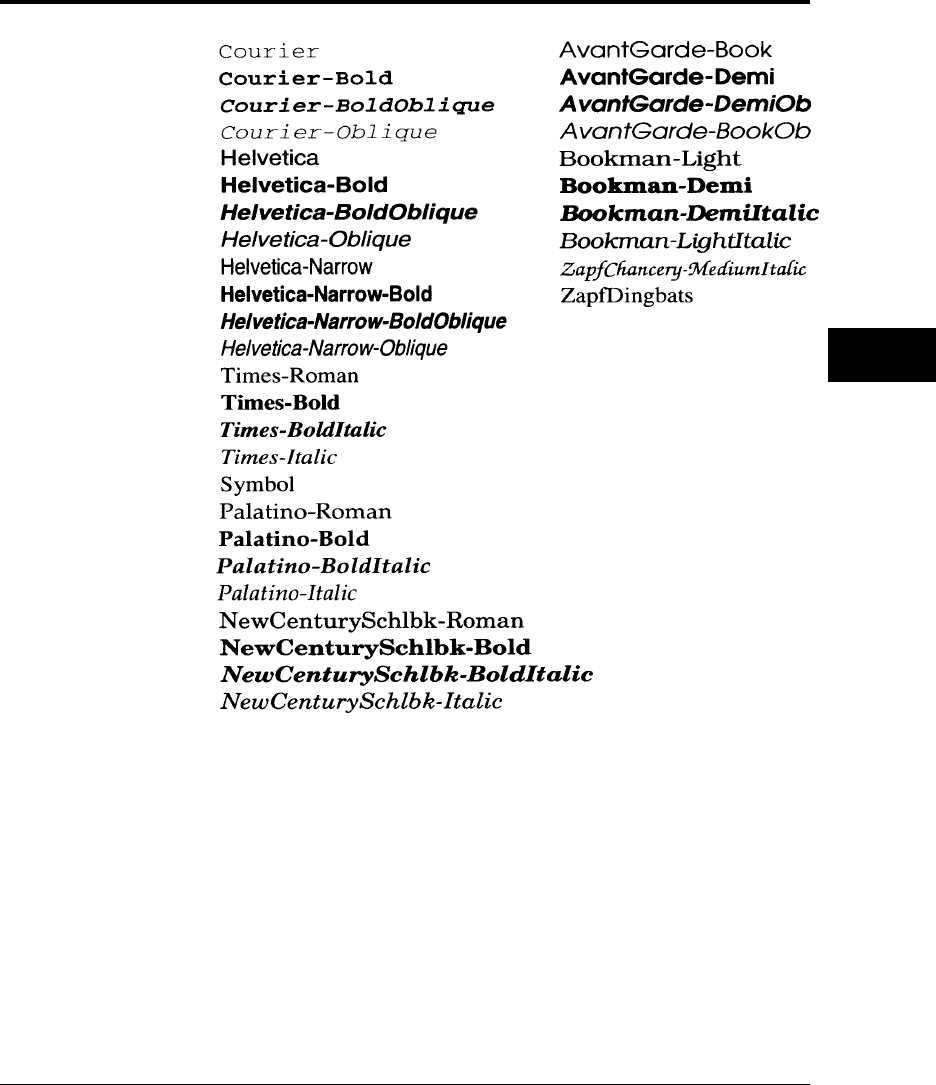
User’s Manual A-3
FONT SAMPLES
FPS Mode
FPS Mode

A-4 User’s Manual
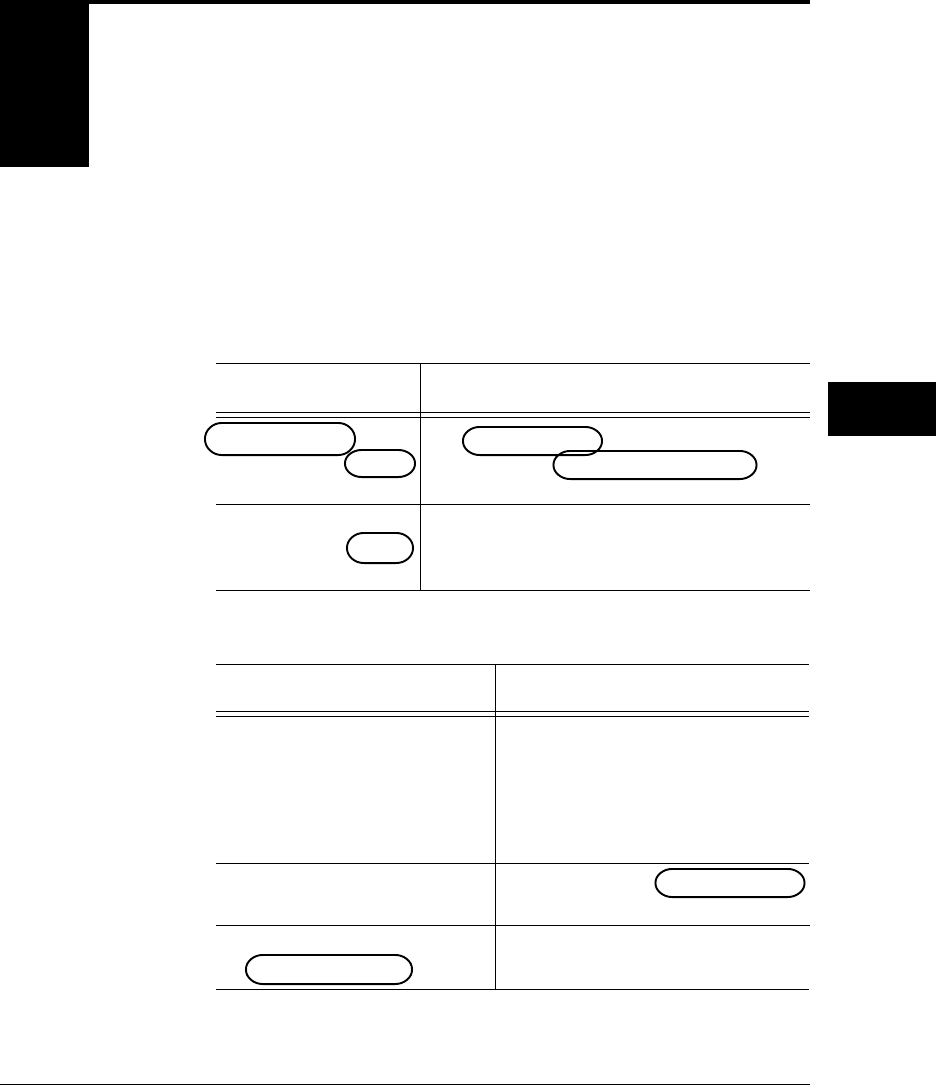
User’s Manual B-1
SUPPLIES AND
ACCESSORIES
B
APPENDIX
Supplies and Accessories
This appendix provides ordering information on supplies required for
periodic maintenance as well as optional accessories.
Contact your dealer to order or obtain additional information about
the supplies and accessories listed here.
Part name (order number) Description
Developer unit The developer unit consists of a toner
(CA04339-C301) housing and a developing mechanism in a
single module.
Drum unit The drum unit consists of a photo-
(CA04339-C401) conductor drum and a drum cleaner in a
single module.
Supplies
Part name (order number) Description
Memory expansion cards (*1) Allows RAM expansion by one
of the following:
(CA02417-C854) 4 megabytes
(CA02417-C858) 8 megabytes
(CA02758-C856) 16 megabytes
(CA04040-C853) 32 megabytes
FLASH ROM card 4 megabytes, for PCL emulation
(CA04291-C850) only
Barcode card Barcodes and OCR fonts
(CA04291-C860)
Accessories
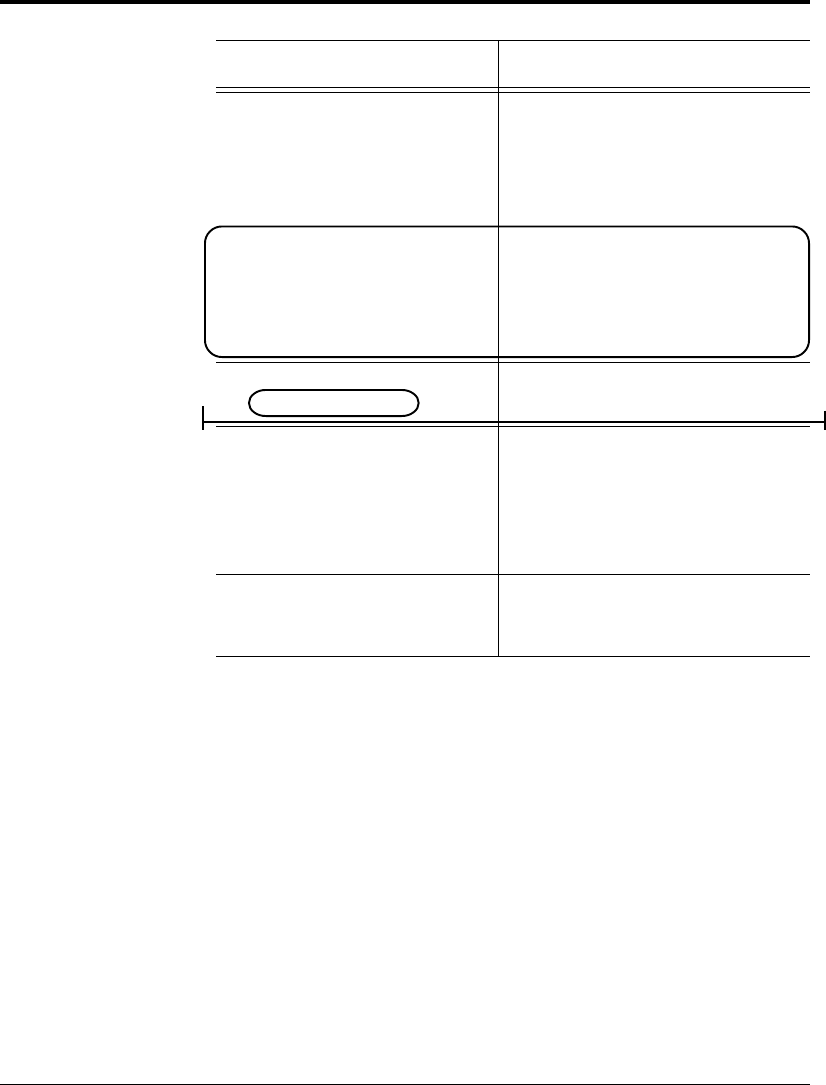
B-2 User’s Manual
Accessories
Part name (order number) Description
Ethernet board
TCP/IP, IPX/SPX, and EtherTalk
corresponding
(CA04040-C832) Type C (English manual)
(CA04040-C833) Type C (for Europe)
(CA04040-0852) Type D (English manual)
(CA04040-0851) Type D (for Europe)
(CA02946-C942) Type F (common)
(CA02946-C943) Type GXL (common)
Serial interface board RS-232C, for PP12M
(CA04339-C801)
USB board Universal serial bus
(CA04339-C841)
FPS card PostScript level 2 compatible
(CA04291-C821) emulation, for PP12M
Paper feeder Consists of a feeder unit and a
(CA04339-C74x) paper tray adjustable for a
different size
European/Asian spec 5: A4 size tray
USA spec 6: Letter size tray
Canadian spec 7: Letter size tray
Duplex unit Two-sided printing mechanism
for PP12MX only
(CA04339-C750)
*1 We recommend the installation of additional memory cards
of 8MB or more when you:
• use the FPS emulation and
• select speed model and
• print on legal size paper regardless of the print resolution
of 300 or 600 dpi or print large image data
If you cannot get memory cards, select an appropriate
memory model in the FPS menu in menu mode using the
control panel.
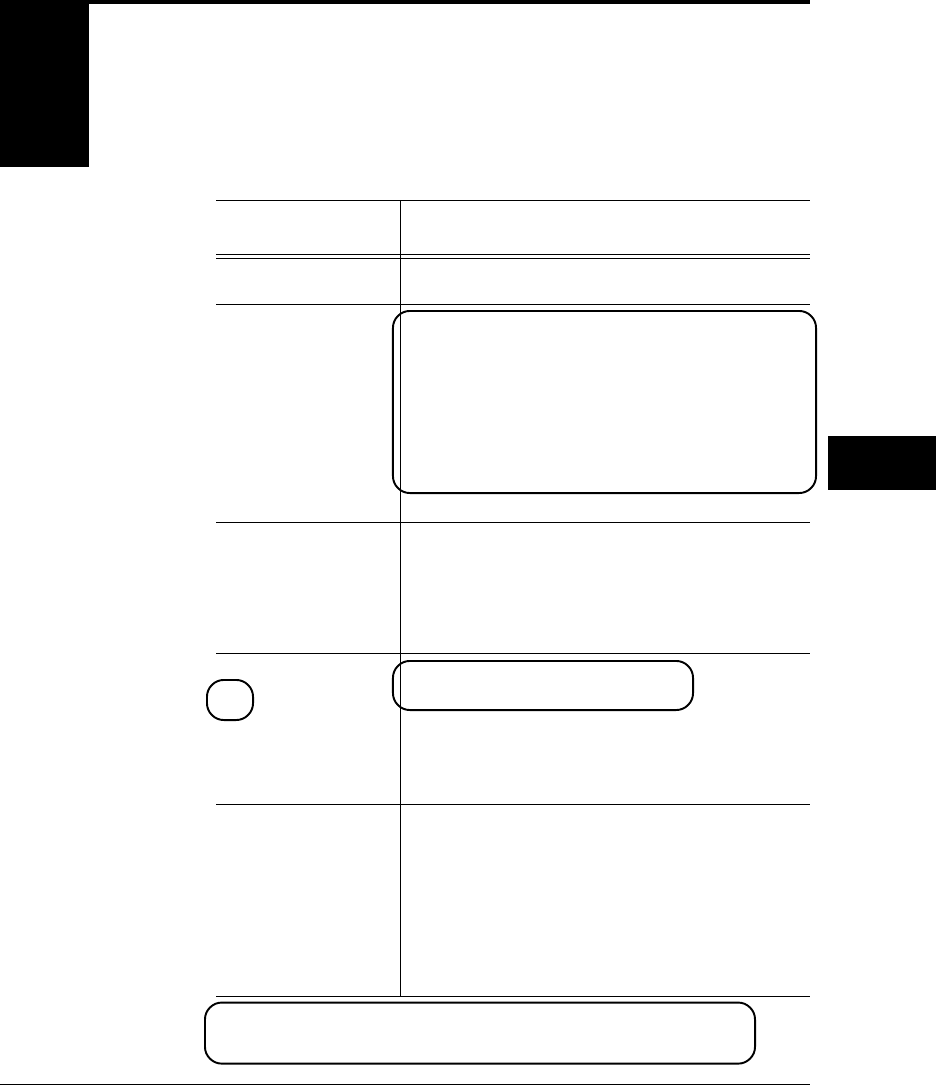
User’s Manual C-1
SPECIFICATIONS
C
APPENDIX
Specifications
Specification Description
Printing technology Semiconductor laser + electrophotography
Compatible Standard: PP12M: HP LaserJet 5 (PCL6)
emulations IBM Proprinter 4202
EPSON EX-800
PP12MX:HP LaserJet 5 (PCL6)
PostScript level-2
IBM Proprinter 4202
EPSON EX-800
Optional: PP12M: PostScript level-2
Switching: Automatic or by the control panel
Dimensions Width: 443 mm (17.4 inches)
Depth: 441.4 mm (17.3 inches)
Height: 408 mm (16.0 inches)
Weight: 16 kg (35.3 pounds), for PP12M
17 kg (37.5 pounds), for PP12MX
Power requirements 110 to 120 VAC , 50 or 60 Hz
(*) 220 to 240 VAC , 50 or 60 Hz
Consumption:Maximum 600 W
(full option) Average during operating
450 W or less
30 W or less during sleep mode
Environmental Temperature: 10° to 32°C (50° to 90°F)
requirements during operating
0° to 40°C (32° to 104°F)
during storage
Humidity: 20% to 80% relative humidity
(non-condensing) during
operating and storage
Maximum wet bulb 29°C (84°F)
* The rated voltage of input power differs with countries of
destination and their regulations. See the next page.

C-2 User’s Manual
Specification Description
Acoustic noise Sound pressure level (front, bystander position)
Printing: 48 dBA with/without duplex unit
Sleep mode: Background noise level
Declared noise emissions in accordance
with ISO9296 and ISO7779
EnergyStar
Safety: Input power
UL 1950 120 VAC, 50/60 Hz
CSA C22.2 No. 950
21 CFR 1040.10, Class I
EN 60950 230 VAC, 50/60 Hz
EN 60825, Class 1
EMC: Input power
FCC Part 15B, Class B 120 VAC, 60 Hz
ICES-003 Class B
CNS 13438 class B 110 VAC, 60 Hz
EN 55022, Class B 230 VAC, 50 Hz
EN 50082-1
AS/NZS 3548 class B 240 VAC, 50 Hz
(Complies with Class A when an Ethernet
interface board is used.)
Performance Print resolution: 300/600 dpi for 12M
(available) 300/600/1200 dpi for 12MX
(300 dpi in IBMPRO/
EPSON emulation)
Smoothing: Equivalent to
1200 dpi for 12M
2400 dpi for 12MX
Printing speed: For character printing on A4
size paper from first tray
12 pages per minute
Warm-up time: At 25°C (77°F)
60 seconds or less
Recommended 5000 pages per month (up to
duty cycle: 35,000 pages per month)
Developer unit: 10,000 pages at 5% coverage
life continuous printing (or up to
20,000 pages)
Drum unit life: 50,000 pages at 5% coverage
continuous printing
Specifications
Certification or
compliance
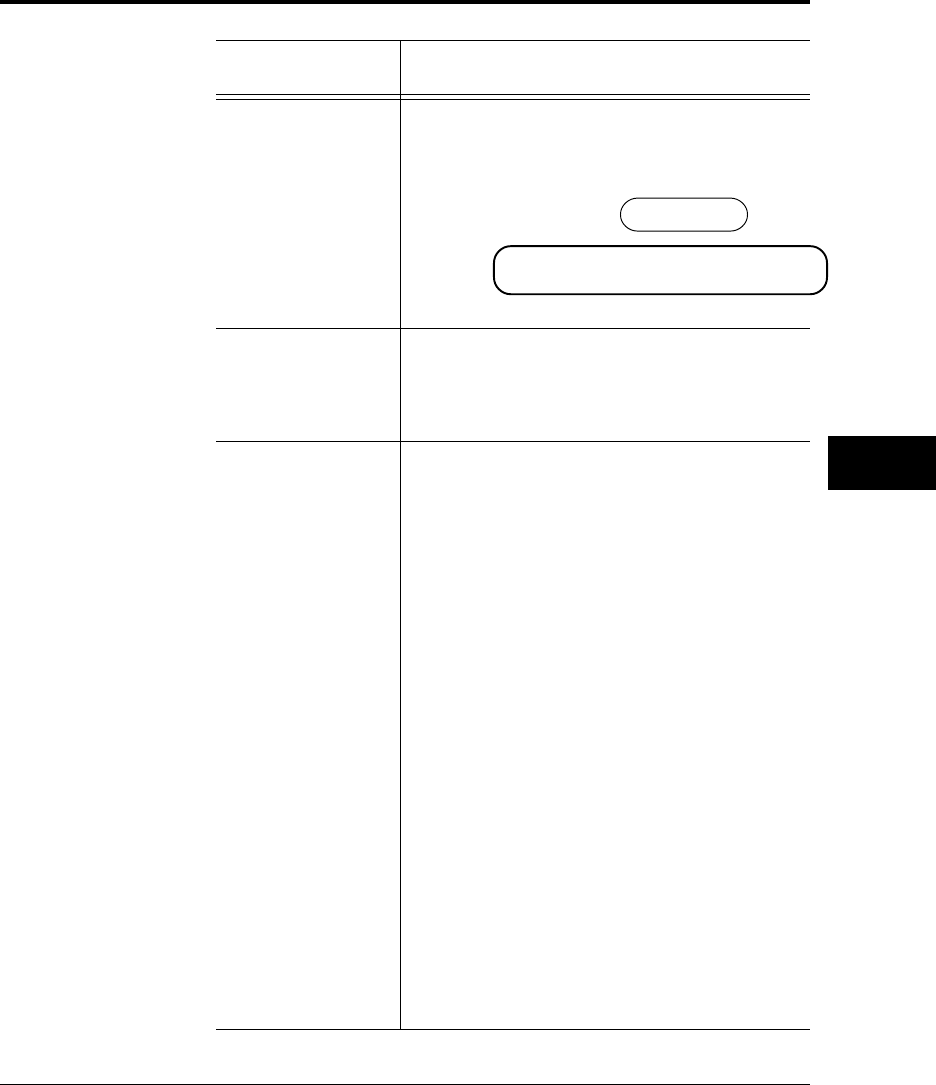
User’s Manual C-3
SPECIFICATIONS
Specification Description
Computer interface Standard: Parallel (Centronics), conforming
to IEEE1284 (Compatible, Nibble,
and ECP modes)
Serial (RS-232C), for 12MX only
Optional: Ethernet C, D, F, or GXL (TCP/IP,
IPX/SPX, EtherTalk corresponding)
USB (Universal serial bus)
Serial (RS-232C), for 12M only
Switching: Automatic sensing
Controller Processor: NKK R4645 (125 MHz)
RAM: 4 MB, for 12M
8 MB, for 12MX
SIMM: 4, 8, 16, or 32MB, 2 slots provided
Fonts Resident: PCL mode, 115 fonts available
Bitmapped (1 font)
Line Printer
Scalable (114 fonts)
Courier, Morrison, Taurus,
Coronet, EF Clarendon, EF
Clarendon, Lyra, Antique Olive,
Garamond, Maurítíus, Leos, ,
Nimbus Sans, Nimbus Roman,
Letter Gothic, Aries, Libra, EF
Bodoni, Bodoni, Cooper Black,
Century Schoolbook, Clarendon,
Saturn, Dorado, Goudy Os, EF
Grandera, Gemini, EF Rivero,
Cassiopeia, Saturn Mono,
Dingbats, Symbol, Sorts
FPS mode, 35 fonts available
Courier, Helvetica, Helvetica
Narrow, Times, Symbol,
Palatino, New Century
Schoolbook, Avant Garde,
Bookman, Zapf Chancery, Zapf
Dingbats
Soft fonts: Available from independent vendors
Specifications
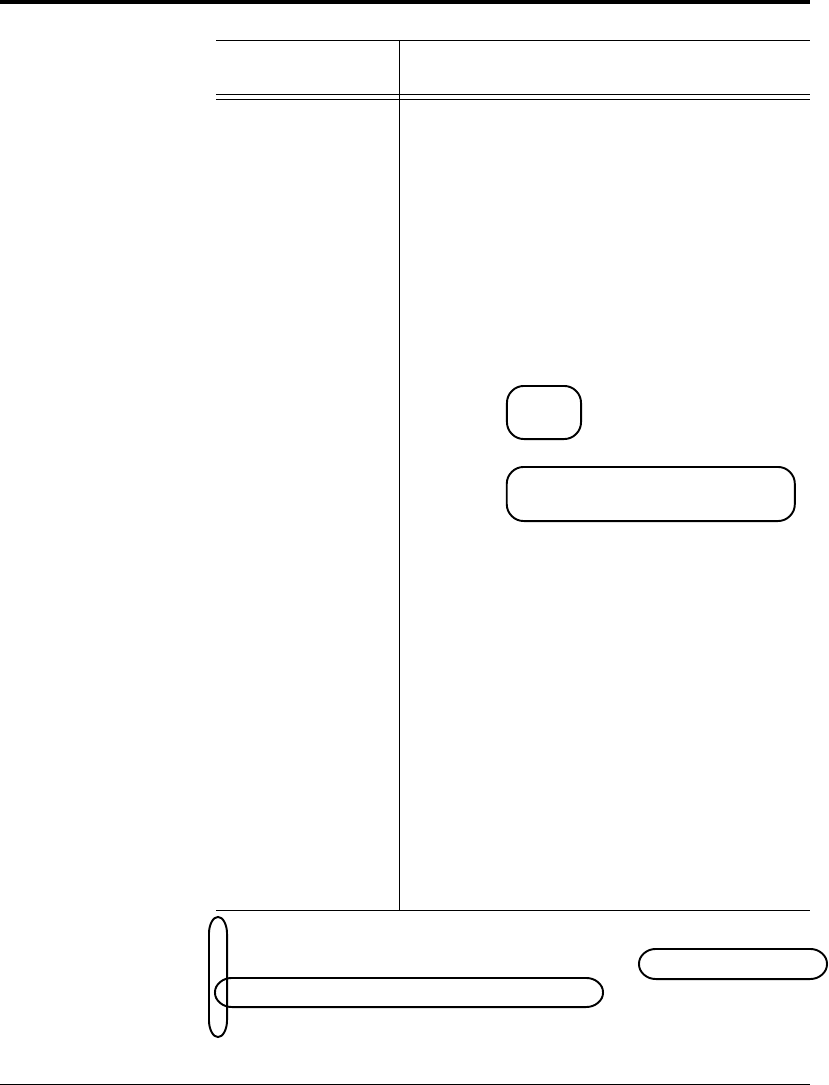
C-4 User’s Manual
Specifications
Specification Description
Paper Type Single sheet photocopy paper (equivalent to
Xerox 4024), bond paper, overhead
transparencies (equivalent to 3M 731), and
envelopes. See Chapter2 for more information.
Size Tray: A4 (210 × 297 mm)
A5 (148 × 210 mm)
JIS B5 (182 × 257 mm)
Letter (8.5 × 11 inches)
Legal (8.5 × 14 inches)
Executive (7.25 × 10.5 inches)
Manual Minimum:
feeder and 90 mm wide × 148 mm long
MFF: (3.54 × 5.81 inches)
Maximum:
229 mm wide × 356 mm long
(9.01 × 14.01 inches)
Weight 60 to 105 g/m2 (16 to 28 pound bond) in tray
60 to 199 g/m2 (16 to 53 pound bond) in
manual feeder or MFF
Input Tray 1 or 2: 500 sheets of 0.09 mm thick paper
Manual feeder: 1 sheet
MFF: 100 sheets of 0.09 mm thick paper
or 30 envelopes
Output Stacker: Face down
(top cover) 250 sheets of 0.09 mm thick paper
(possible to decrease depending on
paper types and paper curl
conditions)
Rear stacker
:Face up
10 sheets of 0.09 mm thick paper
• MFF is built in PP12MX but is not available for PP12M.
• The duplex unit is an option for PP12MX only. It cannot handle
paper shorter than 210 mm (8.26 inches).
• Tray 2 is an option for both models.
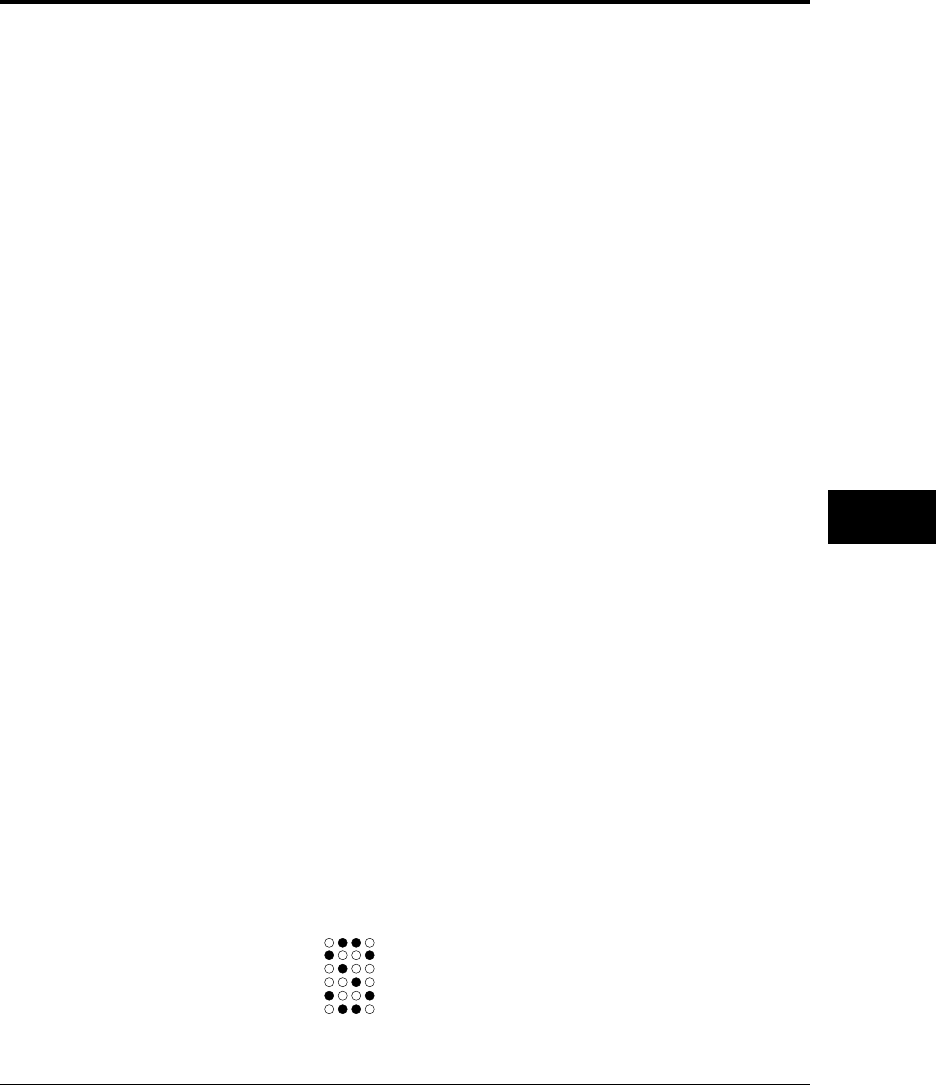
User’s Manual GL-1
GLOSSARY
Glossary
Application software
A program that performs a particular task on a computer. Examples
are word processing, spreadsheet, and database programs.
Baud
The speed of data transmission measured in bits per second. Baud
rates apply to data transmission through the printer’s serial interface.
Baud is also called baud rate.
For example, 1200 baud is approximately equal to 120 characters per
second.
Bit
A binary digit, or bit, is the smallest unit of information in a
computer’s memory. A bit can have the value 0 or 1, which
represents the OFF and ON state in a computer’s memory. Eight
bits equals one byte.
Bit map
An image representation in which each point in the image is
separately defined. For monochrome images, each point is defined by
a single unit of information. For color images, each point is defined
by several units of information, representing the different color
elements.
The characters produced by a dot matrix printer are a kind of bit
map. Each character image is created by defining the points in the
dot matrix as either on or off.
Example:
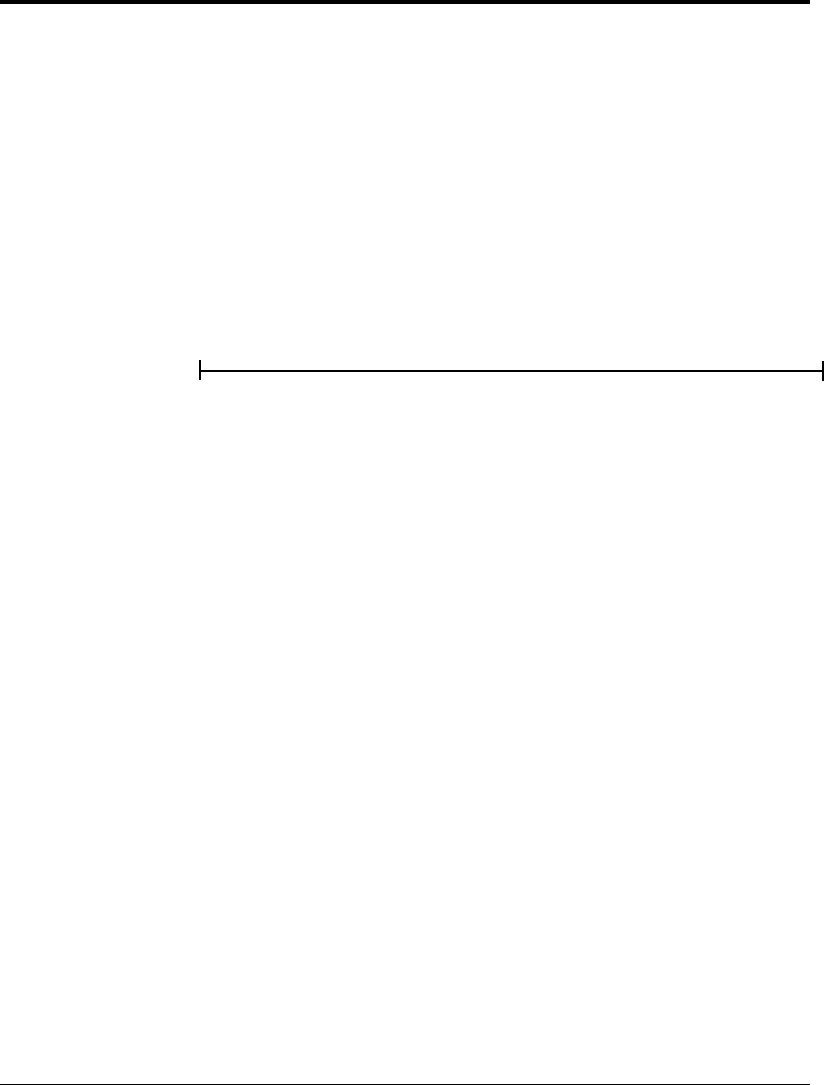
GL-2 User’s Manual
Bitmapped font
A font in which the character images are defined by bit maps. With
bitmapped fonts, a separate set of definitions is required for each
point size. For example, Times 10 point and Times 12 point are
considered separate fonts. See also Scalable font.
Configuration
A combination of settings that allows your computer and printer to
work together. Some of the necessary settings are in the computer or
application software, while other settings are in the printer. For
example, the interface setting must be set the same in both the
computer and the printer.
Default
A setting automatically used when you or your application software
do not make a selection. The settings in effect when you turn on or
reset the printer are called power-on defaults. See also Factory default.
Density
The darkness of the image as it appears on the page. If the density is
too dark, the small white areas inside letters and numbers will be
filled in. If the density is too light, pinholes appear in black areas.
Print density can be adjusted with the Quality menu in setup mode.
Downloadable font
A font that is transferred (downloaded) to the printer’s memory
when or before it is needed. Before they are transferred,
downloadable fonts are stored on font cards, floppy disks, or the
computer’s hard disk. Downloadable fonts are also called soft fonts.
Emulation
The ability of one printer to understand the command set of another
printer. Emulations may be built into a printer’s memory or may be
supplied on optional plug-in emulation cards or cartridges.
Ethernet
A communication hardware for a high-speed network: developed by
Xerox Corporation.
Glossary
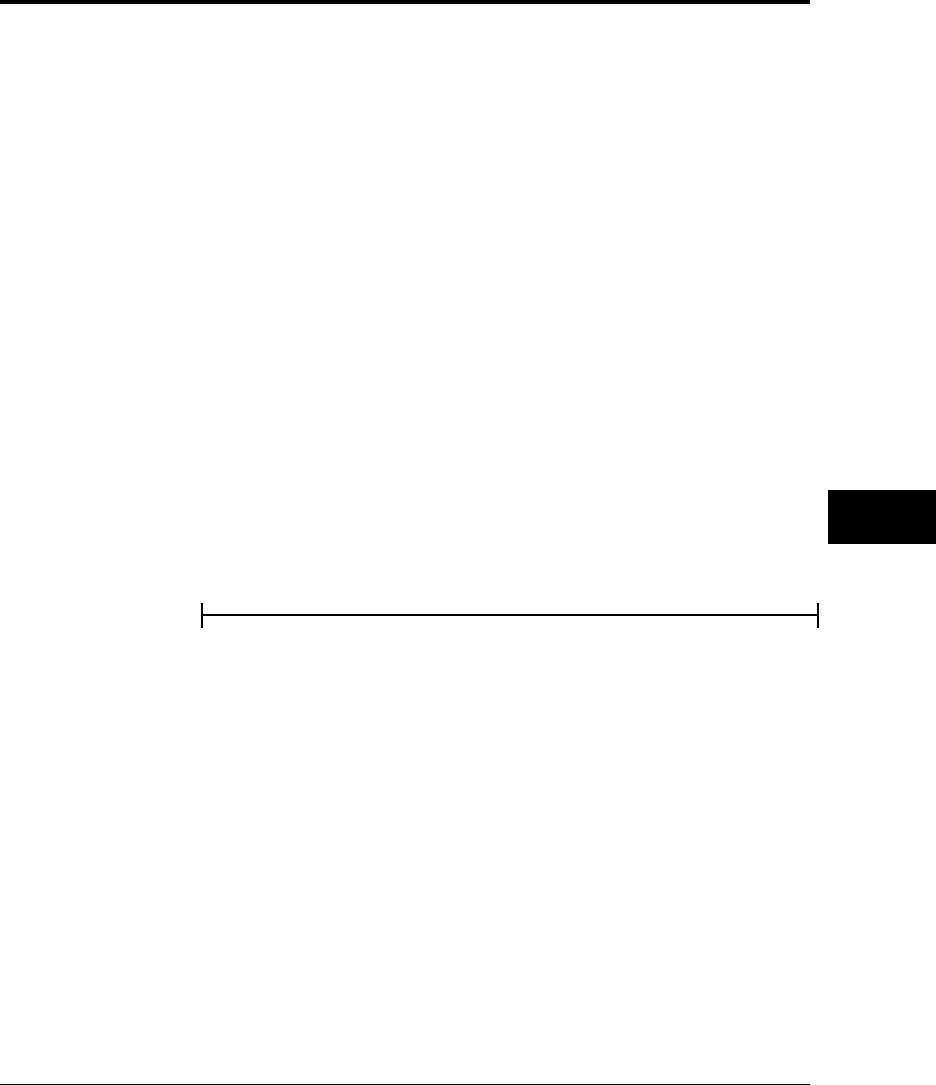
User’s Manual GL-3
GLOSSARY
Factory default
The settings that are programmed into a printer at the factory. The
printer uses these settings unless they are replaced by user selected
settings entered from the control panel or through application
software.
Flow control
See Serial protocol.
Font
A complete set of characters and symbols in one size, typeface, and
style. Size refers to the character height, and is usually measured in
points (1/72 inch). Typeface refers to the character design, such as
Courier, Times, or Helvetica. Style refers to the character
appearance, such as Italic or Bold. Typical examples of fonts are 12-
point Courier Bold, and 10-point Times Italic.
Fuser unit
One of the internal parts of a page printer. The fuser unit bonds the
toner to the paper. It consists of a heat roller and a pressure roller
that the paper passes under after toner has been applied.
Initialization
Resets the printer to its power-on defaults. Initialization clears the
print buffer of any data and places the printer online. See also Reset.
Interface
The means by which information is transferred from one part of a
system to another. For example, the cable between the printer and
the computer is an interface.
ISO symbol set
ISO stands for “International Organization for Stanardization”. An
ISO symbol set contains special international characters that replace
the following twelve ASCII characters: #, $, @, [, \, ], ^, 9, {, |. }, and
~. ISO symbols sets are available for most European languages,
Chinese, and Japanese.
Glossary
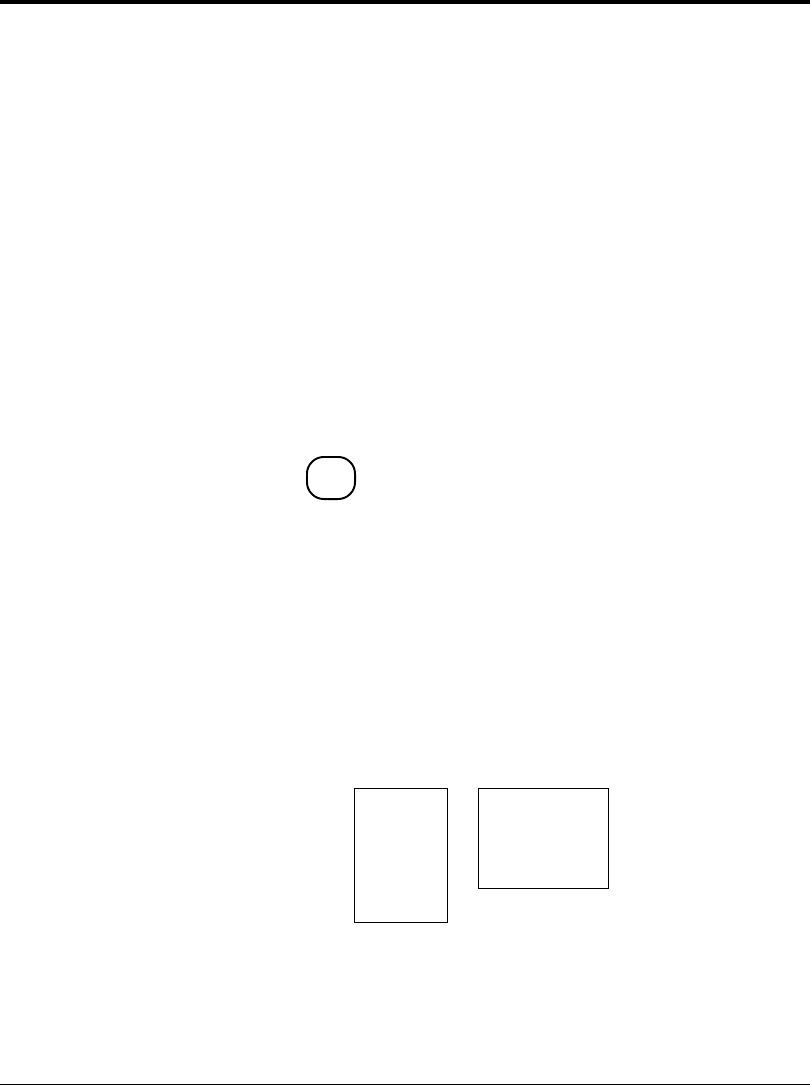
GL-4 User’s Manual
LocalTalk
A protocol for an easy AppleTalk that connects devices and
computers in a Macintosh system, developed by Apple Computer.
Margin
The space at the edges of a page in which no printing occurs. There
are four margins: left, right, top, and bottom. In application
software, margins are usually expressed in inches, centimeters, or
points. In printer commands, left and right margins are specified as
columns, while top and bottom margins are specified as lines.
Page printers have a minimum margin, typically of about .2 inch (5
mm), on all four sides, called the nonprint margin. No printing
occurs in this margin. If the application software specifies a margin
of 0, actual printing begins at the edge of the nonprint margin. See
also Printable area.
MarkVision™
A printer management integrated software which monitors printer
status, displays optional printer’s features, spools print data, and
cooperates with printer drivers. It also displays the virtual printer
control panel to allow remote operation of printers.
Orientation
The direction of print on a page. Printing such that the shorter edges
of the paper are at the top and bottom is called portrait orientation.
Printing such that the longer edges of the paper are at the top and
bottom is called landscape orientation.
Example:
Glossary
Portrait Landscape
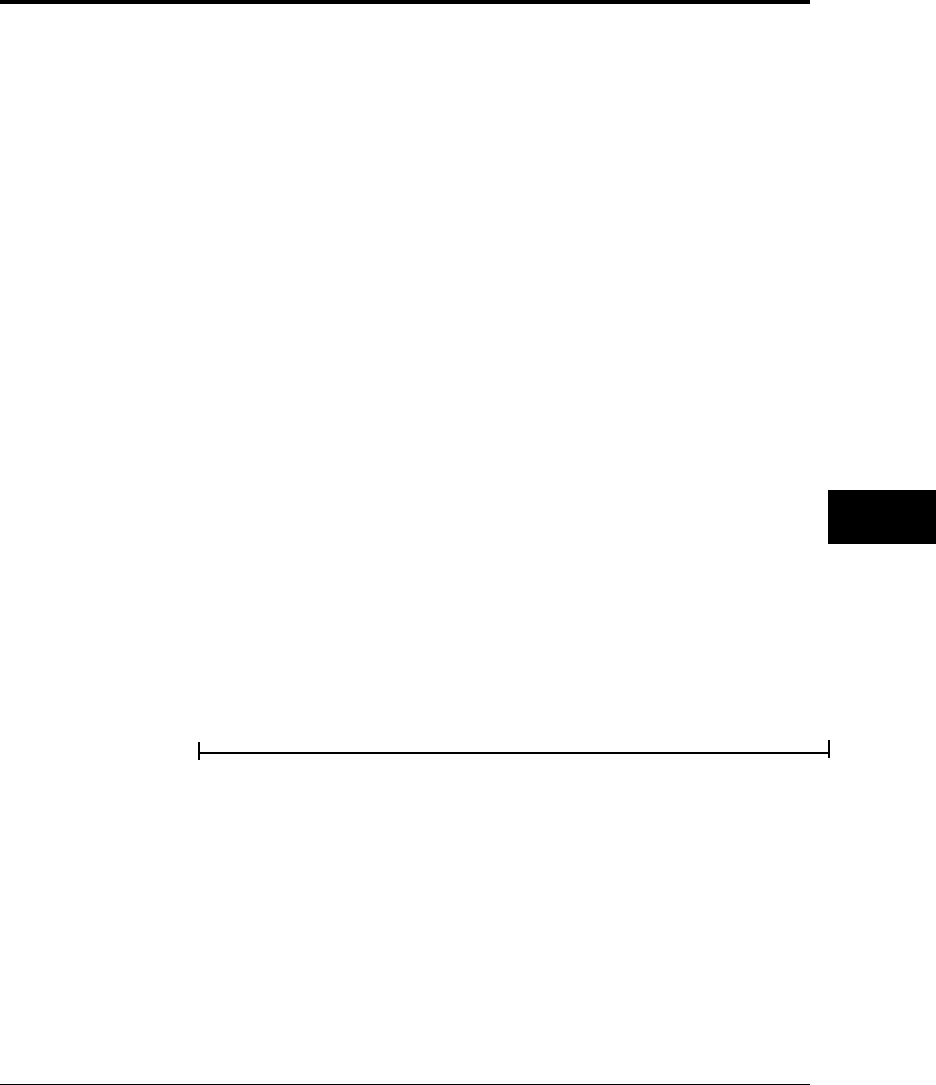
User’s Manual GL-5
GLOSSARY
Page description language
A set of codes that describe the placement of text and graphics on a
page. Page Control Language (PCL), the language used by HP
LaserJet printers, and Postscript are examples of page description
languages.
Page protect
A printer feature that reserves a block of printer memory exclusively
for text and graphics data. Page protect prevents memory overflow
errors when printing very dense text or complex graphics. However,
page protect also reduces the amount of printer memory available for
downloadable fonts.
Parallel interface
A connection between the computer and printer in which data is
transferred simultaneously through multiple wires. A parallel
interface is faster than a serial interface, but the distance over which
it can send data is limited. The Centronics interface is a type of
parallel interface. See also Serial interface.
Photoconductive drum
The part inside a page printer on which the image is created before it
is transferred to the paper.
Postscript
See Page description language.
Printable area
The area of the physical page in which the printer is able to print.
Page printers have a nonprint margin, typically about .2 inch (5 mm)
wide, at each edge of the paper. The printable area is the space
within these margins. See also Margin.
Glossary
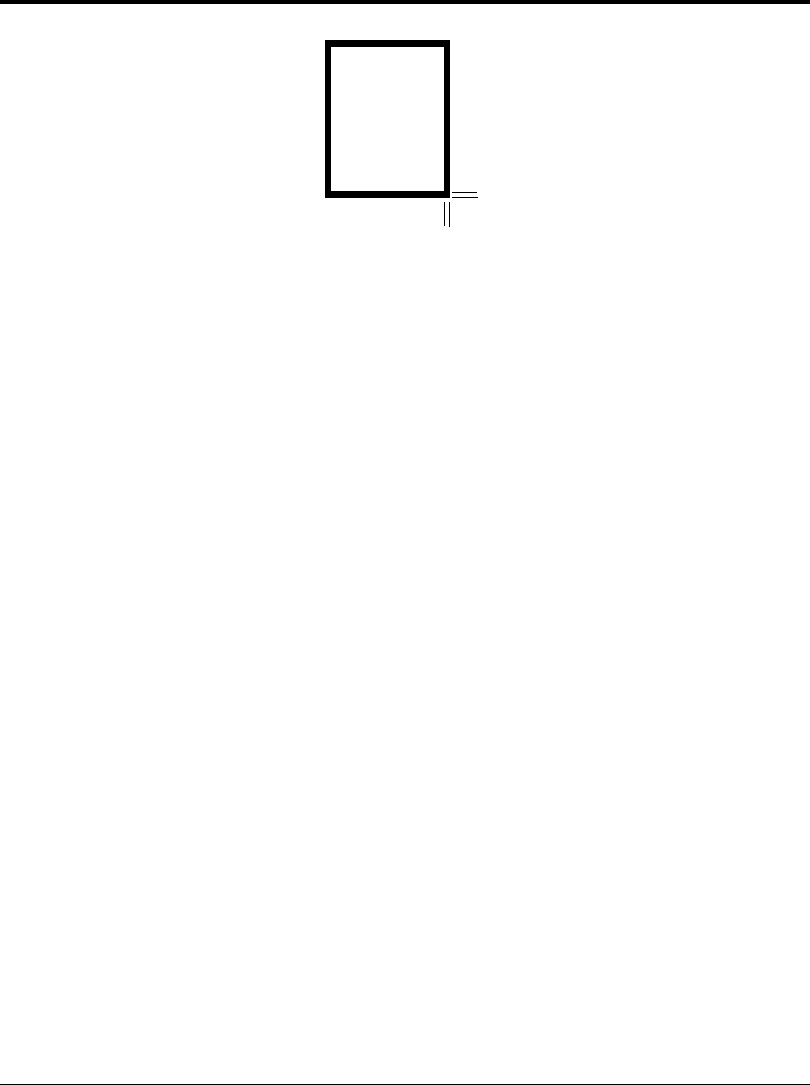
GL-6 User’s Manual
Example:
Printer driver
A set of instructions in application software that translates formatting
choices into printer commands. When installing the application, the
user identifies the type of printer being used so the application knows
which printer driver to use.
Print unit
A maintenance package consisting of the photoconductive drum,
developing unit, toner, and drum cleaner.
Reset
Clears the print buffer and places the printer online. Unlike
initialization, reset leaves the currently selected settings in effect.
That is, reset does not restore the power-on defaults. See also
Initialization.
Resolution
The fineness of the printing. Resolution depends on the number of
dots per inch. High resolution (with more dots) is finer and more
precise than low resolution, which is coarser with rougher edges.
Scalable font
A font capable of printing in any point size. Scalable fonts are stored
on the computer’s hard disk. Each font consists of character
templates that are used by the accompanying font utility software to
create the characters in the desired point size.
Some font utilities create a complete set of characters in the desired
size and send the complete set to the printer. Other utilities create
and send only the individual characters as they are needed, which
conserves printer memory.
Printable
area
←
→
↓
↑
Nonprint margins
Glossary
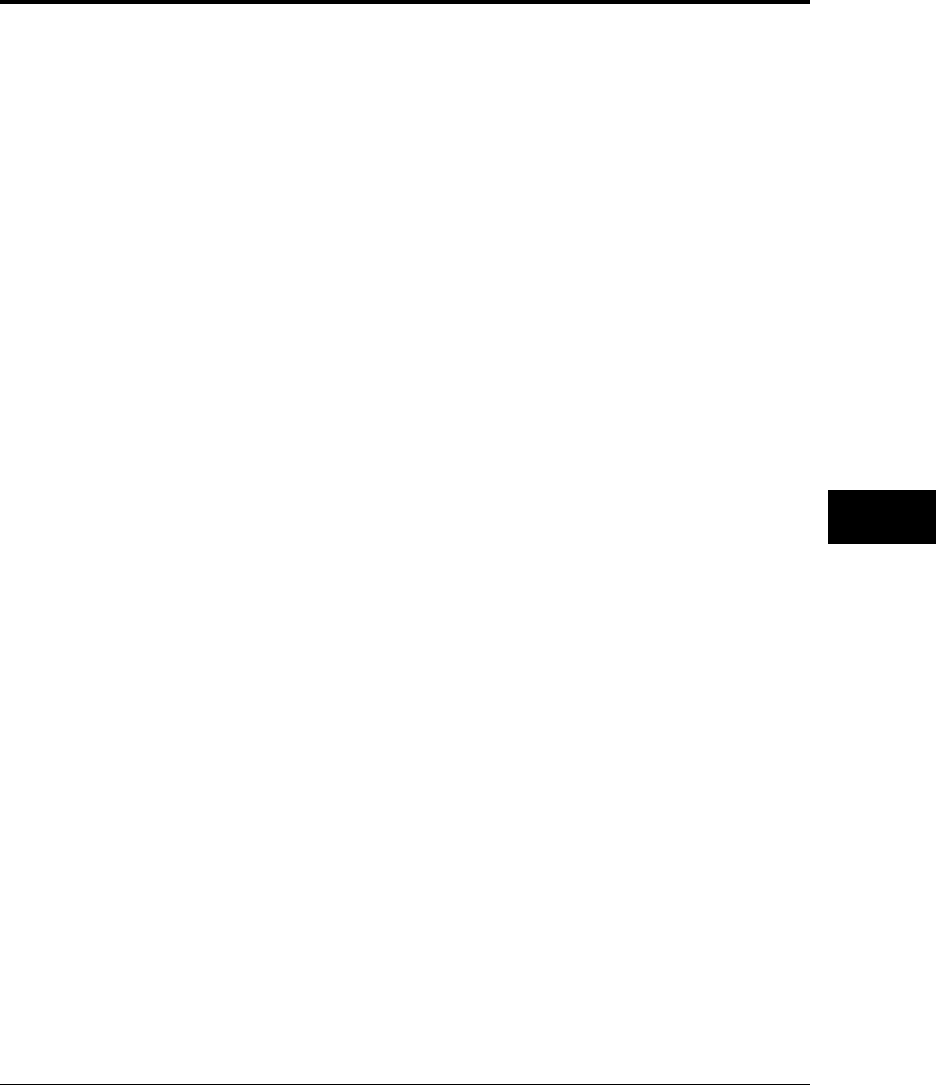
User’s Manual GL-7
GLOSSARY
Serial interface
A connection between the computer and printer in which data is
transmitted sequentially over a single wire. A serial interface is slower
than a parallel interface, but it can send data over a much greater
distance. The RS-232C interface is a type of serial interface. See also
Parallel interface.
Serial protocol
A set of rules used by the computer and the printer to regulate the
flow of data between them.
Symbol set
The set of characters used in a font. Most symbol sets contain
standard letters, numbers, and punctuation. Symbol sets differ in the
accented characters, line drawing characters, and special symbols they
contain. ASCII, Roman-8 and PC-8 and examples of symbol sets.
Symbol sets are also called character sets, which is the term usually
used with dot matrix printer fonts. See also ASCII character set; ISO
symbol set.
Toner
Electrically charged carbon particles that adhere to charged areas on
the photoconductive drum to produce an image pattern. The carbon
pattern is transferred to the paper and melted by the fuser unit to
form a permanent image on the paper.
Transfer unit
The part inside a page printer that transfers the image from the
photoconductive drum to the paper.
Glossary

GL-8 User’s Manual
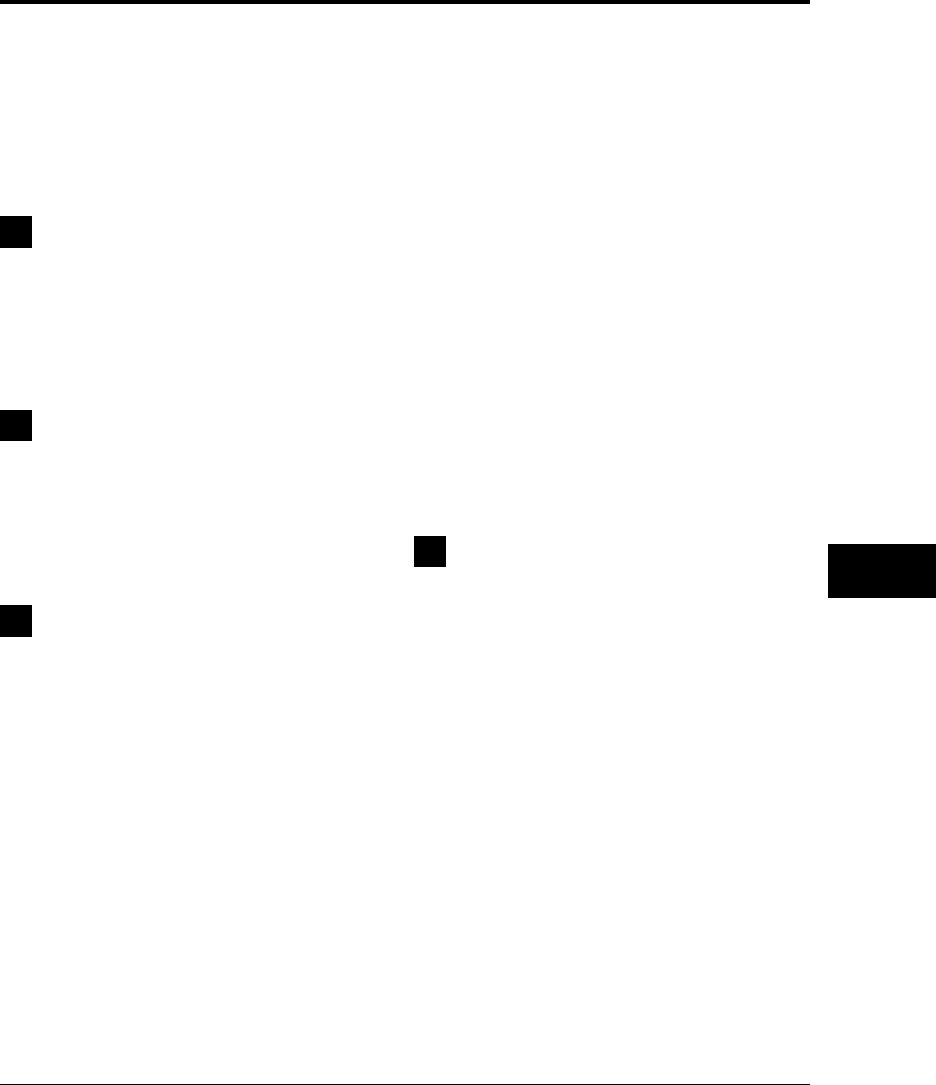
User’s Manual IN-1
INDEX
Index
A
AC power conditions 1–4 to 1–5
Accessories, ordering information B–1
Adjusting for paper thickness 2–34
Adjusting print density 1–27
AUTOEXEC.BAT file 1–18
B
Bitmapped fonts, resident
available fonts C–3
samples of A–1
Buffer, clearing 2–6
Button functions 2–3 to 2–4
C
Cable, interface 1–16, 1–17, 3–7, 3–8
Cassette mode 2–12, 2–13
CD-ROM, attached vi, 1–21
Centronics interface
See Parallel interface
Changing the paper tray size
optional tray 3–11 to 3–13
standard tray 2–38 to 2–40
Cleaning mode, fuser unit 2–6
Cleaning sheet
inventory item 1–6
using 5–14 to 5–15
Clear warning message 5–25
Clearing
an error 2–5
buffer 2–6
developer unit counter 4–13 to 4–14
drum unit counter 4–13 to 4–14
EEPROM 2–6
Common problems in setting up 1–28
Connecting power cord 1–14
Connecting printer to computer 1–15 to 1–19
CONT. button 2–4, 2–5
Control panel
buttons 2–3 to 2–4
conventions viii
functions 2–5 to 2–20
indicators 2–2
message display 2–3
Controller specifications C–2
Conventions used in this manual vii
Custom-size of paper 2–32
D
Dark printout
See Print density adjustment
DATA indicator 2–2
Density
S
ee Print density adjustment; Print quality problems
Developer unit
installation 1–7 to 1–9
inventory item 1–6
ordering information B–1
replacement 4–2 to 4–11
when to replace 5–23
Double-side printing 2–35
Drum unit
installation 1–7 to 1–9
inventory item 1–6
ordering information B–1
replacement 4–2 to 4–11
when to replace 5–18, 5–23
Duplex unit, adding 3–13 to 3–15
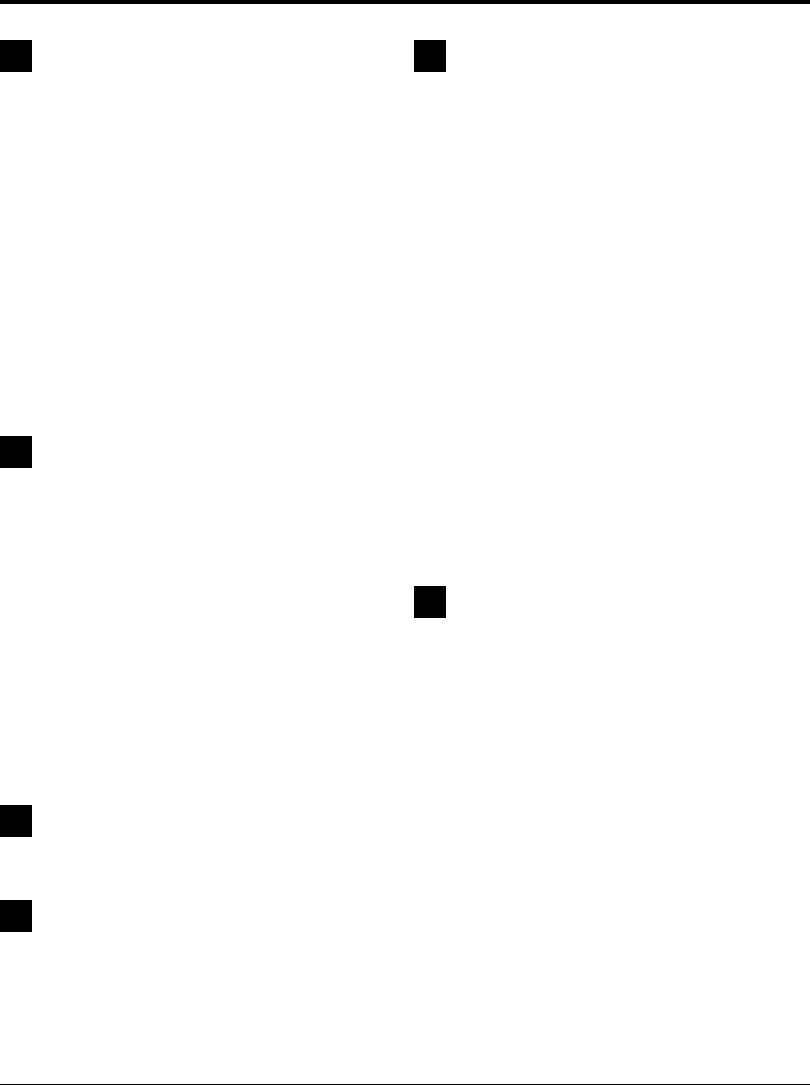
IN-2 User’s Manual
Index
I
Indicators 2–2
Installation
FPS emulation 3–5
interface boards 3–6 to 3–9
MarkVision 1–25
paper feeder 3–10
PPMENU 1–24
print unit 1–7 to 1–9
printer driver 1–21 to 1–23
RAM card 3–1 to 3–4
Interface
Ethernet 3–8 to 3–10
installation 3–6 to 3–7
LocalTalk 3–7 to 3–8
parallel 1–16
serial 1–16 to 1–18
types and merits 1–15
Intray lock status 2–14
Inventory of printer 1–6
L
Labels 2–38
Landscape orientation
See Orientation: page
Language of message display ix, 2–5
LaserJet 5
See HP LaserJet 5
Letterhead 2–36, 2–46
Light printout
See Print density adjustment
LocalTalk interface 3–7 to 3–8
Location of printer 1–4
Loading paper 1–10 to 1–12
E
EEPROM clear 2–6
Emulation
installing 3–5
selecting 1–20
ENTER button 2–4, 2–21
Envelopes 2–37
Environment of printer location 1–4 to 1–5
Error
clearing 2–5
indications 5–20 to 5–22
ERROR indicator 2–2
Ethernet interface 3–8 to 3–9
Extension mode, for paper thickness 2–16, 2–19
F
First mode 2–12, 2–13
Floppy disk, attached v
Font print menu 2–10 to 2–11
Font samples, resident A–1 to A–3
Font specifications C–3
FORM FEED button 2–4, 2–5
FPS emulation, installing 3–5
Front panel
See Control panel
Fuser unit
cleaning mode 2–6, 5–14 to 5–15
when to replace 5–18
G
General tips 2–35
H
HP LaserJet 5 v
Humidity limitations 1–4, C–1
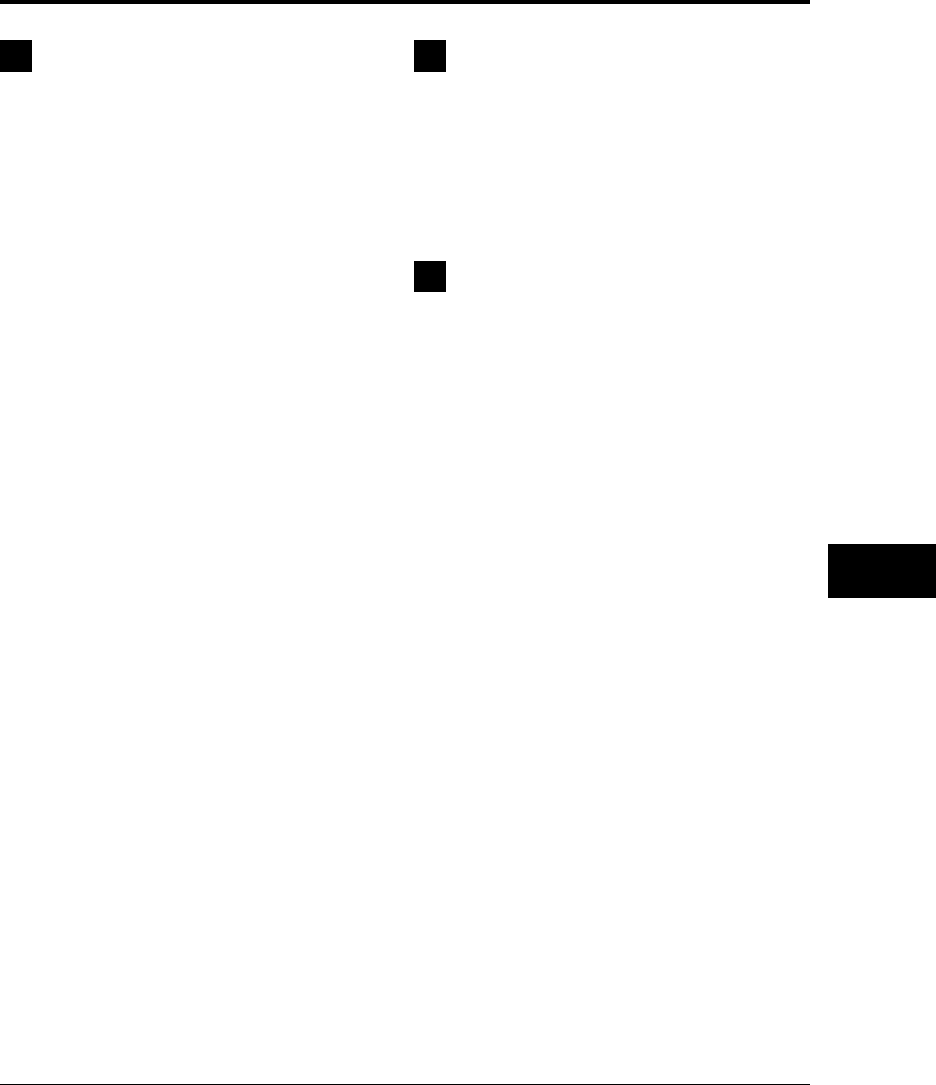
User’s Manual IN-3
INDEX
Index
O
ONLINE indicator 2–2
Operating environments vi
Operational problems 5–16
Options v
Ordering information B–1 to B–2
Orientation, page 2–46
P
Page orientation 2–46
Paper
feeding manually 2–44
loading in tray 1–10 to 1–12
maximum and minimum sizes 2–32
printing on custom-sized paper 2–45
specifications C–4
sizes and abbreviations 2–33
types and sizes 2–31 to 2–38
Paper feeder 3–10
Paper jams
clearing 5–2 to 5–16
locating 5–2
recovery from 5–3
Paper margin 2–33
Paper path
cleaning procedure 4–12
ordinary and straight 1–3
sectional view 1–3, 5–2
when to clean 4–2, 5–13
Paper size dial 1–12, 2–40, 3–12
Paper size of MFF, setting 2–15, 2–43
Paper source, selecting 2–12
Paper thickness, adjusting for 2–16 to 2–19,
2–34 to 2–35
Paper trays
changing the paper tray size
optional tray 3–11 to 3–13
standard tray 2–38 to 2–40
M
Main parts of printer, names of 1–2 to 1–3
Maintenance
periodic routine 4–2 to 4–14
cleaning paper path 4–12
clearing the replace parts message 4–13
replacing developer unit 4–2 to 4–11
replacing drum unit 4–2 to 4–11
when to perform 4–2
preventive 4–1
Manual feed mode 2–12
Manual feeder
selecting 2–12
using 2–44
MarkVision
installation 1–25
operating environments vi
Memory expansion cards
installation procedure 3–1 to 3–4
ordering information B–1
MENU button 2–4, 2–5, 2–20
Menu mode
functions 2–20 to 2–24
items 2–25 to 2–30
structure and how to use buttons 2–20 to
2–21
submenus, items, options 2–21 to 2–24
Message display 2–3
Message language ix, 2–5
MFF mode 2–12
MFF PAPER SIZE button 2–4, 2–15
Minus (–) button 2–4, 2–21
MODE.COM file 1–18
Model selection of printing control 2–27
Multi-function feeder (MFF)
selecting 2–12
setting paper size 2–15, 2–43
using 1–13, 2–41 to 2–43
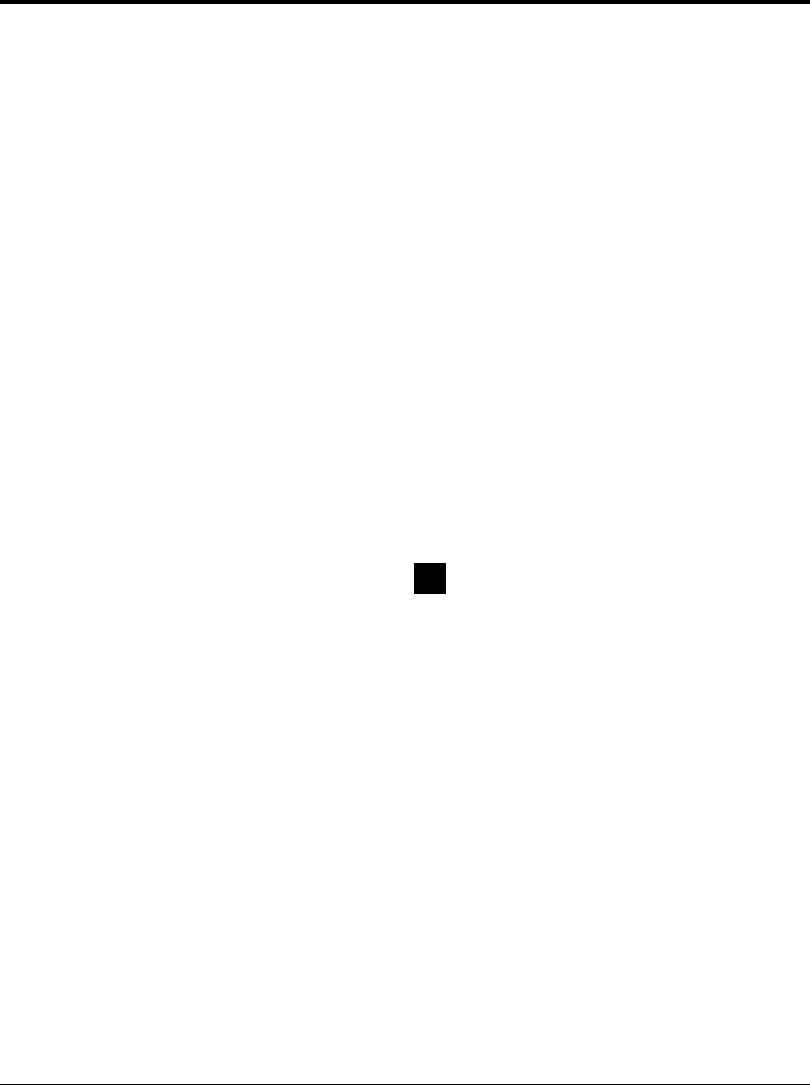
IN-4 User’s Manual
Index
loading paper 1–10 to 1–12
ordering information B–2
maximum number of sheets C–4
selecting 2–12
Parallel interface 1–16
Parts of printer 1–1
Periodic routine maintenance 4–2 to 4–14
Plus (+) button 2–4, 2–21
Portrait orientation
See Orientation: page
Power cord
connecting 1–14
inventory item 1–6
POWER indicator 2–2
PPMENU
installation 1–24
operating environments vii
Preprinted sheets 2–36
Preventive maintenance 4–1
Print density adjustment 1–27
PRINT FONT button 2–4, 2–10
Print font menu 2–10 to 2–11
Print quality problems 5–17 to 5–19
Print unit (developer unit + drum unit)
counter, clearing 4–13
installation 1–7 to 1–9
ordering information B–1
replacement 4–2 to 4–14
Printer
connecting to computer 1–15 to 1–19
location 1–4
names of main parts of 1–2 to 1–3
operational problems 5–16
reinitializing 2–6
repacking 4–15
resetting 2–4, 2–6
Printer drivers
installation 1–21 to 1–23
operating environment vi
Printer status indications 5–24 to 5–25
Printing
a test page offline 1–19
feeding sheets manually 2–44
on custom-sized paper 2–45
on letterhead 2–46
on preprinted sheets, transparencies,
envelopes, and labels 2–36 to 2–38
remaining data 2–5
supported paper types and sizes
2–31 to 2–38, C–4
Printing a trial document with a printer driver
1–26
Printing performance C–2
Problems
error indications 5–20 to 5–22
in setting up 1–28
operational 5–16
paper jams 5–2 to 5–16
print quality 5–17
when printing a trial document 1–28
R
RAM, adding 3–1 to 3–4
READY button 2–6
Ready, definition of 2–3
Rear stacker setting up 2–44
Recovery from paper jams 5–3
Reinitializing printer 2–6
Remaining data, printing 2–5
Repacking the printer 4–15
Replace parts message 4–2, 5–25
Replace parts message, clearing 4–13
RESET button 2–4, 2–6
RESET MENU button 2–4, 2–20
Resetting the printer 2–6
Resident fonts, samples of A–1 to A–3
RS-232C serial interface
See Serial interface
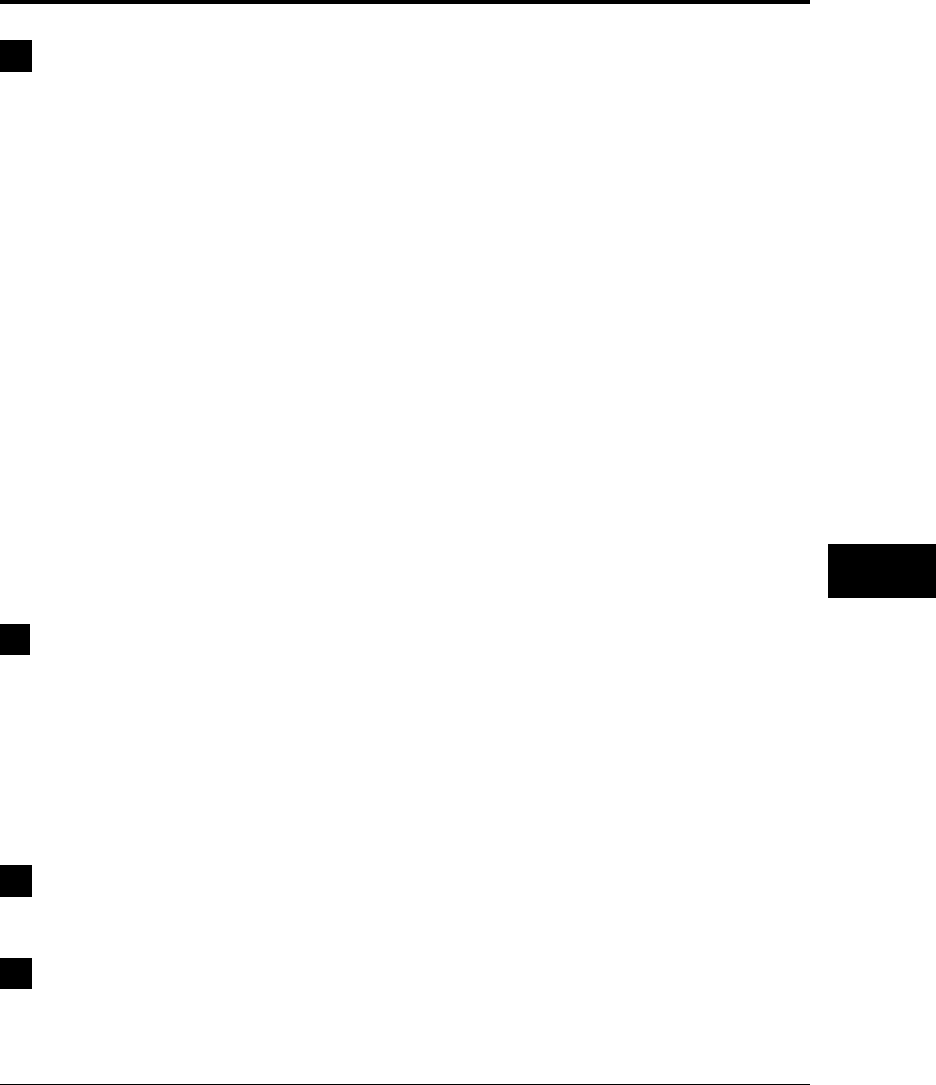
User’s Manual IN-5
INDEX
S
Scalable fonts, resident
available fonts C–3
samples of A–1 to A–3
SELECT button 2–4, 2–12, 2–16
SELF TEST button 2–4, 2–8
Self test menu 2–8 to 2–9
Serial interface
how to connect 1–16 to 1–18
parameter setting 1–17 to 1–18
Setting up
printer in menu mode 2–20
procedures 1–7
rear stacker 2–44
Soft switch 2–29
Software set v, 1–6, 1–21
Specifications C–1 to C–4
Status indication 5–24 to 5–25
Status message
action required 5–22 to 5–23
no action required 5–20 to 5–22
Supplies, ordering information B–1
T
Temperature limitations 1–4, C–1
Test page, printing 1–19
Thick control menu 2–16
Toner low message 4–2
Transparencies 2–36
Tray select mode 2–12
Two-sided printing 2–35
U
Unpacking 1–5
W
Warning messages 5–25
Index

IN-6 User’s Manual
Fujitsu Offices
Please send your comments on this manual or on Fujitsu products to
the following addresses:
FUJITSU AUSTRALIA LIMITED
475 Victoria Avenue, Chatswood
N.S.W., 2067, AUSTRALIA
TEL: (61-2) 410-4555
FAX: (61-2) 411-8603
FUJITSU CANADA INC.
2800 Matheson Boulevard East
Mississauga, Ontario L4W 4X5, CANADA
TEL: (1-905) 602-5454
FAX: (1-905) 602-5457
FUJITSU COMPUTER PRODUCTS OF
AMERICA, INC.
2904 Orchard Parkway, San Jose
CA 95134-2022, U.S.A.
TEL: (1-408) 432-6333
FAX: (1-408) 894-1709
FUJITSU DEUTSCHLAND GmbH.
Frankfurter Ring 211
80807 München, GERMANY
TEL: (49-89) 32378-0
FAX: (49-89) 32378-100
FUJITSU ESPAÑA, S.A.
Almagro 40, 28009 Madrid, SPAIN
TEL: (34-1) 581-8400
FAX: (34-1) 581-8125
FUJITSU EUROPE LTD.
2 Longwalk Road, Stockly Park, Uxbridge
Middlesex UB11 1AB, ENGLAND
TEL: (44-81) 573-4444
FAX: (44-81) 573-2643
FUJITSU FRANCE S.A.
1, place des Etats-Unis Silic 310
94588 RUNGIS Cedex, FRANCE
TEL: (33-1) 41-80-38-80
FAX: (33-1) 41-80-38-66
FUJITSU HONG KONG LIMITED
Room 2521, Sun Hung Kai Centre
30 Harbour Road, HONG KONG
TEL: (852) 827-5780
FAX: (852) 827-4724
FUJITSU ICIM LTD.
Nagar Road, Pune 411 014, INDIA
TEL: (91-212) 681-528
FAX: (91-212) 680-238
FUJITSU ITALIA S.p.A.
Via Nazario Sauro, 38
20099 Sesto S, Giovanni (MI), ITALY
TEL: (39-2) 26294-1
FAX: (39-2) 26294-201
FUJITSU KOREA LIMITED
5~11th Floor, Koryo Keumyoong Center Bldg.
Yoidodong 23-6, Yongdungpogu
Seoul, KOREA
TEL: (82-2) 3787-6000
FAX: (82-2) 3787-6074
FUJITSU NORDIC AB
Kung Hans Väg 12
S-191 76 Sollentuna, SWEDEN
TEL: (46-8) 626-6000
FAX: (46-8) 626-6711
FUJITSU (SINGAPORE) PTE. LTD.
75 Science Park Drive
#02-06 CINTECH II, SINGAPORE 0511
TEL: (65) 777-6577
FAX: (65) 777-8794
FUJITSU SYSTEMS BUSINESS
(MALAYSIA) SDN. BHD.
Fujitsu Plaza, 1A, Jalan Tandang 204
P.O. Box 636 Pejabat Pos Jalan Sultan
46770 Petaling Jaya
Selangor Darul Ehsan, MALAYSIA
TEL: (60-3) 793-3888
FAX: (60-3) 793-0888
FUJITSU SYSTEMS BUSINESS
(THAILAND) LTD.
12th Floor, Olympia Thai Tower
444 Rachadapisek Road, Samsennok
Huaykwang, Bangkok 10310, THAILAND
TEL: (662) 512-6066
FAX: (662) 512-6068
FUJITSU TAIWAN LTD.
8th FL., NO. 170, Hung Tai Center
Tun Hwa N. RD., Taipei, TAIWAN
TEL: (886-2) 545-7700
FAX: (886-2) 717-4644
FUJITSU LIMITED
Computer Products Business Group
Kamikodanaka 4-1-1, Nakahara-ku
Kawasaki-shi 211, JAPAN
TEL: (81-44) 754-8633
FAX: (81-44) 754-8510

C145-Exxx-01EN